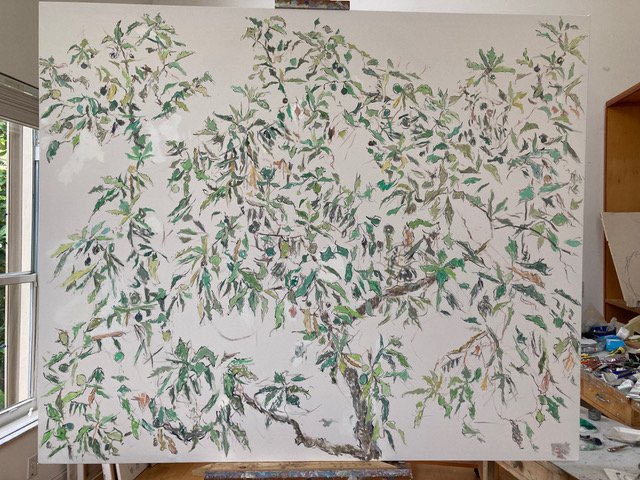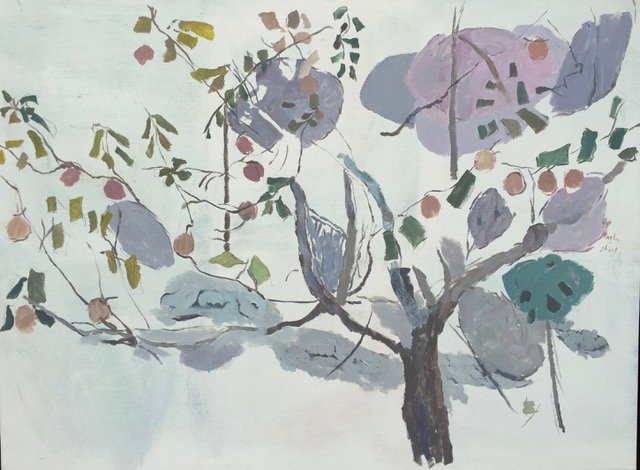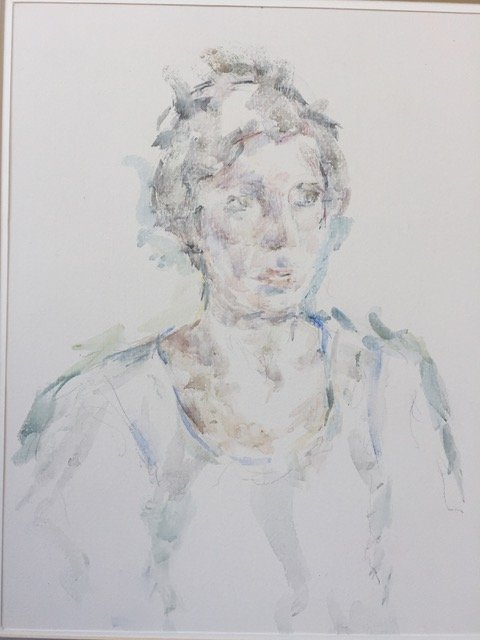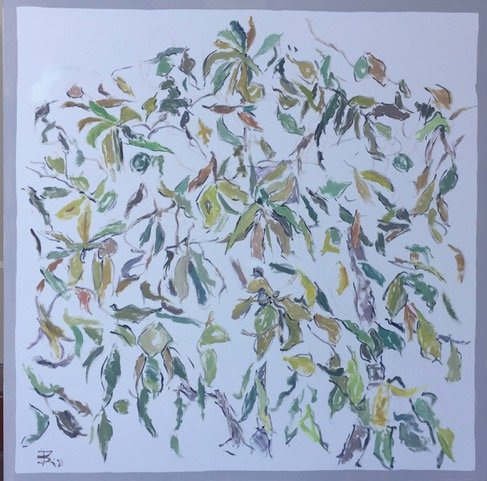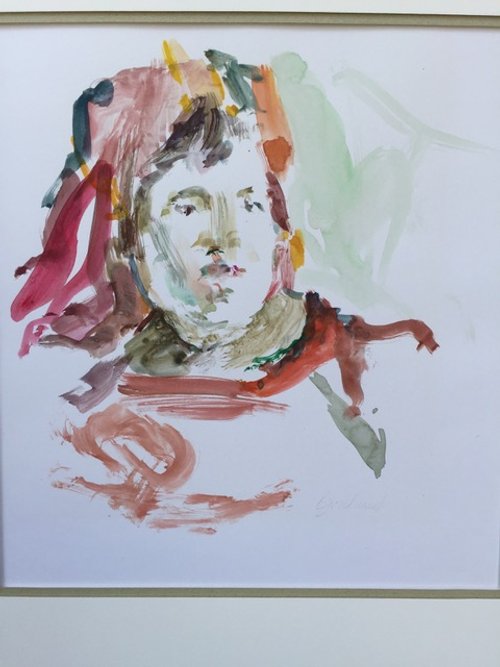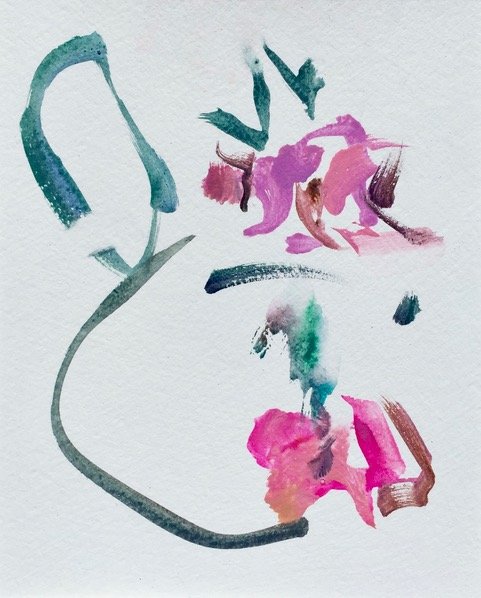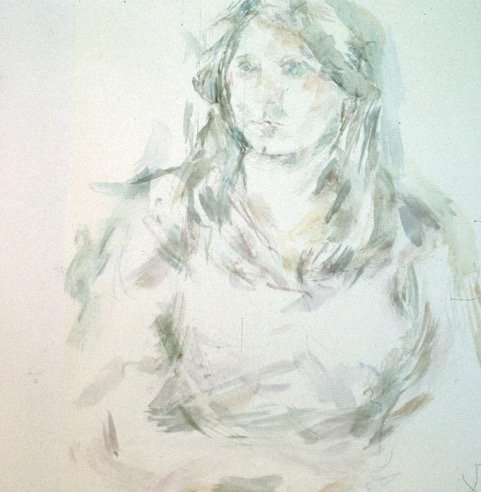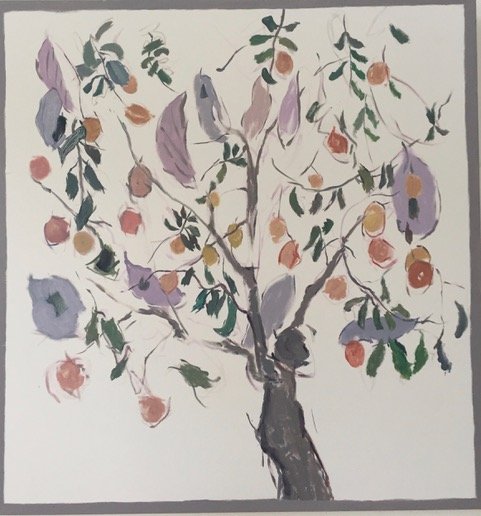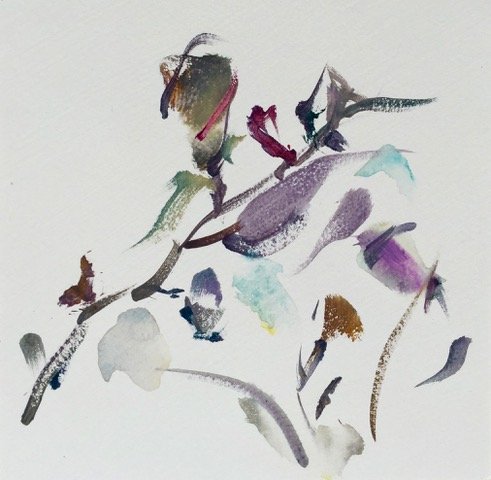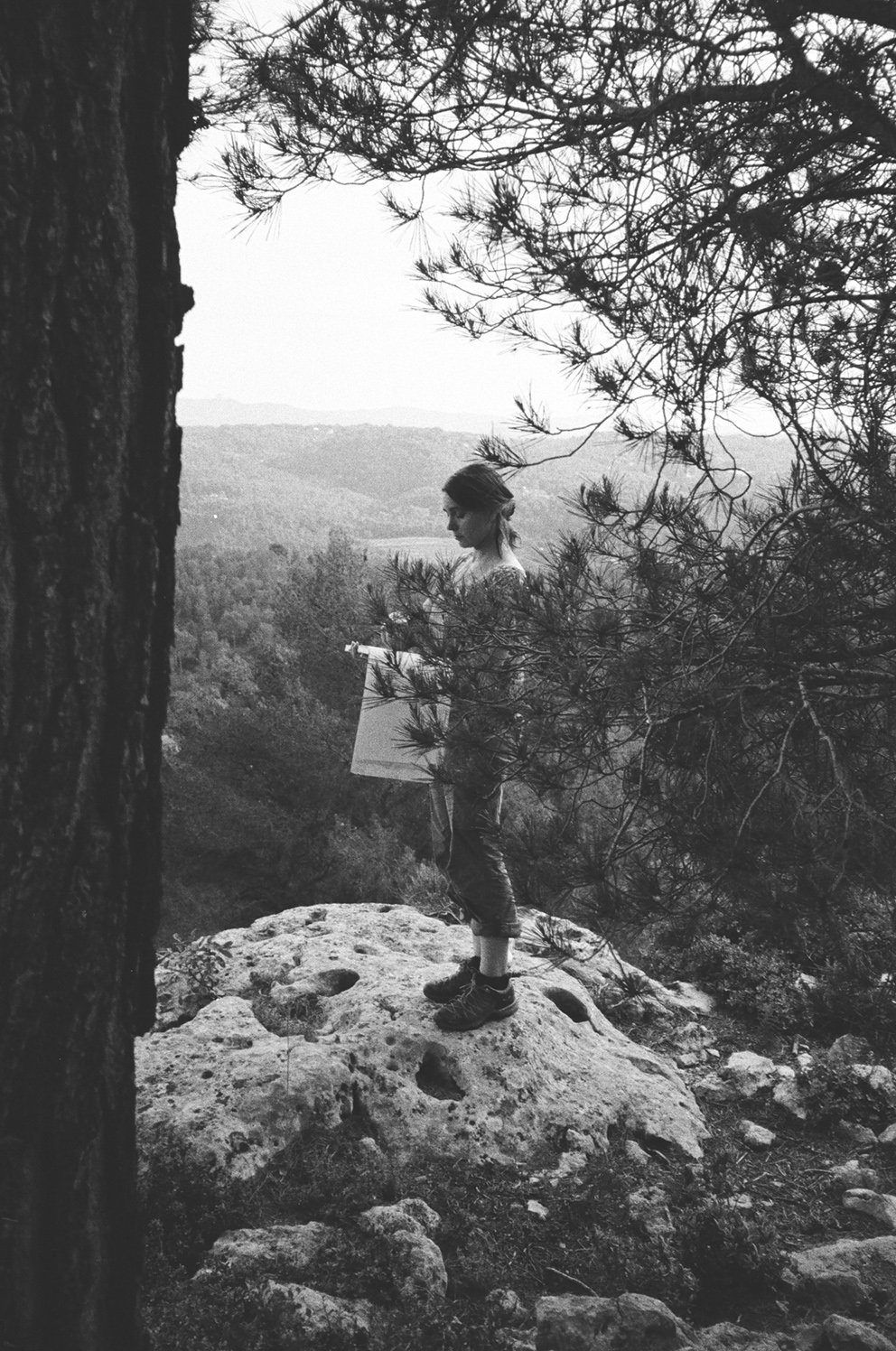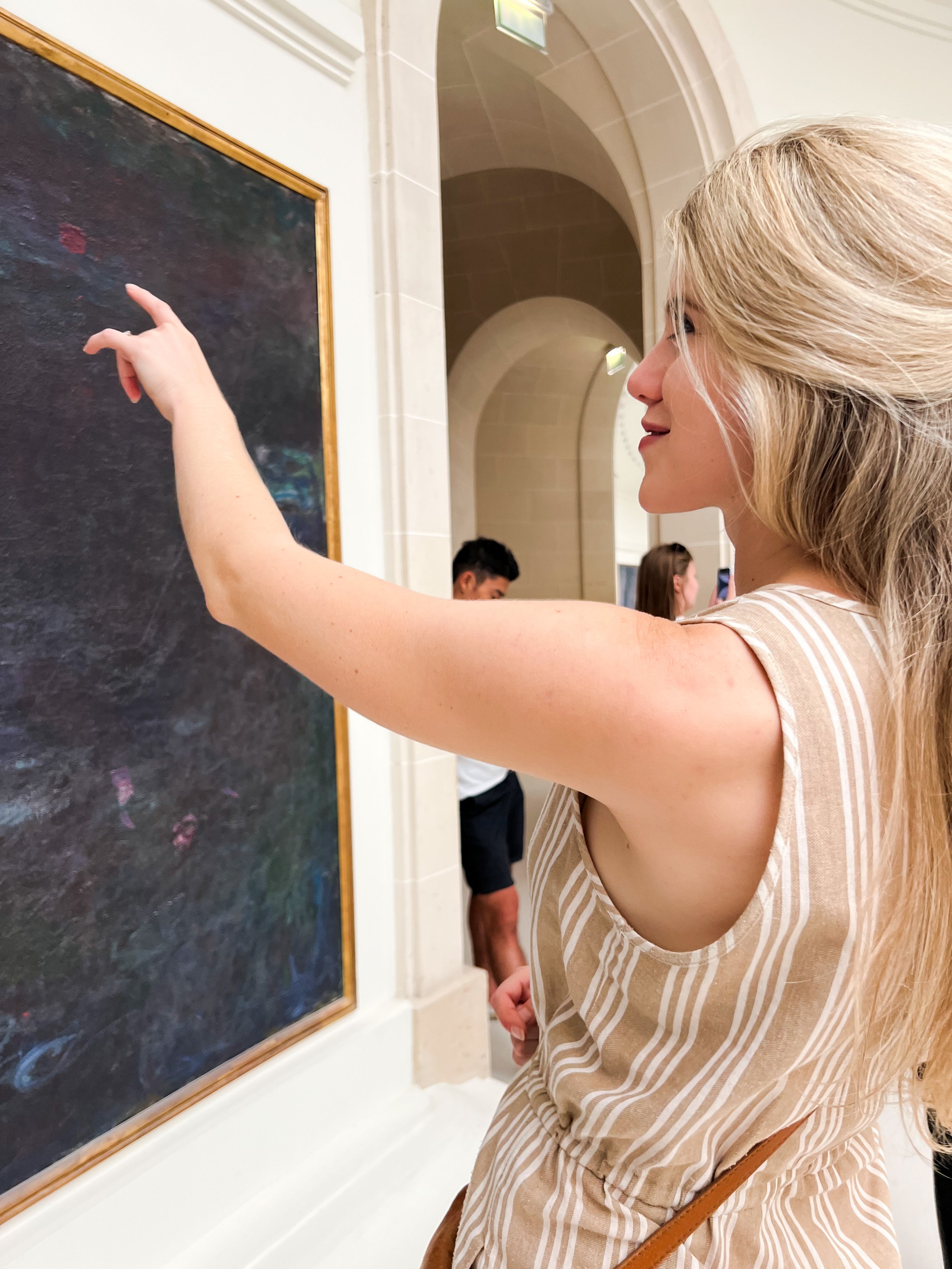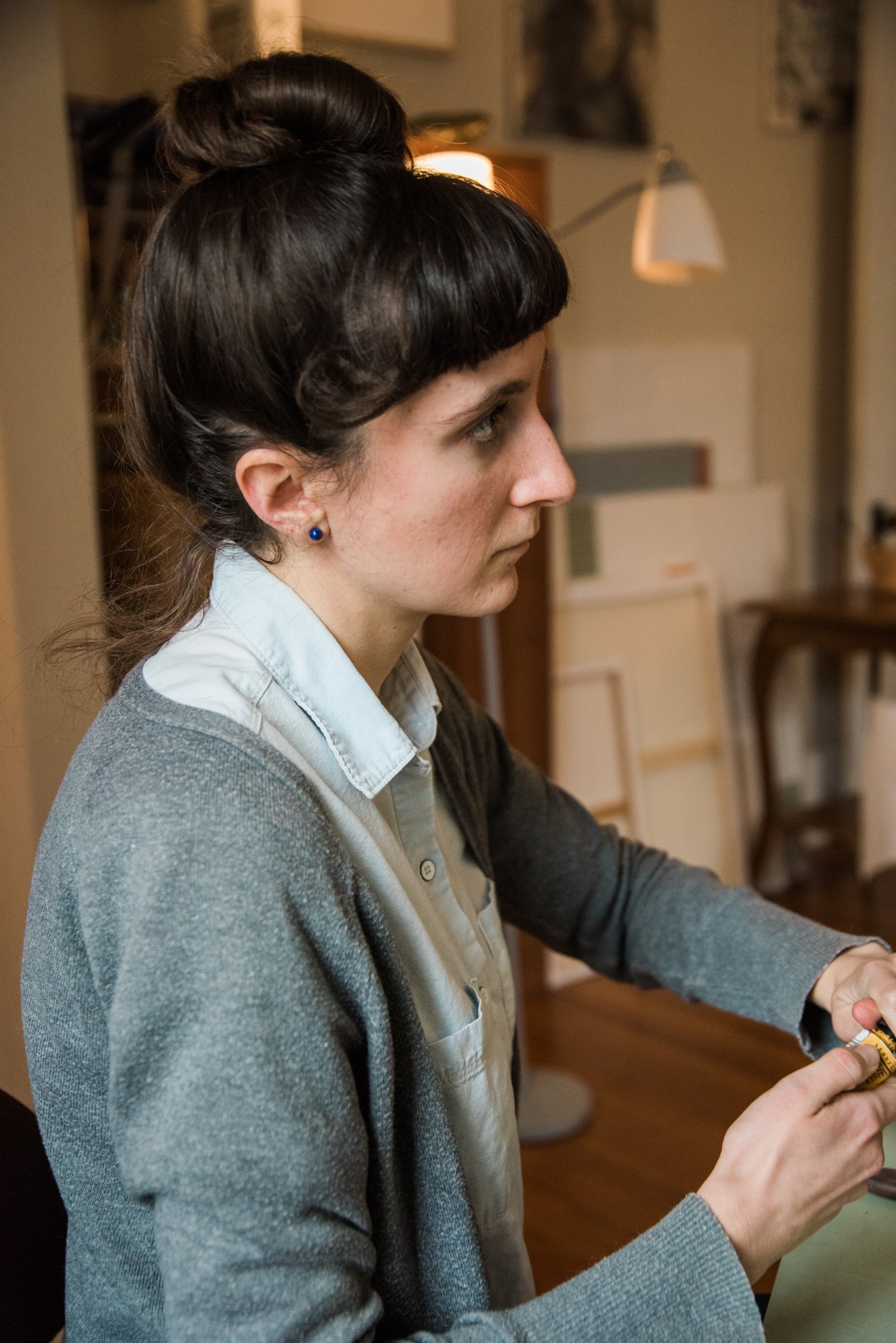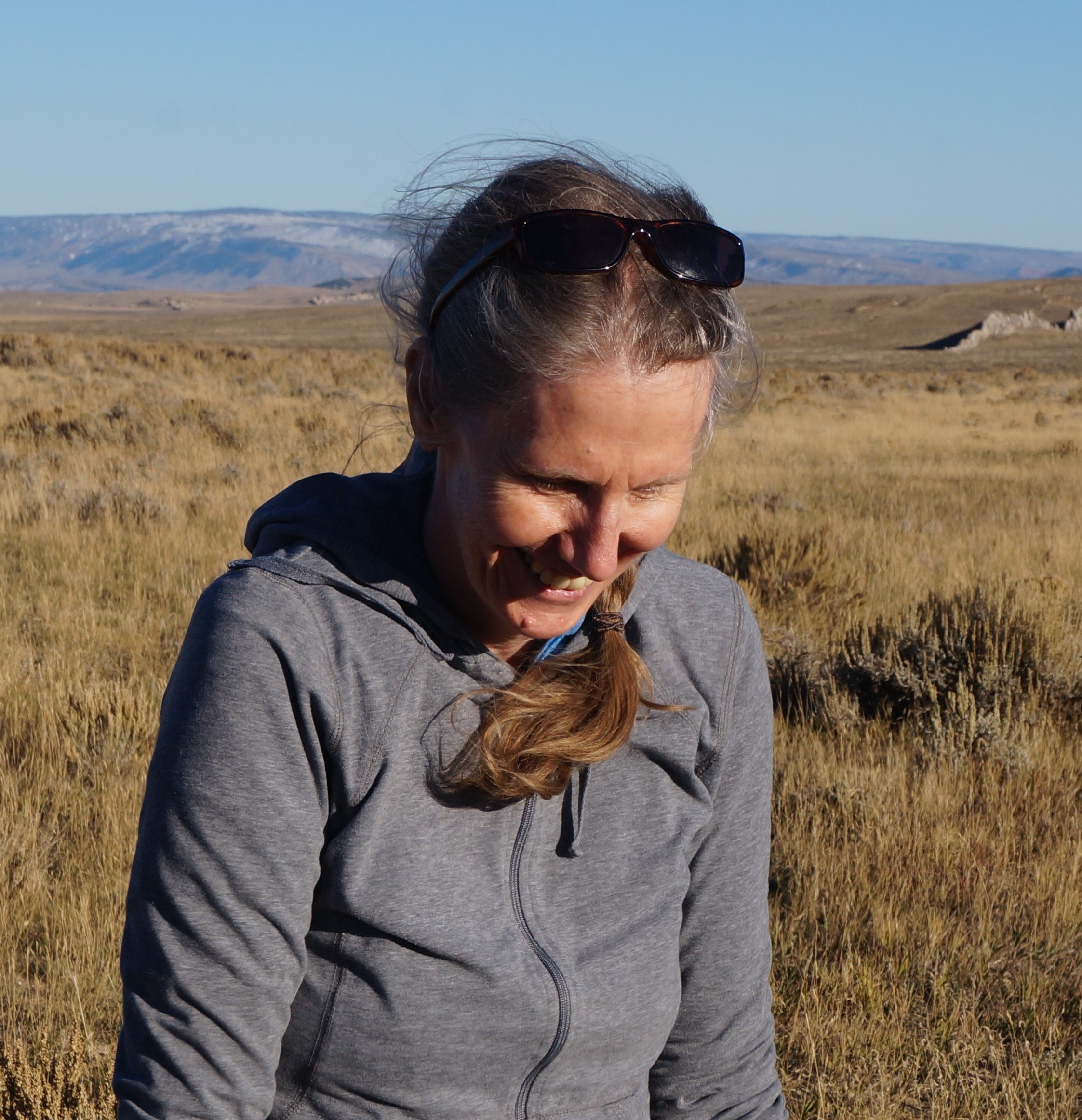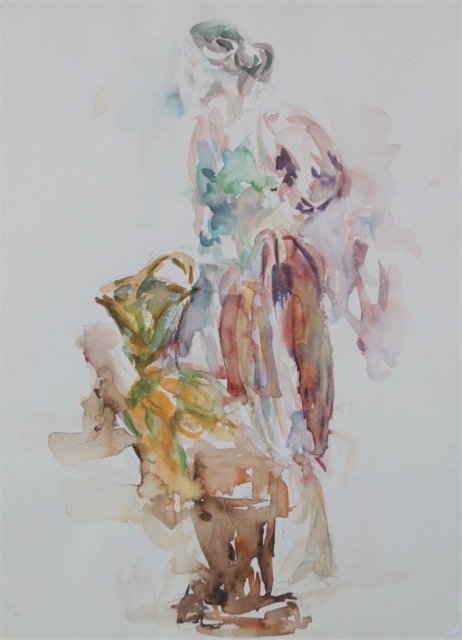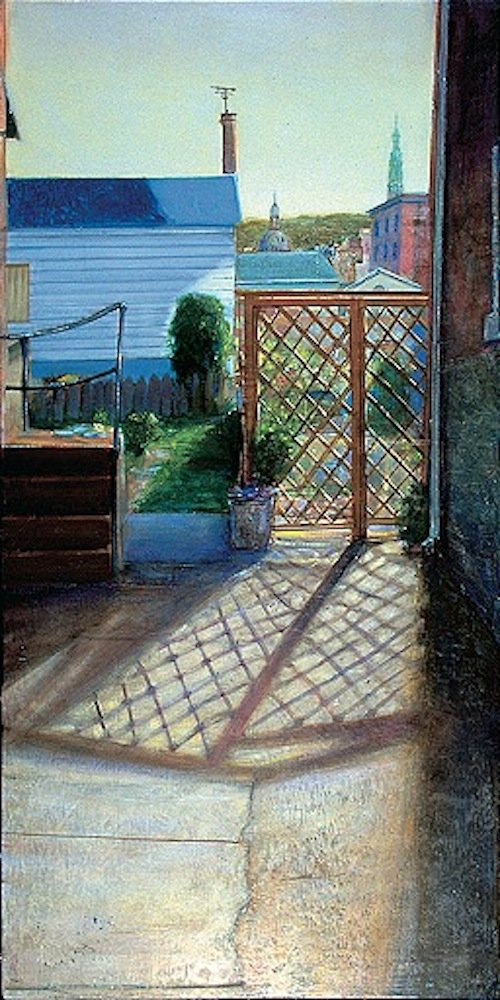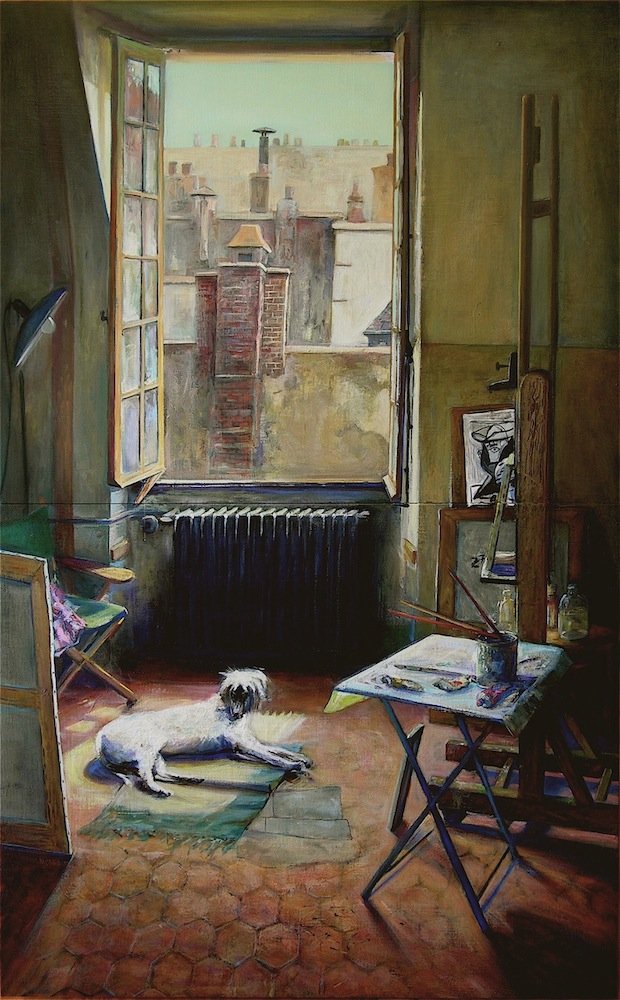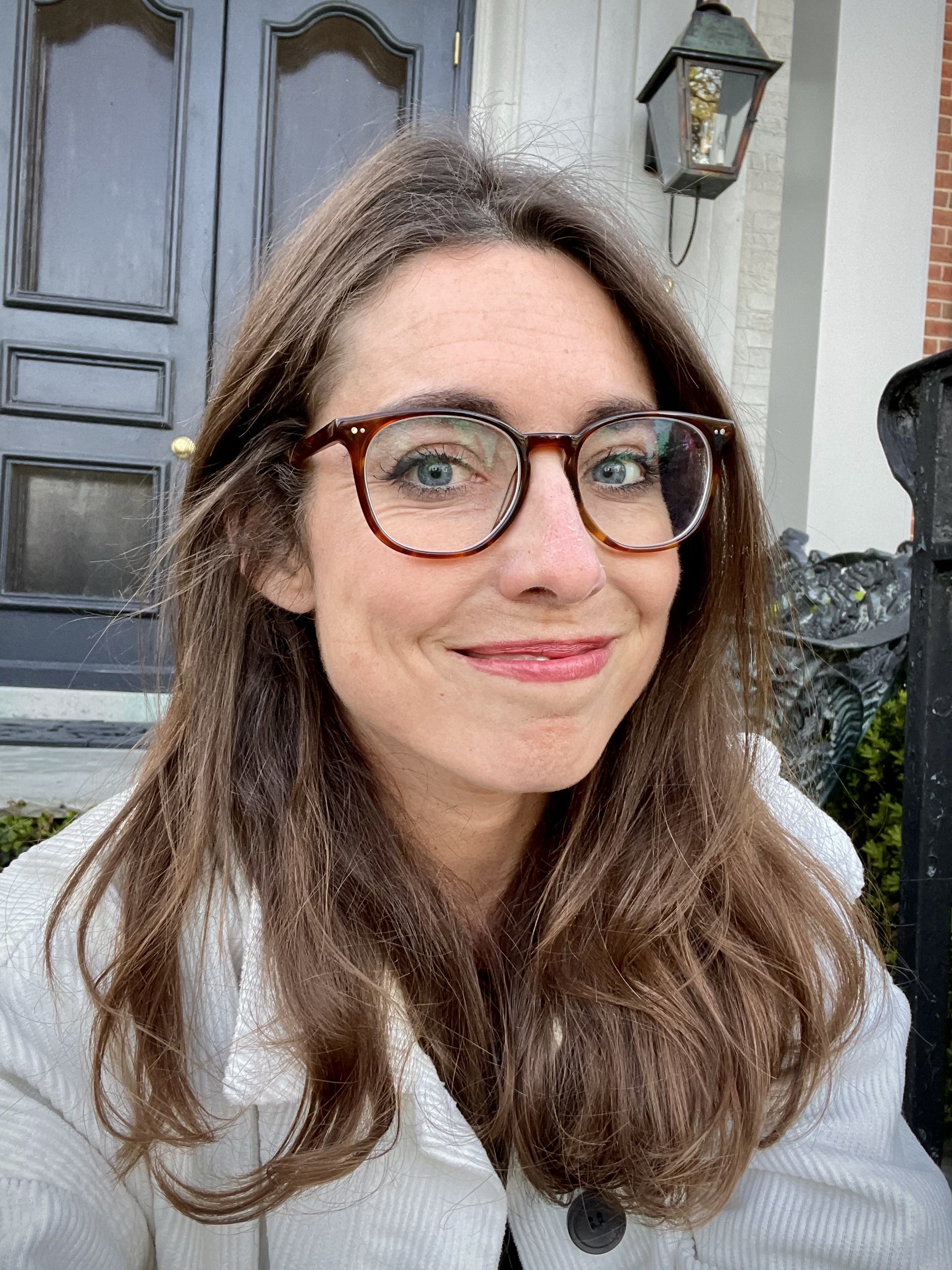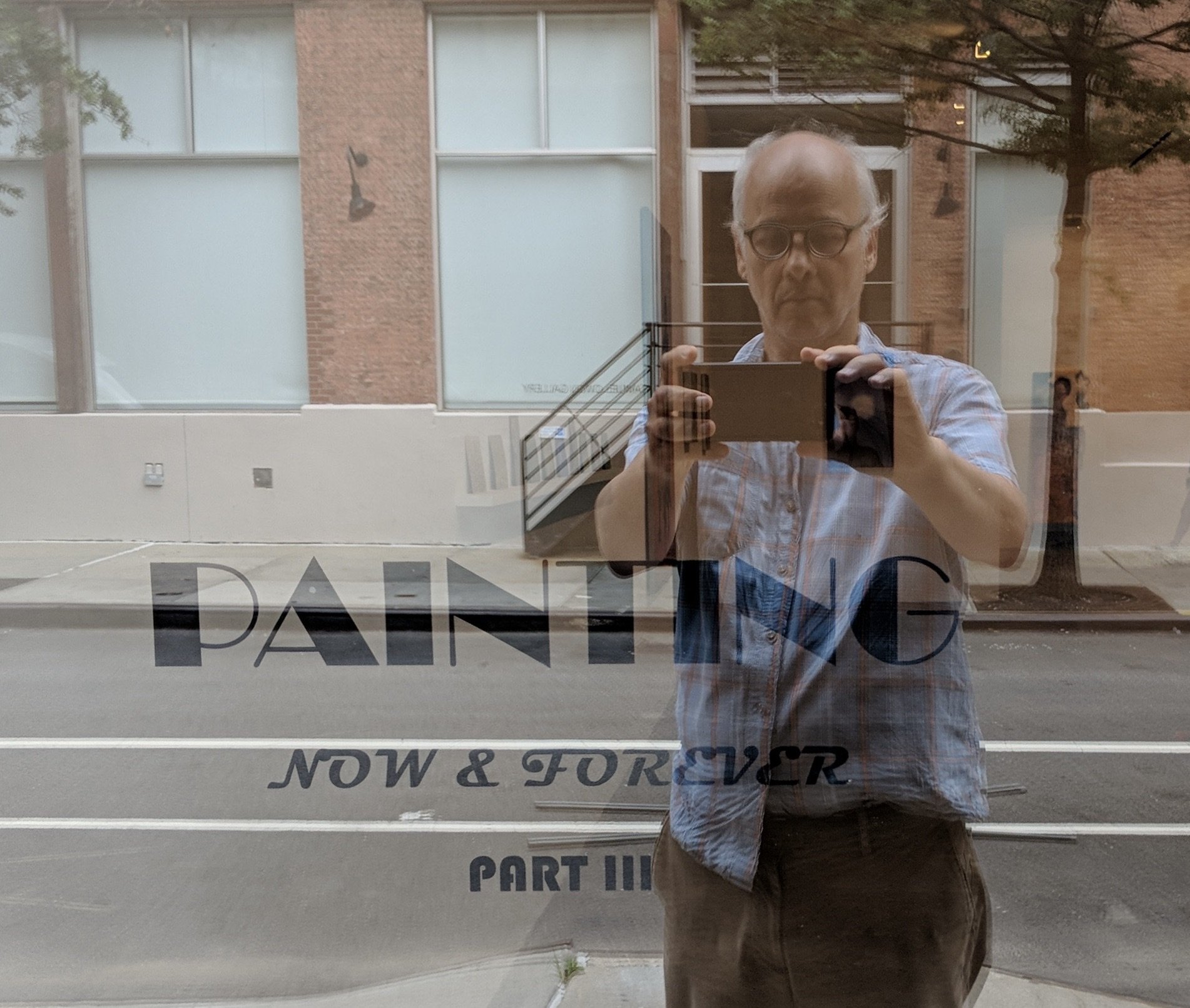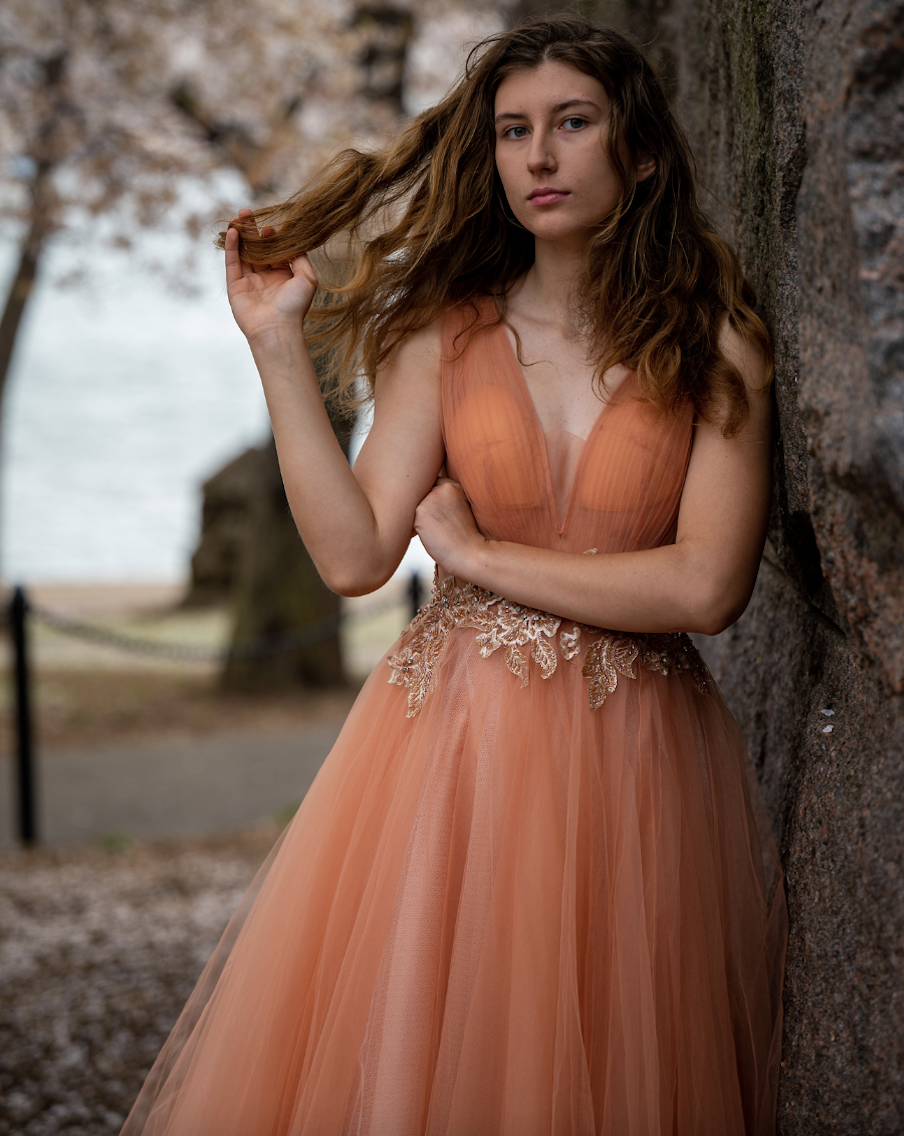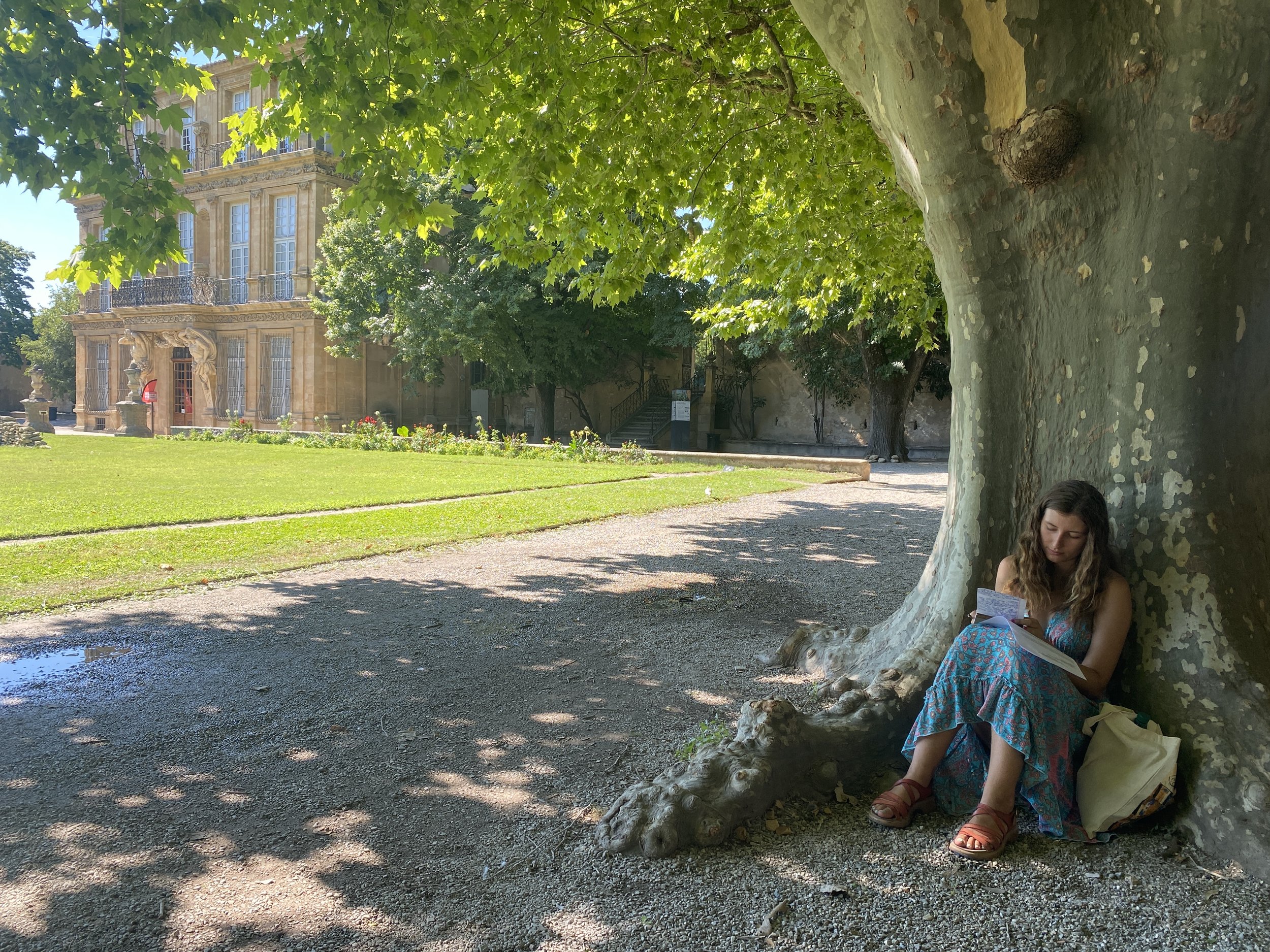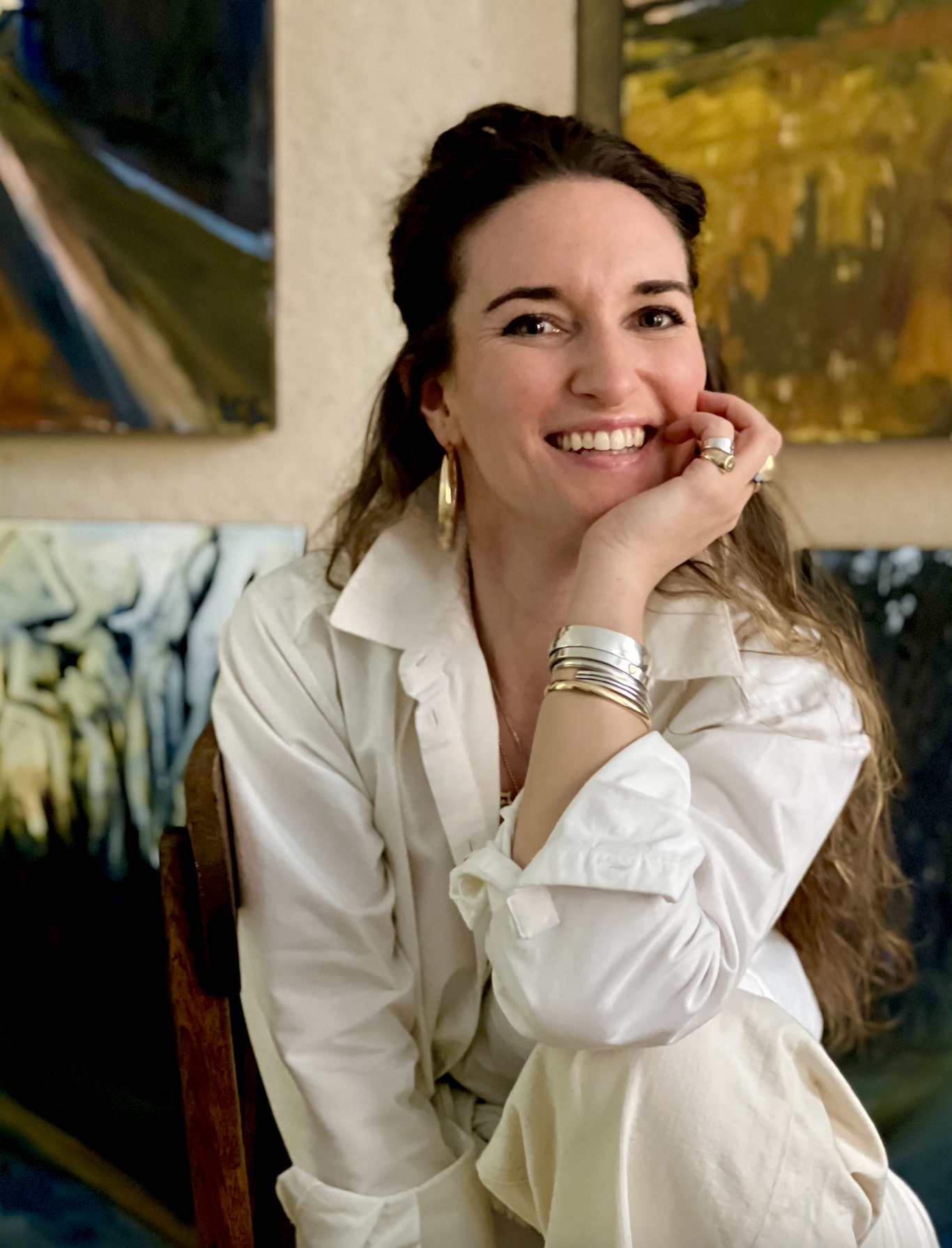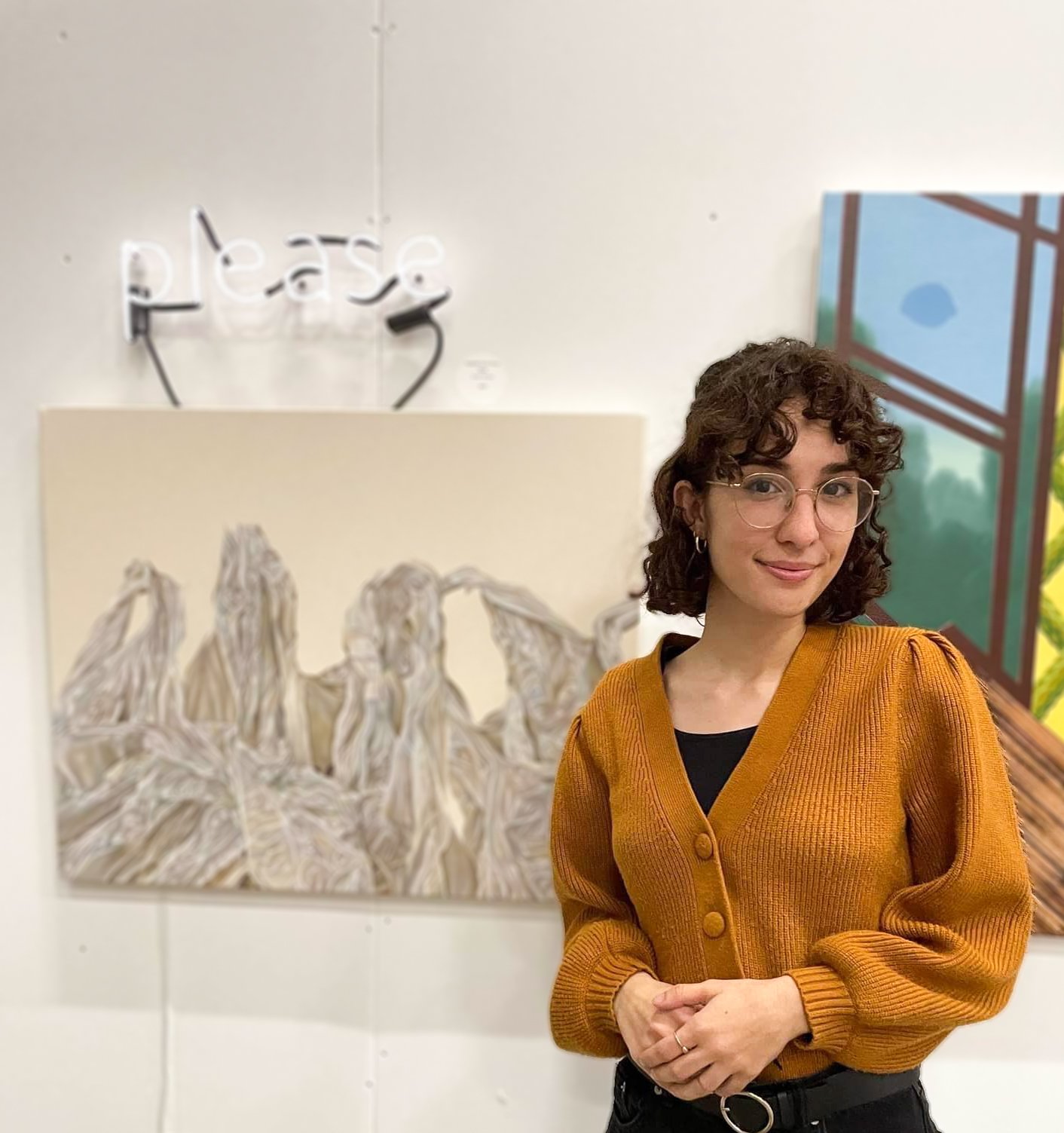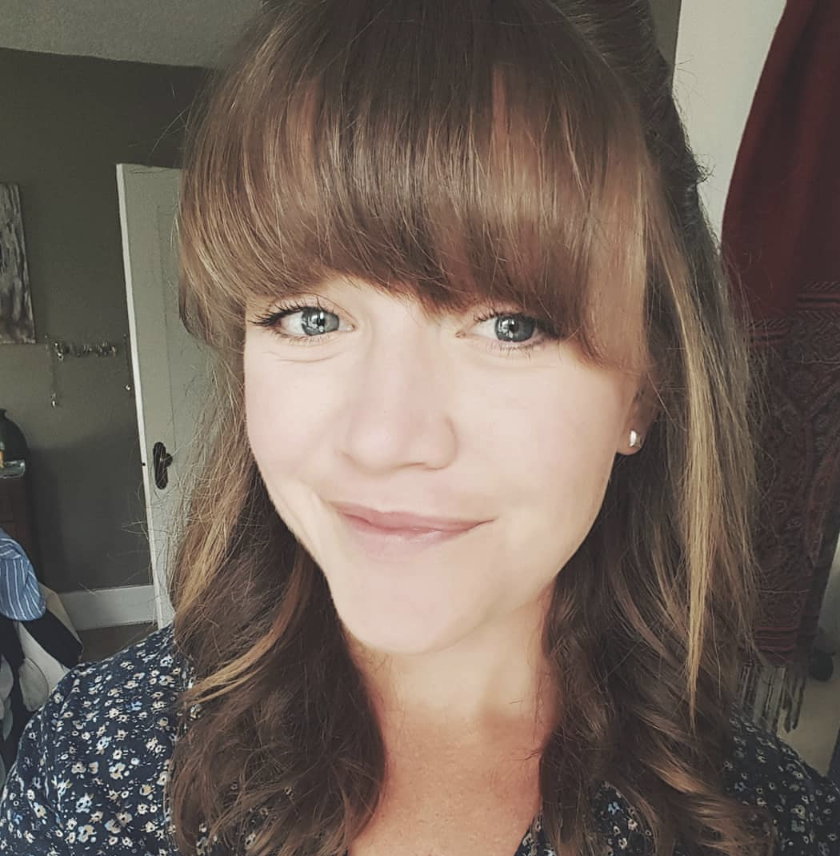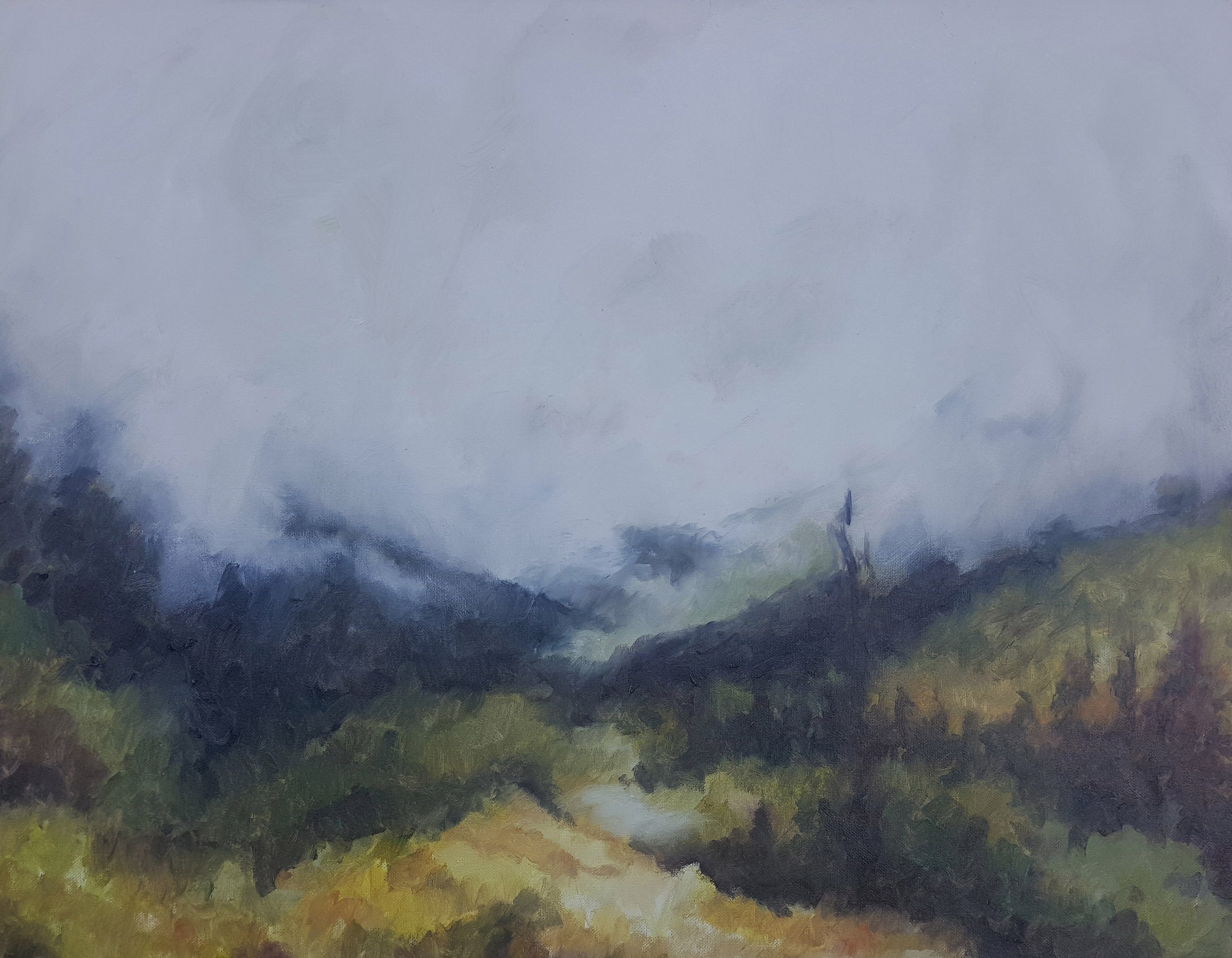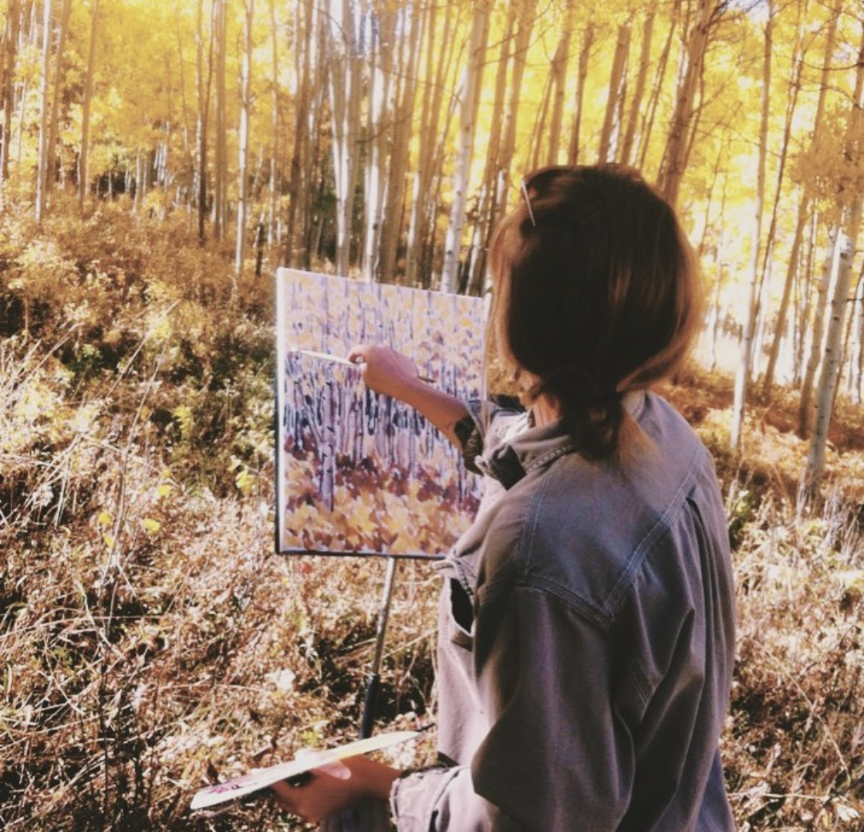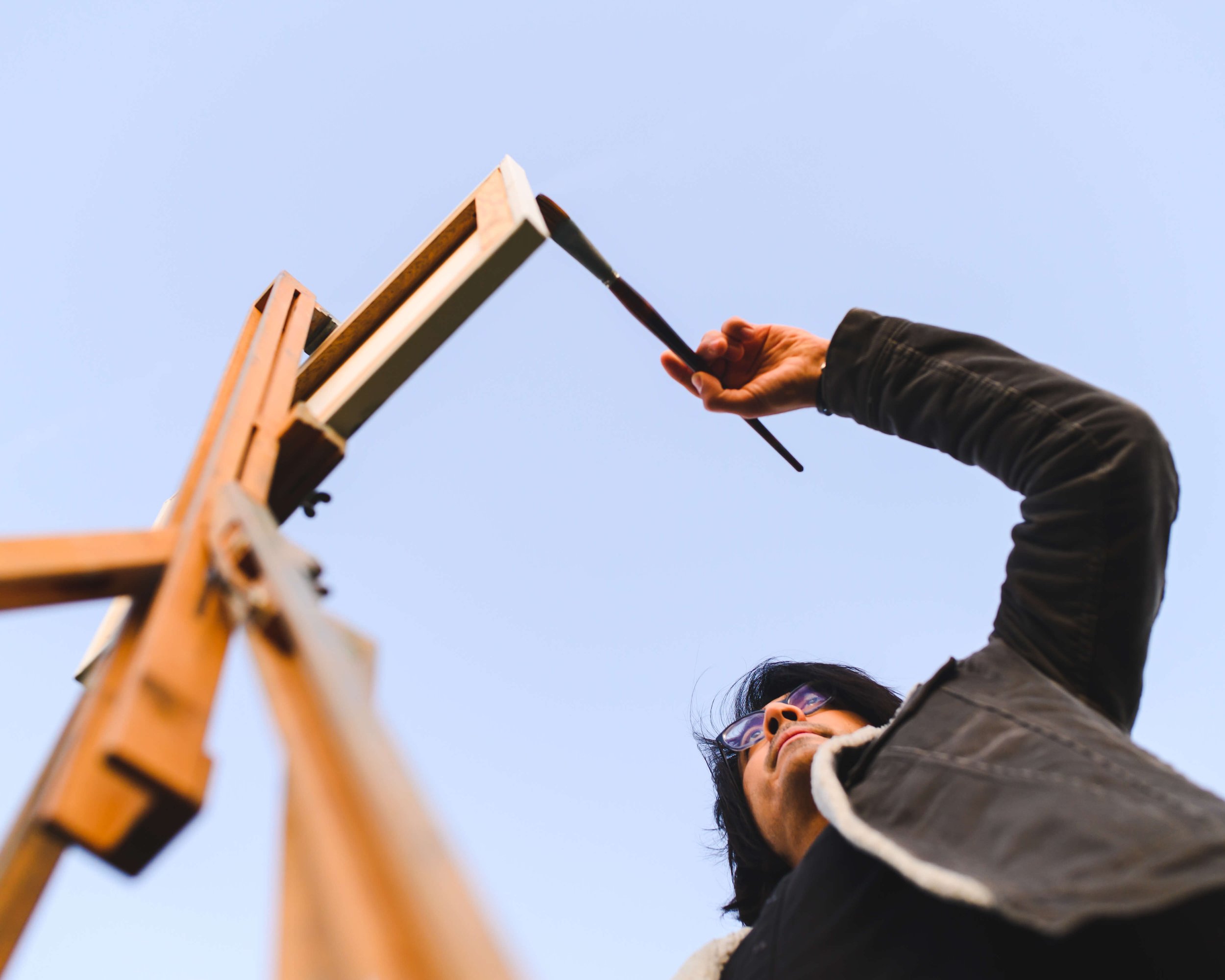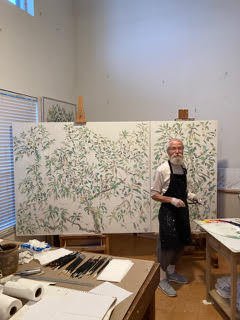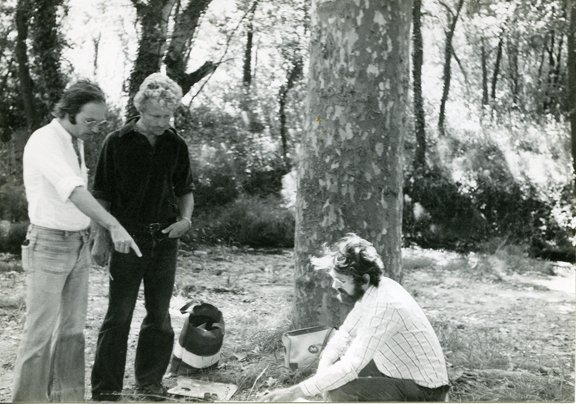Previous Featured Artists of the month
Each month, we will feature one artist from our Community Artists page on our website, in our monthly newsletter, on Instagram, and on Facebook. We will also host an artist’s talk with them over Zoom so our audience can get to know them better. See below for the artists that we have featured in past months.
Current Featured Artist: April 2024: Kate Butler
March 2024: Pauline Bétrancourt
We are overjoyed to feature Pauline Bétrancourt as our Featured Artist for March 2024. Read on to learn about Pauline, her work, and her experience with the Leo Marchutz School, and to see a selection of her artwork.
Watch the recording of Pauline’s artist’s talk on Zoom that took place on Thursday, March 28, 2024 at 12:00 PM Eastern. And be sure to follow Pauline on Instagram and check out her website.
About the Artist
Pauline Bétrancourt is a French artist and has been living in Aix-en-Provence for the past 20 years. She graduated with an MFA from l’École Supérieure d’Art d’Aix-en-Provence in 2009. In 2007, Pauline was introduced to the Marchutz community. Since then, she has continued to grow both as an artist and an educator under the guidance of John Gasparach, Alan Roberts, and numerous fellow artists.
« Something has become more and more clear in my mind: Out of everything that we can say to students, nothing is properly understood if the experience is not lived. Likewise, nothing is properly understood in art if it has not been felt through our actions. » Leo Marchutz
In Her Own Words
« My conception of art, and my practice of painting and drawing, have been deeply enriched by the generations of artists of the Leo Marchutz School. The more I become familiar with the core of its ethos, the more my original intuitions as an artist have been confirmed and widened — I have realized that what I saw and understood could never leave me — it has been a homecoming. The attention, patience, and guidance I have received and witnessed, have allowed me to engage in a very profound way with all aspects of my life. I am forever grateful.
« I joined, with joy and a great sense of commitment, a long lineage of figurative artists working from the visible world and from their imagination — a tradition in which humanity thrives by finding and maintaining its place among nature and art. I turn to my fellow artists, natural phenomena, and artworks to participate in a timeless conversation. I have come to understand that it is fundamental to take the time to improve one’s capacity to see, to listen carefully, to remain open in the presence of someone or something to apprehend its nature and to sense its character — always trying to not impose. I discovered that my senses are my compass and it grounded me. The spontaneous expression of my strokes was free to seek a unity through the rendering of relationships, depth, and light. It brought life. I could follow an organic process that finally coordinated my hand, my heart, my gut, and my eyes. I experienced the world changing in my gaze and I could reach a new degree in seeing realities with reverence.
« The Leo Marchutz School, its ethos, and its community offer an environment in which artists can find again our place among art and nature, embracing the complexity of our world and its paradoxes, with love and humility. »
- Pauline Bétrancourt, March 2024
Artist Statement
« The work of art is found in the path that follows presence. » Leo Marchutz
« The painter recaptures and converts into visible objects what would, without him, remain walled up in the separate life of each consciousness: the vibration of appearances which is the cradle of things. Only one emotion is possible for this painter — the feeling of strangeness — and only one lyricism — that of the continual rebirth of existence. » Maurice Merleau-Ponty in Cezanne’s Doubt
I stop. A configuration becomes a motif. I am moved and urged to render it because it will never happen again. The bathing light gives the tone to a dramatic unity. Vision precedes words and as I work, drawing or painting, I attempt to pursue with accuracy and spontaneity what I saw arising. My strokes are percussive and they create a beating world. I have to bring together layers of time as the light changes, while surrendering to the emerging world on my surface. The luminous effect ignites movement and the whole picture is colors and values fused — incarnating and holding together the forces I see. It is the life forces and energies manifested in the world and through the character of protagonists that come to me. In a particular arrangement of brown leaves, in the strength of a growing tree, in an overarching setting sun, old experiences are reborn and helping me to live as I become more intimate with things.
- Pauline Bétrancourt, March 2024
Selected Works
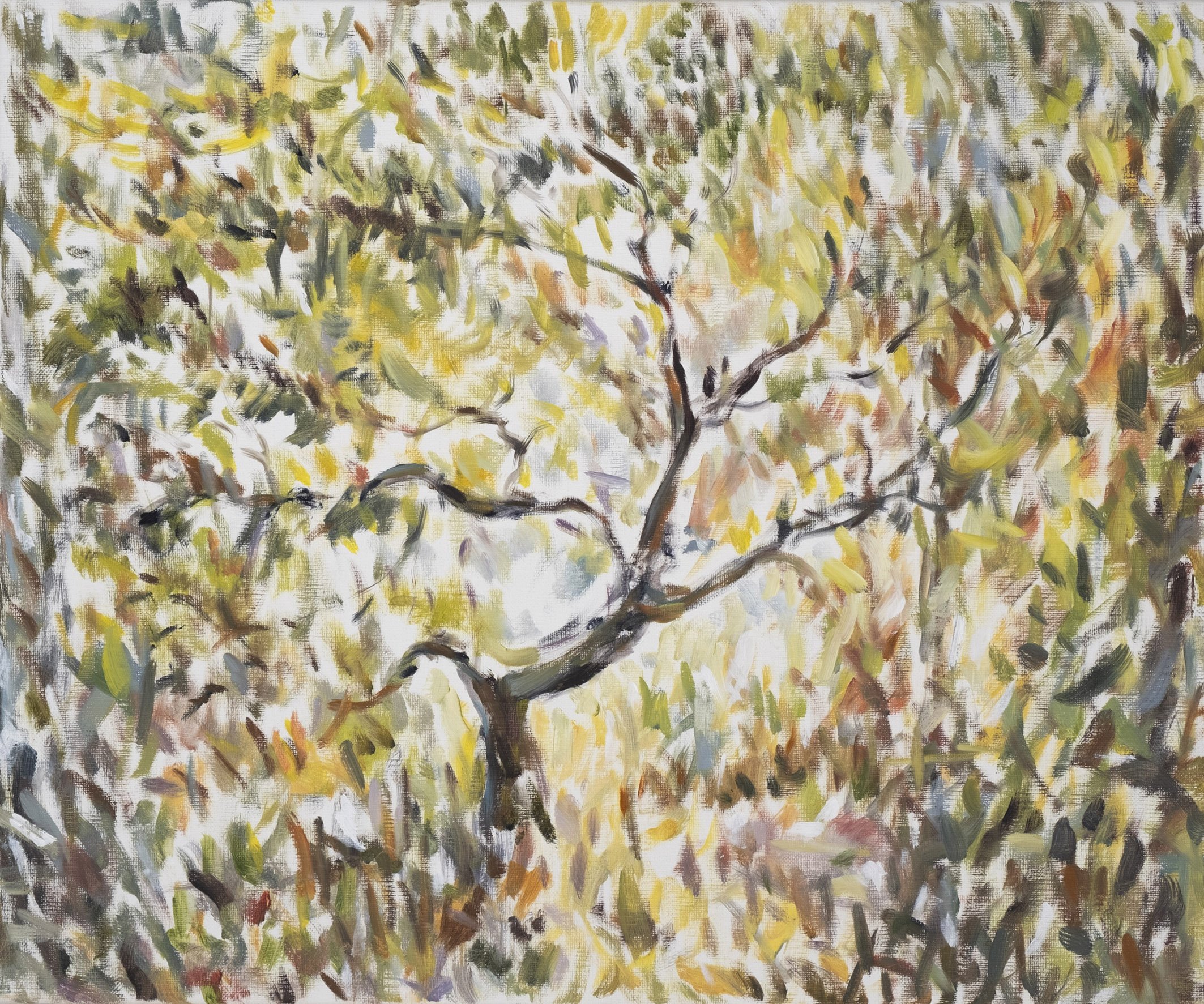

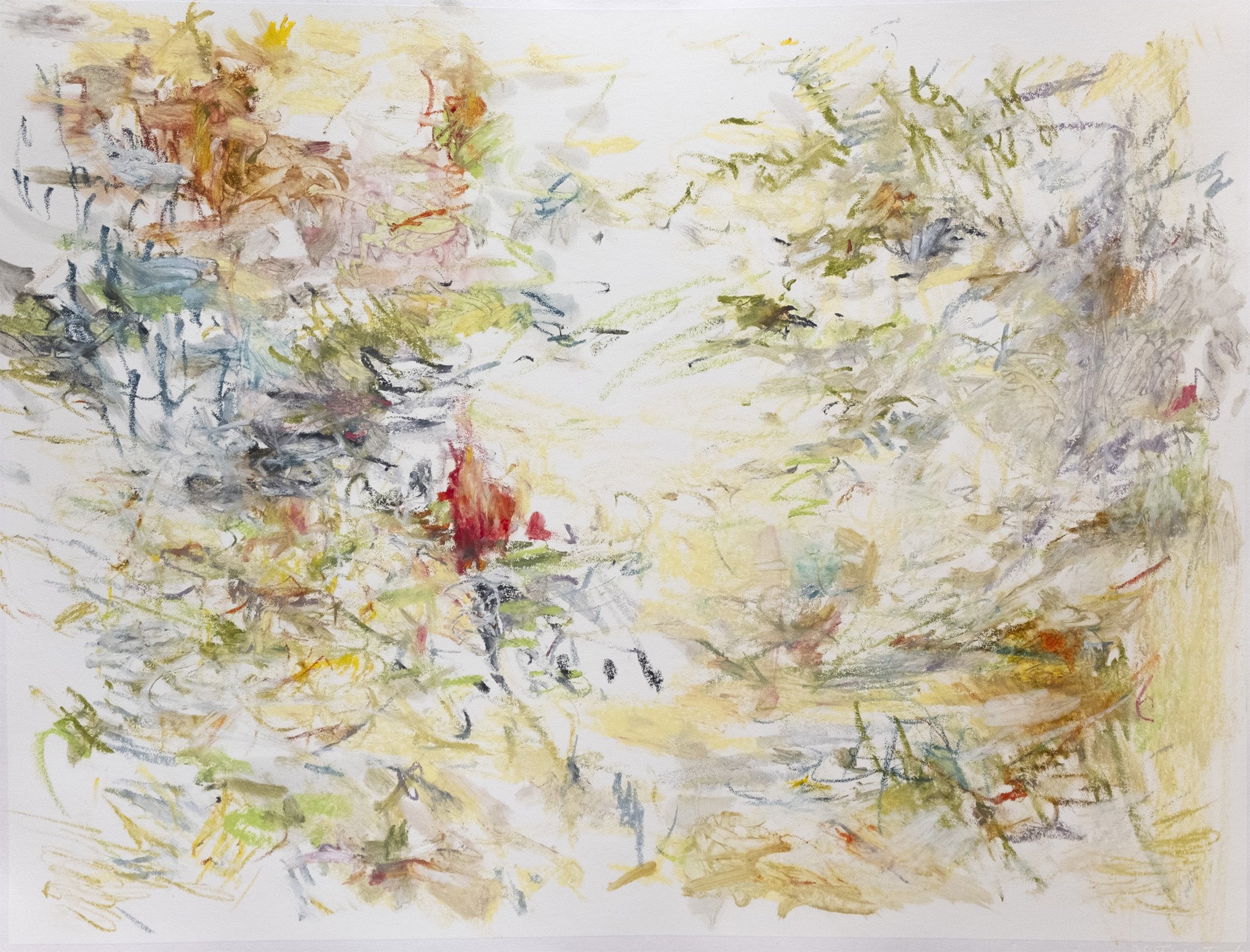

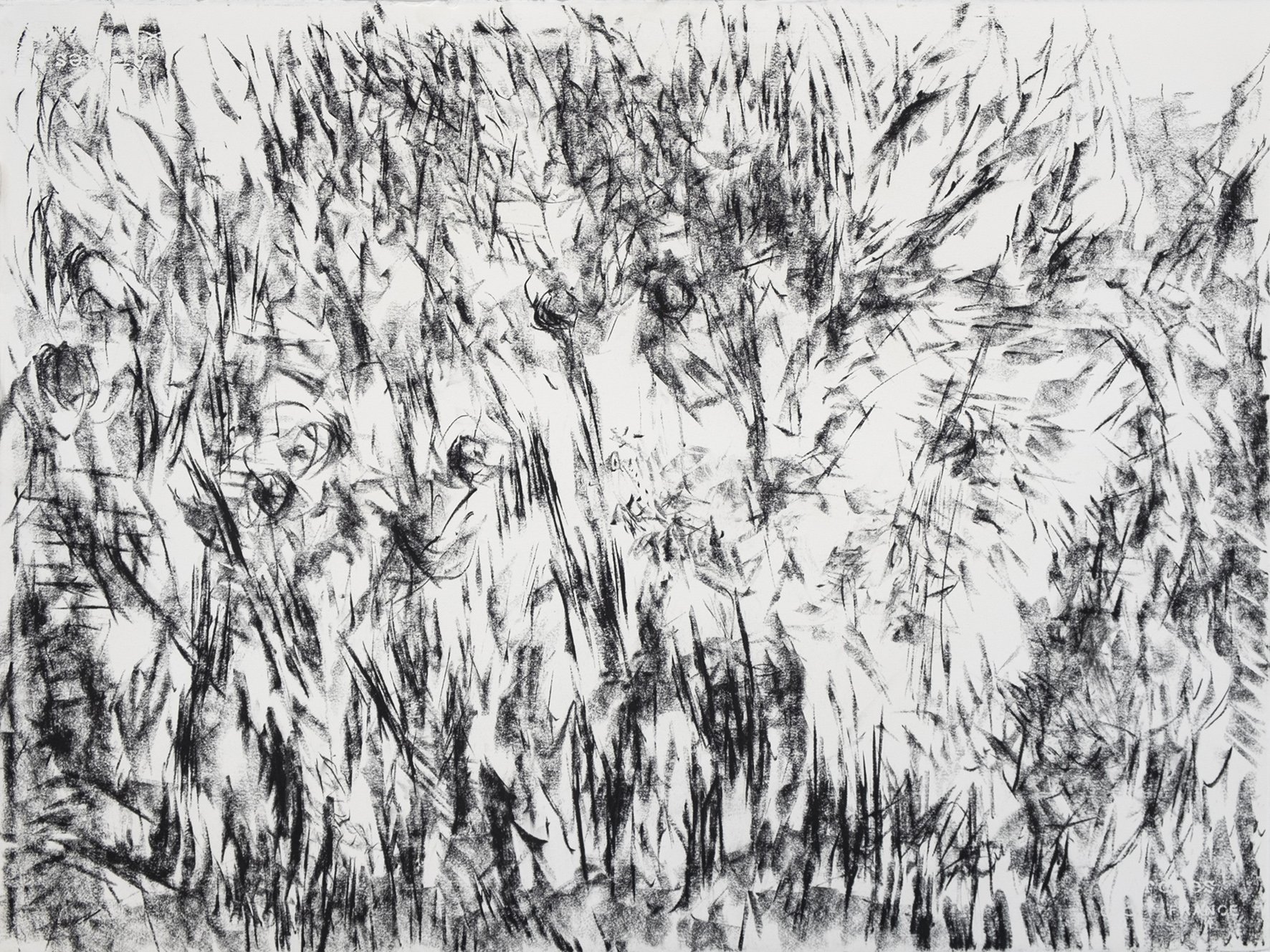
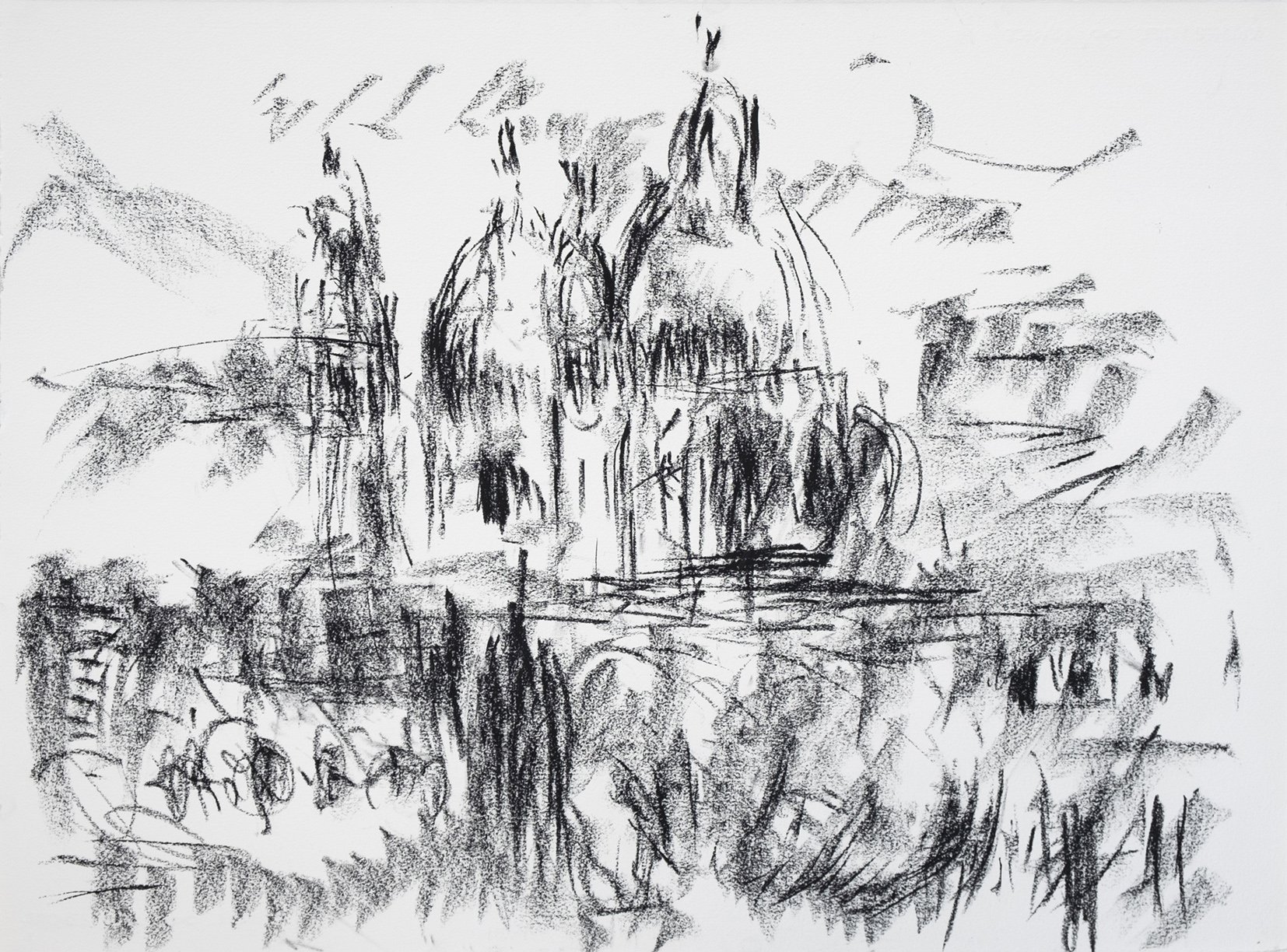

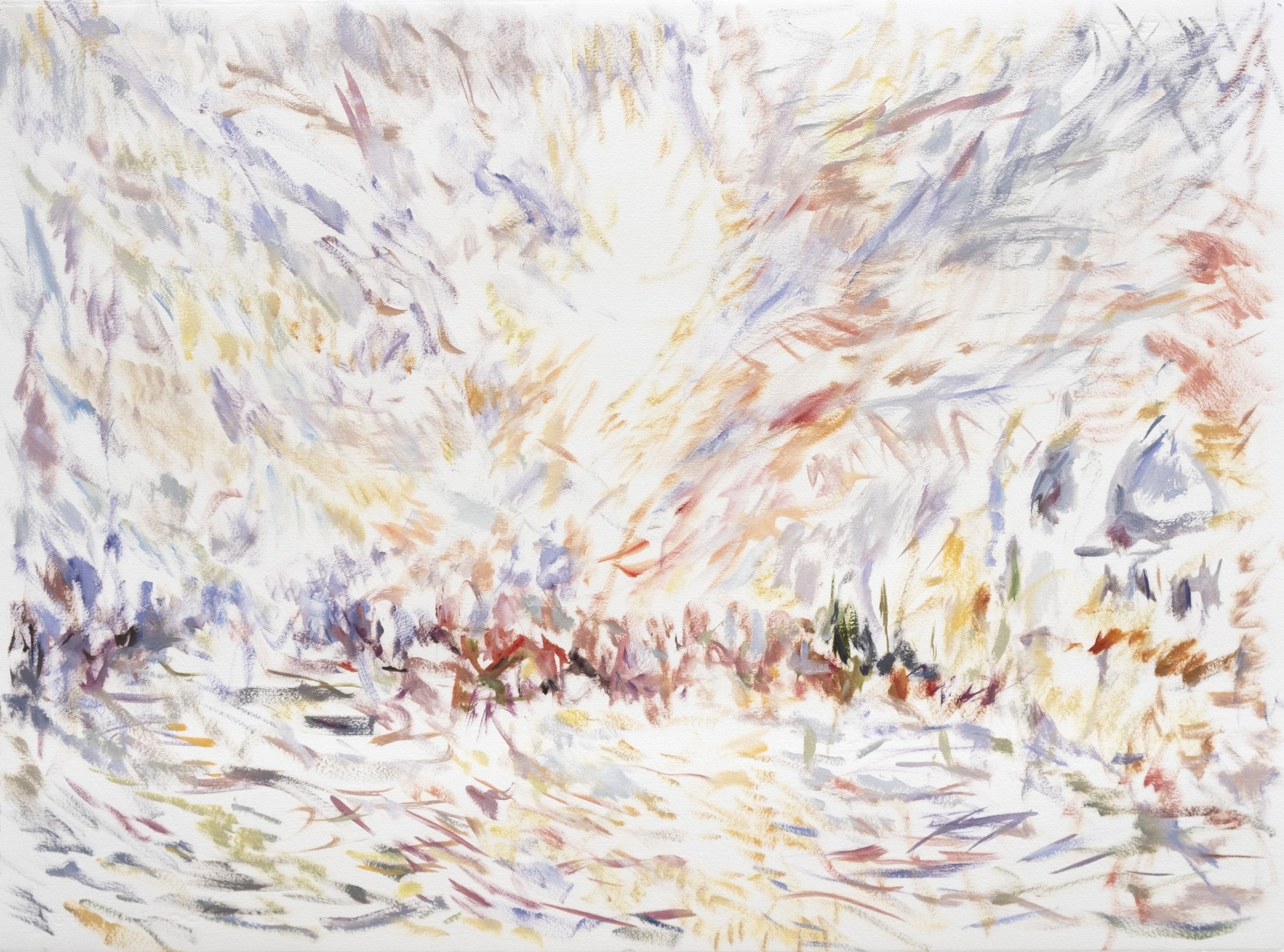
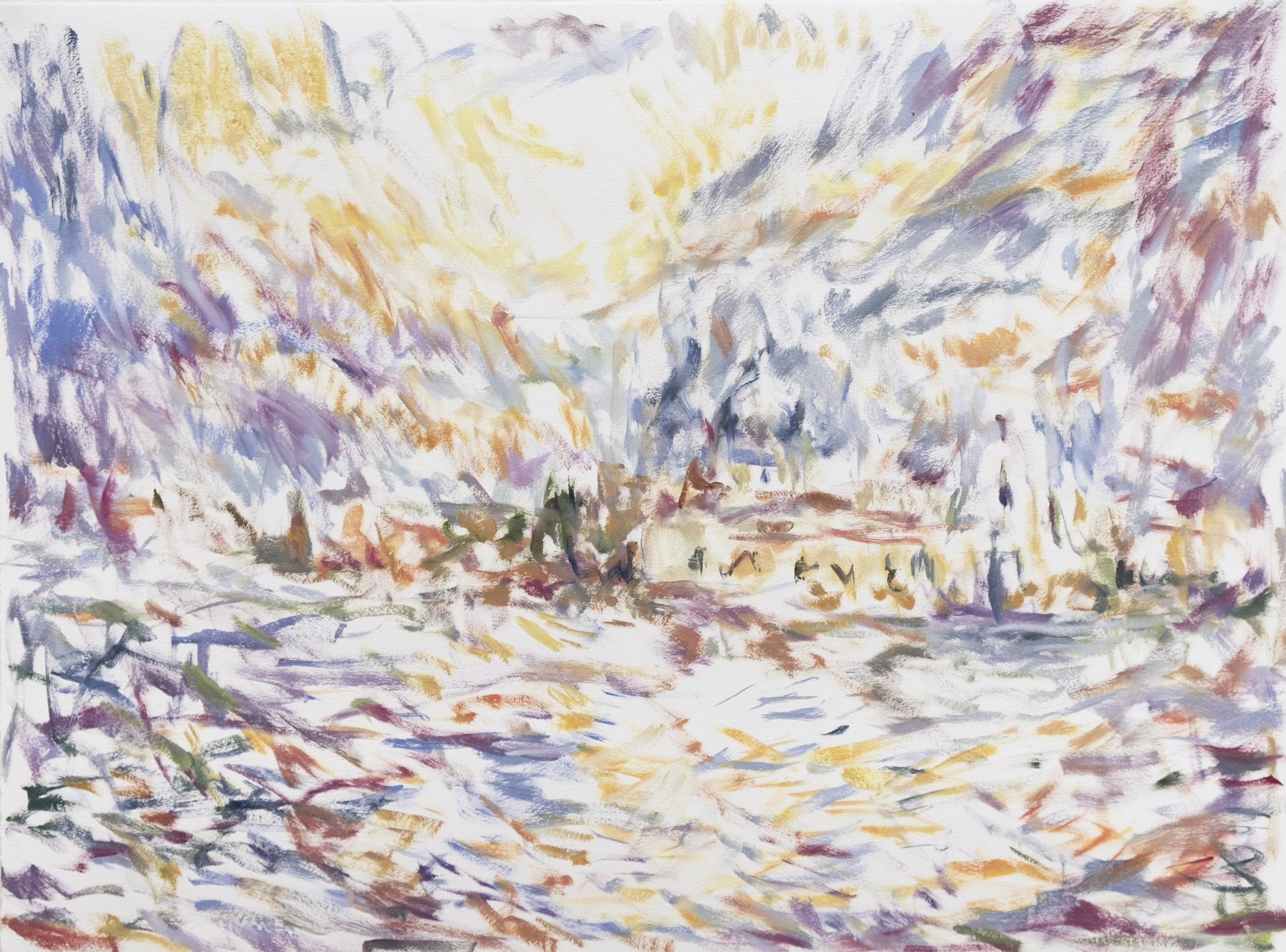
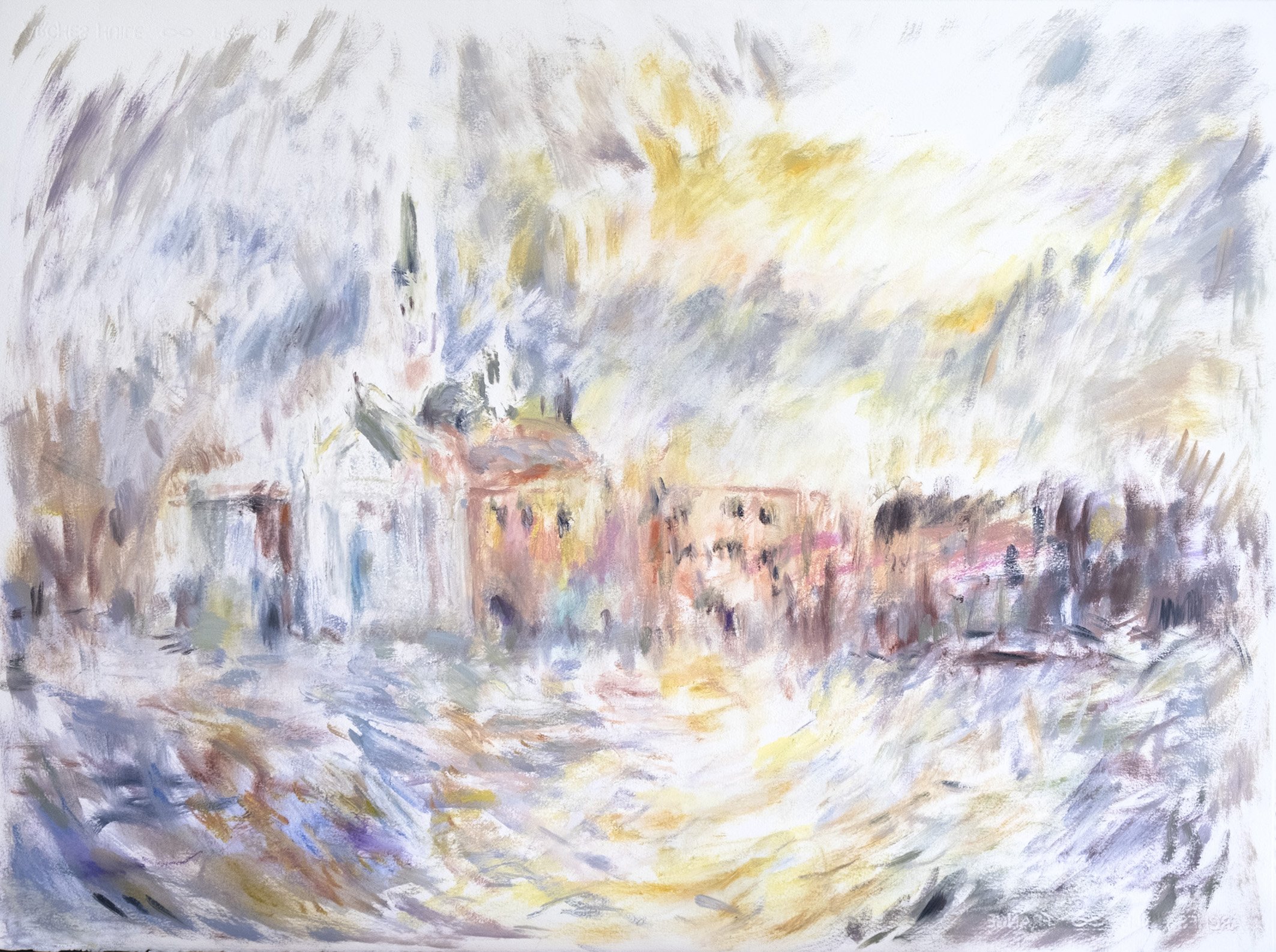
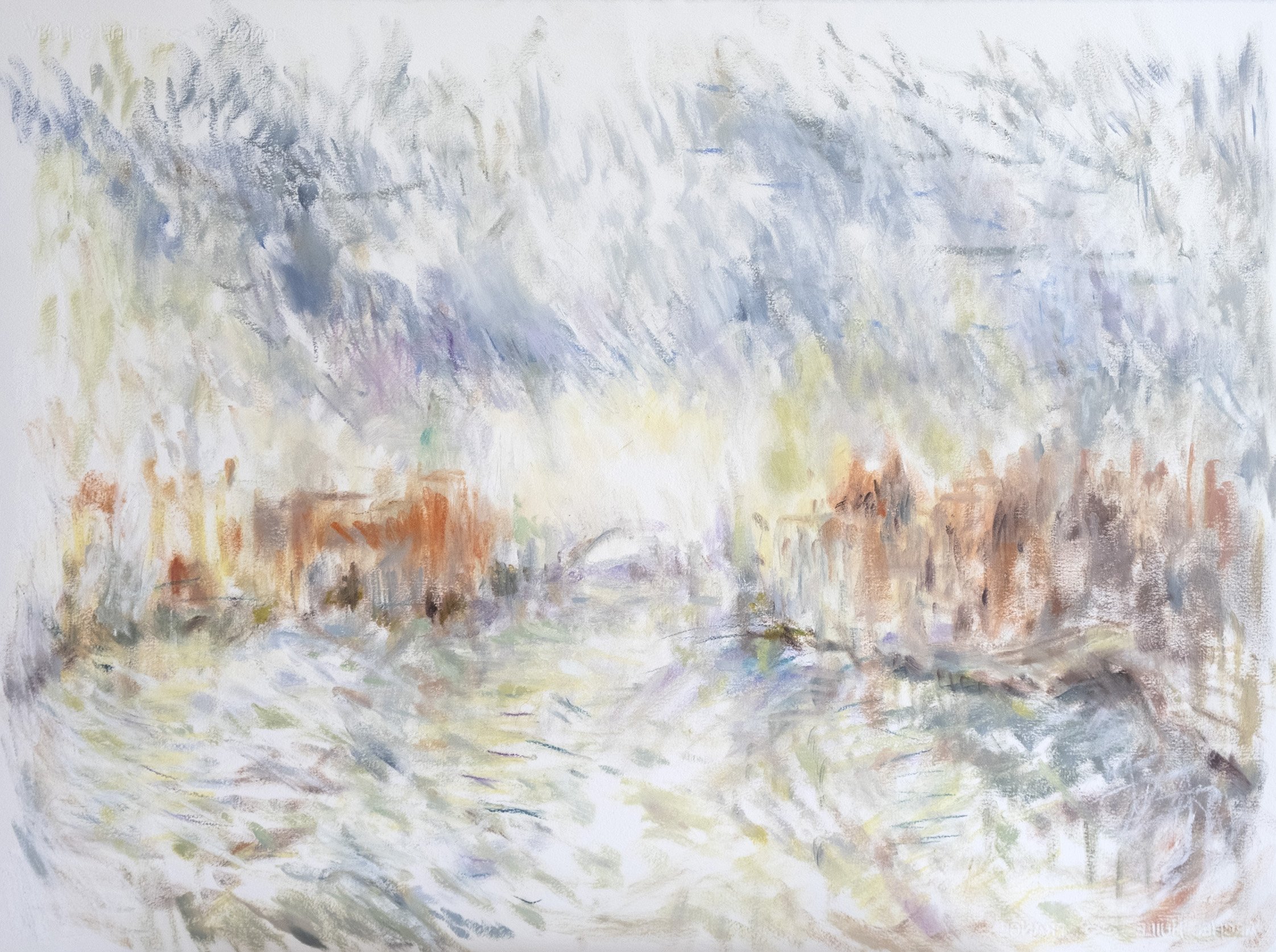
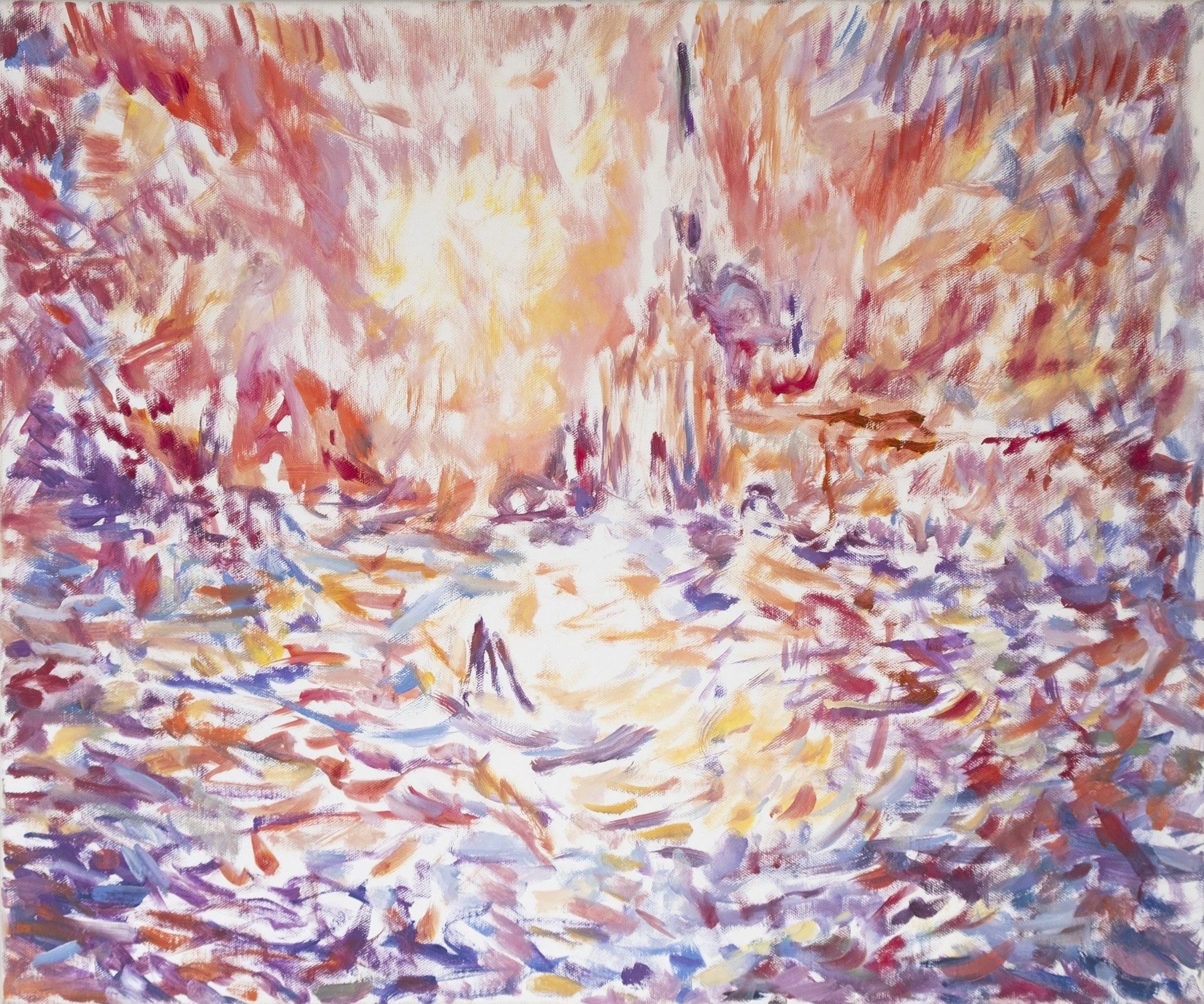
Artist’s Talk on Zoom
Learn More and Follow
February 2024: Jenna Grotelueschen
We are thrilled to feature Jenna Grotelueschen as our Featured Artist for February 2024. Read on to learn more about Jenna, her work, and her experience with the Leo Marchutz School, and to see a selection of her artwork.
And watch the recording of Jenna’s artist’s talk that took place on Friday, March 1, 2024 at 12:30 PM Eastern. And be sure to follow Jenna on Instagram and visit her website.
About the Artist
Jenna Grotelueschen is a working artist based in Greenville, South Carolina, with roots in California. In 2020, she completed her Master of Fine Arts degree at the School of the Art Institute of Chicago. In 2017, she earned a Bachelor's degree in Fine Art with minors in Art History and Global Studies from Westmont College in California. In 2015, she studied with the Leo Marchutz School community in Aix-en-Provence, France.
Group exhibitions include Sight and Insight (2021) at the Westmont Ridley-Tree Museum of Art, Soledad (2020) with PRPGMX in Mexico City, the 2020 MFA graduate exhibition, The Future of Our Plans, hosted by the School of the Art Institute of Chicago, Emerging Illinois Artists (2019) at McLean County Arts Center, and As of Yet, Unknown (2017) at the Westmont Ridley-Tree Museum of Art. Jenna taught in the Art Department of Westmont College from 2021 to 2022 as an adjunct professor, teaching Principles of Art and Drawing I. She is an Elizabeth Greenshields Foundation grant recipient. She has worked for the gallery Heather James Fine Art for four years and now manages their marketing team, promoting the art of Monet, Van Gogh, O’Keeffe, Picasso, Willem de Kooning, Agnes Martin, Edward Hopper, Pierre Bonnard and many more.
Background
“I spent the fall of 2015 in Aix-en-Provence, France with the Leo Marchutz School community, as a semester abroad. In Aix, Alan [Roberts] and John [Gasparach] showed me what it means to really look. While I had been drawing all my life, and began painting a few years prior, my understanding of the artistic endeavor grew and cohered thanks to the teaching and example of Alan and John. With their guidance, I learned to attune myself to my surroundings, and my painting became more participatory because I arrived at mark-making decisions through sensation. I deeply care about art as a vehicle for sensing and for understanding, and no place instilled that in me more than this school. The conjunction of sight and imagination, and the rigor of crafting images became more apparent and enlivened. I began creating pictures that “worked” because colors and shapes harmonized, and that was a revelation.
“Soon after returning to California, I chose art over biology - I had been double-majoring until then at Westmont College. The education I gained from Alan and John and my professors at Westmont, particularly Nathan Huff and Dr. Lisa DeBoer, piqued my interest in other conceptual frameworks; I wanted to know what underpinned radically different art-making the world over. In the years that followed, I undertook my MFA at the School of the Art Institute of Chicago (2018-2020). In many ways, the approach of the Leo Marchutz School was counterpointed by the postmodern approach of SAIC, and I’m grateful to have experienced such different schools of thought. During my MFA, I began my career at Heather James Fine Art, a gallery dealing in Impressionist, Modern, Post-War, and Contemporary art where I get to constantly learn about great artists of history and of today and impart the significance of their work. As well, I have taught foundational classes - Principles of Art and Drawing I - within the studio art major at Westmont College. Teaching the basics has renewed my appreciation of them, and my work has become more pared down in an attempt to really use line and shape well.
“Throughout the years, my work has flitted between styles, but one motivation has remained central: I am interested in conveying embodied experience. Often, I am trying to create images about perception, and not only my own. I have found that trying to envision what others perceive builds empathy. This was central to my work in 2018 and 2019, particularly with the painting (Dis)junction, a nearly garish image of an airport terminal to correspond with how my dad began to see due to his neurodegenerative disease, Posterior Cortical Atrophy. This rare and early onset visual variant of Alzheimer’s warped his visual-spatial processing, and I would listen to and internalize his descriptions of his perception; he talked about increasingly disorienting reflective surfaces, seeing double, colors inverting. Space was becoming confounding and claustrophobic, and creating this image helped me understand. It gave me something I could do during a time that felt largely out of control. Other paintings, photography, and writing further explored ways I might represent perception and cognition. I’ve realized that much of my work is connection-seeking. Focused as I am on bridging perceptions, sharing the wealth of sensations, I see the flip side too: the opacity of our communal experience. I am mindful of the limits of language, of imagination, and of memory. More recent work in printmaking and painting depicting shadow forms branches off this line of inquiry. Focusing on line and shape helps distill these ideas about the impossibility of full knowledge, and creating these pared-down paintings brings me back in touch with the fundamentals of picture-making. They borrow their titles from phrases in Virginia Woolf’s The Waves, because I was reading it at the time, and the chorus of voices structuring this stunningly innovative piece of fiction had such an affinity to the way light rolled onto the shores of shadows.
“The birth of my son, Hugo, in May 2023 has given me a new lease on how I think about the interrelation of bodies. My newest work is focused on material borders and overlaps and I’m creating images around nursing and co-sleeping, pregnancy and labor. I have stitched into my paintings in the past, most notably in my thesis painting - Fold, cut, stitch, stretch - and I’d like to incorporate thread as connective lines in this anticipated work. Being a mother has been the most creative, meaningful work of my life and I can’t imagine not addressing that through my visual work. The rush of time these days fuels the urgency I feel to make these paintings. In the last couple of months, we moved to Greenville, South Carolina to be close to family, where I have the support and space I need to really get going on this next body of work!
“My time at Marchutz impacted me in so many important ways, not the least of which was teaching me the habit of art. Learning to look has opened up connectivity with the world and this has brought such curiosity and wonder into my life ever since.”
- Jenna Grotelueschen, February 2024
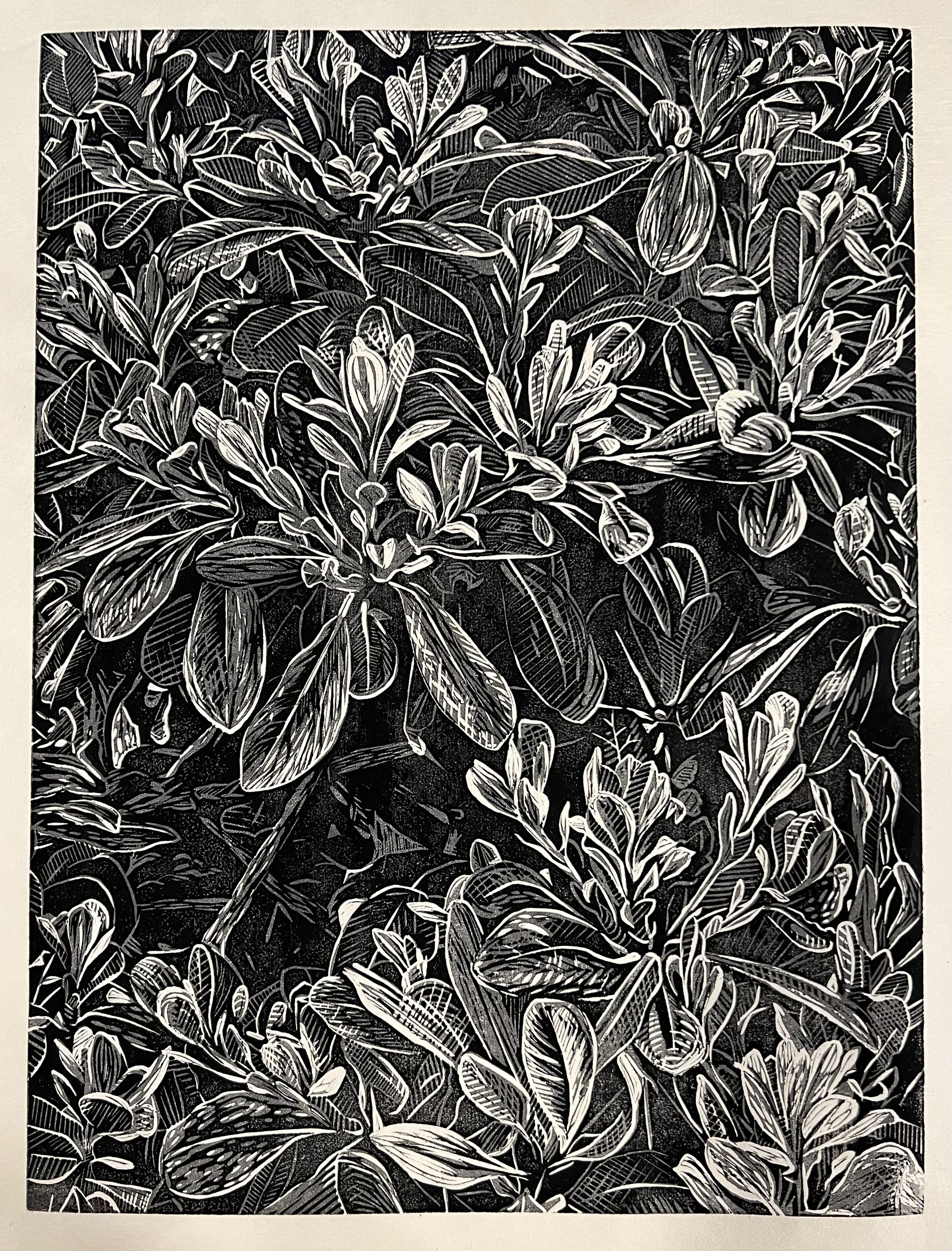

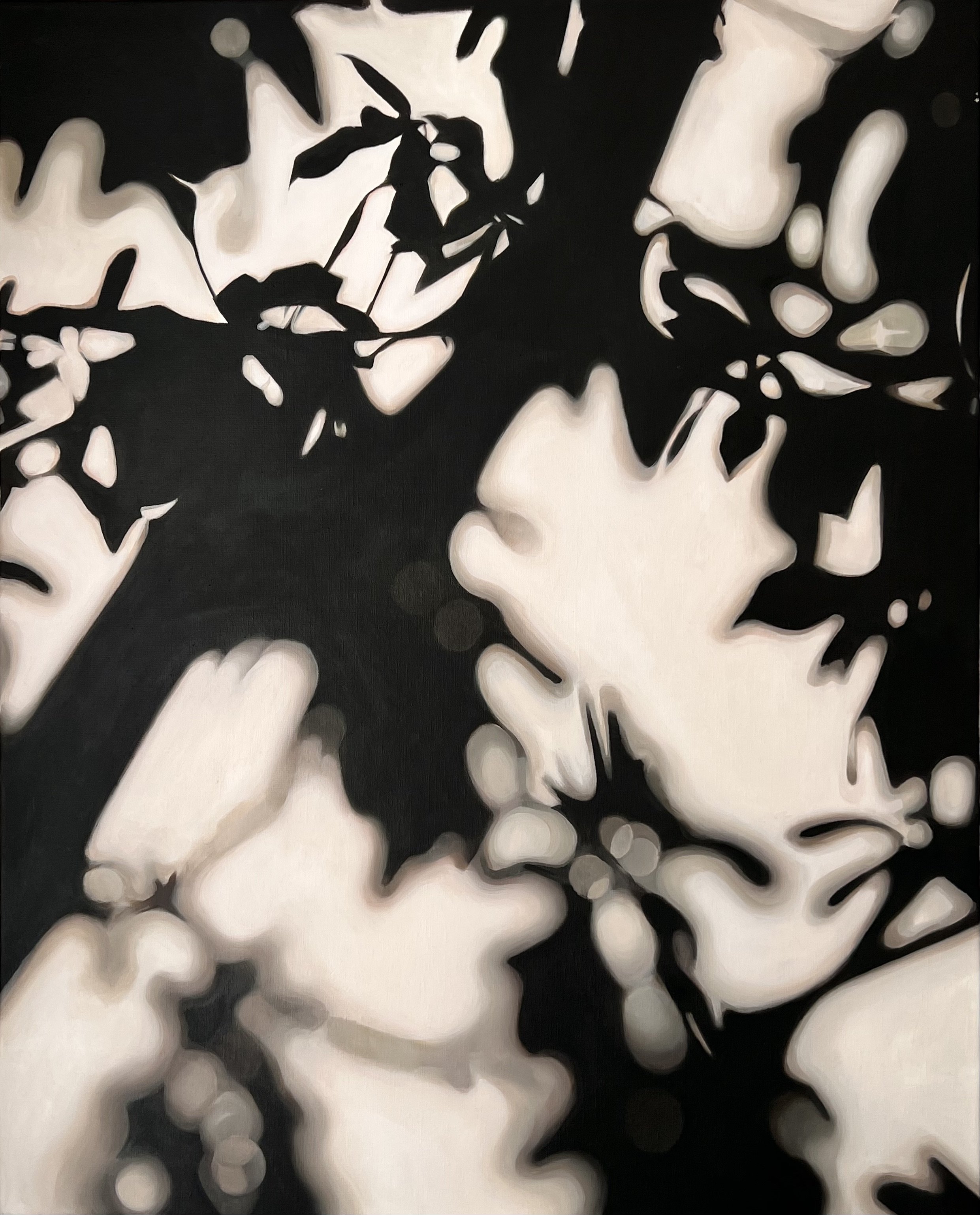
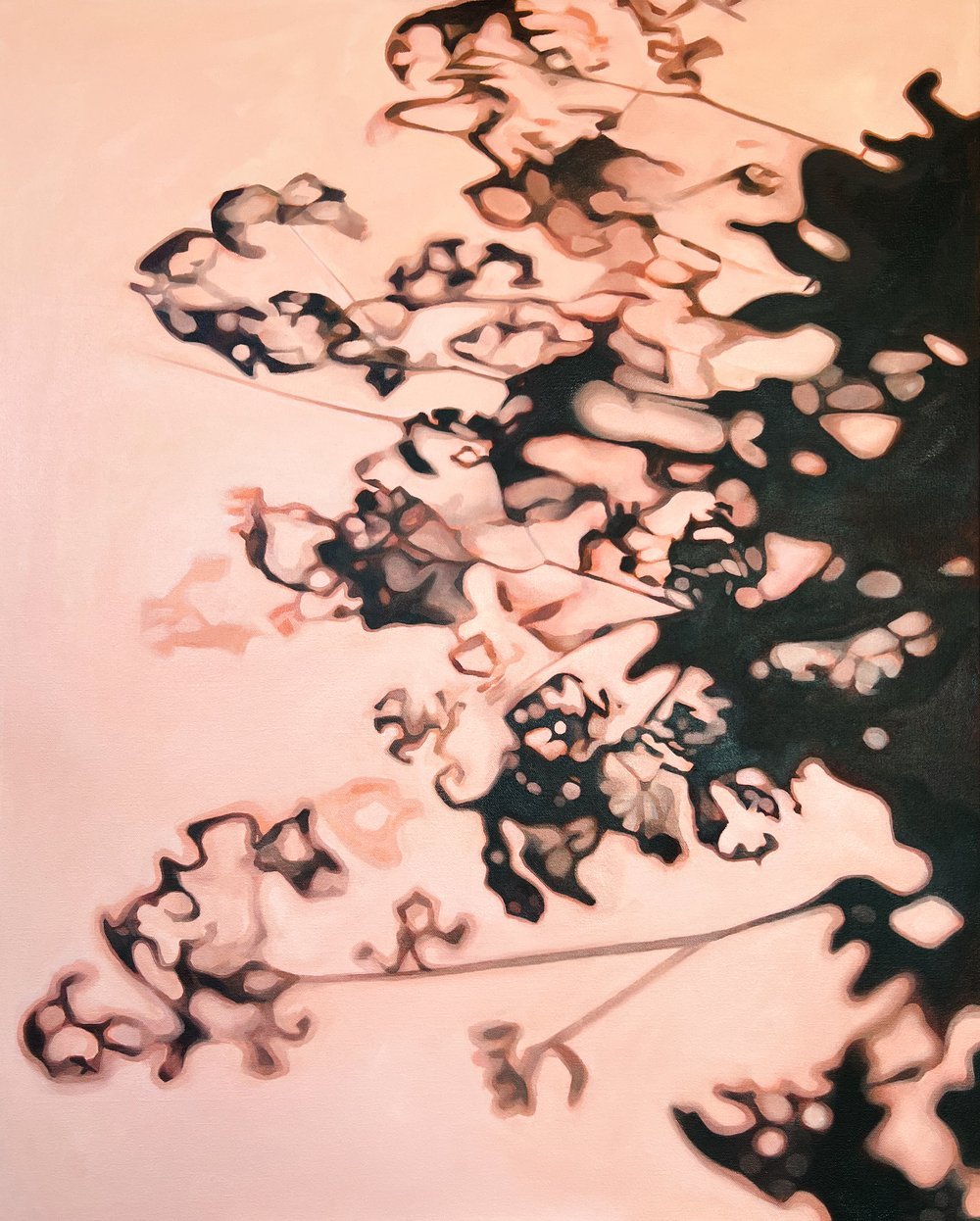

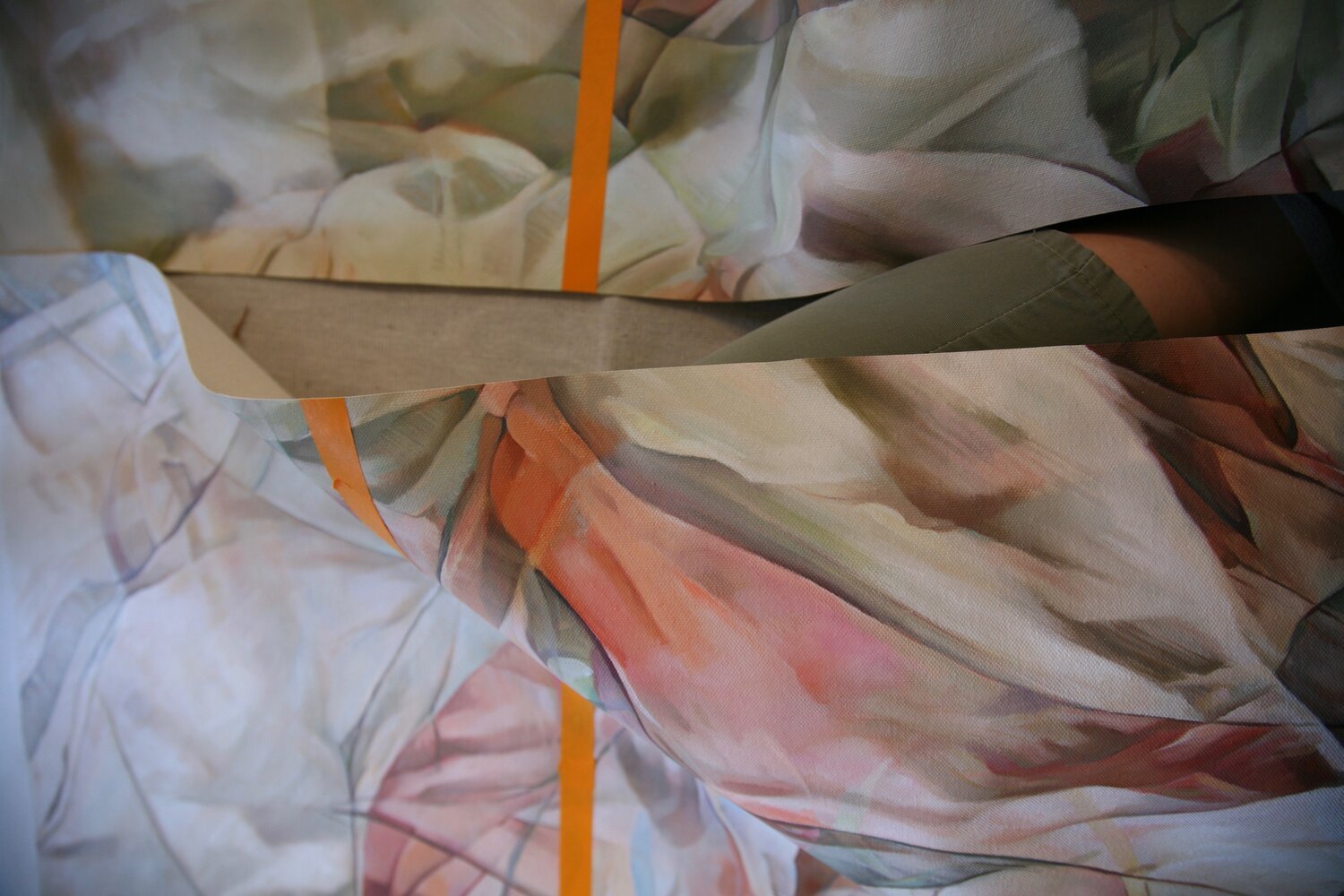
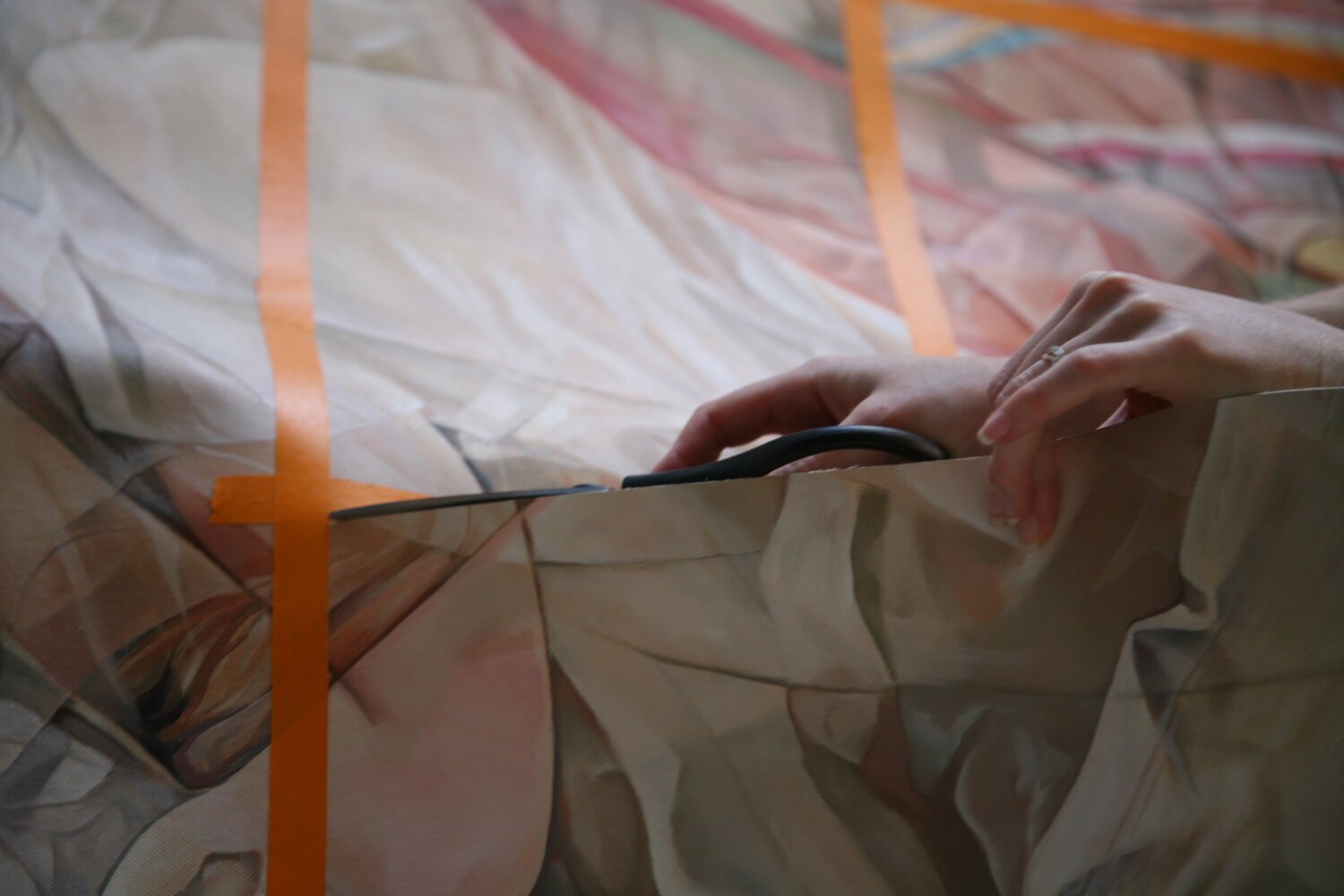
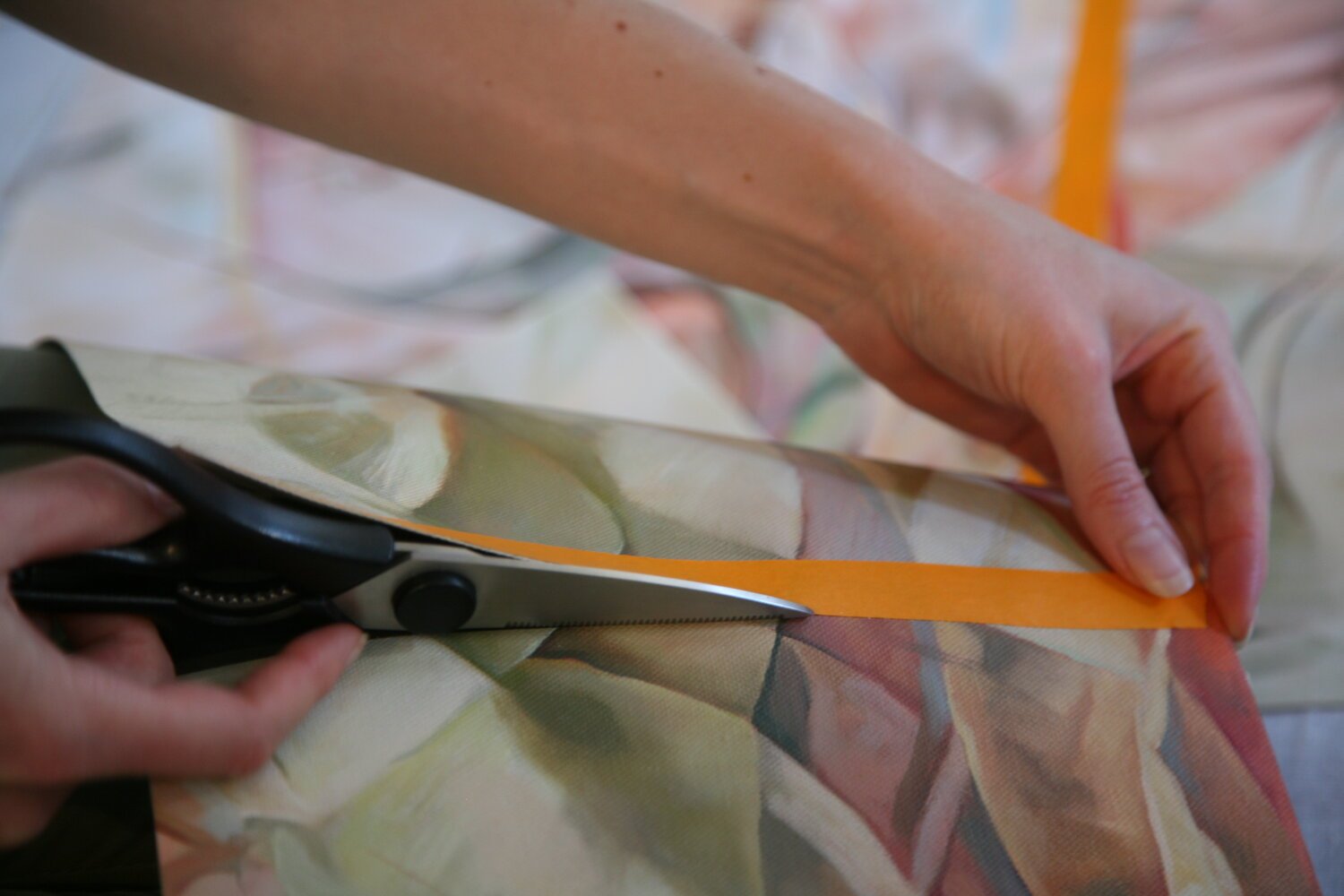

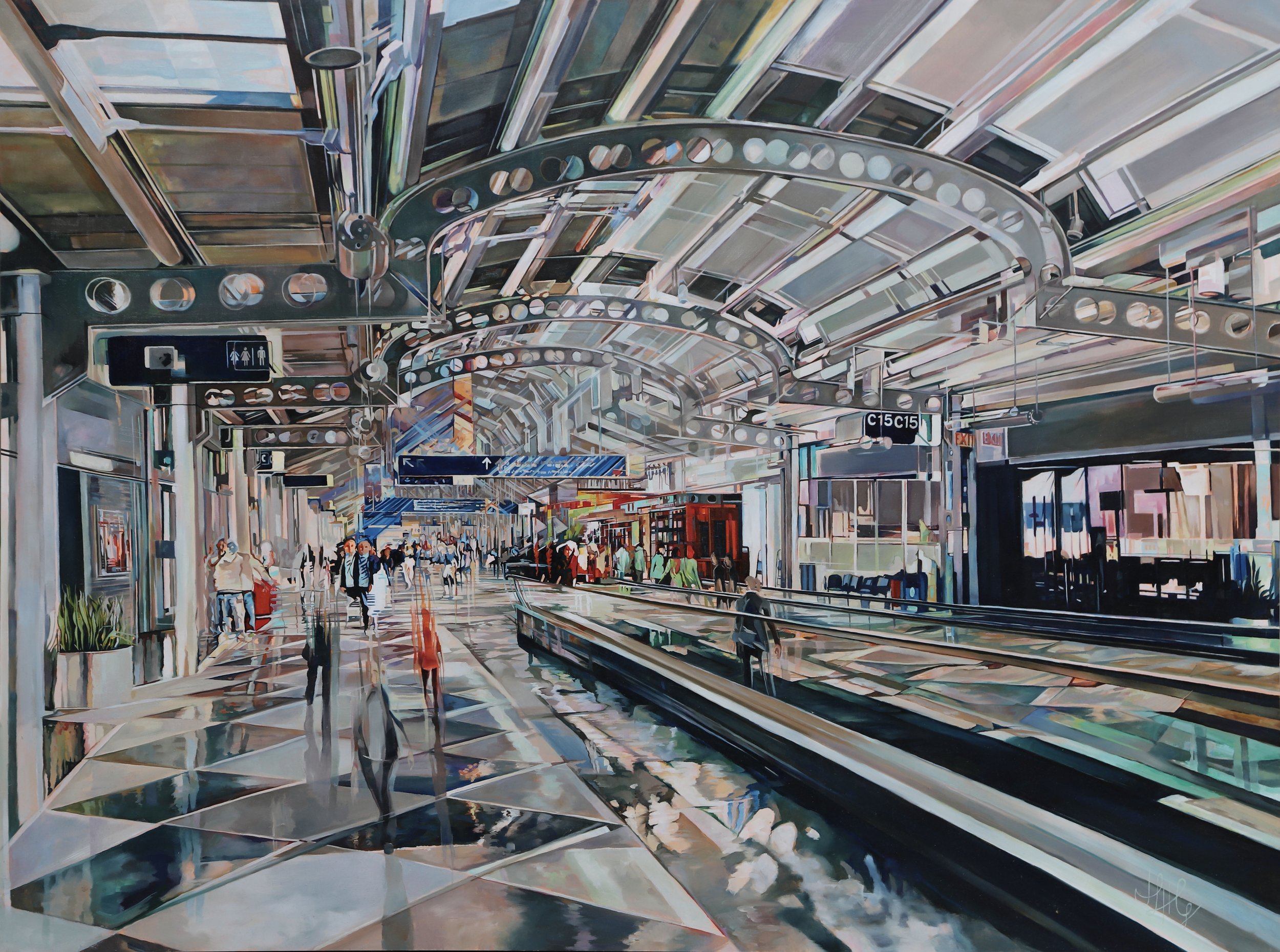
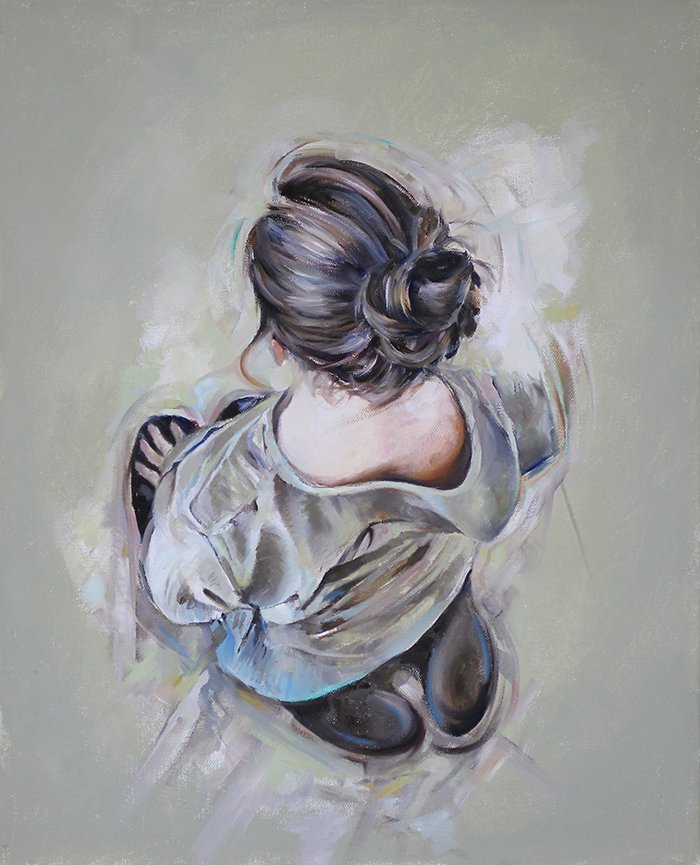
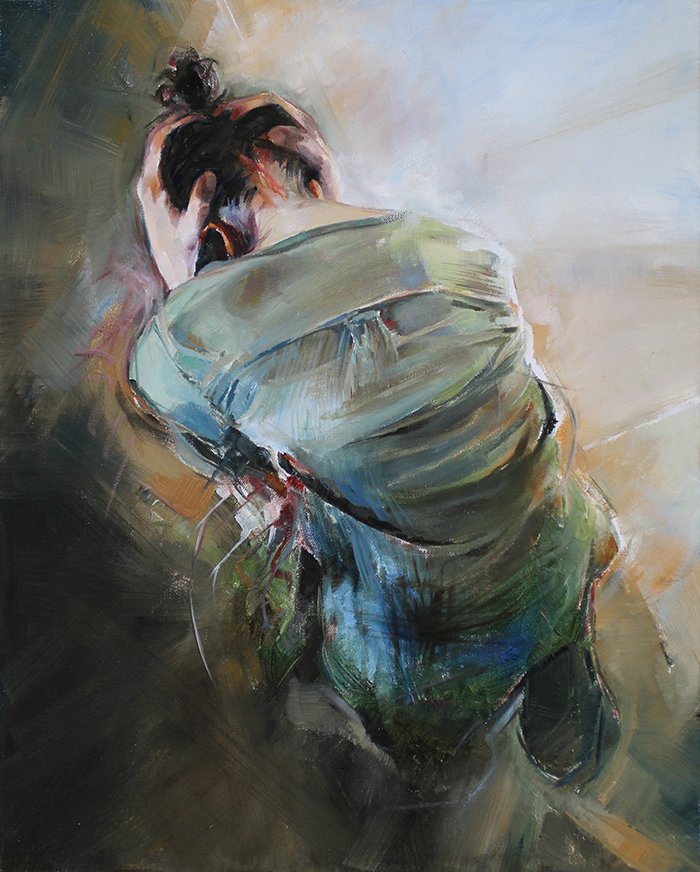

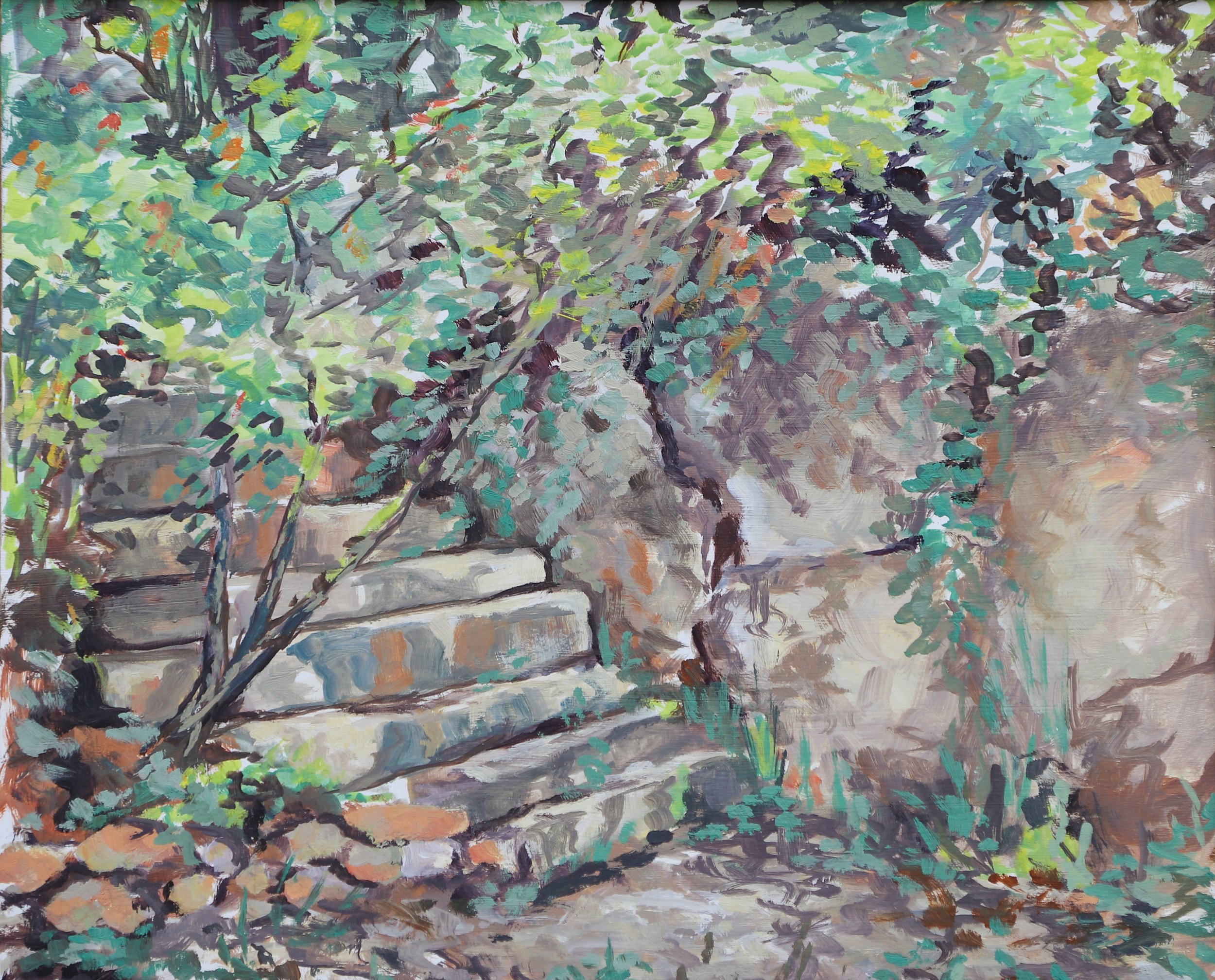
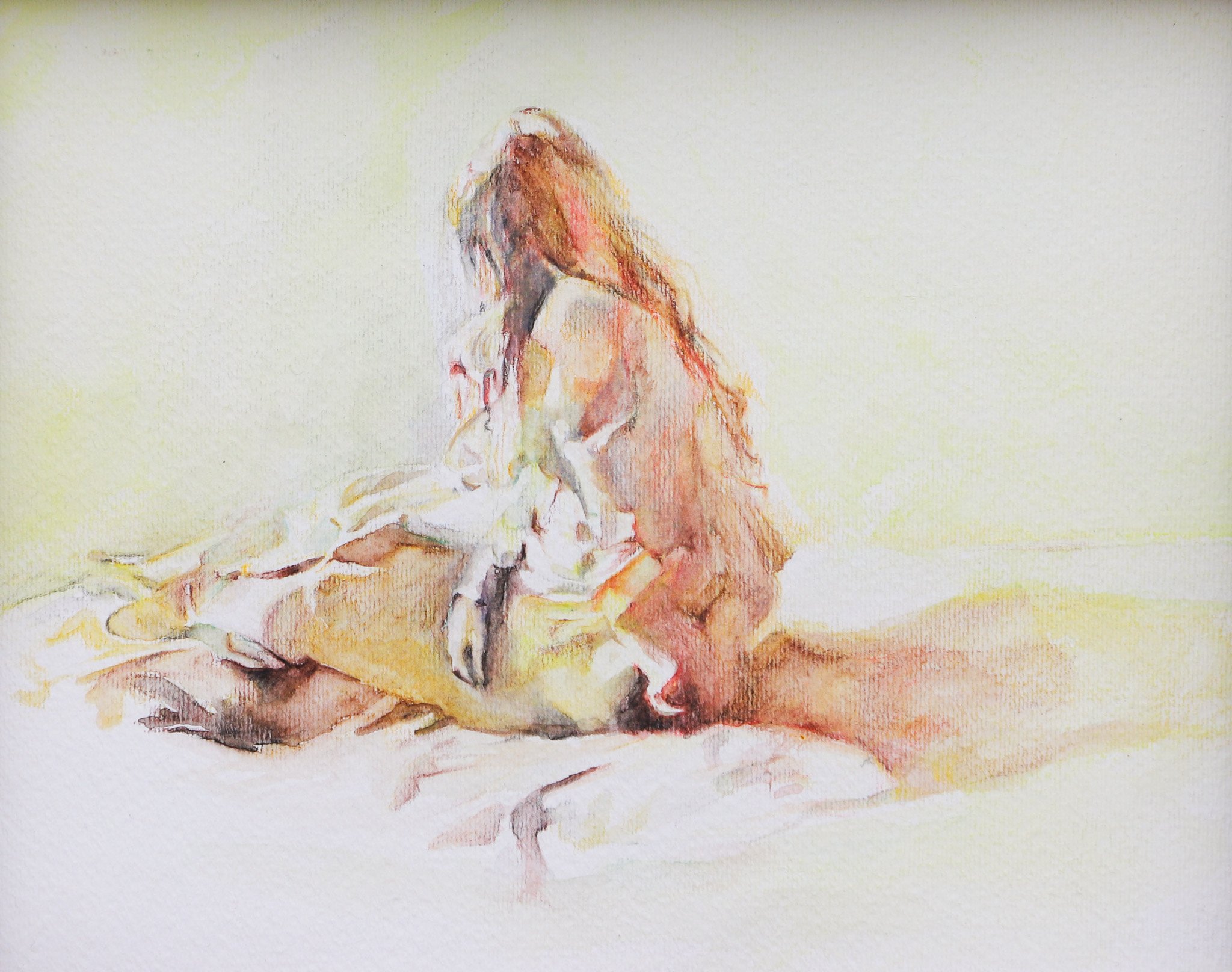



Artist’s Talk on Zoom
Watch the recording of Jenna’s artist’s talk that took place on Friday, March 1, 2024 at 12:30 PM Eastern.
Learn More and Follow
January 2024: Mary Leone Duffy
We are very glad to feature Mary Leone Duffy as our Featured Artist for January 2024. Read on to learn more about Mary, her work, and her experience with the Leo Marchutz School, and to see a selection of her artwork.
Mary’s Artist’s Talk on Zoom has been postponed! Stay tuned for an announcement about a rescheduled date later in the spring.
About the Artist
Mary is a visual artist and art teacher. A native Pennsylvanian, she graduated from Grove City College (2016), where she majored in English and Philosophy, and was very involved with art and music. Mary studied for an MA in Philosophy in Belgium (2017), and continues to pursue philosophy of art and aesthetics in addition to her studio practice. In 2019, she studied painting at the master’s level with the Leo Marchutz School community in Aix-en-Provence, France. Her artwork has been exhibited in France and the United States, including a solo exhibition of 75 works at her undergraduate alma mater, and many works are in private collections throughout the United States, Canada, France, Belgium, and the United Kingdom.
Following her studies, Mary spent several years teaching art for the classical charter school network, Valor Education, based in Austin, Texas. During her years at Valor, Mary helped shape and develop the K-10 curriculum and educational practices of the art department, inspired deeply by the principles and practices she had gleaned from her time at the Leo Marchutz School.
Mary currently lives in Rhode Island with her husband, Rob Duffy, and young children, Evelyn and Jack (and Baby Duffy #3 due February 2024!).
Artist’s Statement
“The Leo Marchutz School has had a tremendous impression on me as a painter, thinker, and teacher. In my work as an artist, I have grown to love working from direct observation of life and nature. Working primarily in oil paints, I focus on portraiture, as well as en plein air landscape painting, still lives, and masterwork copies. I strive to create art that reveals, truthfully and without compromise, the essential life and beauty of the thing seen. I see the act of painting as a kind of communication between artist and subject. It is not one-sided or consumptive, but deeply conversational. Like Flannery O’Connor, I see art as incarnational. I understand my artwork to be seeking a kind of faithfulness to visible reality, manifested through careful, minimal brushstrokes painted intuitively, balancing both selection and freedom, in a pattern or movement of colors that places the visual whole over and above the particular parts. My practices are inspired by the idea that true art is both contemporary and timeless because it is rooted in a shared pursuit across time—or, in T. S. Eliot’s words, a ‘tradition’—one that seeks to bring together ‘the timeless and the temporal.’
“Teaching has been one of the most significant ways I have been able to share the things I discovered through Marchutz. As a teacher, I have seen how looking at and discussing great works of art shapes and develops students’ imaginations, so that making and appreciating beautiful art becomes a part of their daily lives, no matter what they thought about art before. In teaching principles of drawing and painting to students, I encourage students to see their work as a response to the life and beauty of the thing seen, as it appears, rather than teaching to particular techniques or methods. The Leo Marchutz School not only gave me a greater love for the vast, varied history of art, but also has helped me communicate to students the visual wholeness, the harmony of colors and strokes, the movement and life that makes a masterwork a truly great work of art, regardless of subject matter (or the artist’s fame). The approach to art that I learned at the Leo Marchutz School speaks to the whole person, and cultivates an attentiveness to truth and beauty in all of life.”
- Mary Leone Duffy, January 2024
Selected Works

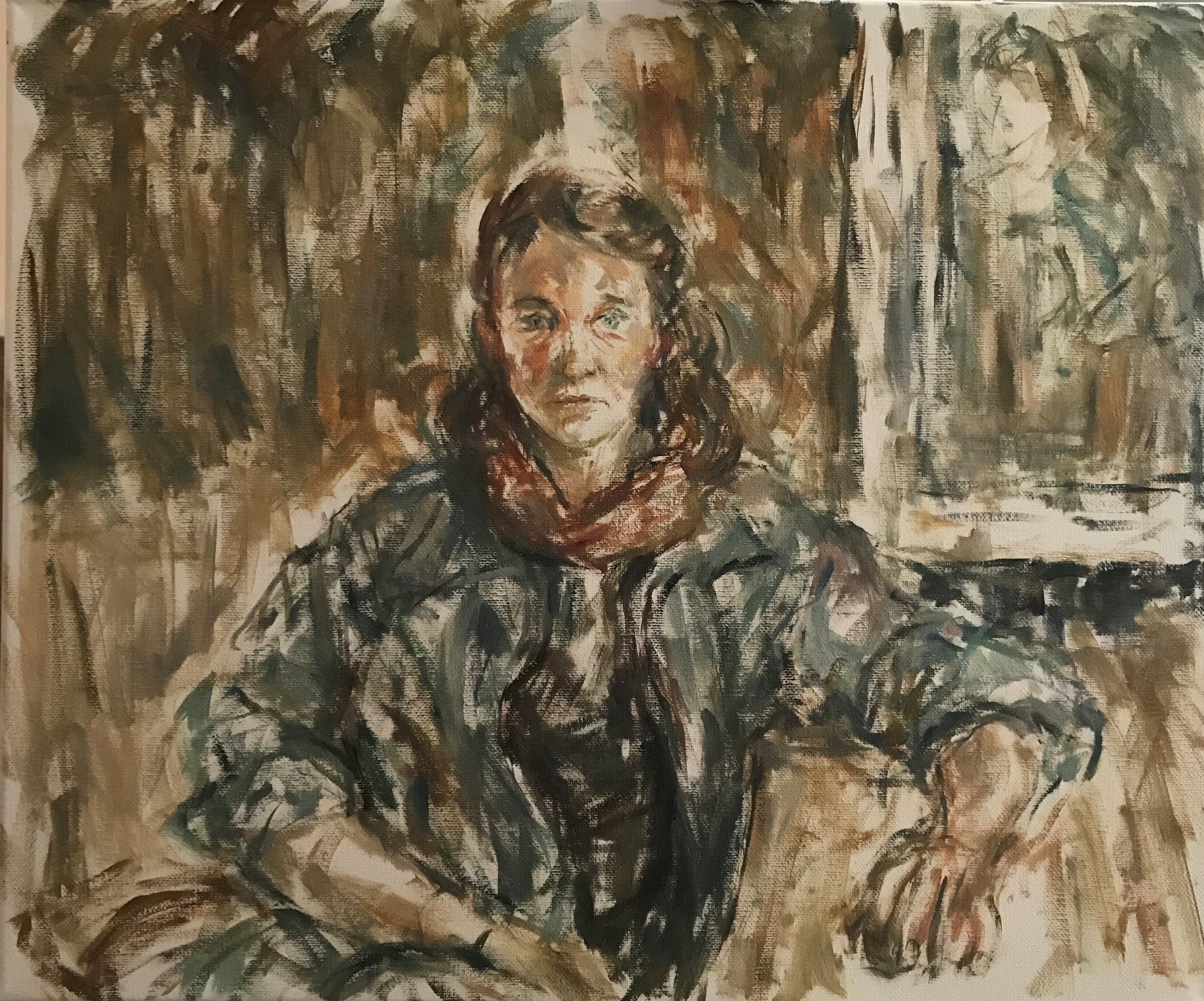

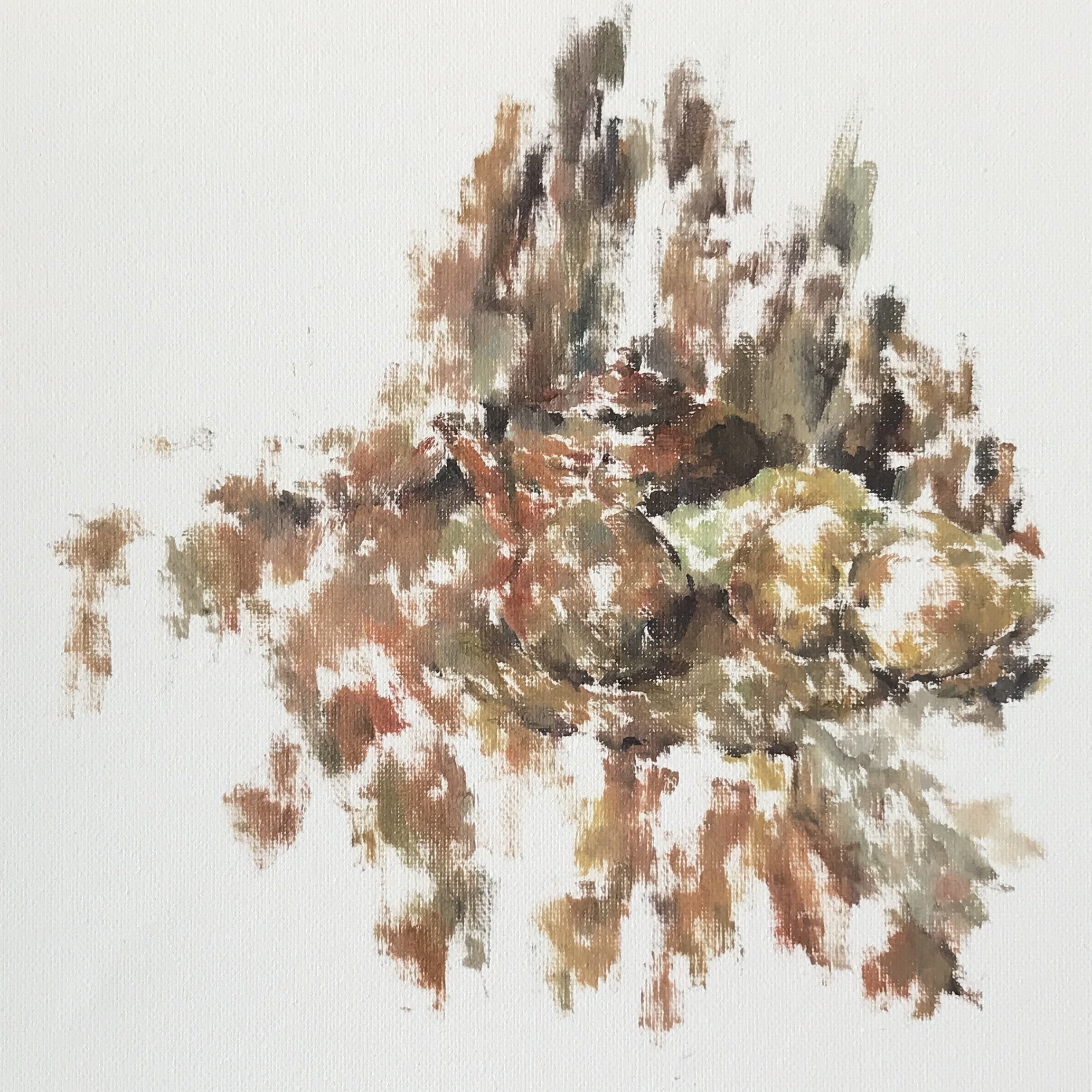
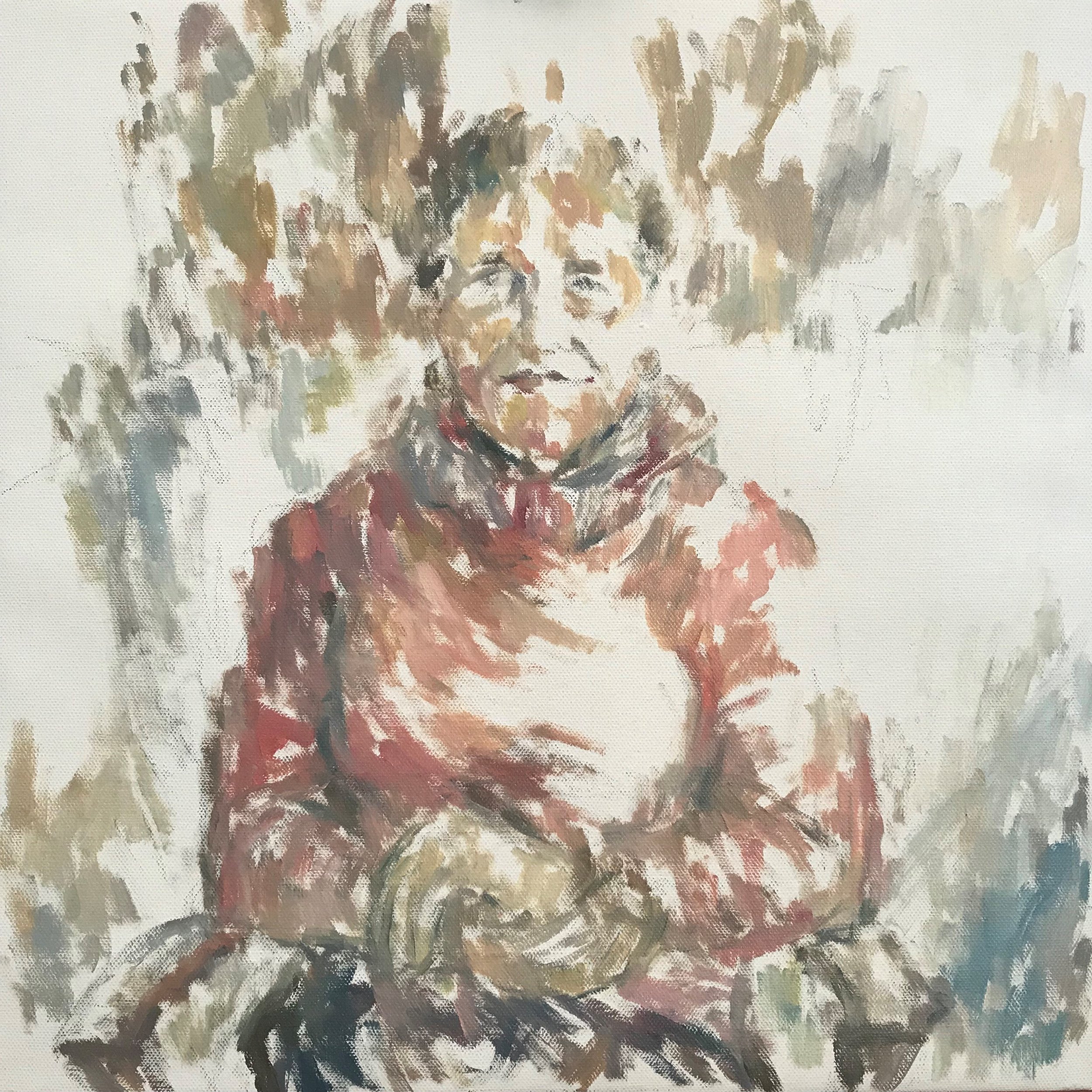
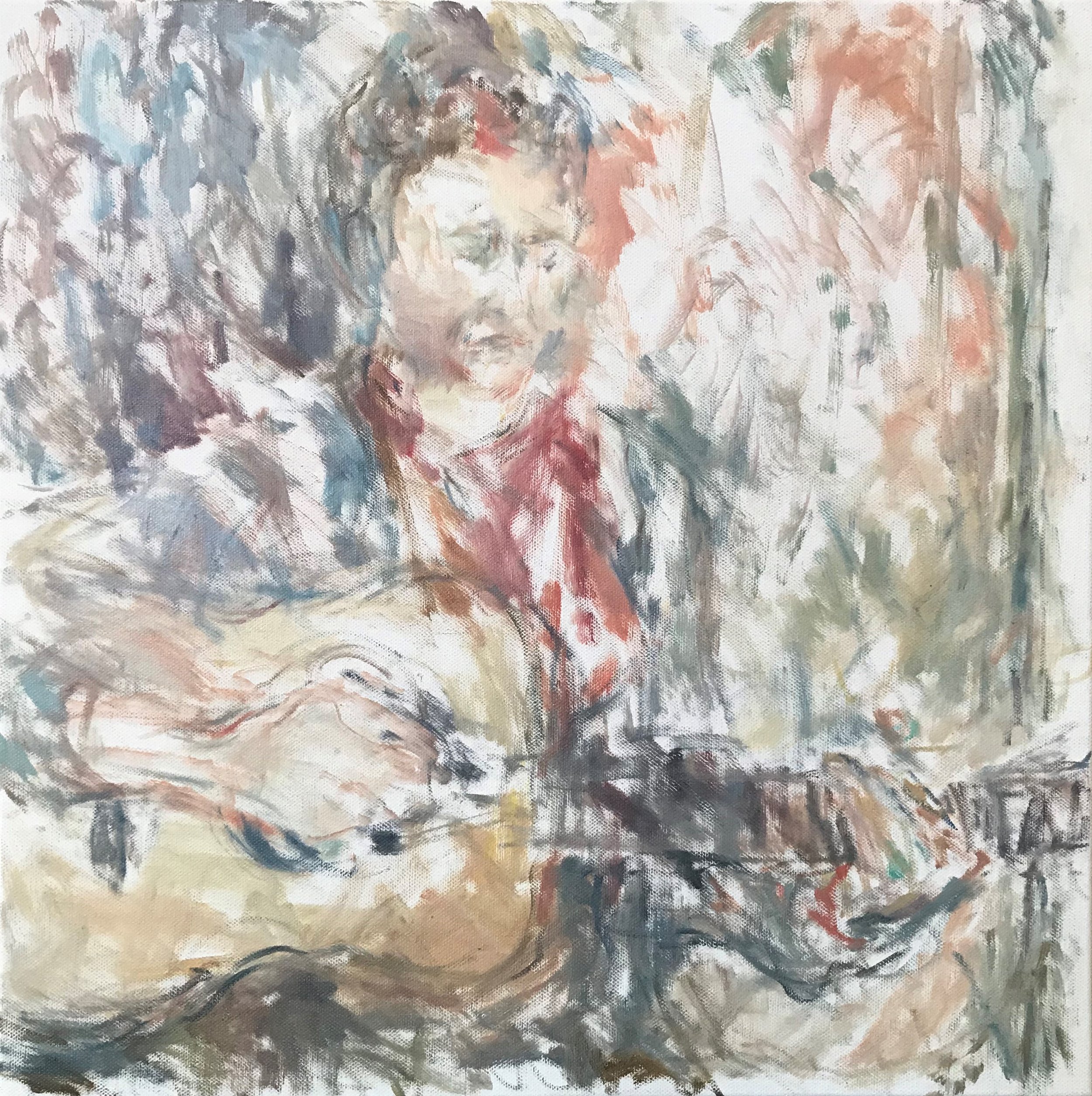

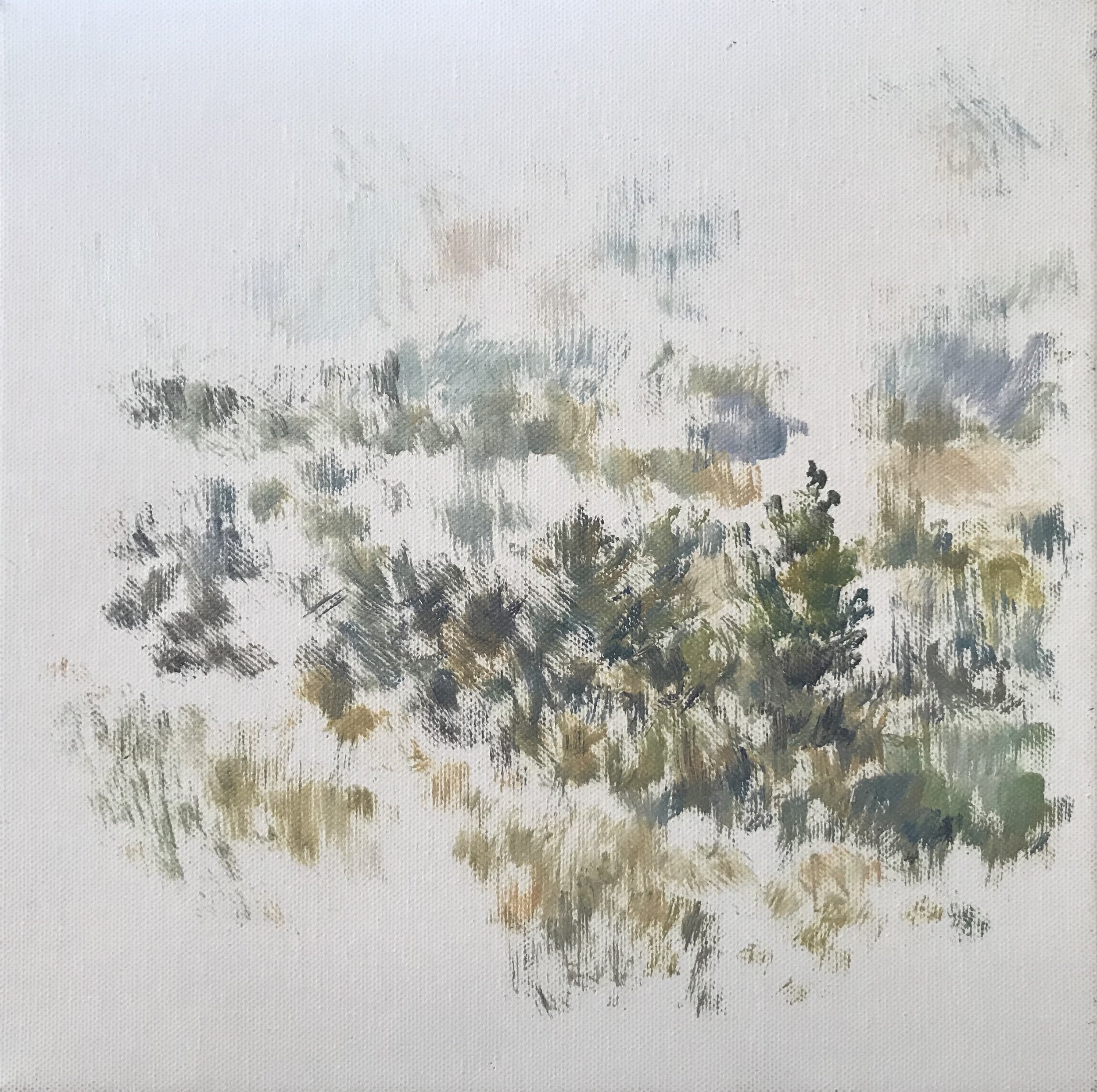

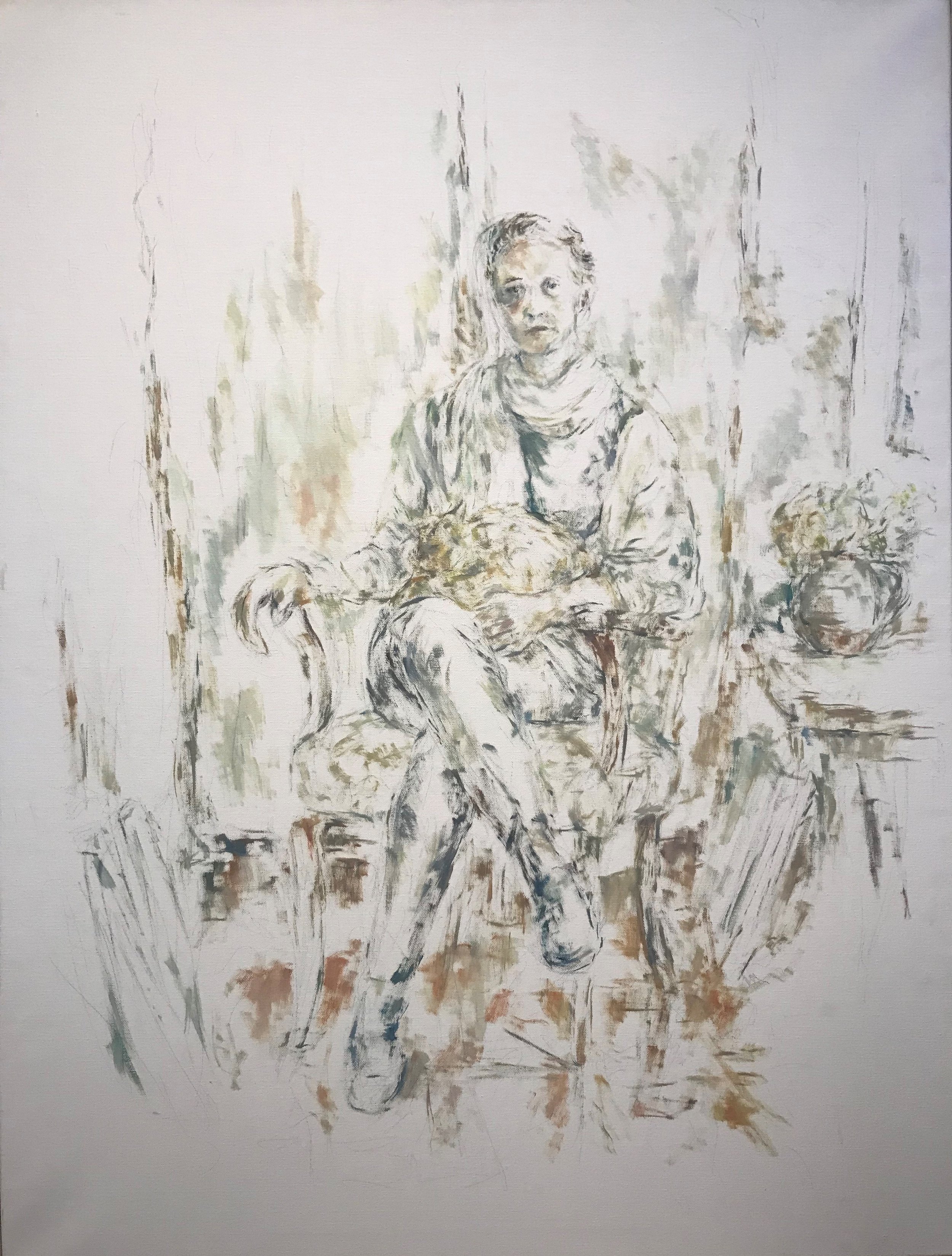
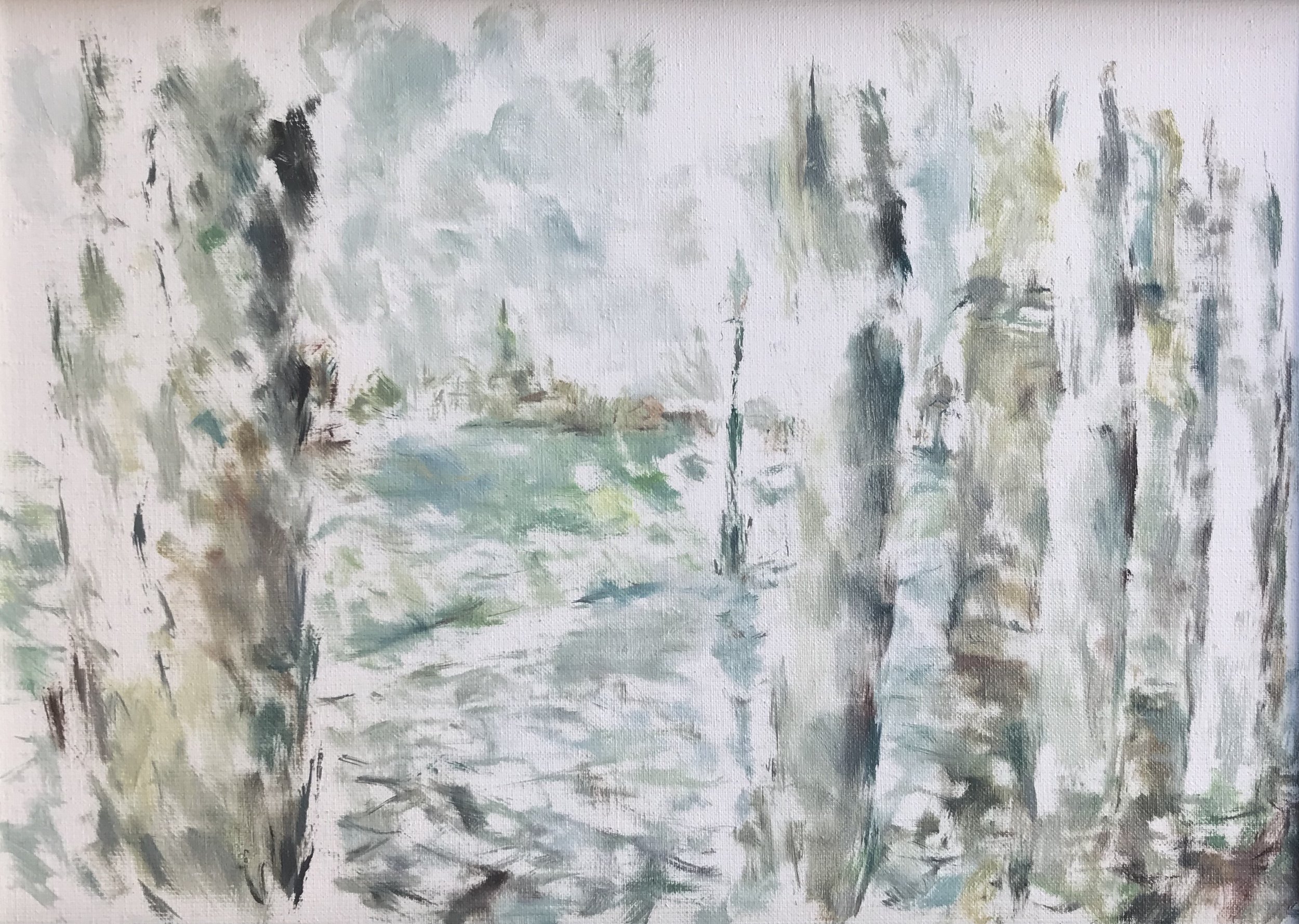
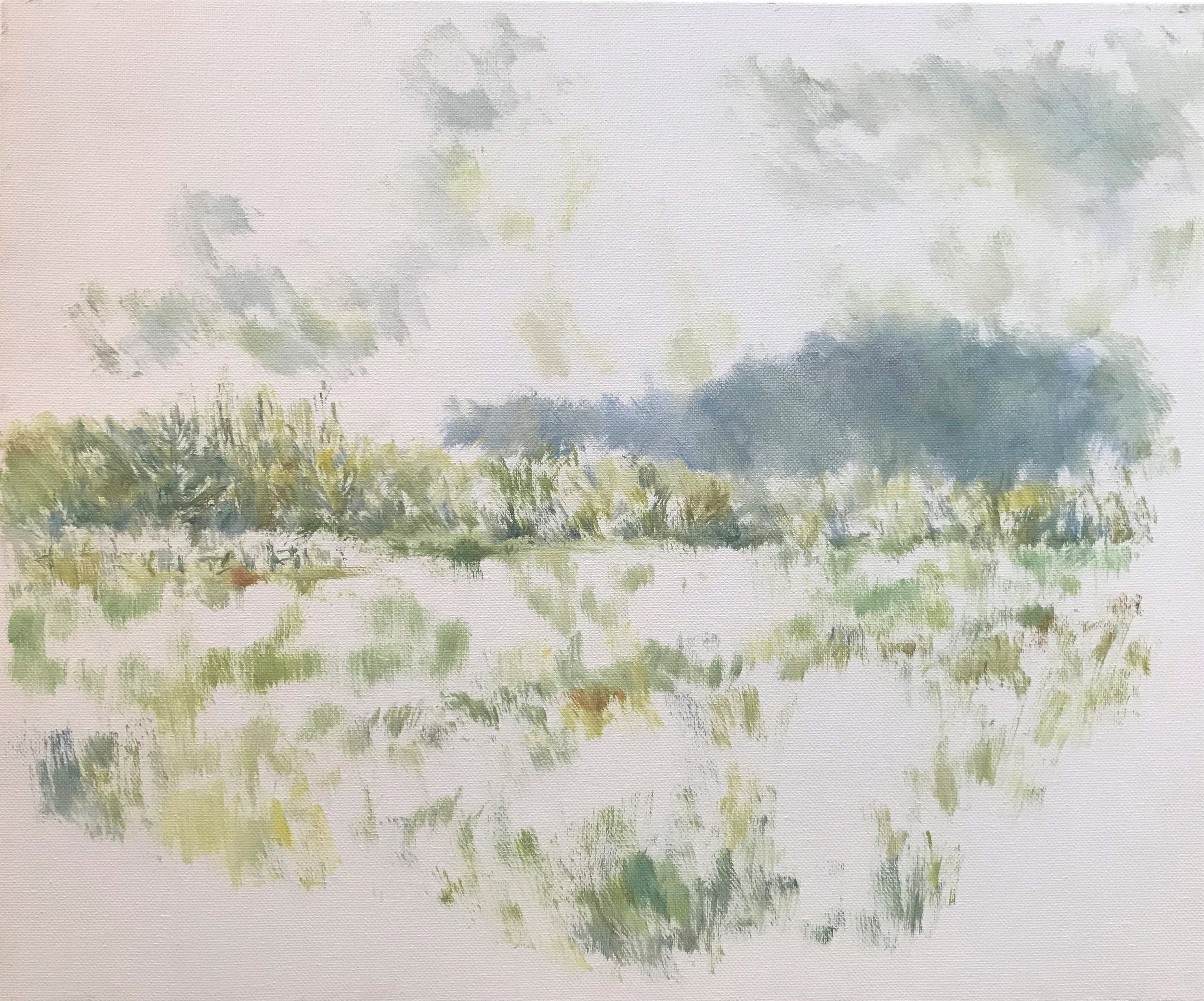


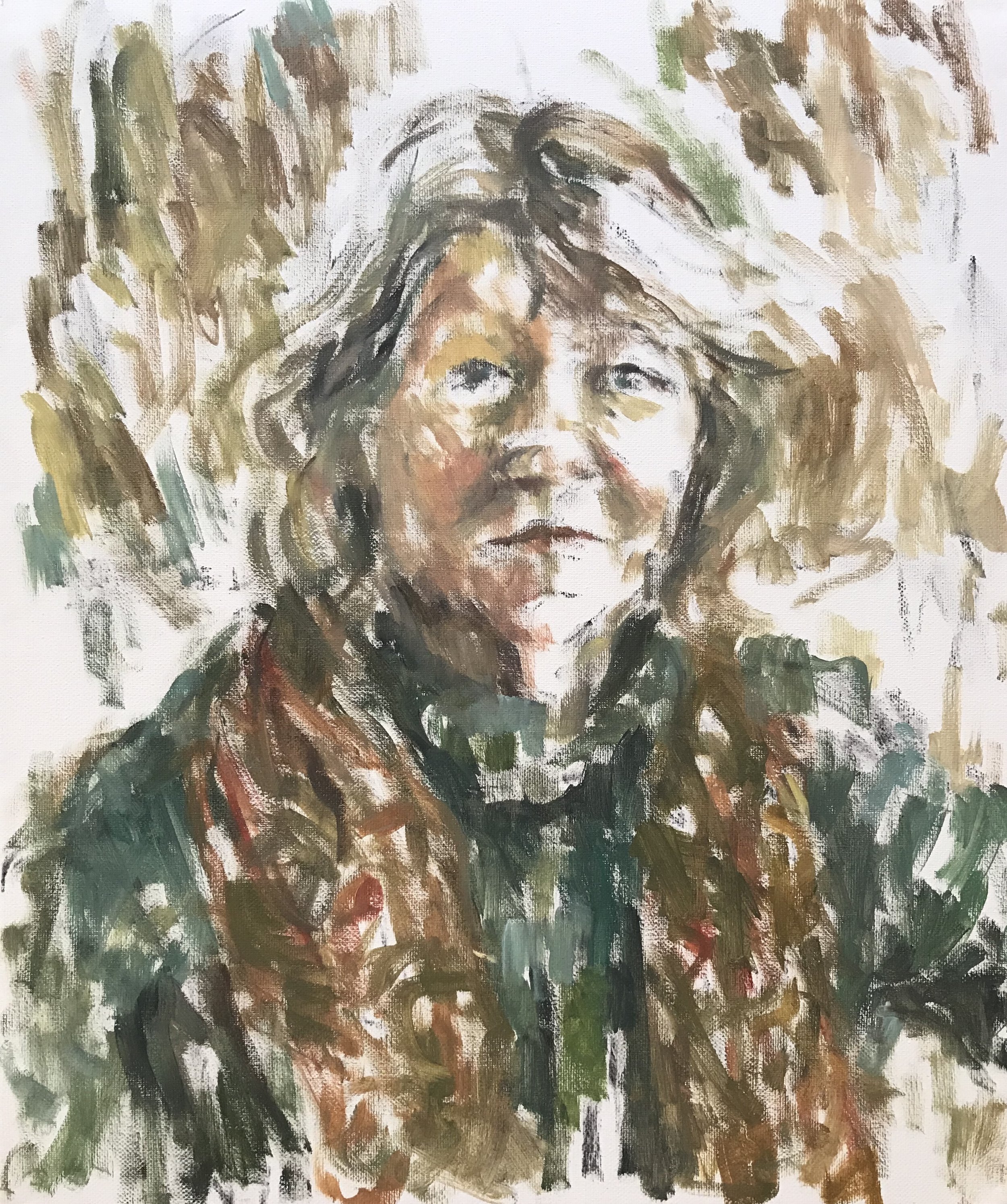
December 2023: Elizabeth Ivers
We are delighted to feature Elizabeth Ivers as our Featured Artist for December 2023. Read on to learn more about Elizabeth, her work, and her experience with the Leo Marchutz School, and to see a selection of her artwork. Click here to watch the recorded artist’s talk on Zoom with Elizabeth Ivers that took place on Thursday, December 21st at 12:00 PM Eastern Time. And be sure to and check out Elizabeth’s website, too!
About the Arist
Elizabeth Ivers grew up in west Texas, went to college in New Mexico and Wisconsin, and currently lives in Madison, WI. Her relationship with the Leo Marchutz School began in 1979 when she saw a poster about the school on Dean Haggard’s office door at St. John’s College in Santa Fe. She wanted to take a year off after her junior year to study art and the Leo Marchutz School looked interesting. She met Dean, as well as his then-wife, Gail, both of whom were close friends of Leo’s and supporters of the school. At the Haggard home, Elizabeth learned about Leo and the unique approach of the school, and saw Leo’s inspiring work for the first time. In the fall of 1979, she left for France and a year-long study at the school.
After attending the school, Elizabeth graduated from St. John’s and eventually received an M.S. from UW’s Nelson Institute for Environmental Studies. Over the years, while working in the natural resources field, she has continued to paint. Although she hasn’t returned to Aix since 1980, her occasional contact with former classmates and teachers has provided some support over the years. Elizabeth is a member of the Wisconsin Visual Artists and the Wisconsin Watercolor Society, and is currently represented by the Garver Gallery. She has participated in regional and national exhibits, and her work is held in private collections as well as the permanent collections of the UW-Hospital and the Racine Art Museum. In the coming year, she and her husband will be relocating to southwest Colorado.
Artist’s Statement
“Painting for me is a way of connecting to the natural world. When my brush manages to express—however imperfectly—what I see as well as the feelings and sensations I experience when looking at the world around me, it’s a source of great joy. That joy is something I began to experience at a deeper level when I was a student at the Leo Marchutz School, and it’s a joy, a sense of connection, that I’ve sought to experience through painting ever since.
“My year in France left a deep impression on me. The beauty of Aix, the camaraderie among a small group of dedicated students, and the study from nature—whether in the studio or out in the Provencal landscape—instilled in me a sense of the seriousness of the artistic endeavor. But it was the ideas at the core of the program that inspired me the most: the idea that selection is important to creating a unified whole; that the relationships of color and values create light and form in a work; and that these qualities are the mark of great works of art across the centuries. These core ideas gave me a strong foundation to guide my own work as well as an understanding of the visual arts in general. Although we discussed these ideas in weekly seminars, and our discussions were enhanced by wonderful writings on art, words were never a substitute for seeing. After months of looking at great works of art, of comparing and contrasting, Leo’s ideas about light and volume were something I came to see, first and foremost.
“Since leaving the school I have tried to further my understanding of Leo’s ideas while following my own artistic path. As a landscape painter, I seek to capture the atmosphere and space and expressive energy I see in the landscape and my emotional response to what I observe. I am moved by certain qualities of light and color, the shifting moods and fleeting patterns of weather, and the architecture of the sky. Direct observation and painting on location are vital to my work, but I also work from memory and imagination. The filter of imagination sometimes allows me to come closer to the essence I want to render.
“For the last 15 years, I have worked primarily in watercolor. The places I find inspiring are the landscapes where I can observe long horizons and the height of the sky--the lakes and fields near Madison and places in the western U.S., such as Teton National Park, the Great Basin, Death Valley, the Great Salt Lake, and northern New Mexico. I grew up in west Texas and its treeless, wide plain has had a lasting effect on my life as a painter and my thoughts about painting.
“For me, a sense of distance is a central feature of painting just as time is an important aspect of music. Some would suggest that the only path for modern painting is towards a flattening of space, where distance and perspective have collapsed. I disagree. I believe there are many threads from the past that a painter today can learn from and carry forward. Cezanne and Matisse suggest one path; Bruegel, Turner, and Kokoschka suggest another.
“My own efforts in the latter landscape tradition are very modest. But I share John Marin’s feeling that
The artist must perforce go from time to time to the elemental big forms—Sky, Sea, Mountain, Plain,—and these things pertaining thereto, to sort of re-true himself up, to recharge the battery. For these big forms have everything. But to express these, you have to love these, to be part of these in sympathy. One doesn’t get very far without this love…
“Over the years, I have carried Leo’s ideas with me as I have tried to find ways to render the landscapes that I love.”
- Elizabeth Ivers, December 2023
Selected Works
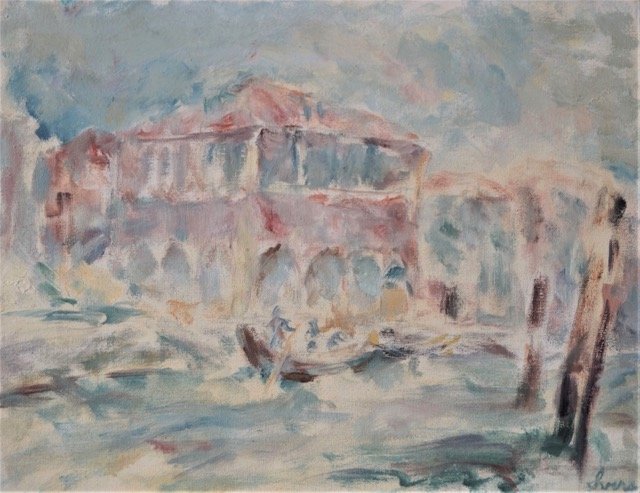
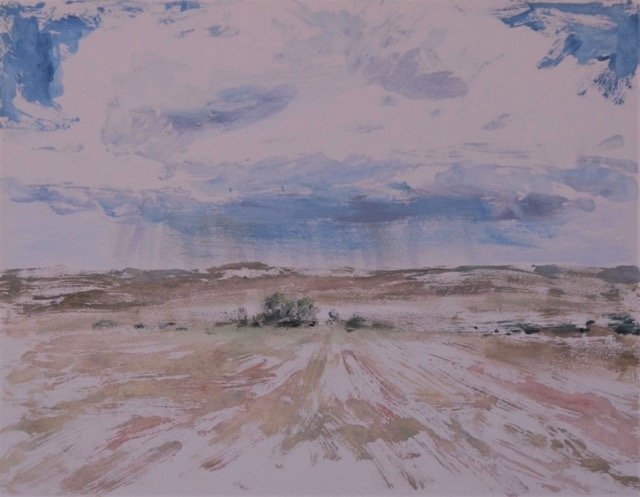

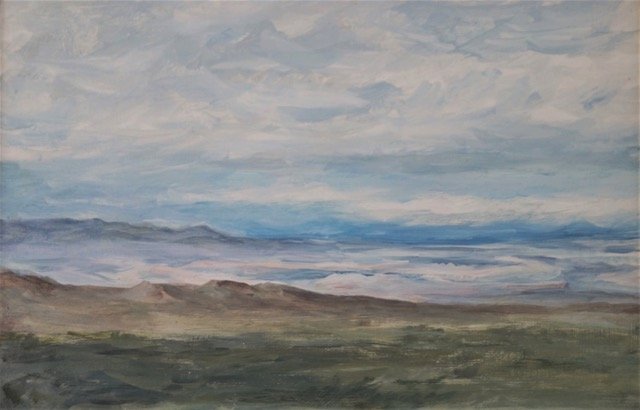
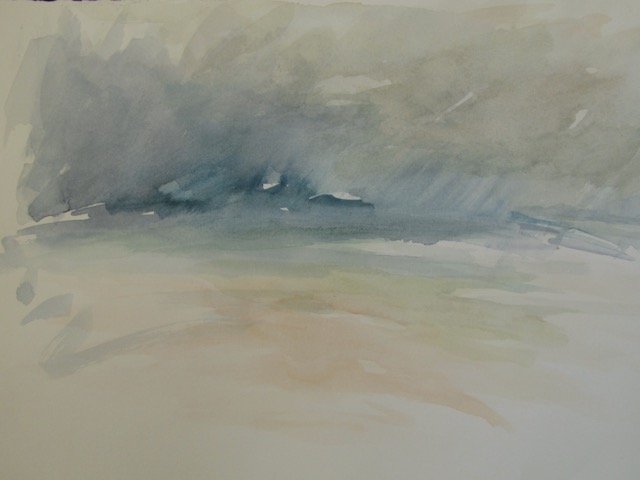

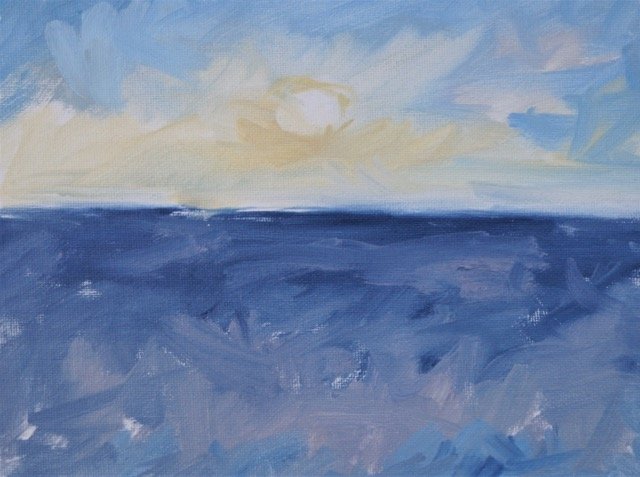
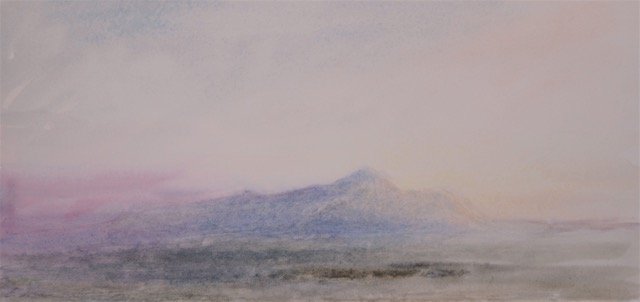
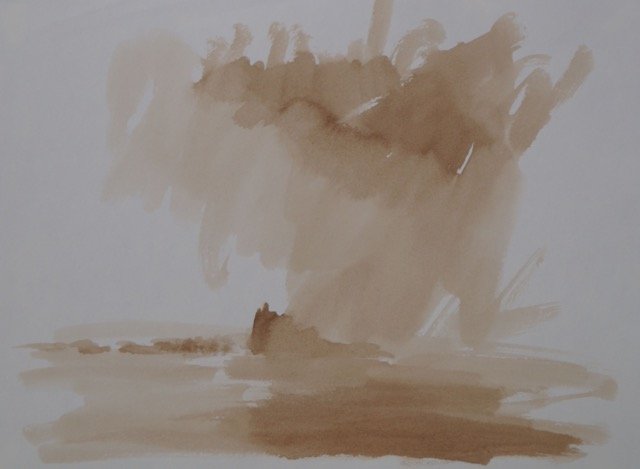
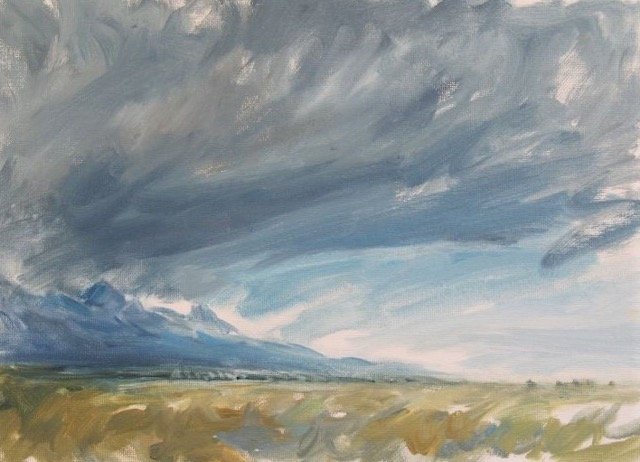
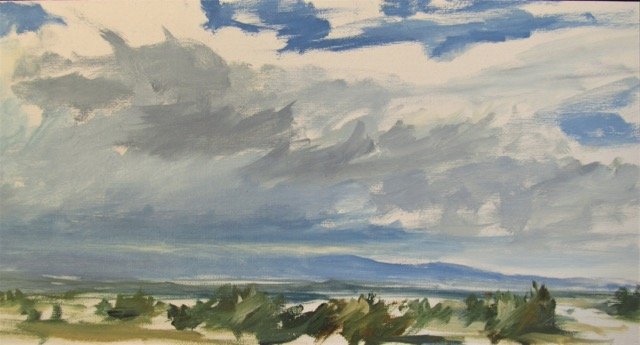
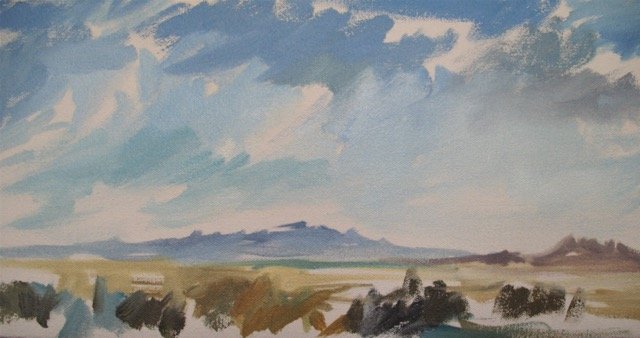

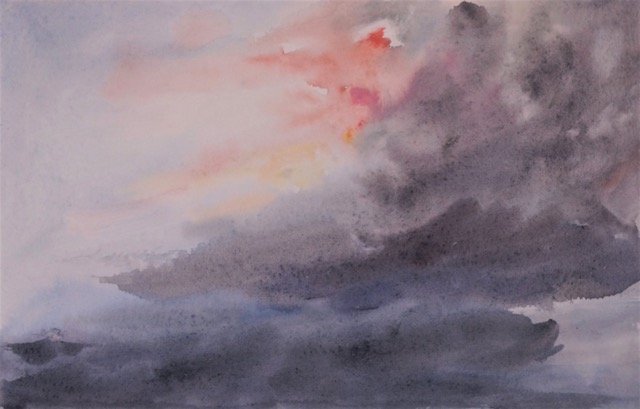
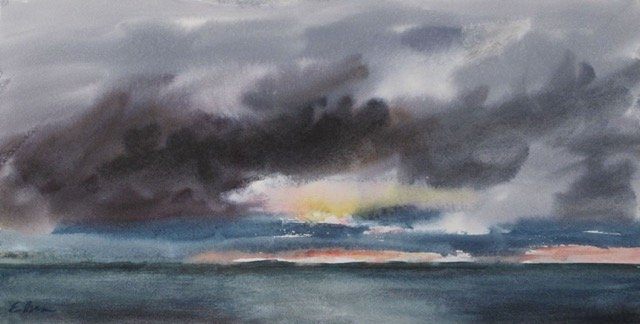
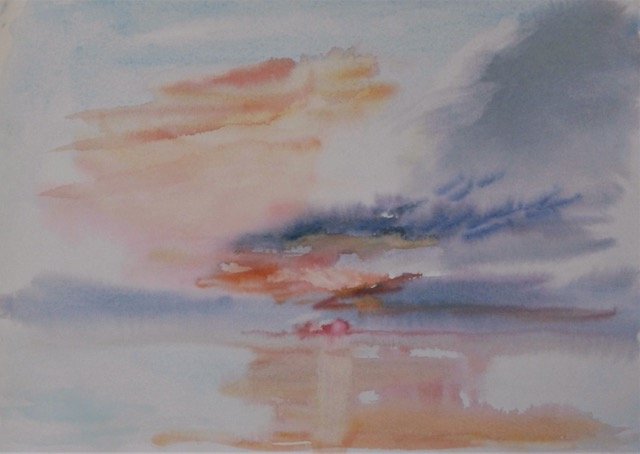

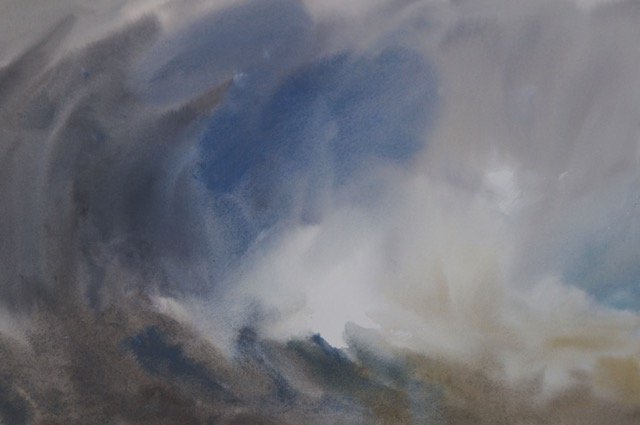
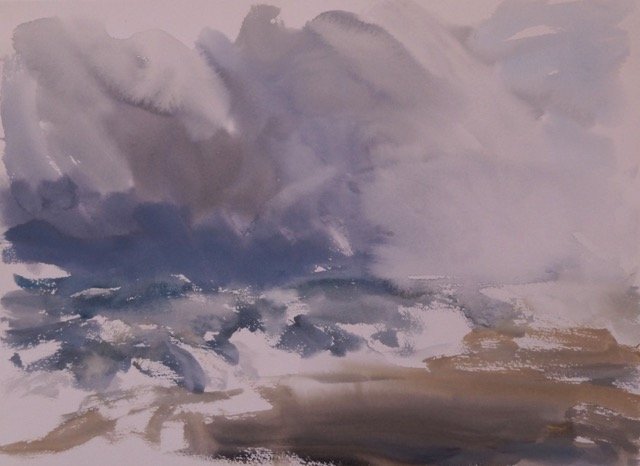
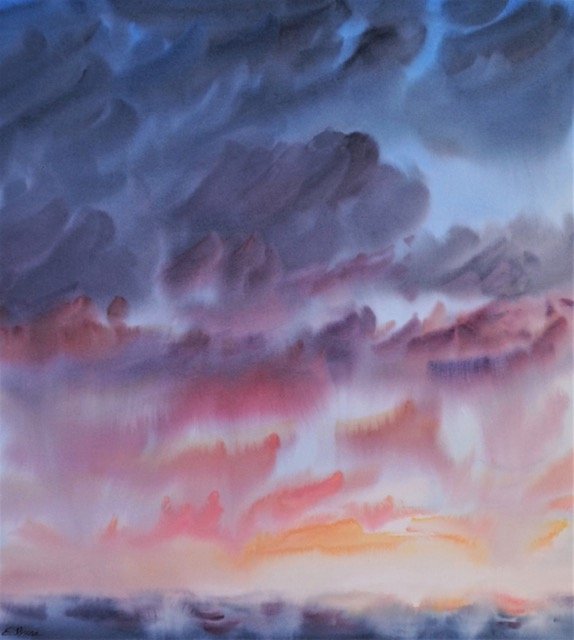
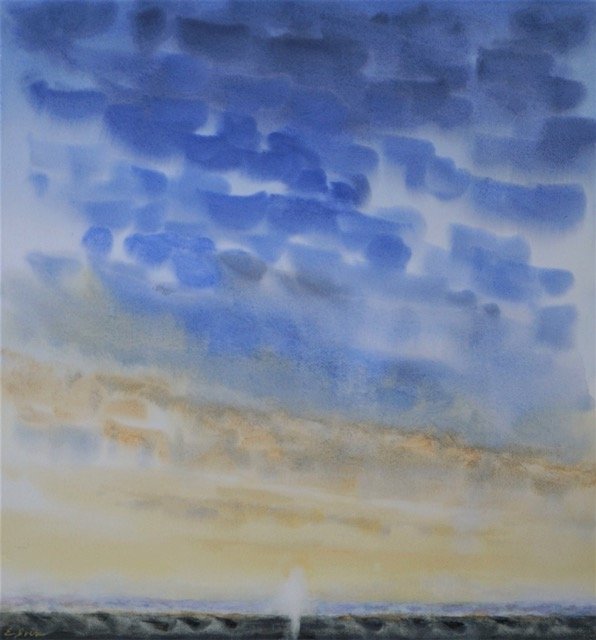
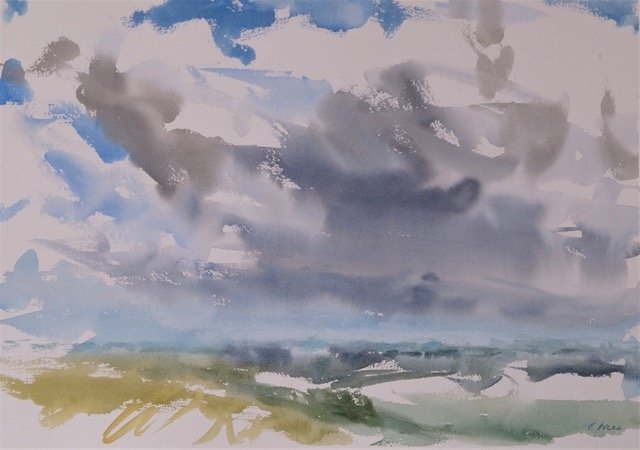
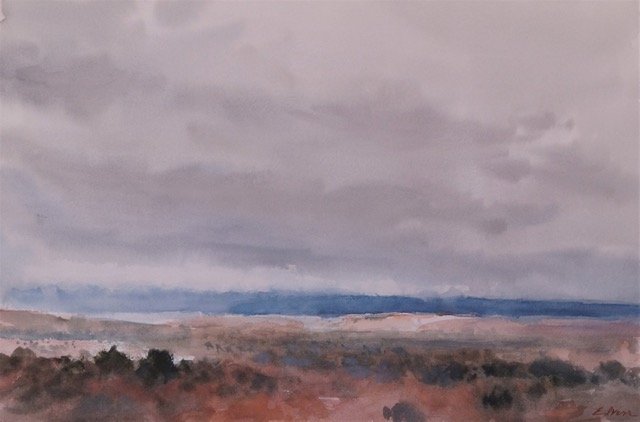


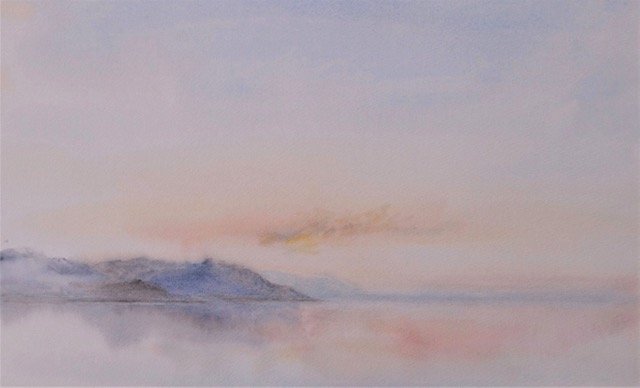
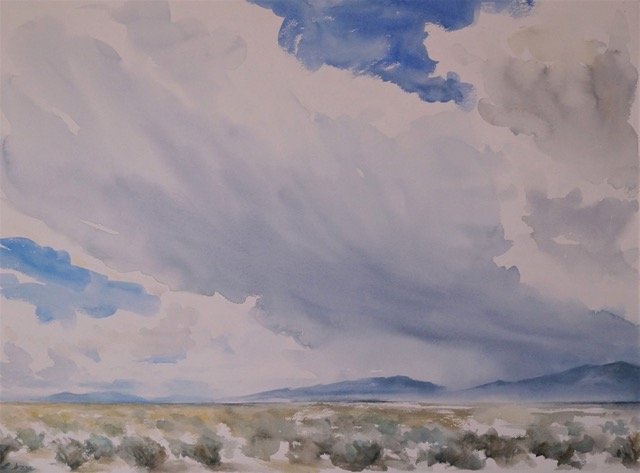
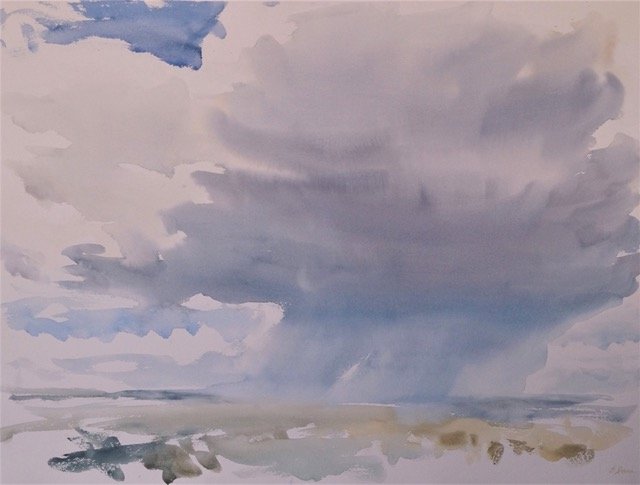


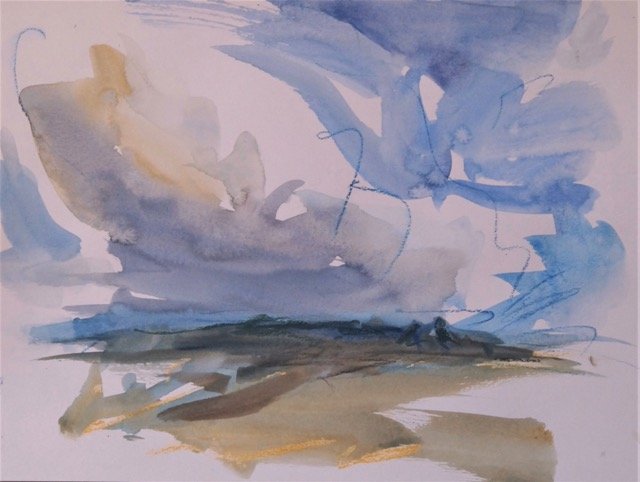
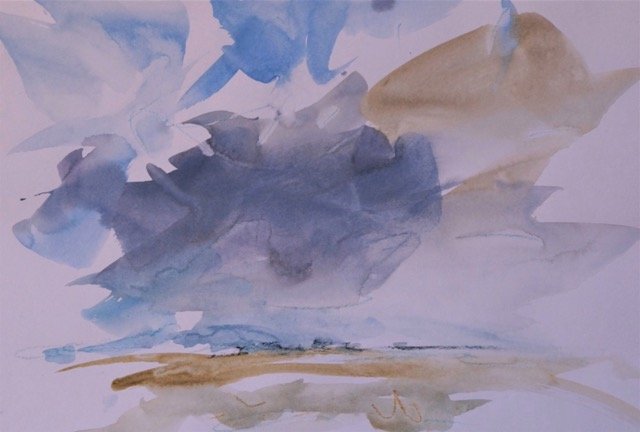
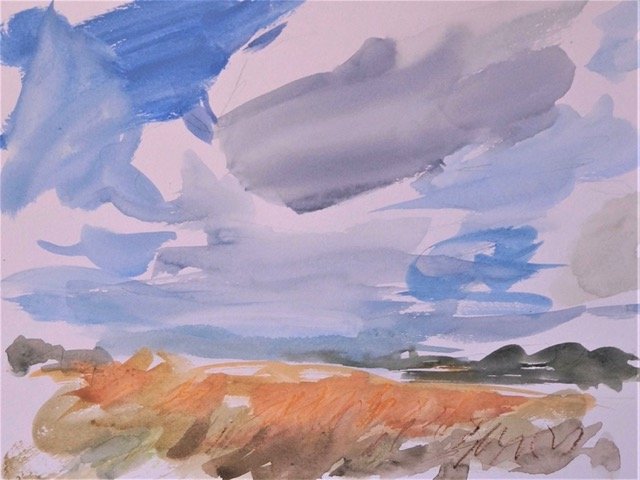

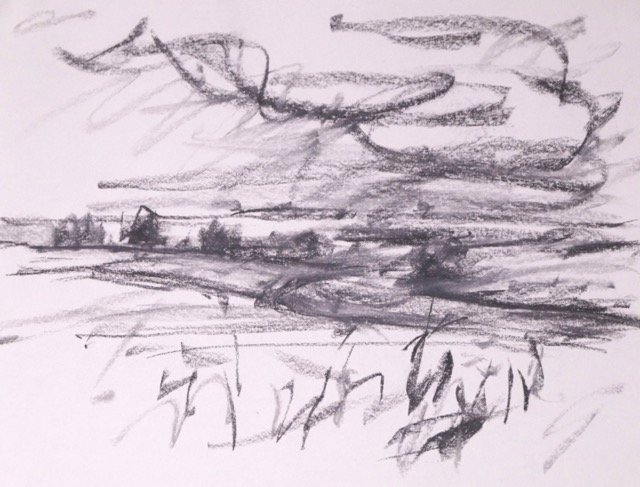
Artist’s Talk on Zoom
Click here to watch the recorded artist’s talk on Zoom with Elizabeth Ivers that took place on Thursday, December 21st at 12:00 PM Eastern Time.
Learn More and Follow
November 2023: Cole Carothers
We are thrilled to feature Cole Carothers as our Featured Artist for November 2023. Cole first came to Aix-en-Provence in 1969, where he took art classes from Leo Marchutz and Billy Weyman in the back room of the Papeterie Michel. After finishing college and working a bit in the United States, he returned to Aix for the second summer session of the new Leo Marchutz School of Painting & Drawing in 1973. Read on to learn more about Cole, his work, and his experience with the Leo Marchutz School, and to see a selection of his artwork. Watch the recording of Cole’s Artist’s Talk on Zoom that took place on Thursday, November 30th 1:00 PM Eastern Time. And be sure to follow Cole on Instagram and check out his website, too!
Background
“I met Leo Marchutz in 1969 during my junior year at the Institute for American Universities (IAU). Leo and Billy Weyman were the instructors for painting and drawing. Twice a week, I’d go to the Papeterie Michel, pass through the store to an enclosed courtyard and cross to a vestibule with large glass windows. The studio had been a stable, but with its gothic vaults half buried by the room’s dirt floor, it may have been a sacristy or chapel in its origin. Coming from the Midwest and Colorado College, I felt I had entered an exotic world ‘Beyond the Looking Glass.’
“Most days, Leo would sit quietly on a studio stool observing us working. He’d frequently take a metal box from his pocket that held loose tobacco and rolling papers. Calmly he sifted the tobacco between his fingers onto a paper that was cupped between rollers of the tin. With a simple snap of the lid, out popped a perfectly rolled cigarette which he then licked shut and threaded into his cigarette holder.
“Our first painting assignment was to select a reproduction from the art bins in the papeterie and paint a copy. Each Tuesday on the chalkboard, Billy quoted someone about Art, artist’s struggles, nature, and the imagination, etc. These passages were from Dante, Delacroix, Baudelaire, T.S.Eliot, Flannery O’Connor, and others. We kept a journal with our interpretations of them.
“When it came to guidance and critique of our work, Billy usually deferred to Leo for clarification about painting and aesthetic issues. Leo was a sage figure. I remember a lasting remark from Leo,“I can’t tell you how to paint, but I can tell you how not to paint.” The hush in those months at the atelier marked an emphatic contrast with the din of exuberance, experimentation, uncertainty, and protest in the world outside the studio.
“I knew zip about artists and painting. Art history was in textbooks and I had never taken a painting class. Leo and Billy, as working artists, opened my mind to painting as a way of life, a possibility beyond an academic exercise. Leo emphasized that unity in painting was a matter of visual acuity and sensibility. By studying the visual relationships in masterworks one could apply the same rigor to painting from life. Billy’s approach added philosophic perspective and some humility to the task of painting. I was young, impetuous, and naive, but they tempered my youthful bravado for the long haul.
“After college, I worked for a year in the U.S. and then returned to Aix for more painting. The Leo Marchutz School began its first summer session in 1972. I didn’t enroll. In their second summer session, they invited me to participate. It was a difficult group of students that summer, with hangovers from the tumutuous 60s. I survived and so too, the Leo Marchutz School of Painting and Drawing.”
About My Painting
“As David Hockney pointed out, the Chinese say painting draws on three things: the eye, the heart, and the hand. With the Marchutz experience, matters of my eye and heart were well prepared. It was the hand that needed practice.
“Painting, for me, is an adventure where past and present are the routes and road signs into an unknown. I have ideas about what I’d like to do and how I think I may work towards them, but my process is never a recipe or formula and the outcome is always negotiable. I thrive on adversity, risk, and discovery while striving for a unified form that Leo and Billy so often described.
“Solitude is unavoidable. Presence fills the void. Whether from observation or imagination, I paint spontaneously in color with layers (sessions) of revision searching for unity. My efforts are slow going. I’m interested in the materiality of painting for its versatility, manipulation, and tactile immediacy. If qualities of light and color harmonize with shape to elicit a mass/volume sensation and the paint exerts urgency, it feels right.
“For me, presence unlocks visual relationships that coalesce as form. When awareness and instinct meld a tactile process with visual harmony, I feel I have been given the gift of a link in the chain that bonds artists together. This is the promised land for painters.”
Cole Carothers, November 2023
Selected Works
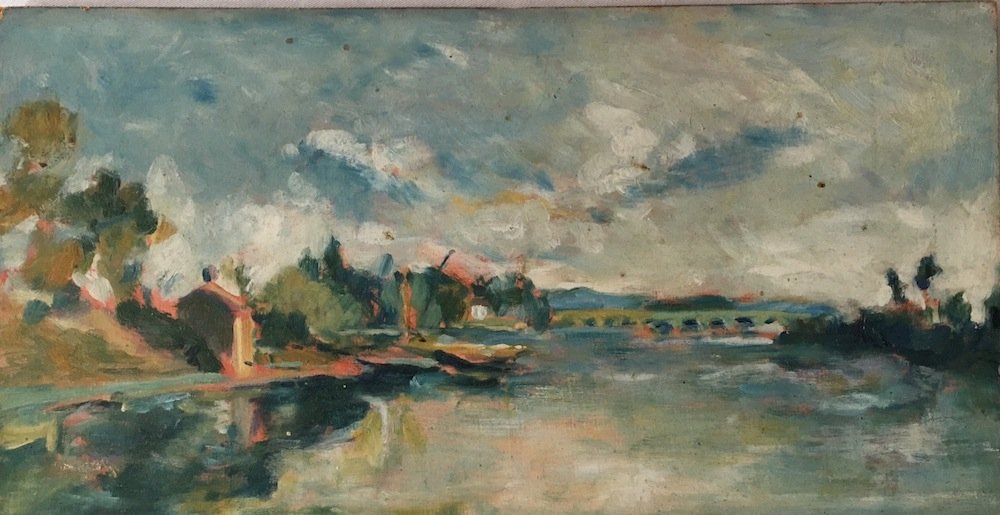
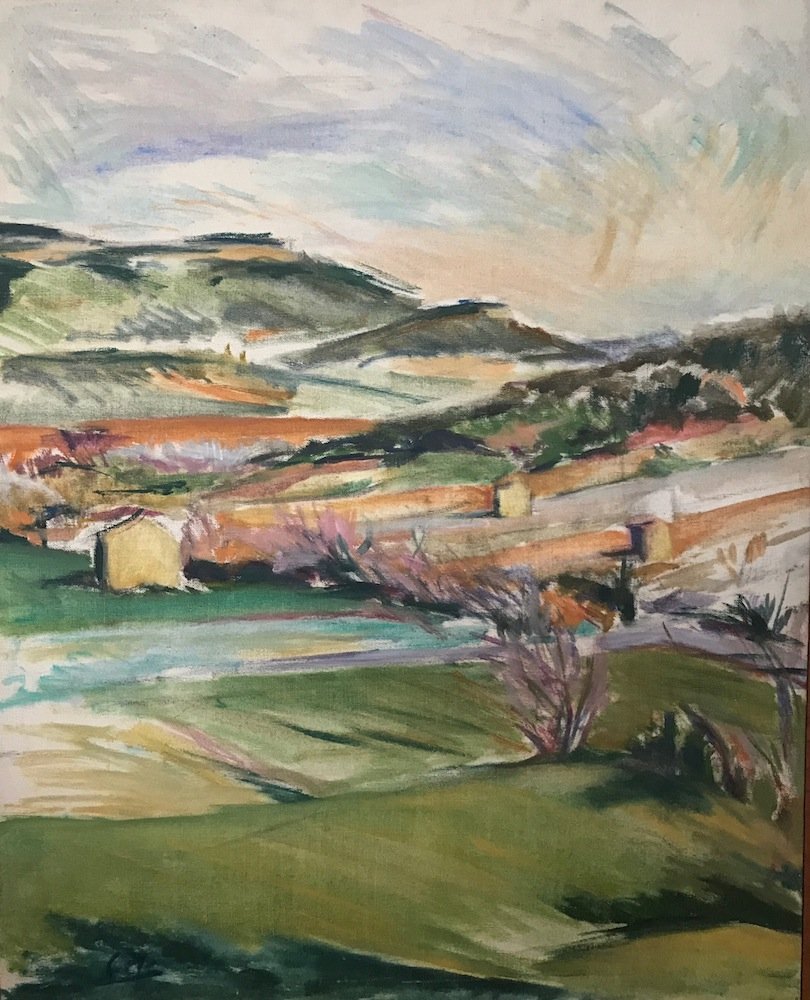
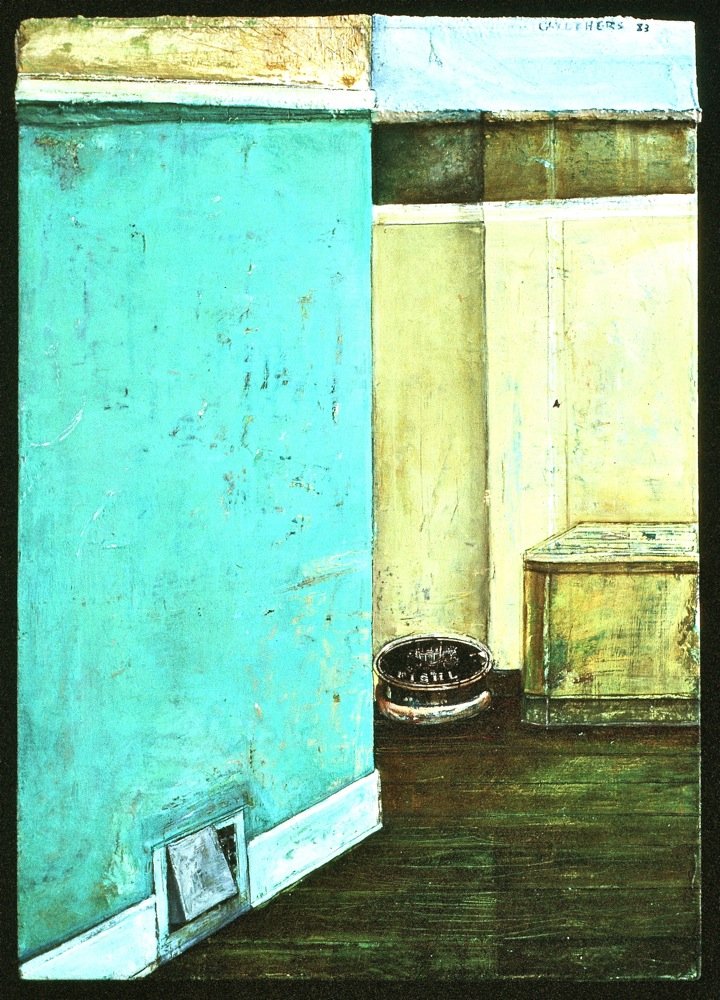
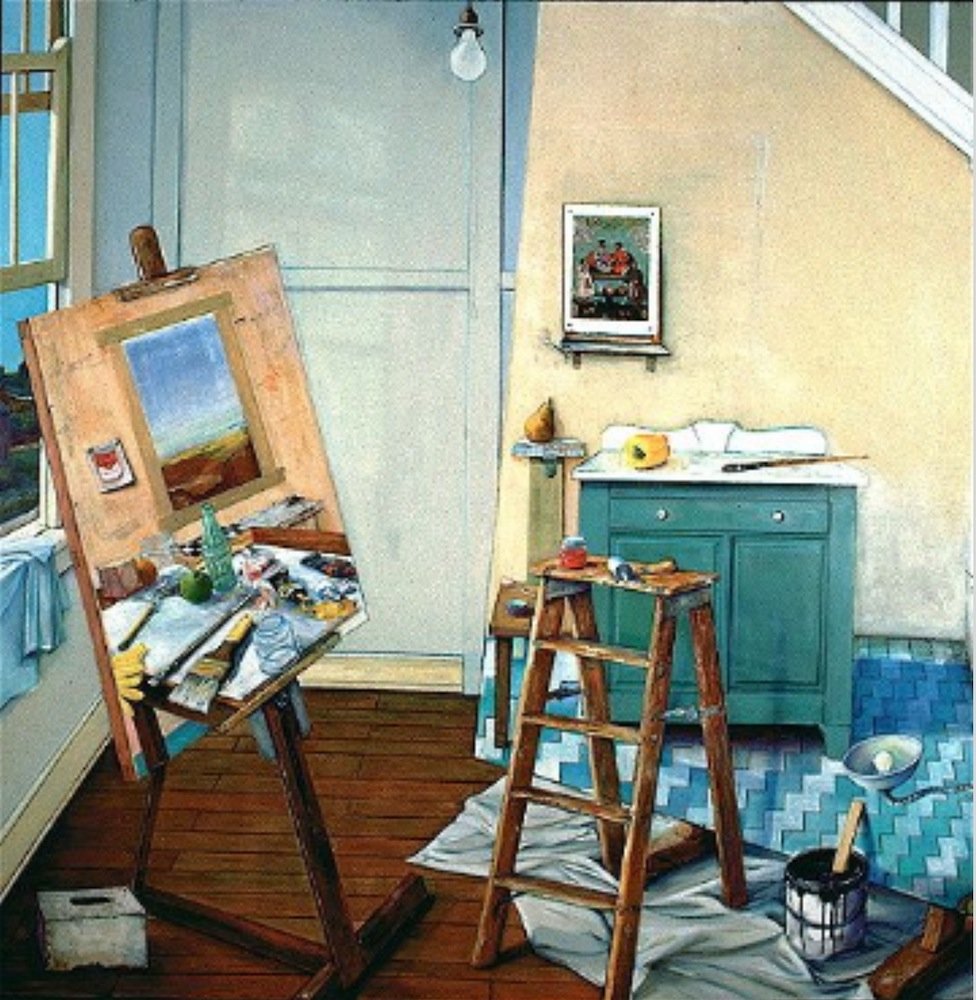
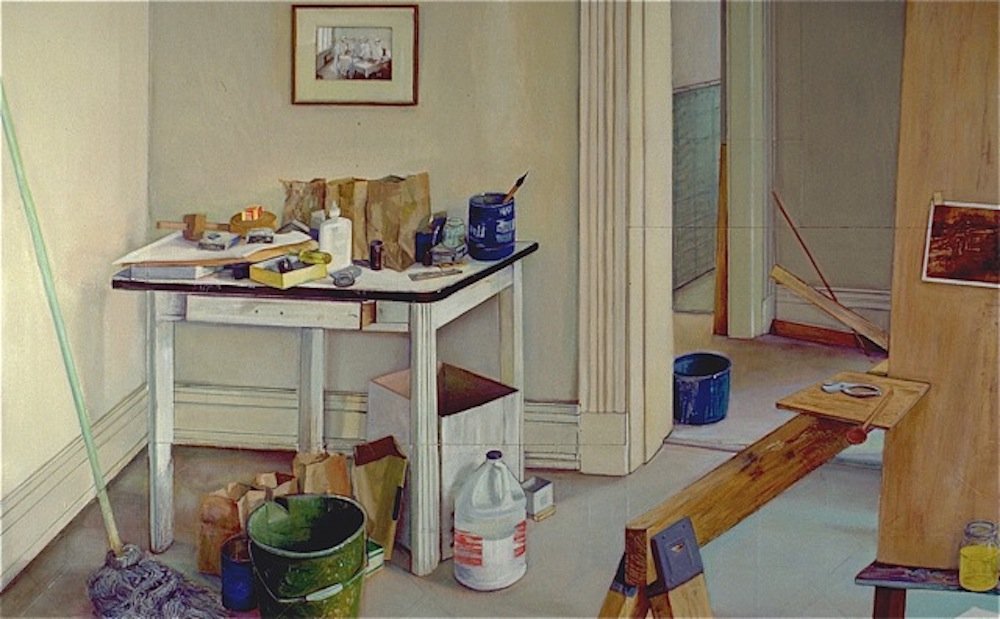
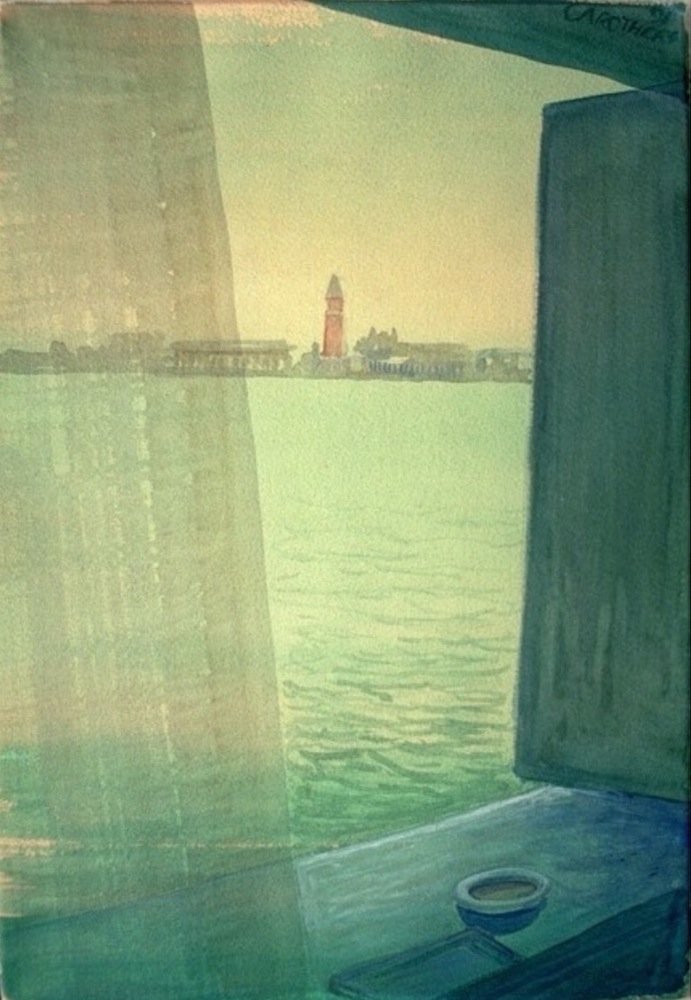

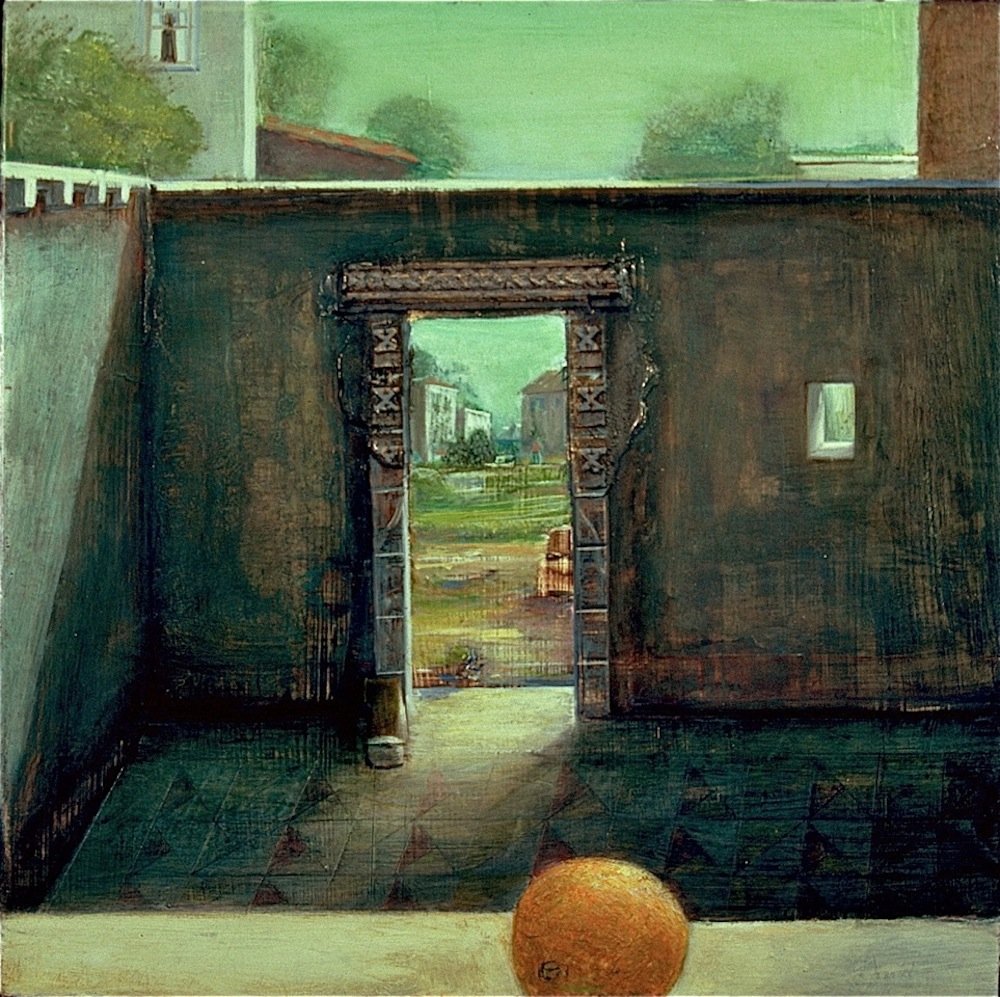

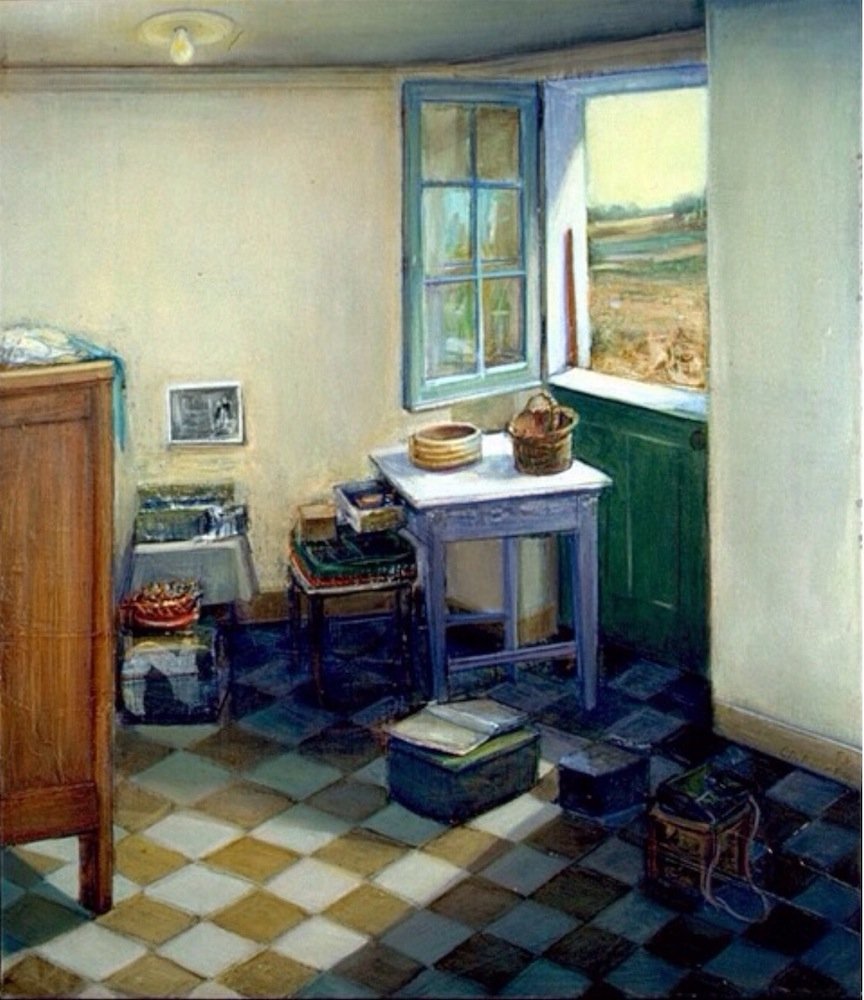
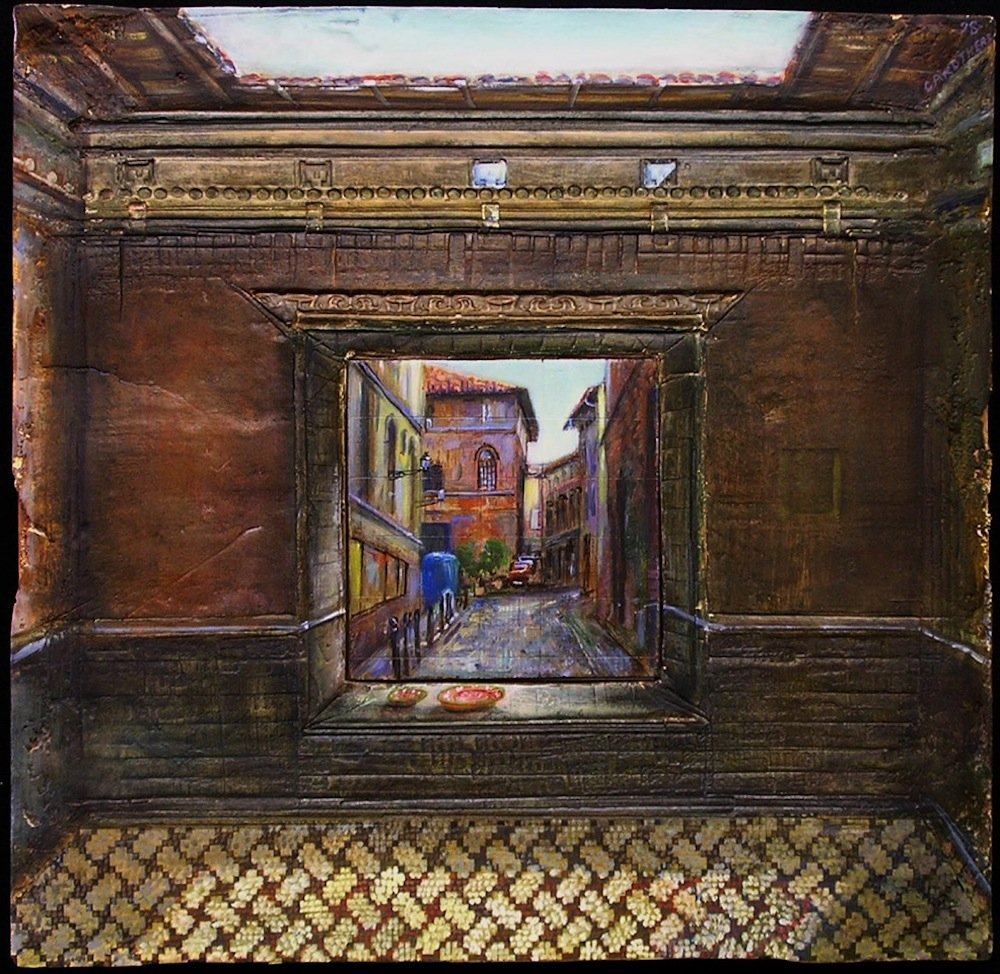
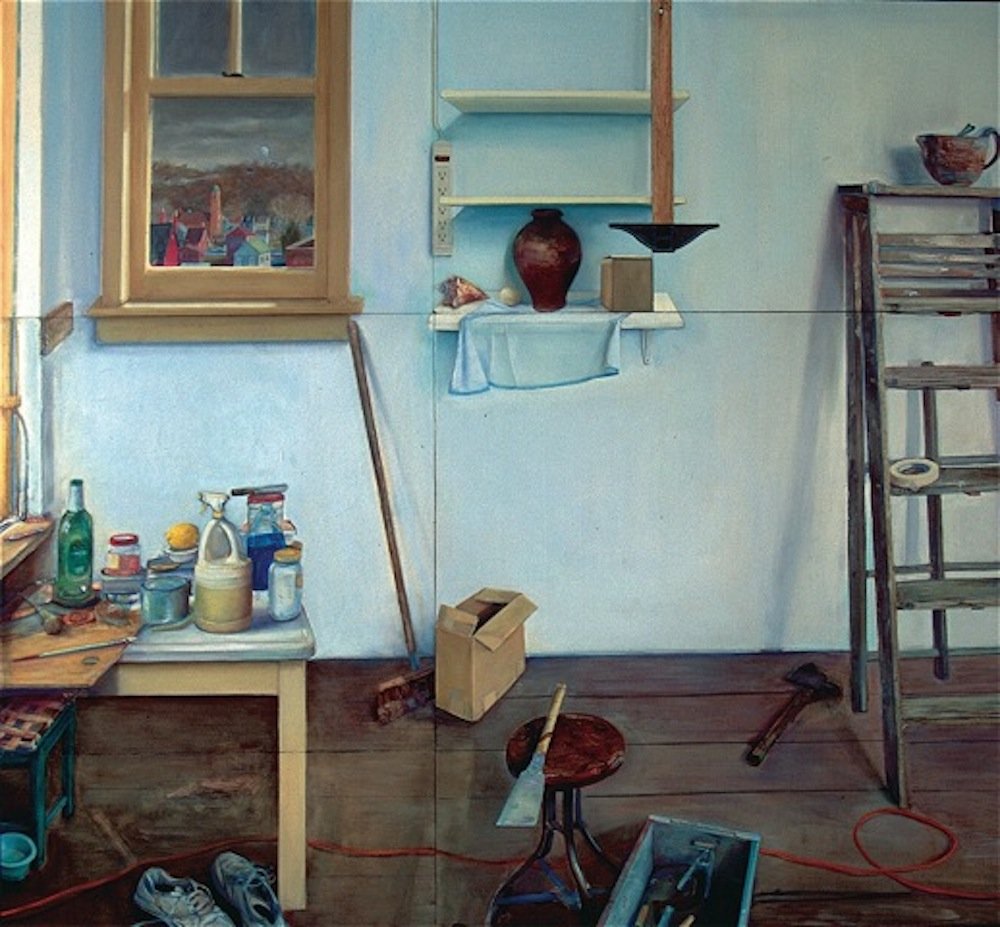
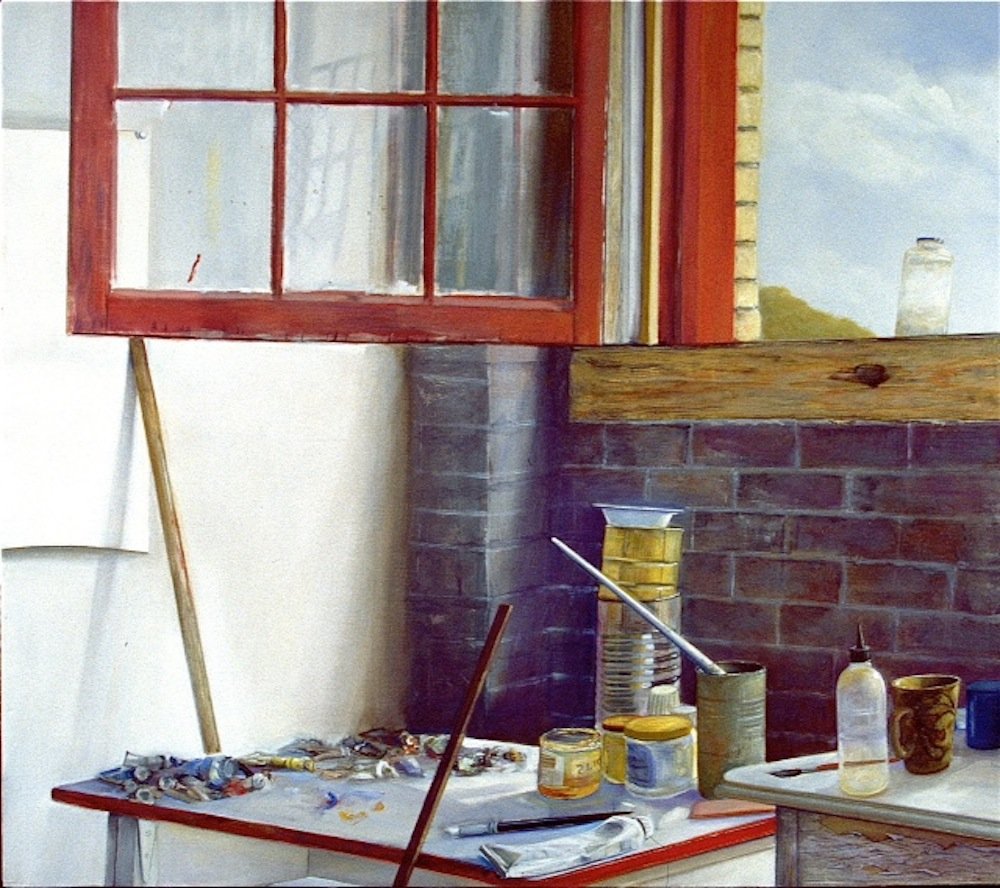
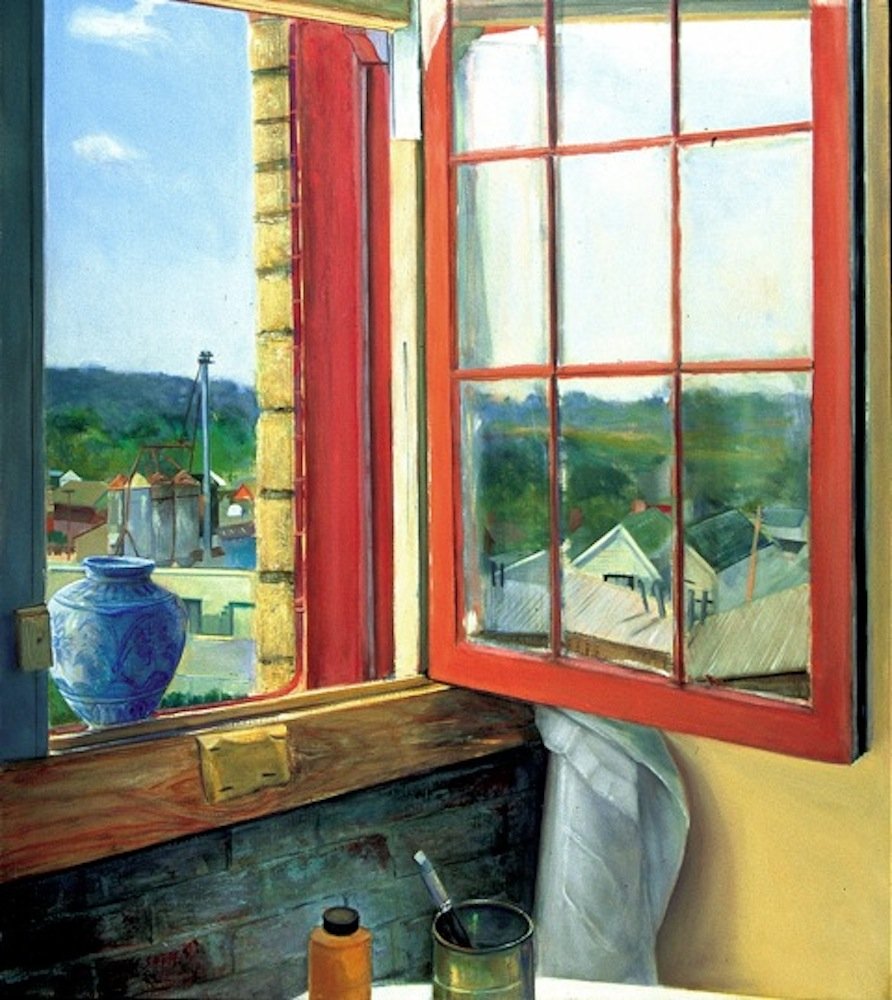
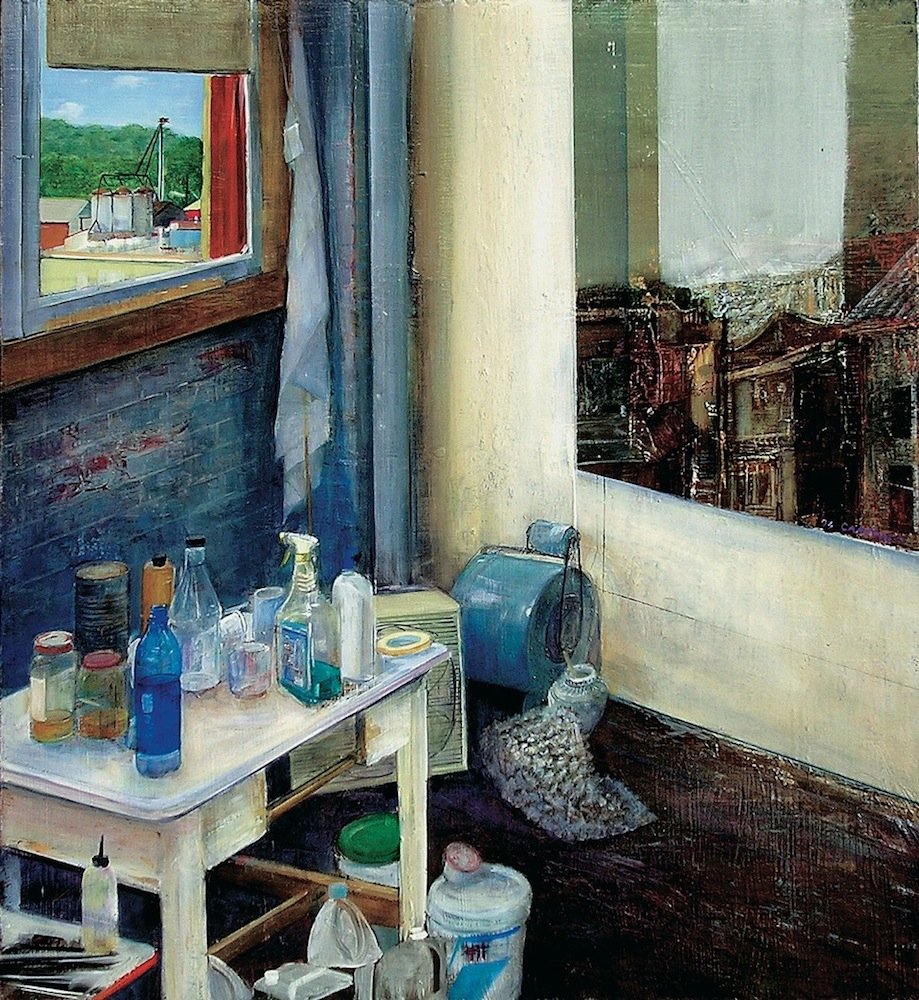
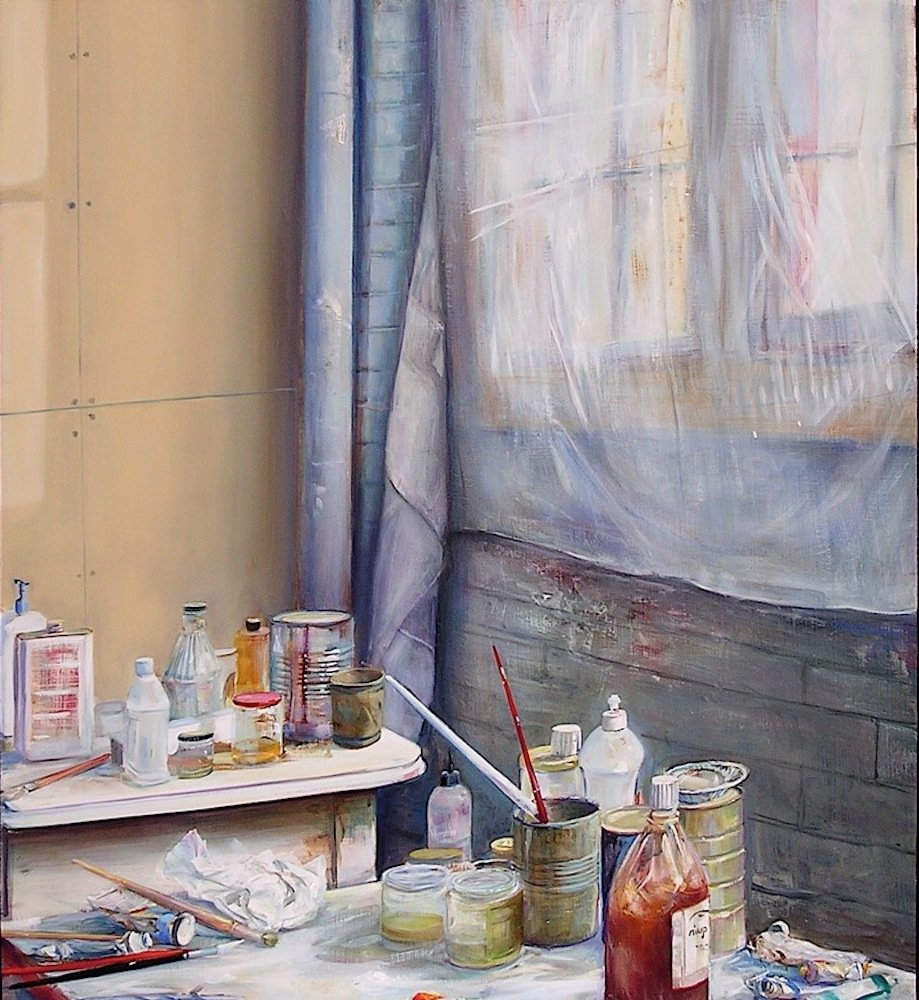
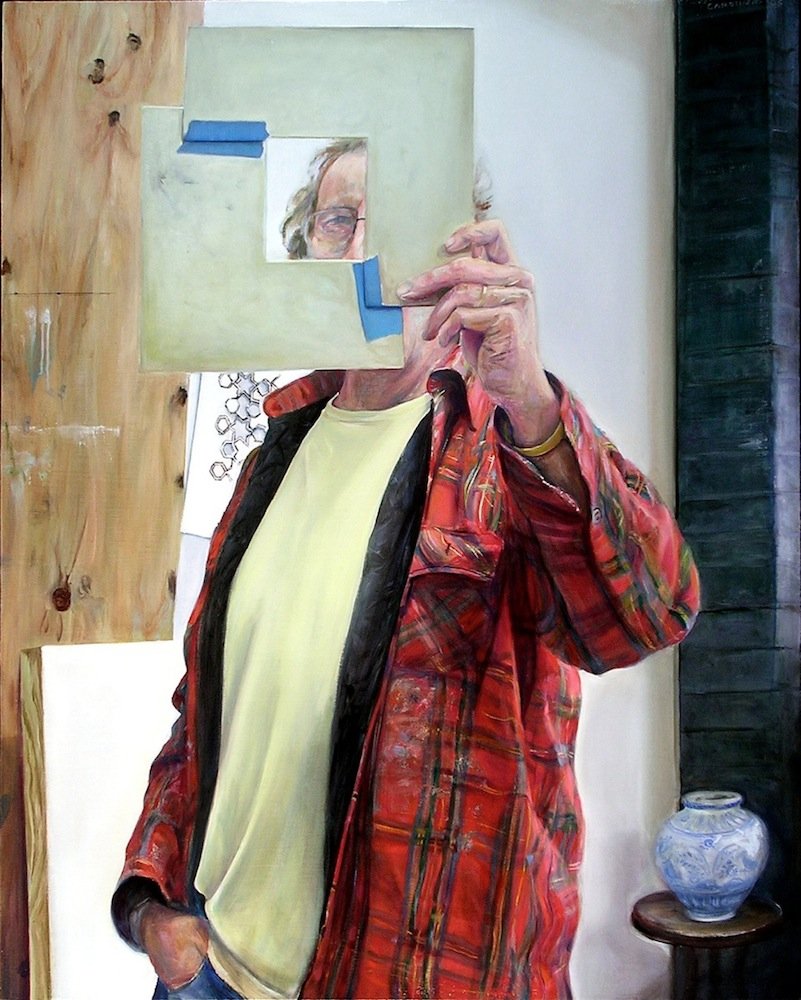
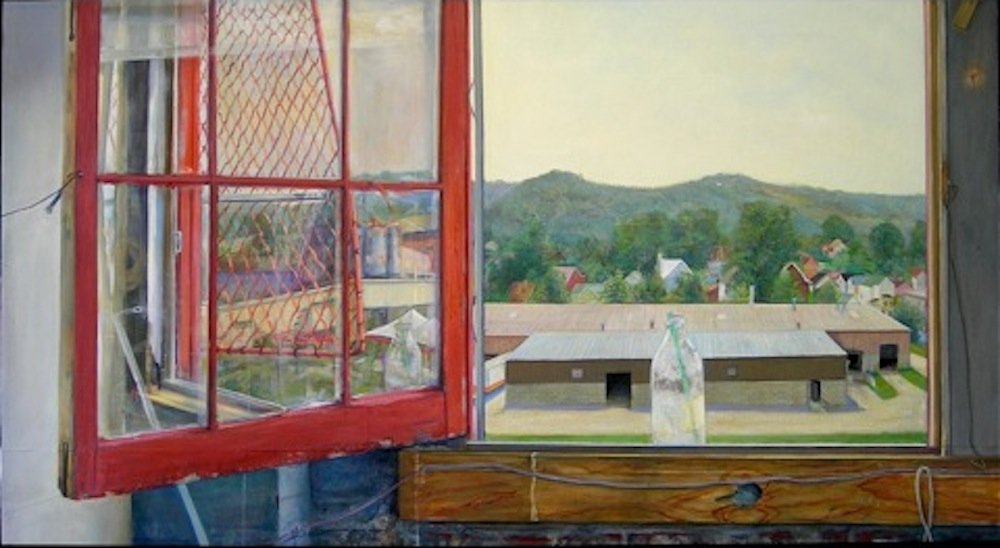
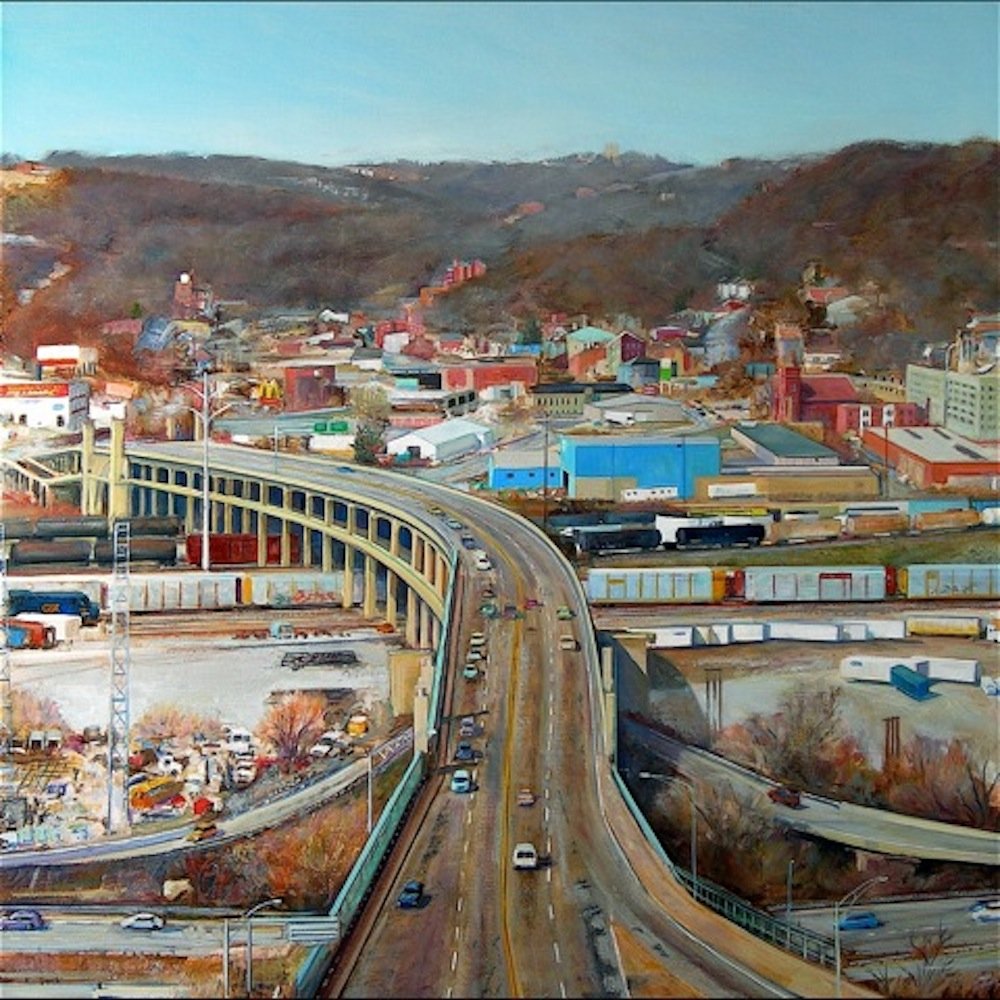

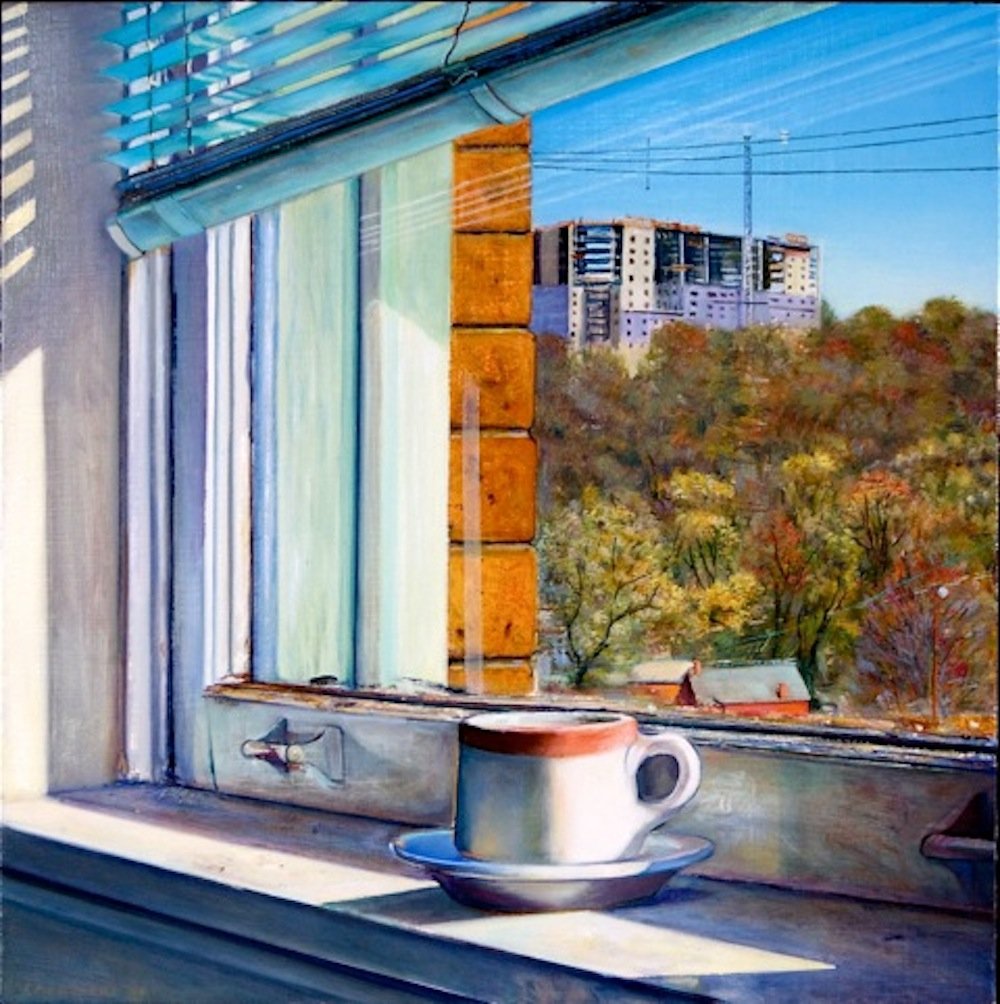
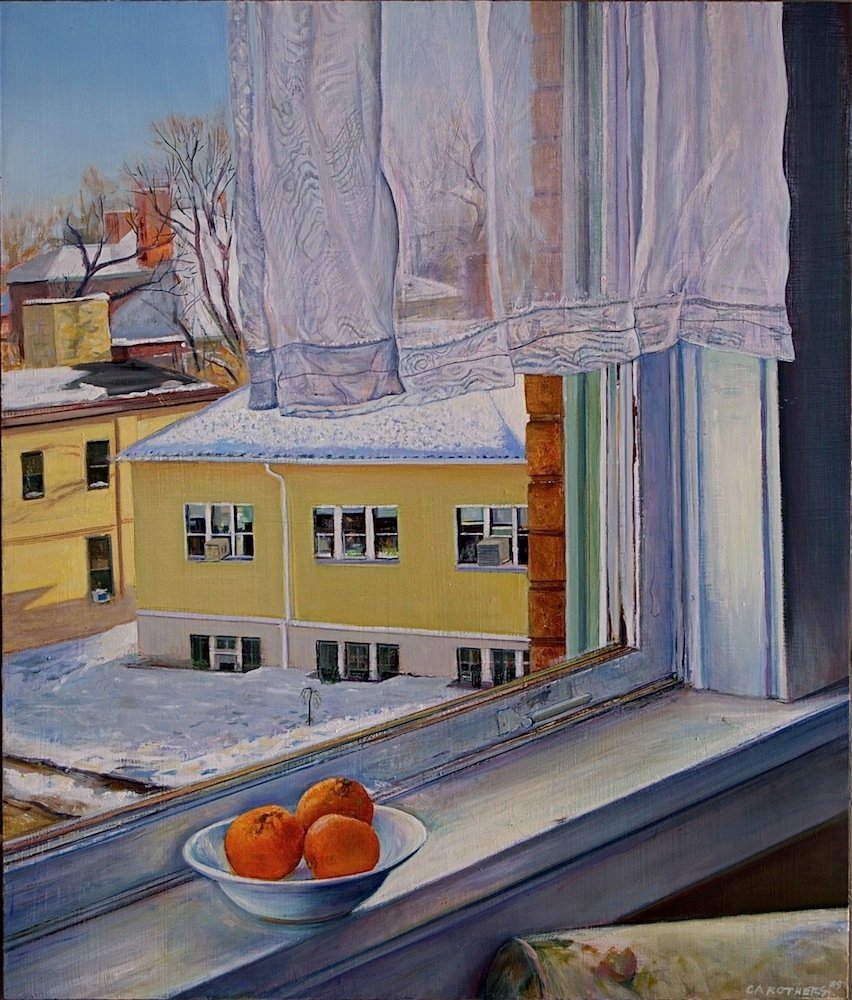
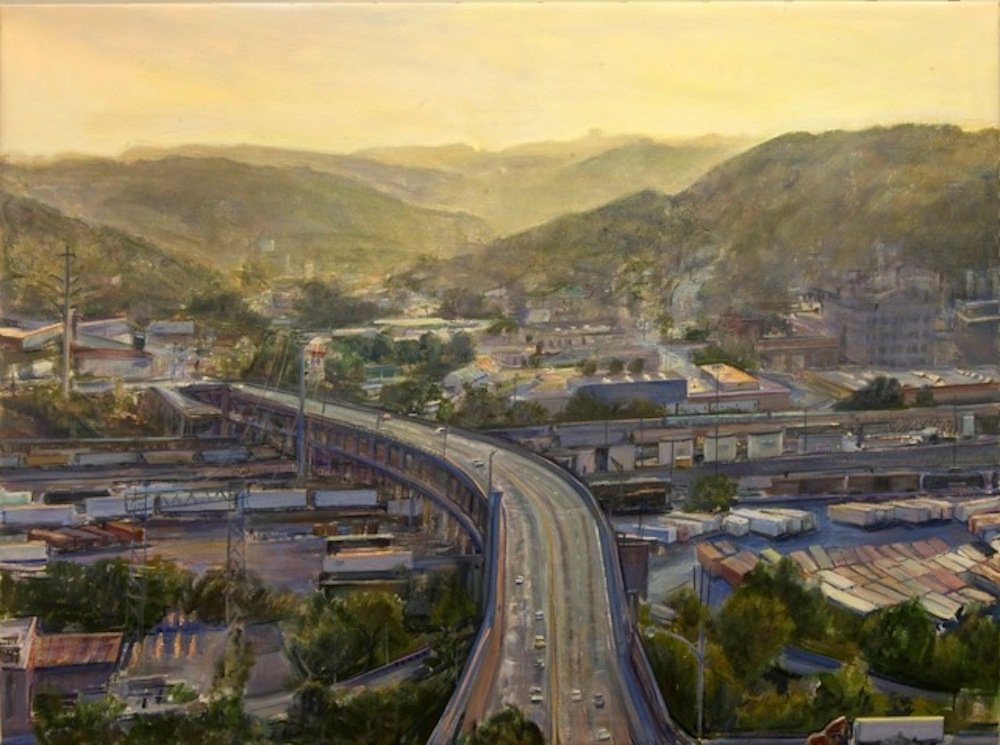
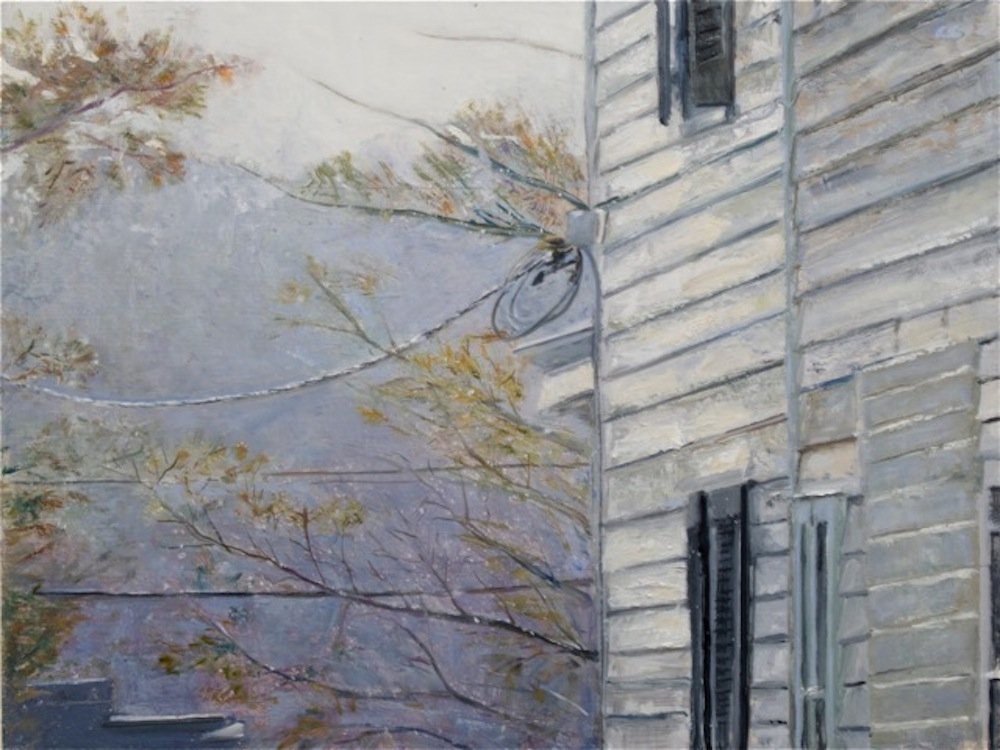
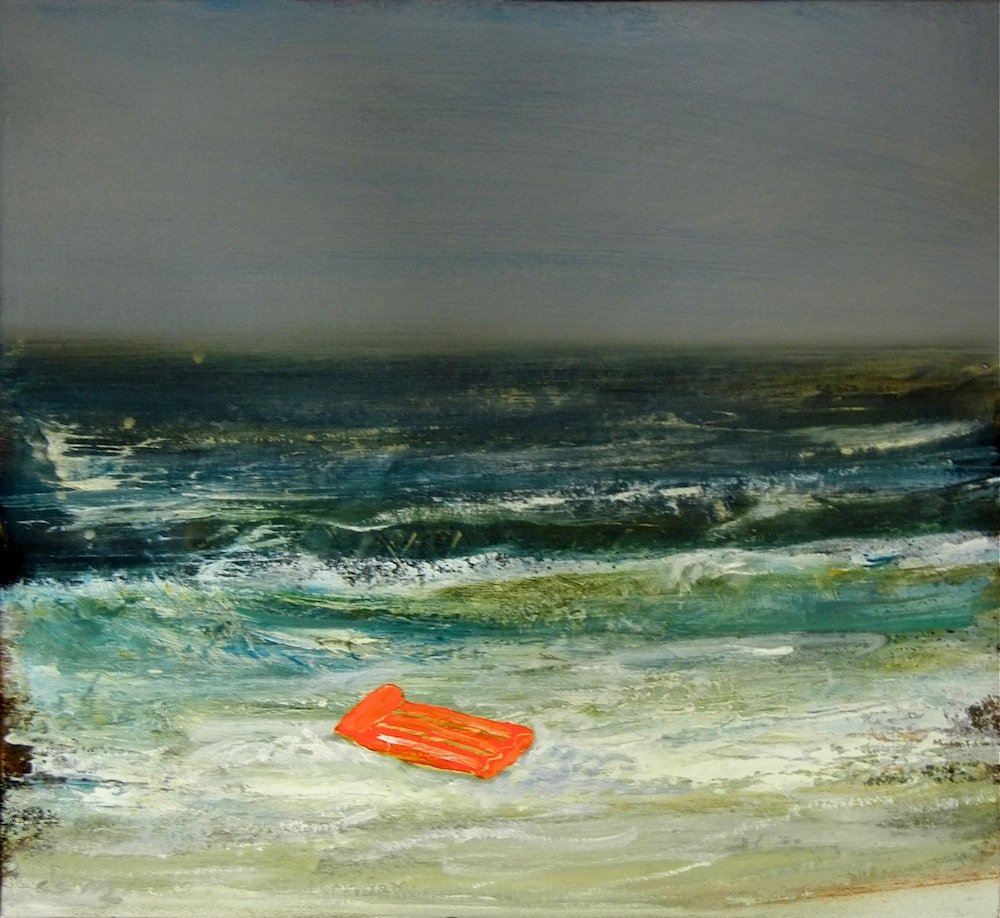
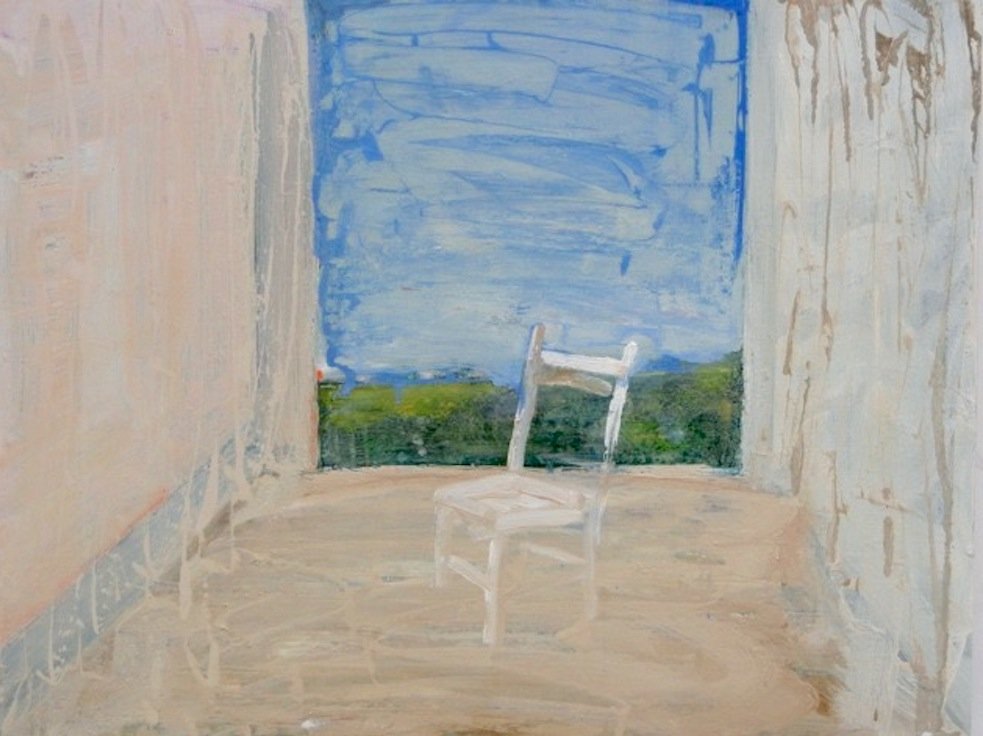

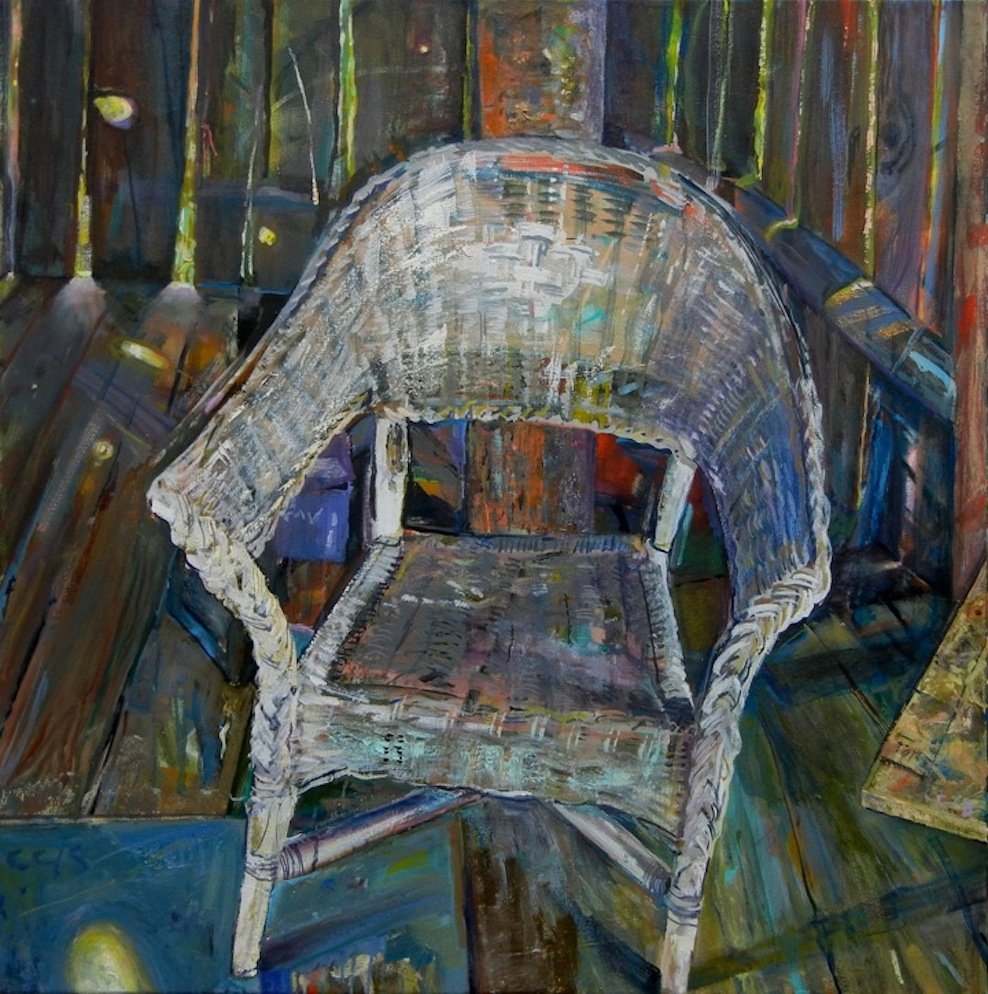
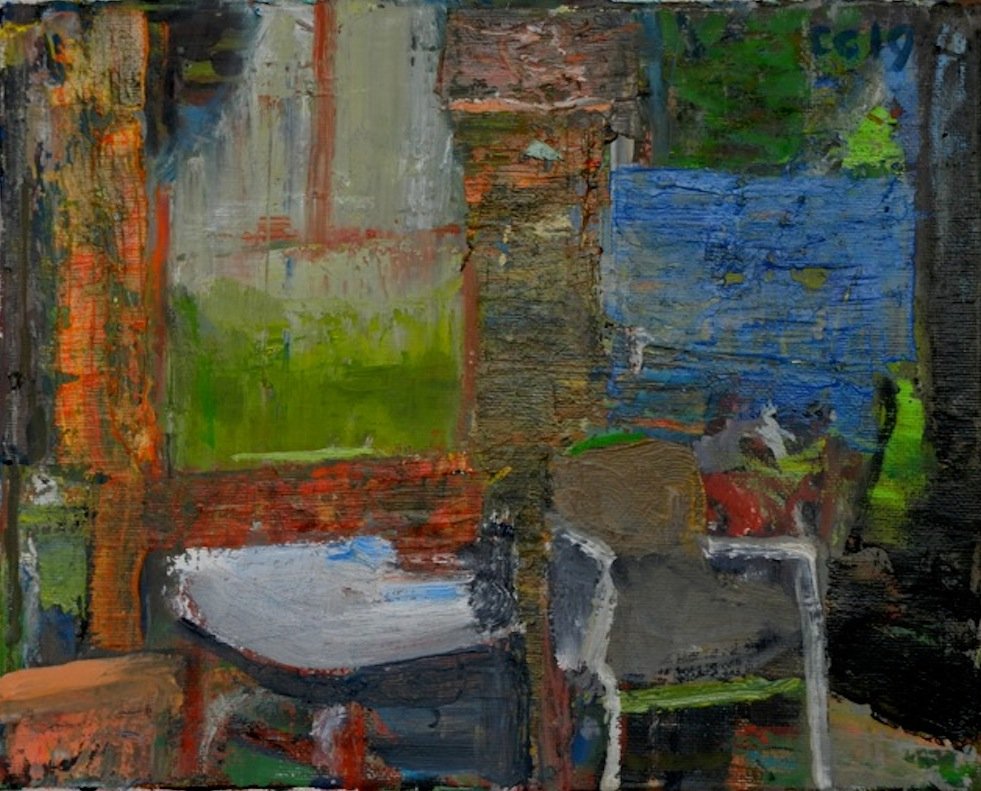
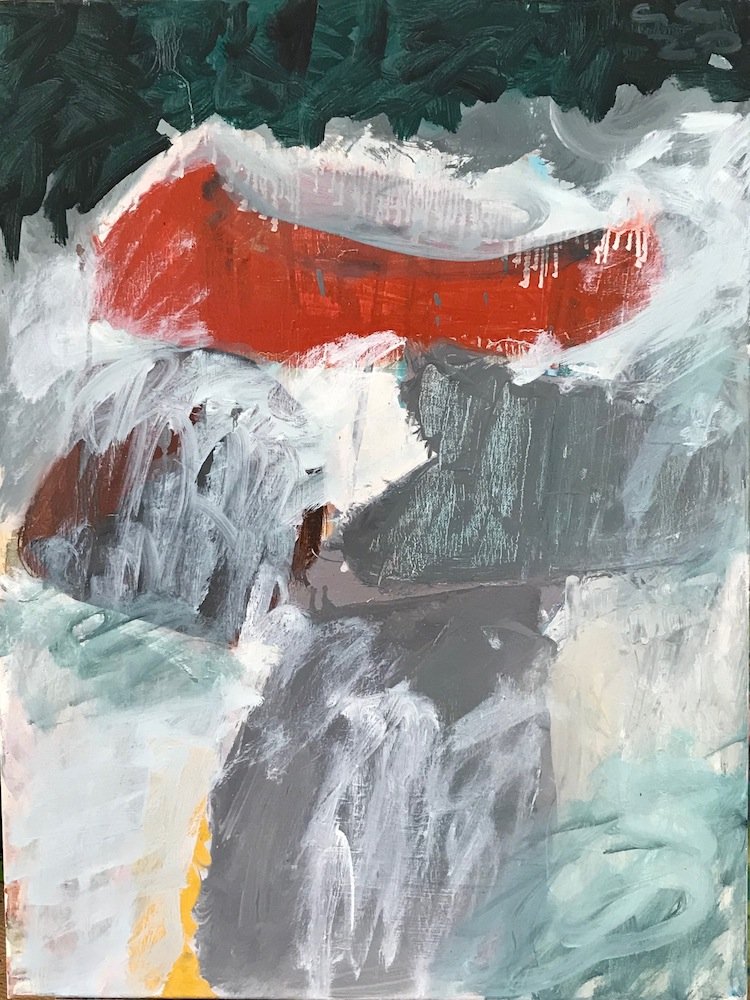
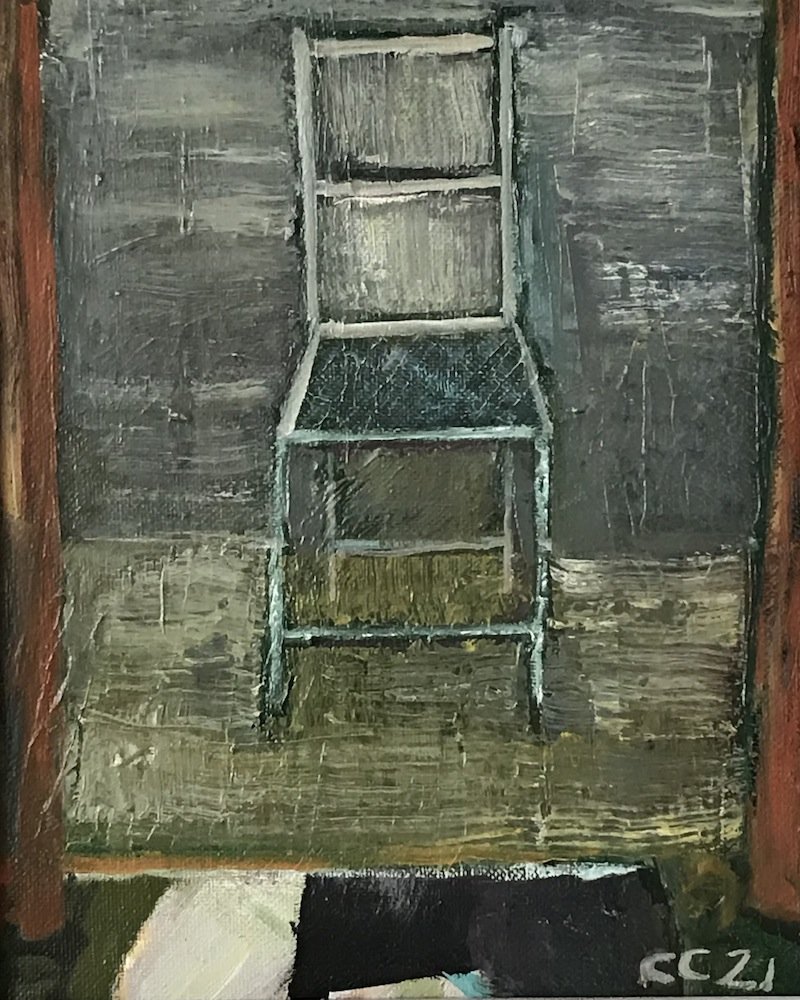
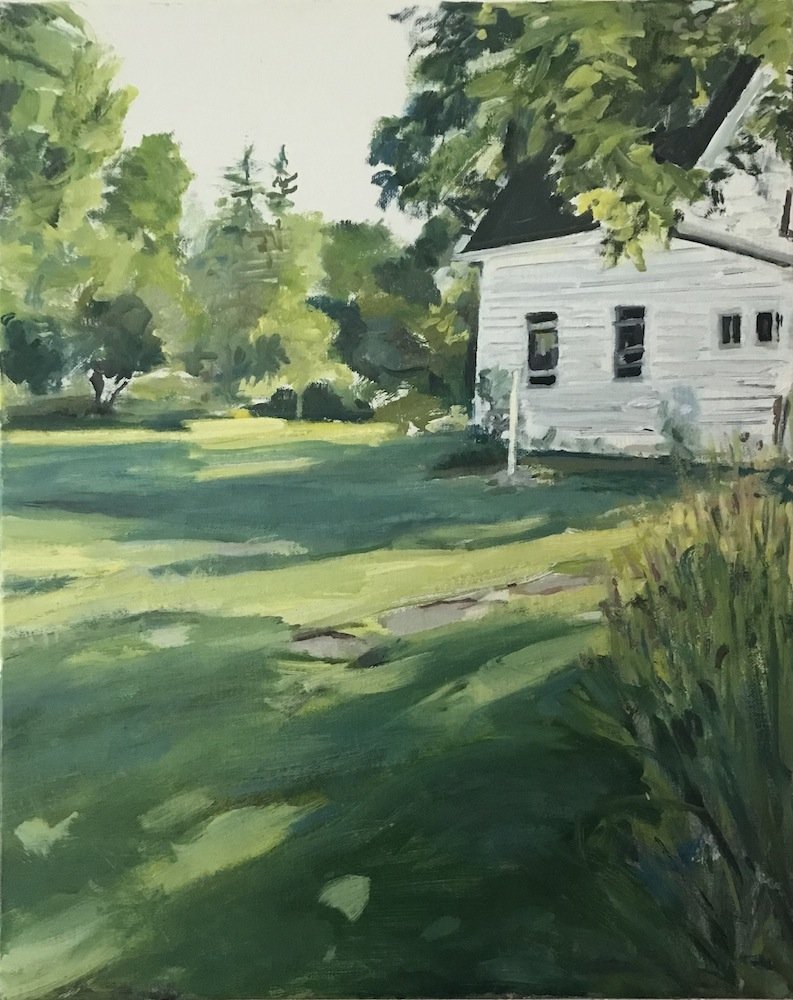
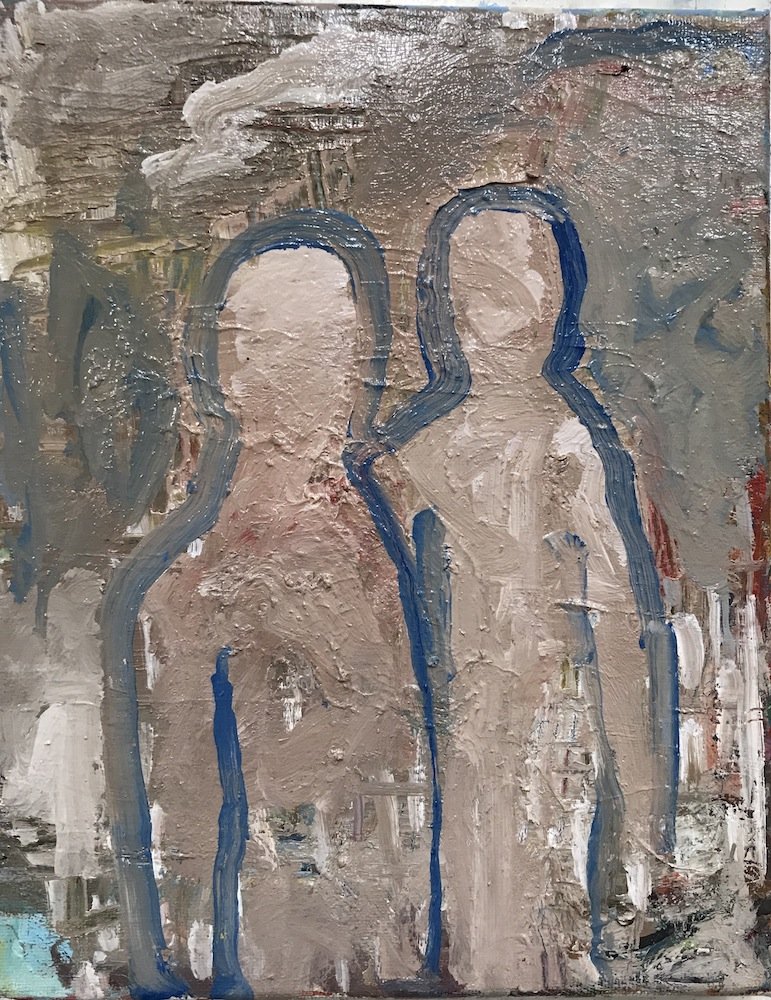

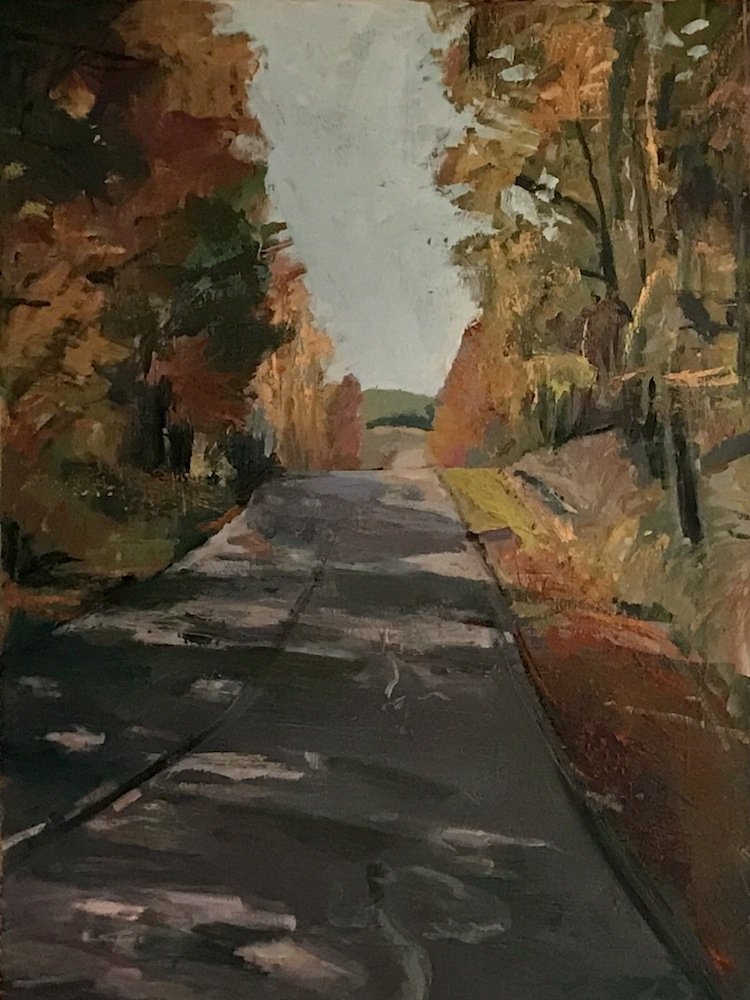
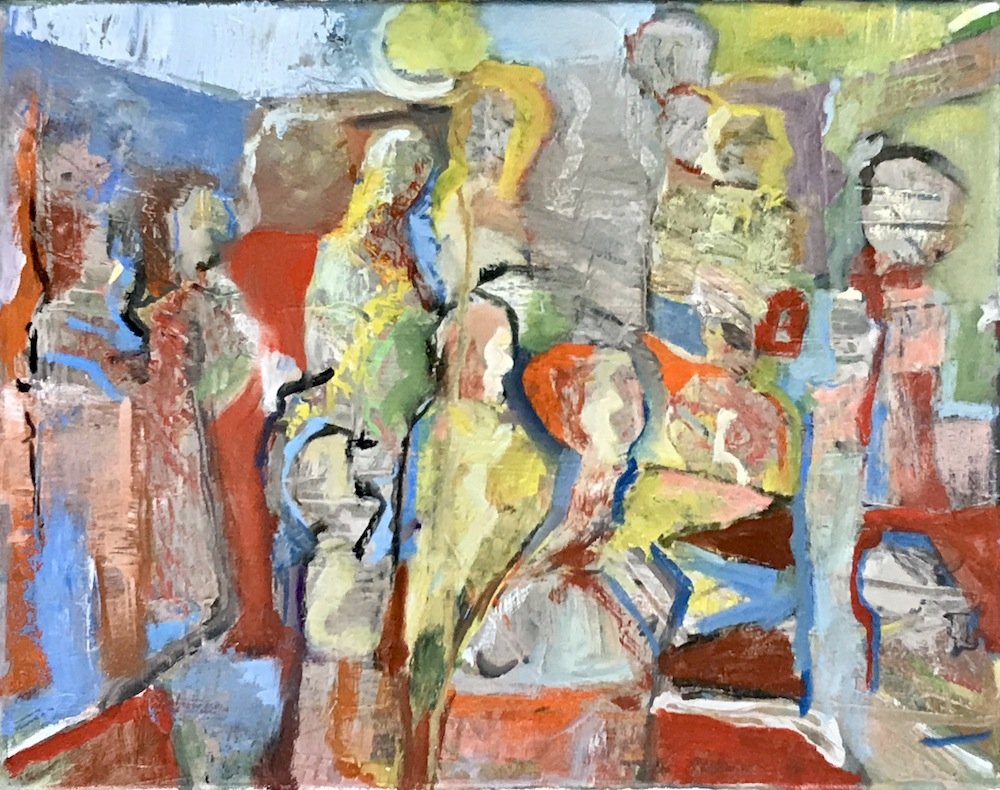
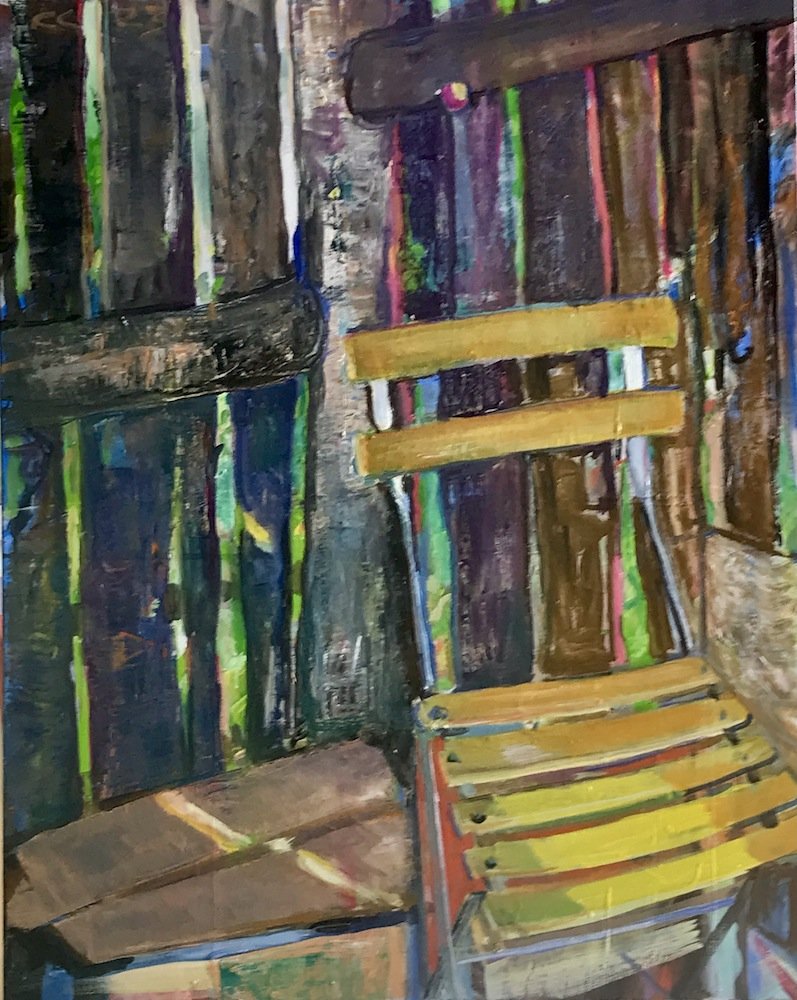
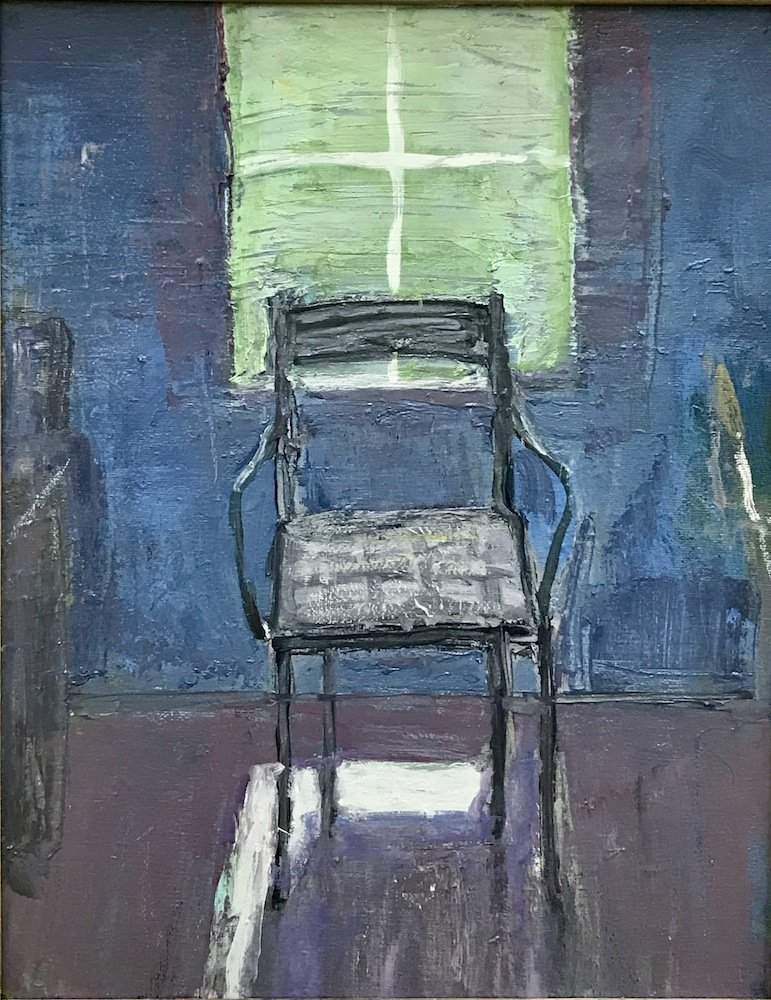
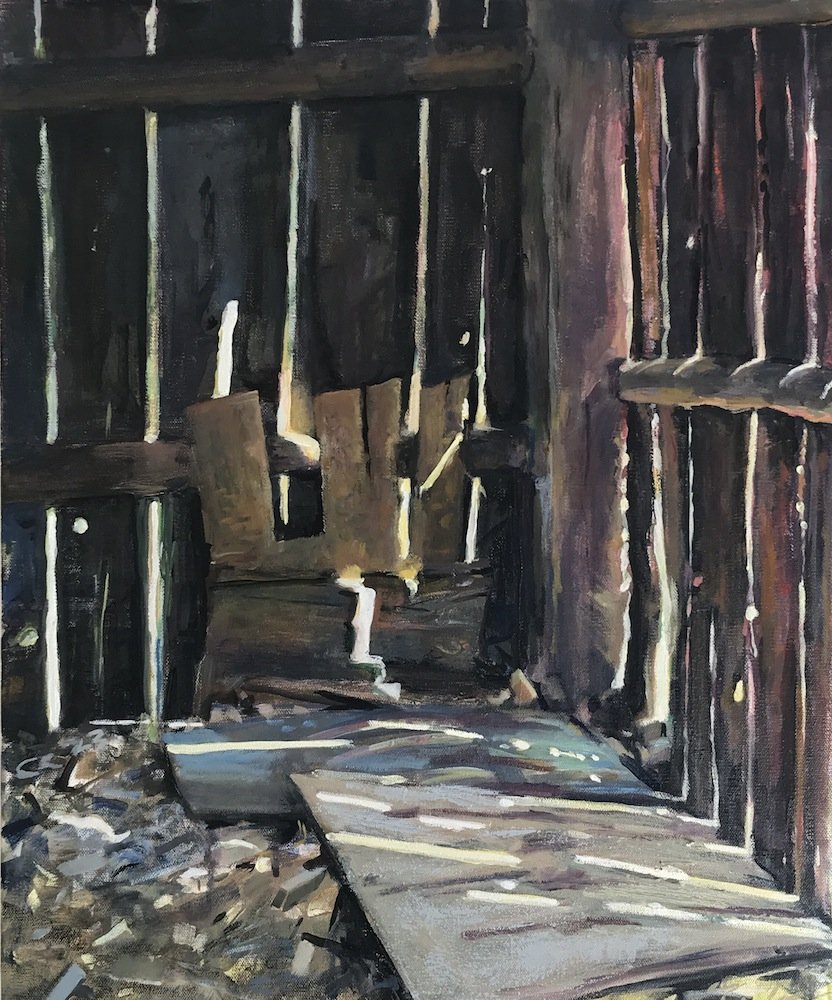



Artist’s Talk on Zoom
Learn More and Follow
October 2023: Grace Darden
We are so glad to feature Grace Darden as our Featured Artist for October 2023. Grace is a painter from Fort Worth, Texas who first learned of Alan, John, and the Leo Marchutz School community in 2014. After attending summer courses and working for two years in graphic design, Grace returned to Aix to study at the master's level. Grace currently teaches art to children and adults in northern Michigan and continues to build her practice using nature and the habit of creating as her guides.
Read on to learn more about Grace, her work, and her experience with the Leo Marchutz School, and to see a selection of her artwork. And watch the recording of Grace’s artist’s talk on Zoom that took place on Tuesday, October 17th at 2:00 PM Eastern Time. And be sure to follow Grace on Instagram and check out her website, too!
About the Artist
Grace is a painter from Fort Worth, Texas who first learned of Alan, John, and the Leo Marchutz School community in 2014. After attending summer courses and working for two years in graphic design, Grace returned to Aix to study at the master's level. During this time, she explored Leo Marchutz’s lithographic series on the streets of Aix-en-Provence and studied the relationship of his artistic evolution to the architectural language of Christopher Alexander’s Timeless Way of Building. Grace’s writing helped inform the approach to her own creative process.
After returning to the U.S., Grace taught art for grades K-8 and currently teaches art to children and adults. Grace currently lives in northern Michigan and continues to build her practice using nature and the habit of creating as her guides. Using swift, rapid brush strokes, Grace attempts to communicate the movement found in nature. Her work takes influence from the surrounding landscape and the heritage of artists she first encountered while working with Alan, John, and the Marchutz community.
Artist Statement
“My experience with the Marchutz community tremendously impacted my life and how I see the world. The time spent in Aix taught me the value of practice and contemplation of surrounding nature, which serves as my primary inspiration for creating art.
“I first learned about Alan, John, and the Marchutz community while apprenticing with artist, Jill Steenhuis, who attended the school in 1980 and whose experience of practicing under the Marchutz philosophy tremendously impacted her life. I spent the summer of 2014 with the school and returned to study at the master’s level from 2019 to 2021. During this pivotal time, I dove into an exploration of Leo Marchutz’s work, particularly his lithographic series of the Aix-en-Provence architecture. I am fascinated by his evolution of subject matter, and the tailoring of his creative process that allowed him the capacity to evolve his artistic vision over a decade of working from a single motif. It was through the language of Christopher Alexander’s Timeless Way of Building that I hoped to communicate an inexplicable quality about the architecture itself as well as Marchutz’s artistic evolution in communicating that quality.
“The once narrowed path, straight and carved from architectural blocks, now explodes and interacts with every part of the composition. We sense an energy coming forth in greater capacities as the artist becomes, through practice and observational study, a direct conduit between his subject and the work of art itself. A mounting presence dwells both within and surrounding the architectural walls of the Rue Pavillon as we traverse the evolution of Leo Marchutz’s series on the motif. Like lungs the structures dilate with each inhaled breath then stir the encircling atmosphere upon each exhale, recalling their role as living beings, as nature.
“This written observation informed my own creative process profoundly. While in confinement, the streets of Aix were empty and our travel limited, so visiting the same sites where Leo Marchutz drew from and observing his evolution over a 12-year period of these sites reminded me of the endless possibilities a single motif can hold.
“I continued my observations while doing archival work for the Leo Marchutz Catalogue Raisonné, where I could continue studying the architectural motifs and unique brush strokes in his lithographic series. To be a part of such a rich heritage and community of artists is an incredible honor. I never understood, until encountering Alan, John, and the Leo Marchutz School community, that learning to see, and time spent looking into the world is where the search for truth can be achieved. This is the focus of my work and the goal I hope to achieve with each encounter of nature.”
Grace Darden, October 2023
Selected Works
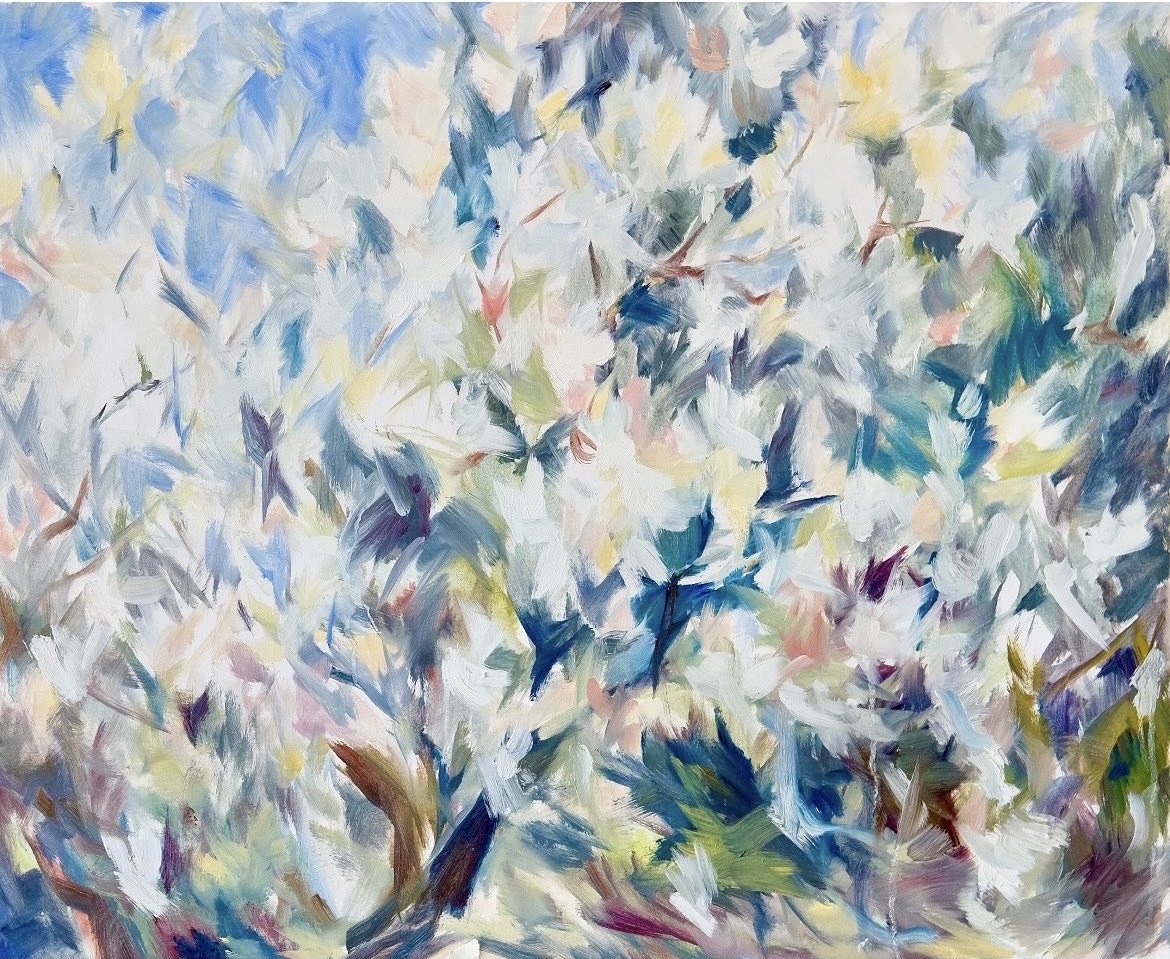
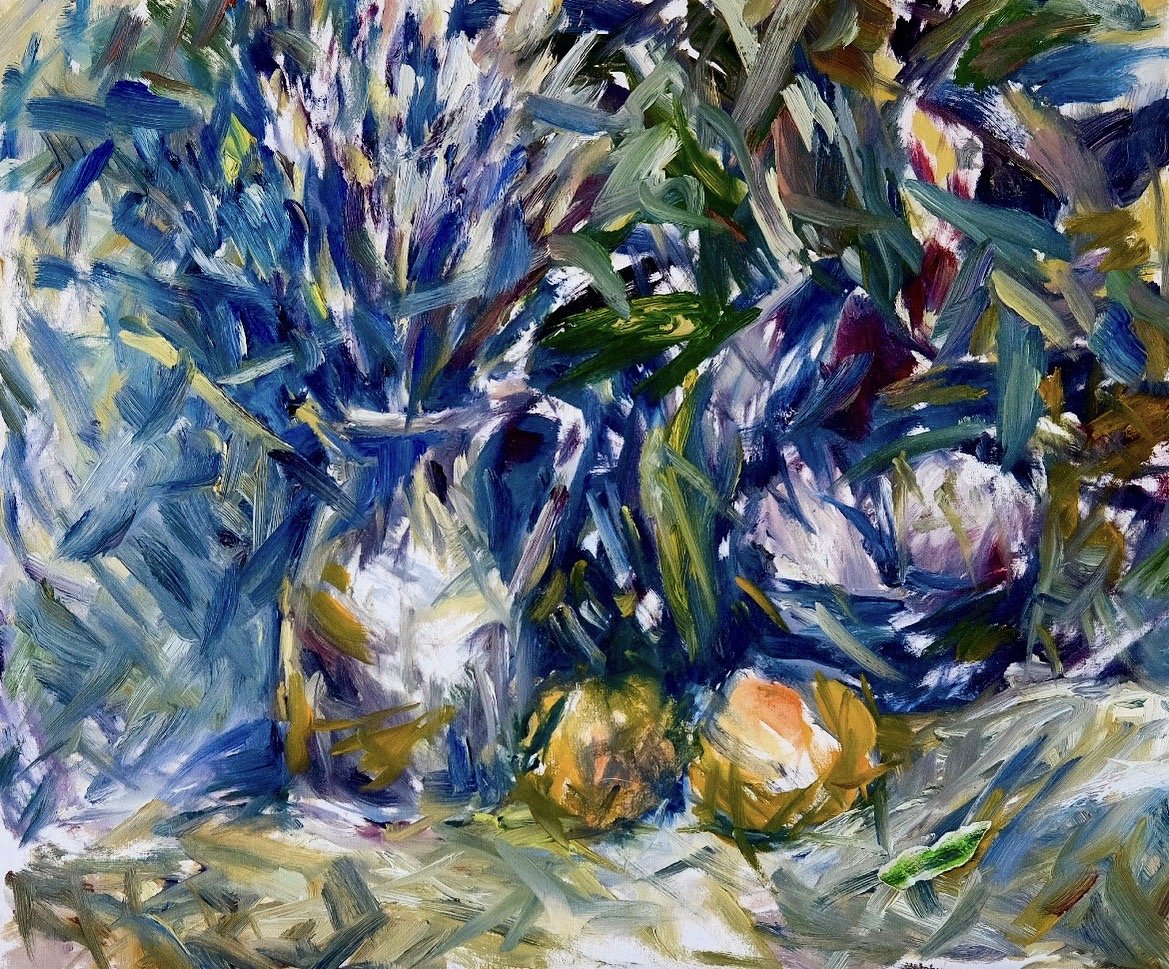
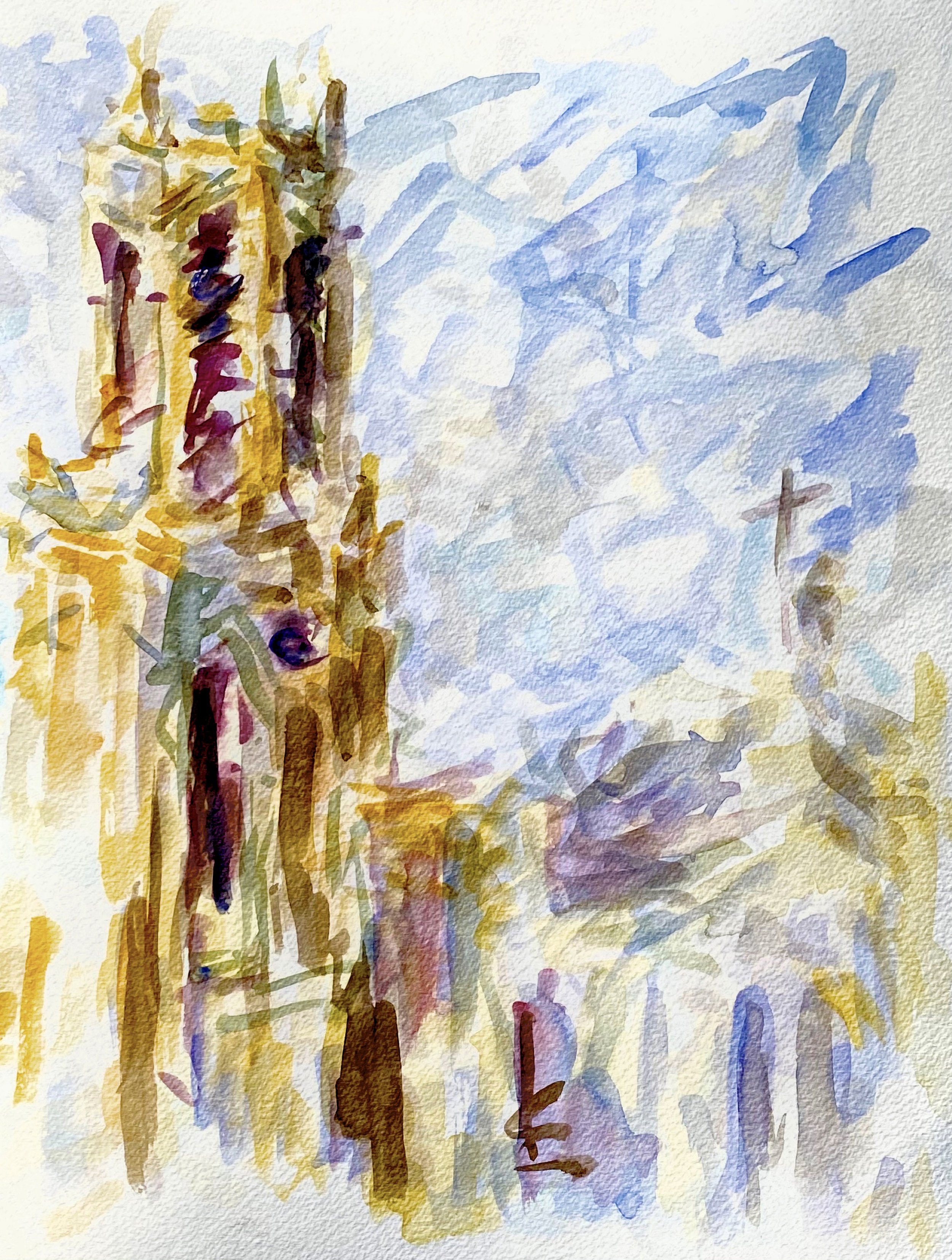
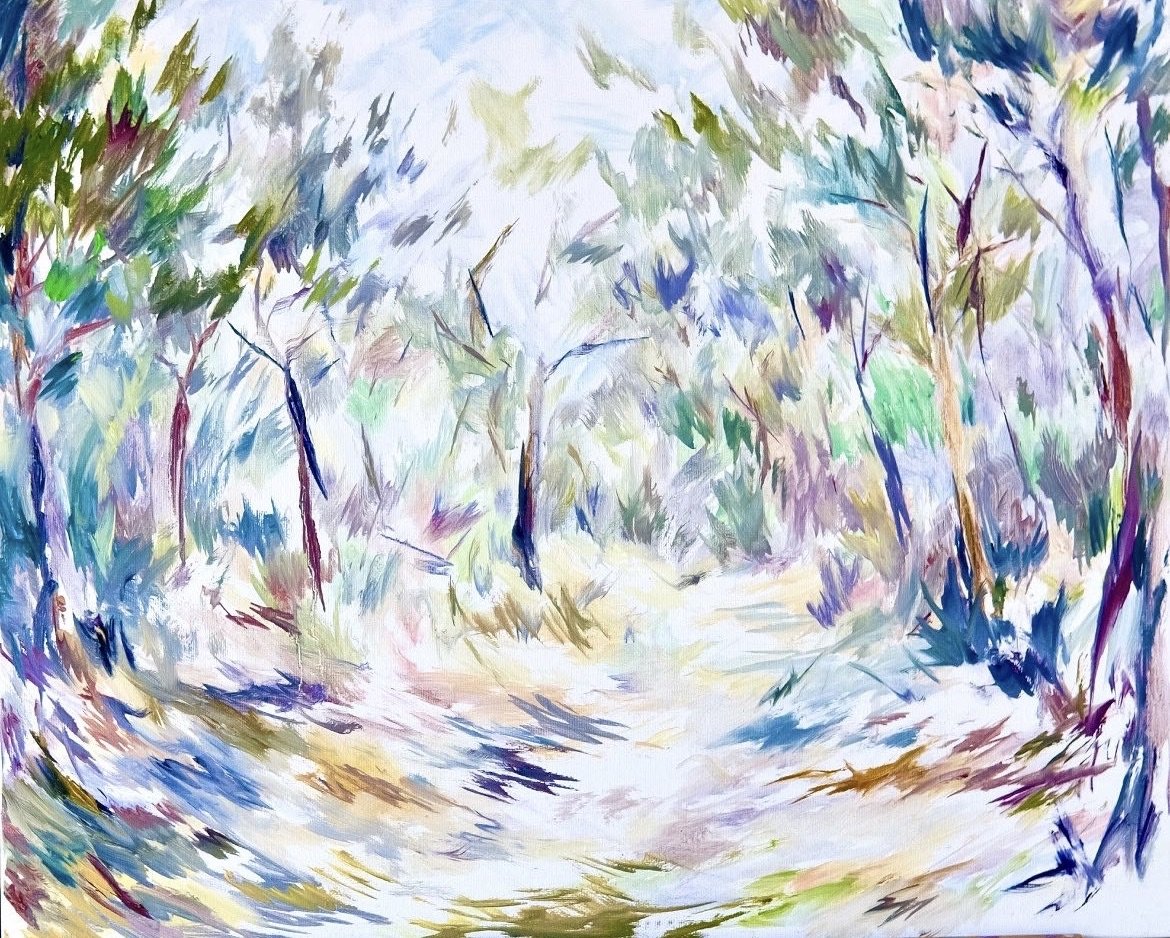
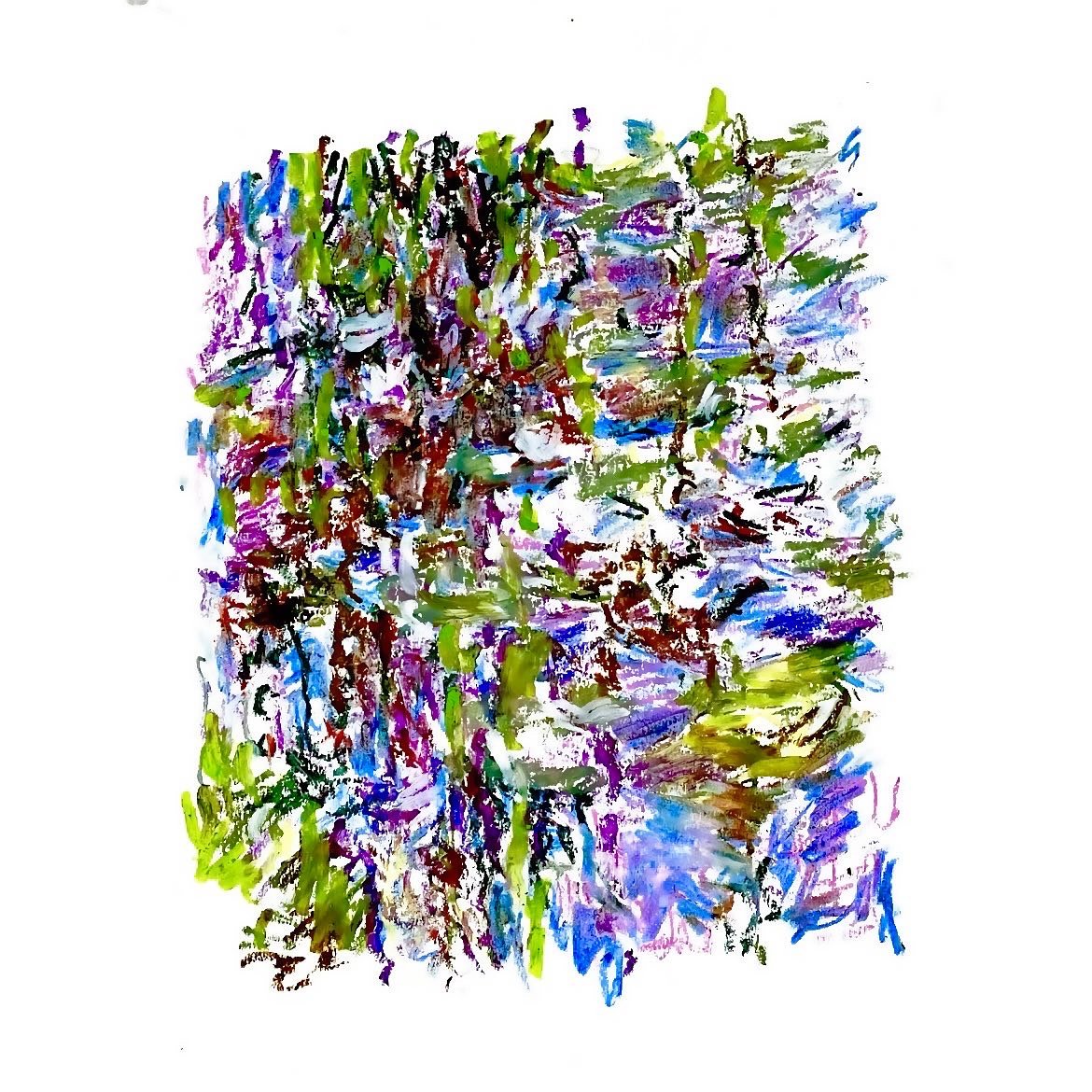
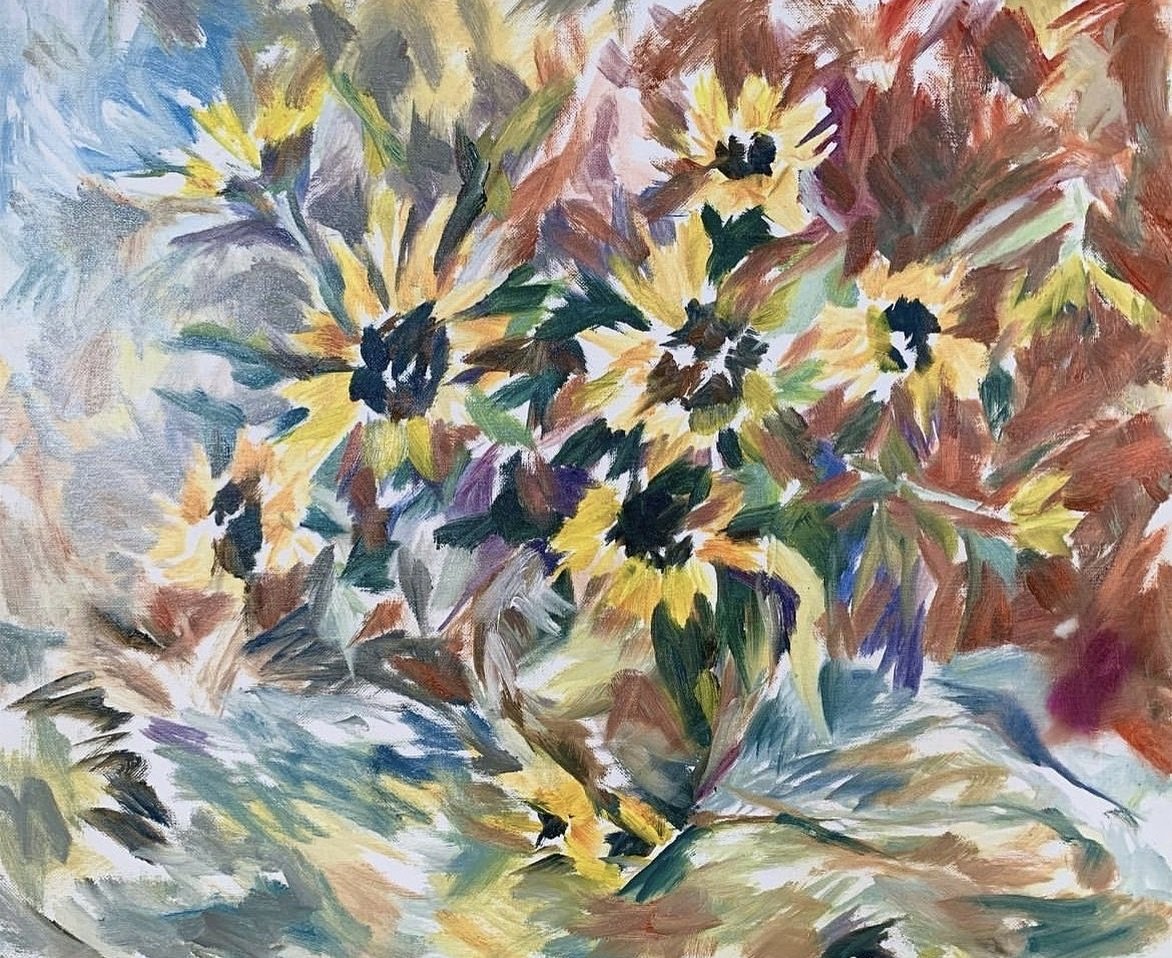
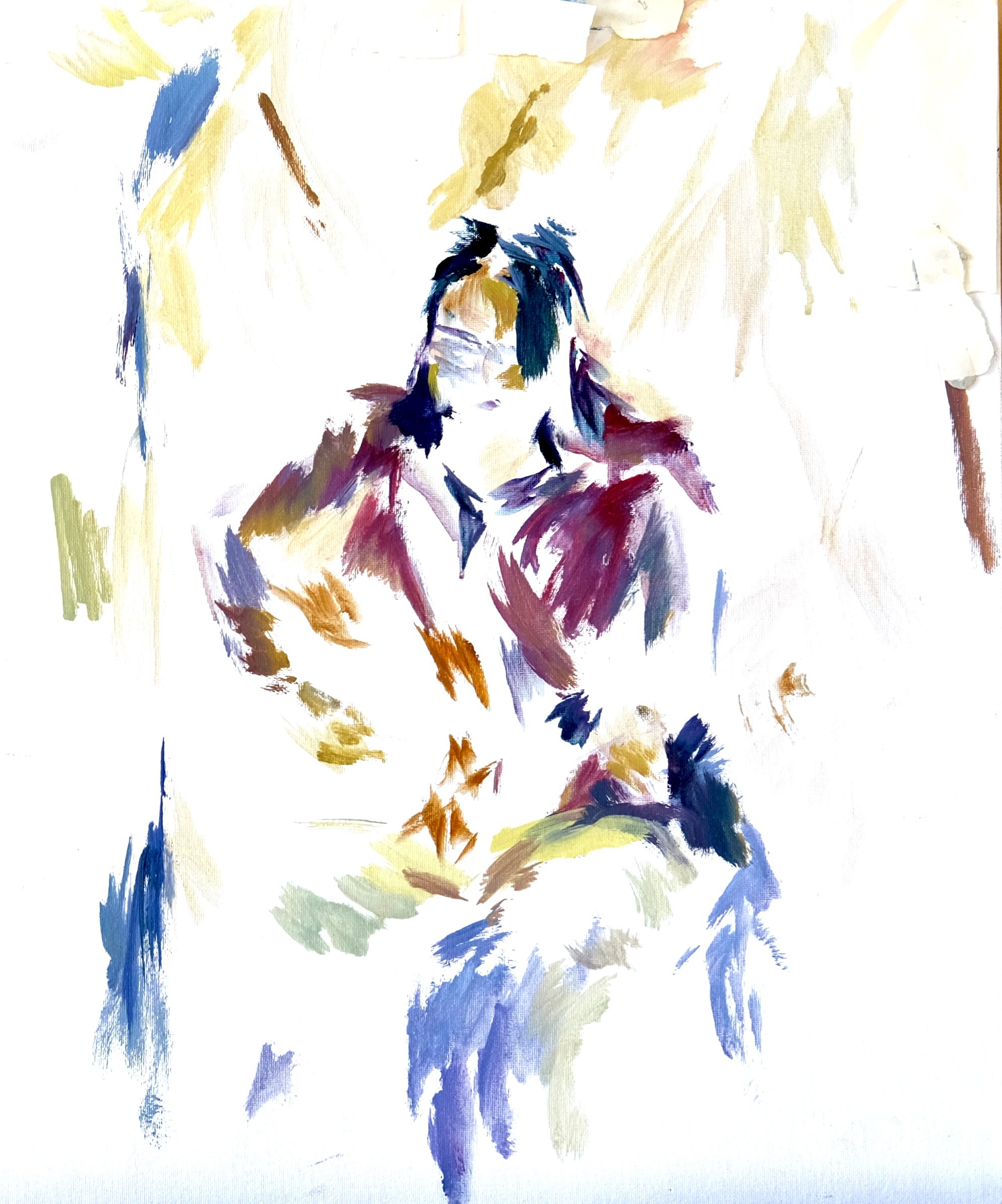
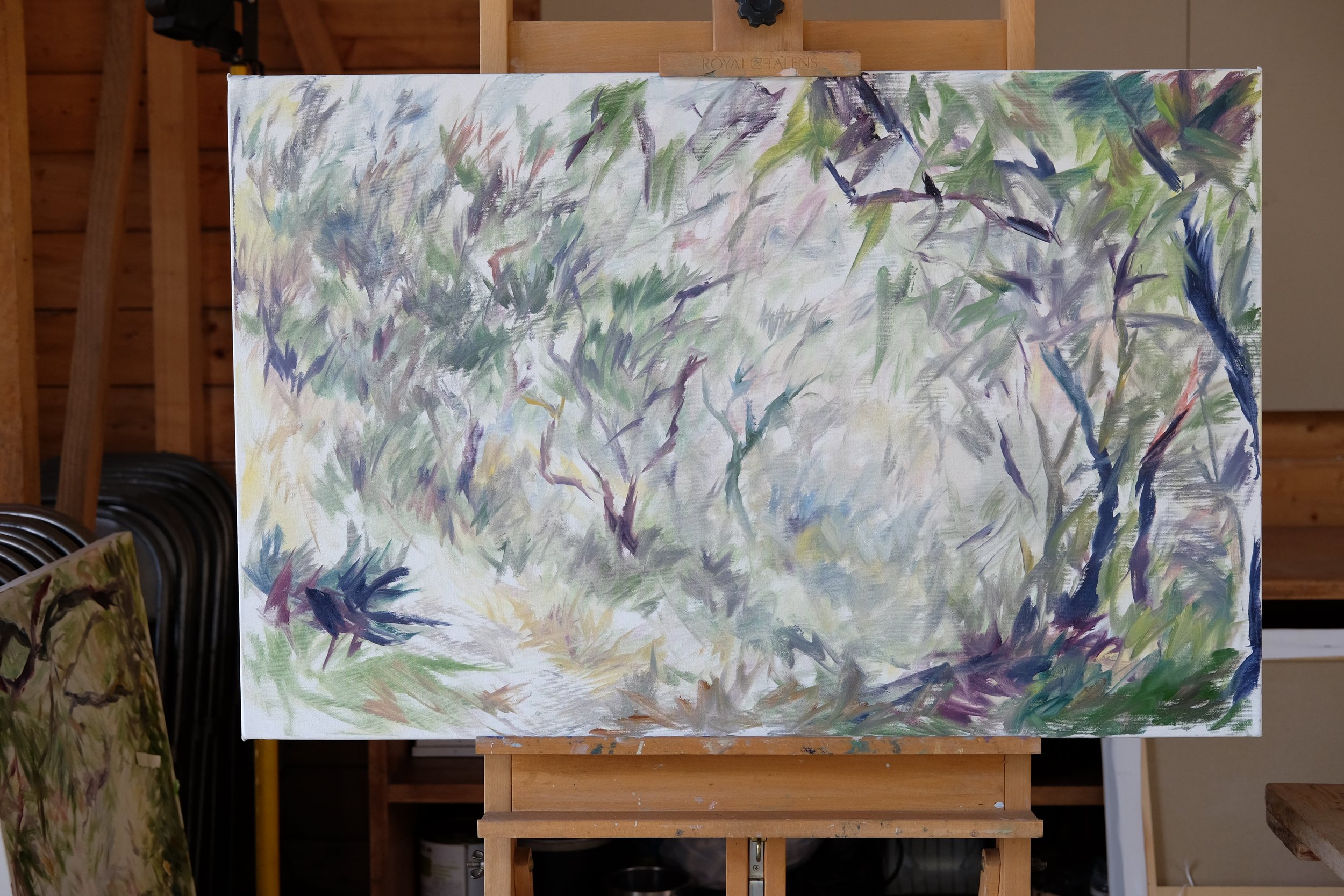
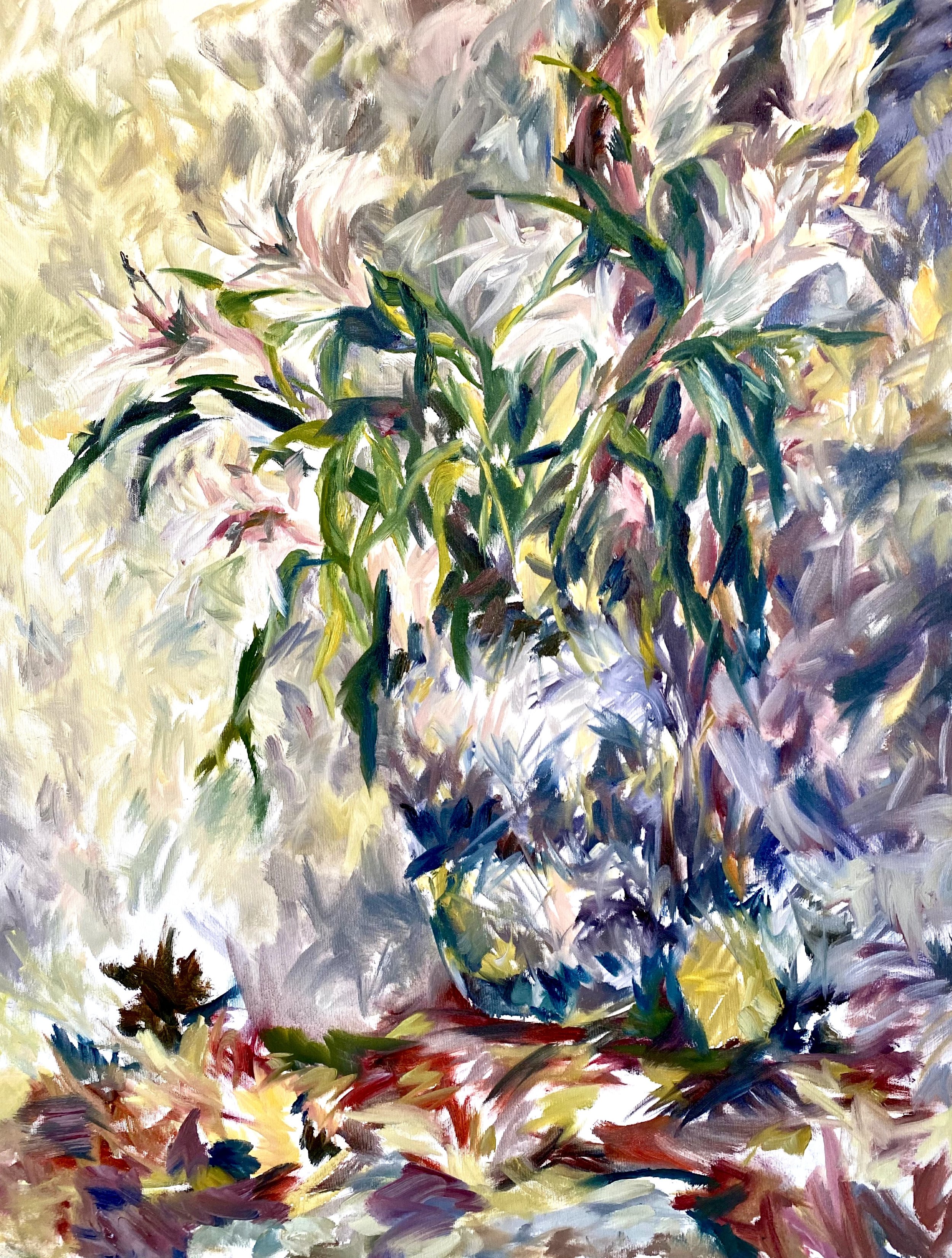
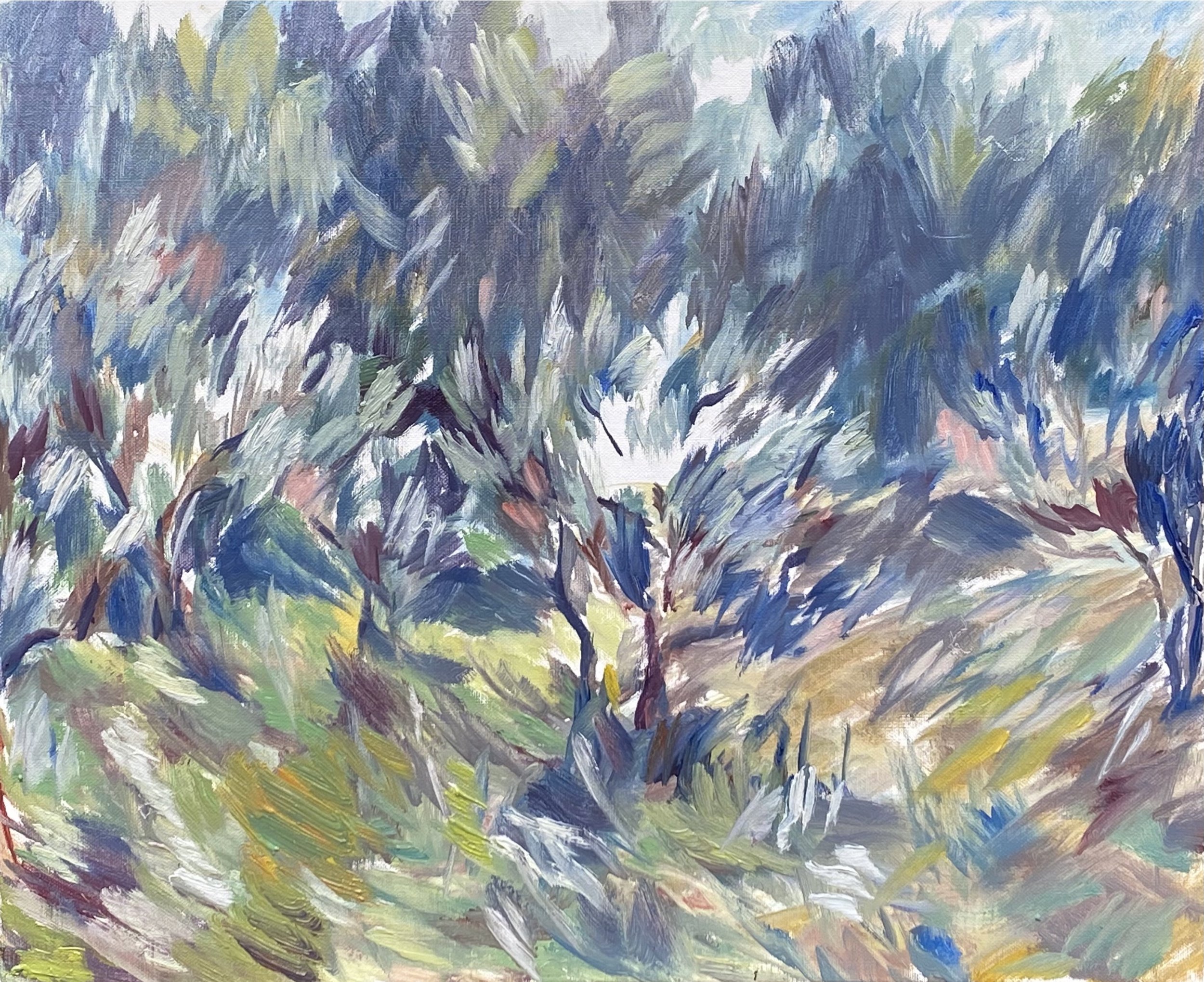

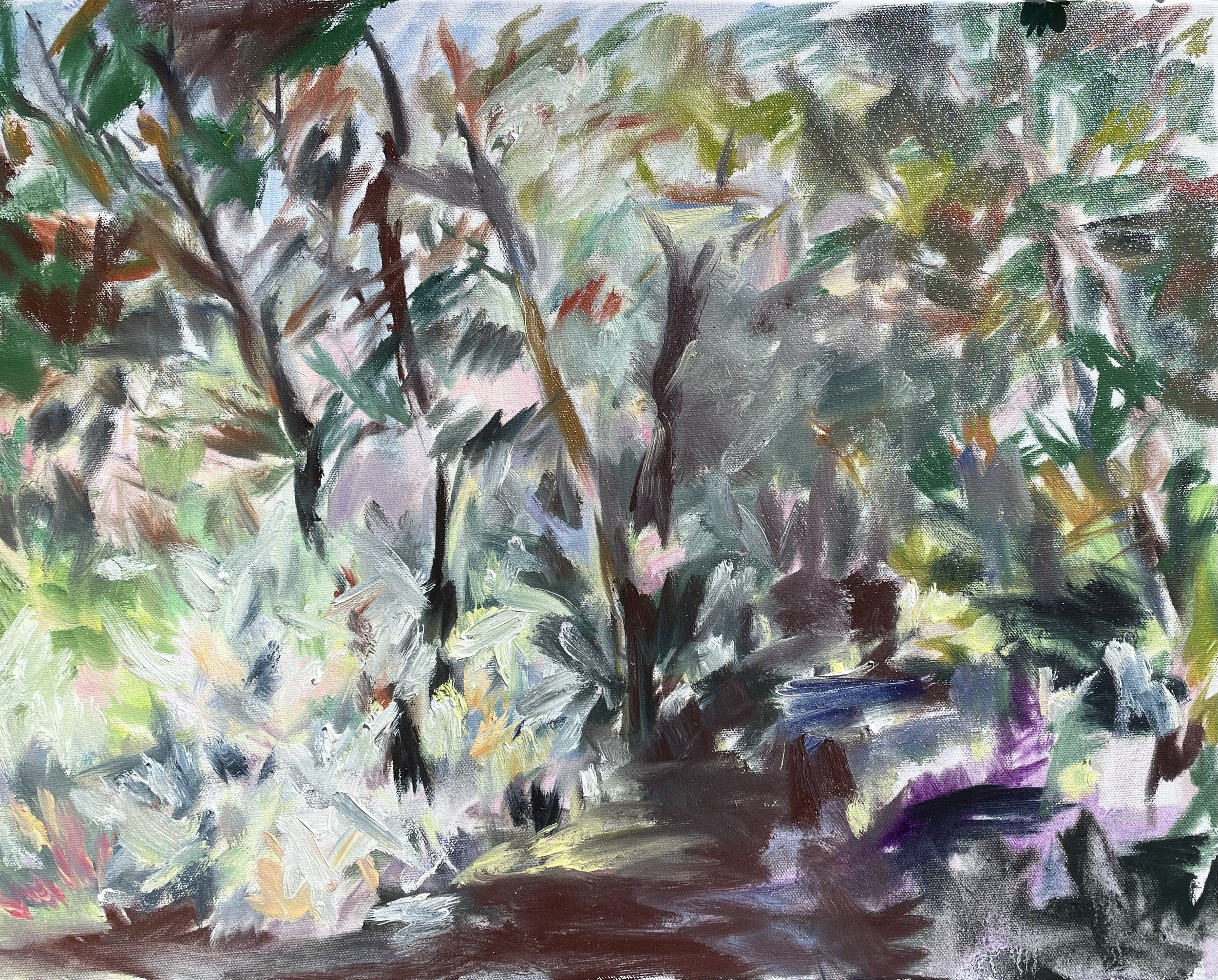
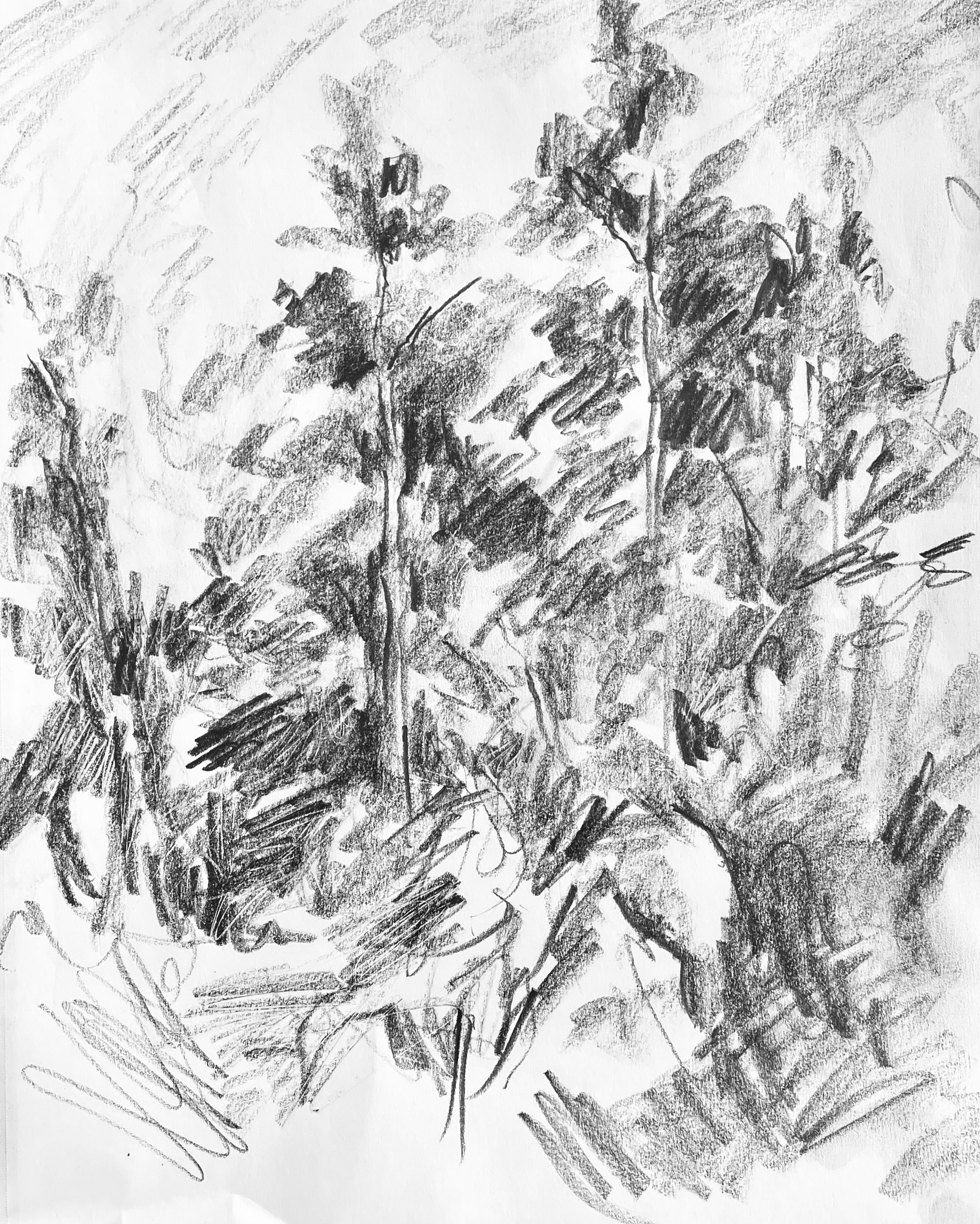
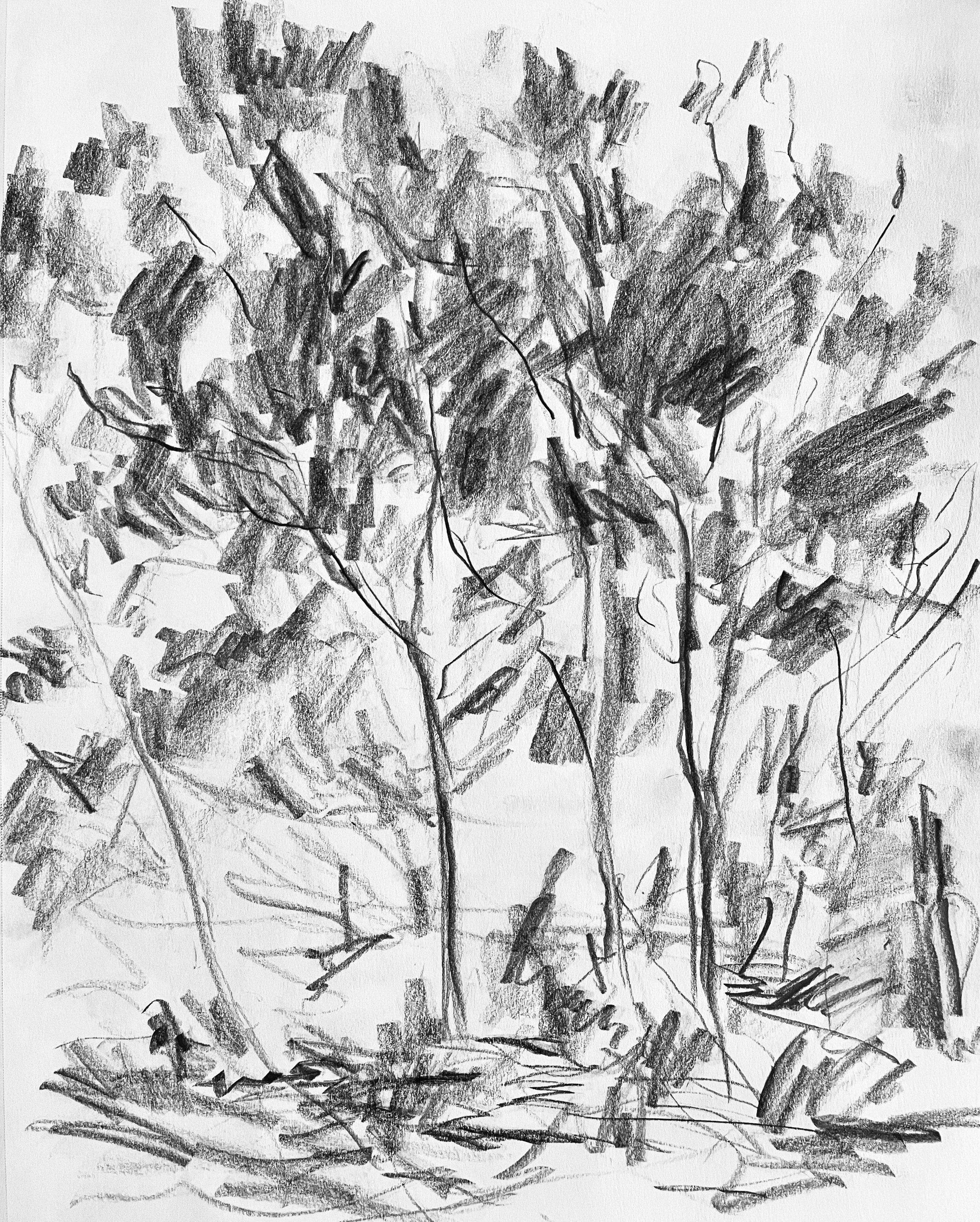
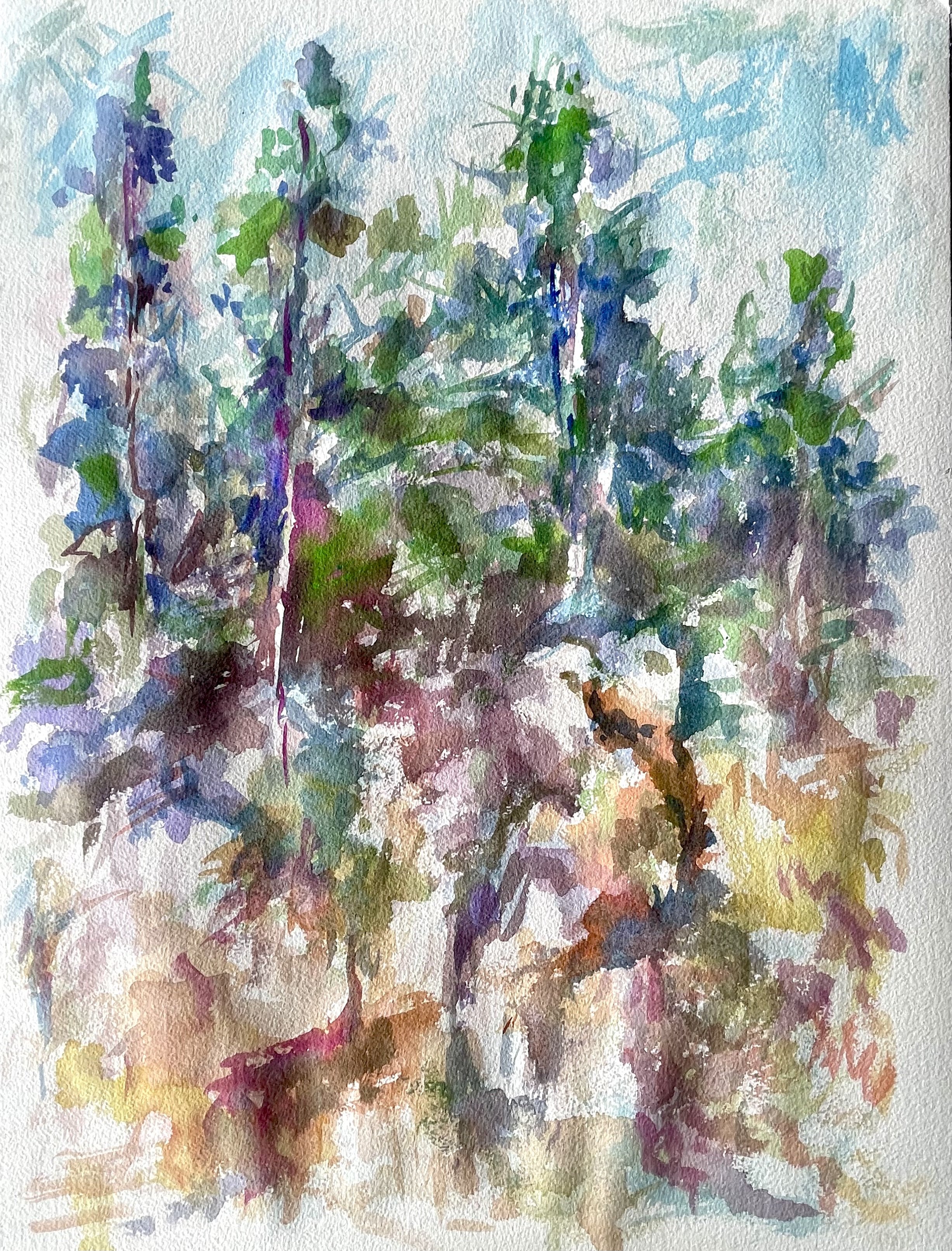
Artist’s Talk on Zoom
Watch the recording of Grace’s artist’s talk on Zoom that took place on Tuesday, October 17th at 2:00 PM Eastern Time.
Learn More and Follow
September 2023: King David
We are thrilled to put a spotlight on King David as our Featured Artist for September 2023. David is an artist based in Brooklyn, New York who studied with Alan Roberts, John Gasparach, and the Leo Marchutz School in 2015. His first solo exhibition in Chelsea, New York City, “Jamaica,” runs from September through October 2023 at Sean Scully’s studio-turned-gallery, 447 SPACE.
Read on to learn more about David, his work, painting practice, and experience with the Leo Marchutz School, and to see a selection of his artwork. And watch the recording of David’s artist’s talk on Zoom that took place on Thursday, September 21st at 12:30 PM Eastern Time. And be sure to follow David on Instagram (here and here) and check out his website, too!
About the Artist
King David is an abstract artist based in Brooklyn, NY. Born in Flatbush to immigrant parents from the Caribbean, his unique upbringing was heavily influenced by his completion of a program called Prep for Prep. This nonprofit afforded him scholarship opportunities to attend the The Dalton School and Gettysburg College, where he graduated as a Studio Art major with honors. This scholarly achievement would also lead David to the doors of our very own Leo Marchutz School. On a path paved contrastingly with grueling vicissitudes and hard-earned opportunities to succeed, David proudly credits his exceptional educators, especially those in the Arts, with nurturing his academic prowess as acutely as his artistic passions.
David’s practice revolves around abstract painting, from which he has created similarly inspired sculptures, drawings, watercolors, photographs, textiles, and conceptual works. His particular mode of abstraction is the result of a process of constant distillation that simultaneously references the over-saturation of his Caribbean cultural background (Jamaica on his mother’s side and Trinidad & Tobago on his father’s), the overexposed upbringing he experienced in New York City that honed his keen social awareness, and an ever-evolving relationship with light and painting that was stoked from an ember into a raging blaze by Alan Roberts, John Gasparach, and the Leo Marchutz School in Aix-en-Provence, France in the Fall of 2015, when he studied there.
These foundational elements synthesize into various harmonies of color, texture, and implication, expressed through the diverse media David explores. Each piece in his oeuvre serves as a physical point of reference, a charged object imbued with coded internal logic, begging to be probed and analyzed. From his time in our transformative Art Criticism Seminars, David learned that great work can be an indicator of the overarching truths that pervade our existence, like gravitational singularities scattered across the web of spacetime; it is this idea of “truth in artistic expression” that he endeavors towards every time he enters the studio.
David is ever-driven by his steadfast belief in the ability of abstraction to react in infinite ways with different viewers, finding new potentials in the relationships people catalyze when they see, feel, and consider what his works have to offer. This innate ability is further amplified when people examine great abstract work in the contexts of their own internal conceptions of truth, naturally derived from the uniqueness of their lived experiences. In this deeply personal yet paradoxically universal place, abstraction becomes the stimulus for something completely new, priceless, and ineffable, not only for the viewer, but the Artist as well. This “equivalent exchange” is akin to something like alchemy, or as David’s undergraduate Professor/Mentor Amer Kobaslija would call it, “the magic of painting.” Truthfully though, David is of the personal belief that the Artist is always the one who wins out in the end.
David’s experience at the Leo Marchutz School introduced the indelible influence of the 19th and 20th century impressionist masters into his work, giants whose shoulders his philosophy builds upon. He regularly ponders their investigations into vision and light, while also hearkening back as far as one can reach into art history, to our furthest ancestors who left marks on cave walls thousands of years ago that still hold meaning despite their age, and perhaps because of their brutally honest, reactive dynamism. He considers all such works linked in the sense that they interrogate the experience of life in the form of a physical response, itself a more visceral, poignant form of questioning. In the most straightforward manner, David’s work reminds us of our enduring humanity, with the balance of a King’s pride and a martyr’s humility. By creating with a lens that intimately contemplates the complex, syncretic history of the Caribbean, his work necessarily interpolates Africa, Asia, Europe, and the Americas, speaking to the unanimity of the human struggle with both myopic specificity and malleable plasticity.
David has exhibited independently at art fairs and galleries, and co-curated for/alongside other artists. His work is held by private collectors across the United States. He has been working out of his studio in Brownsville, Brooklyn since 2018. His first solo exhibition in Chelsea, NYC, “Jamaica”, runs from Sept. - Oct. 2023 at Sean Scully’s studio-turned-gallery, 447 SPACE.
Selected Works
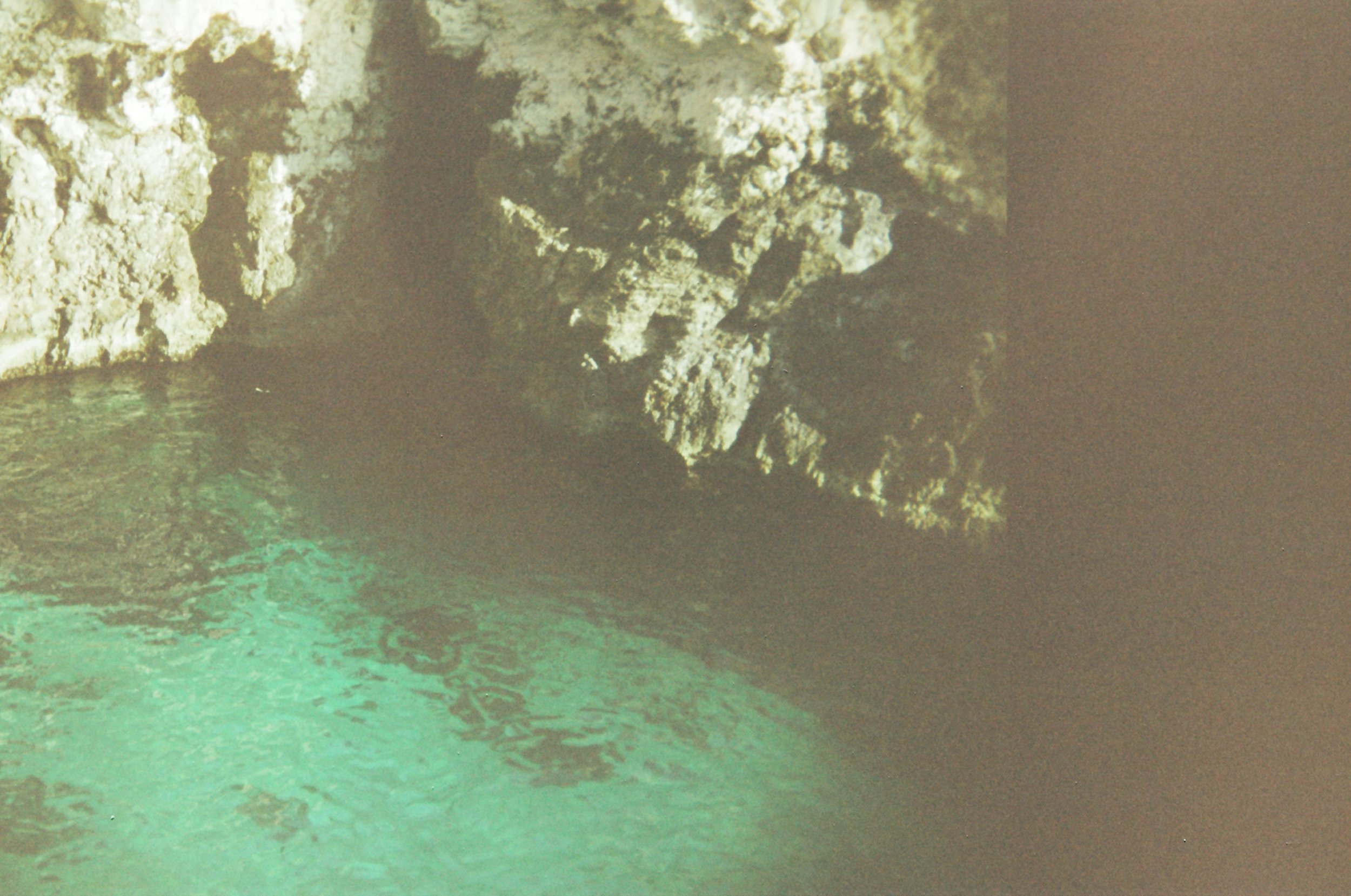
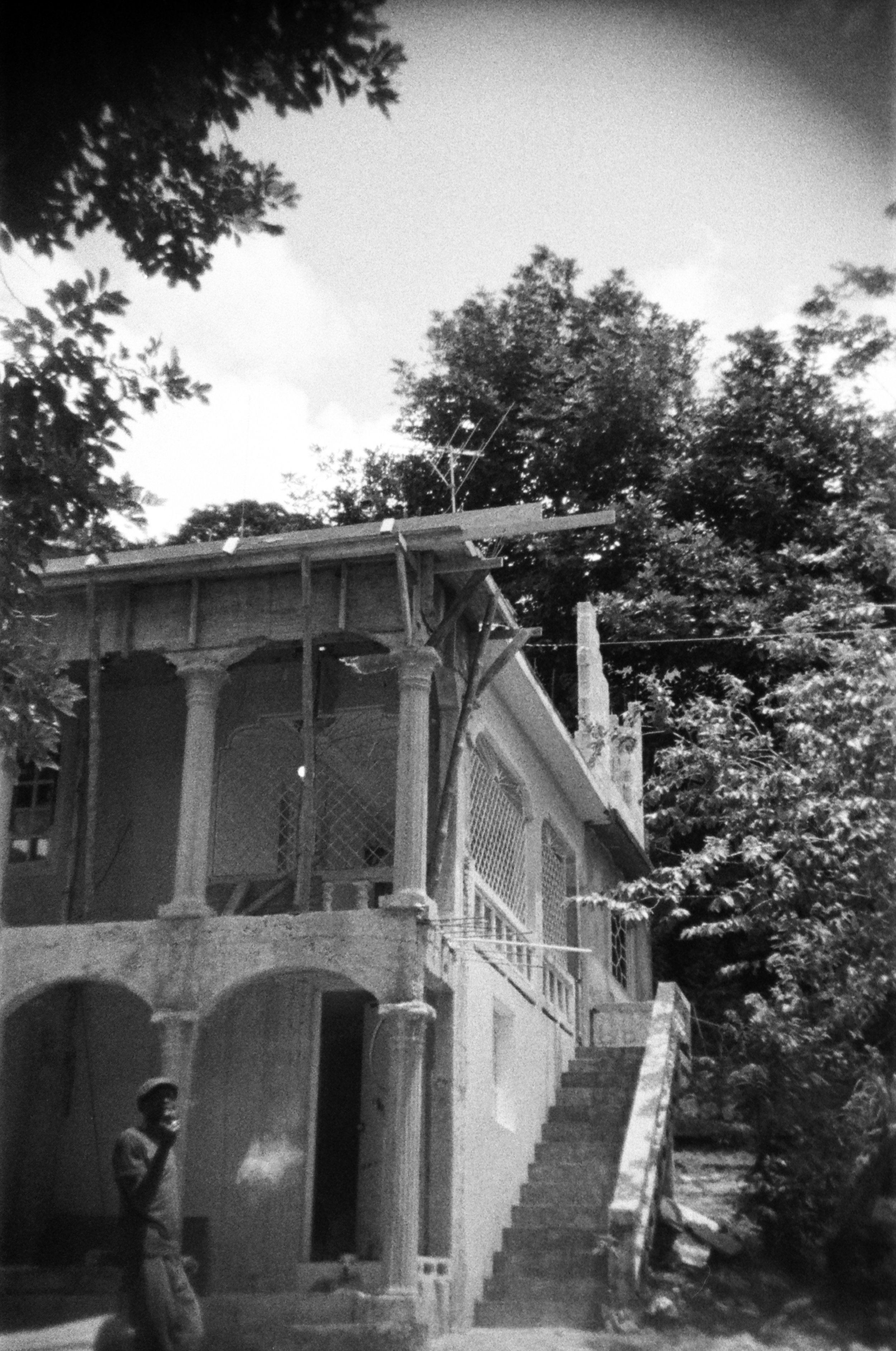
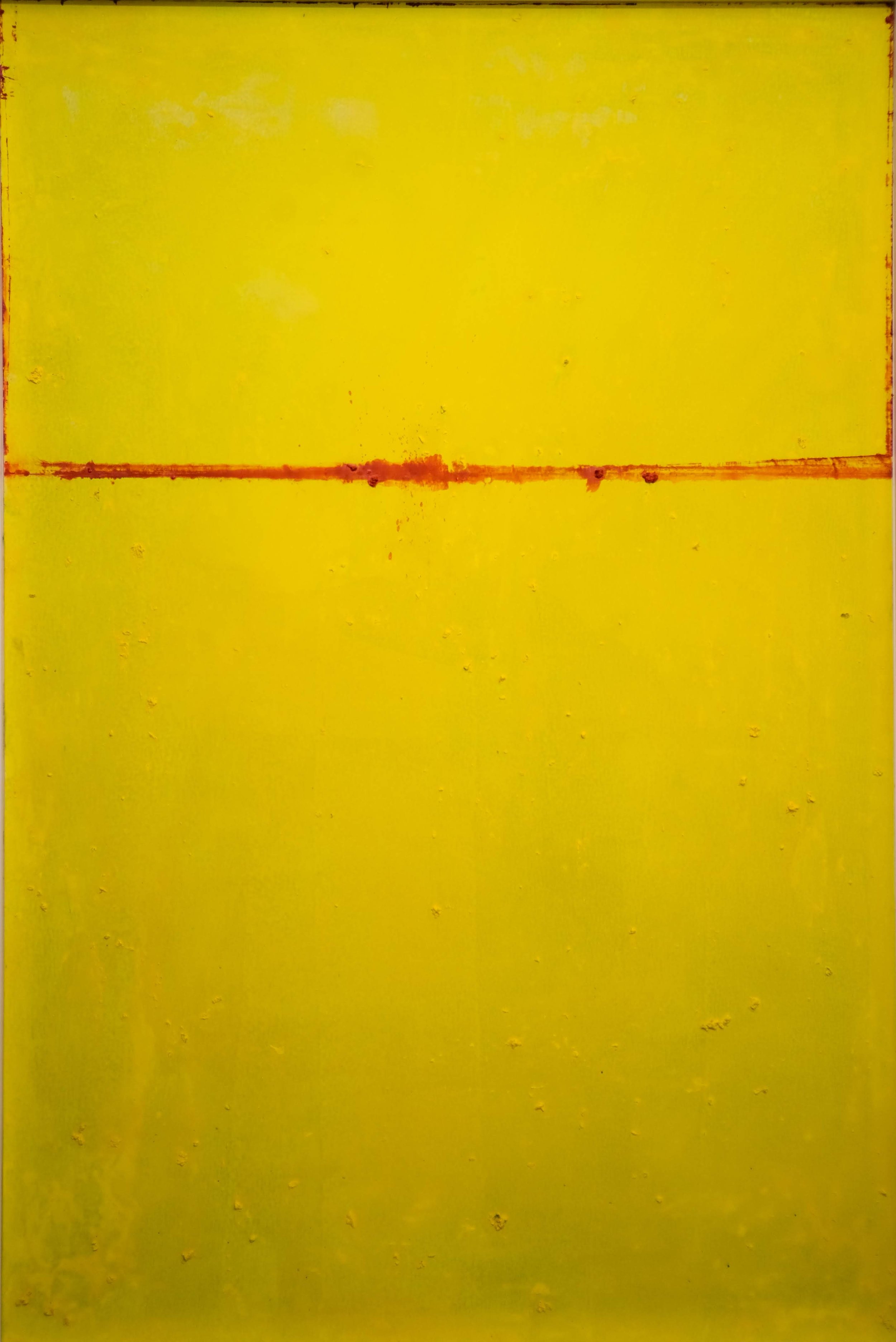
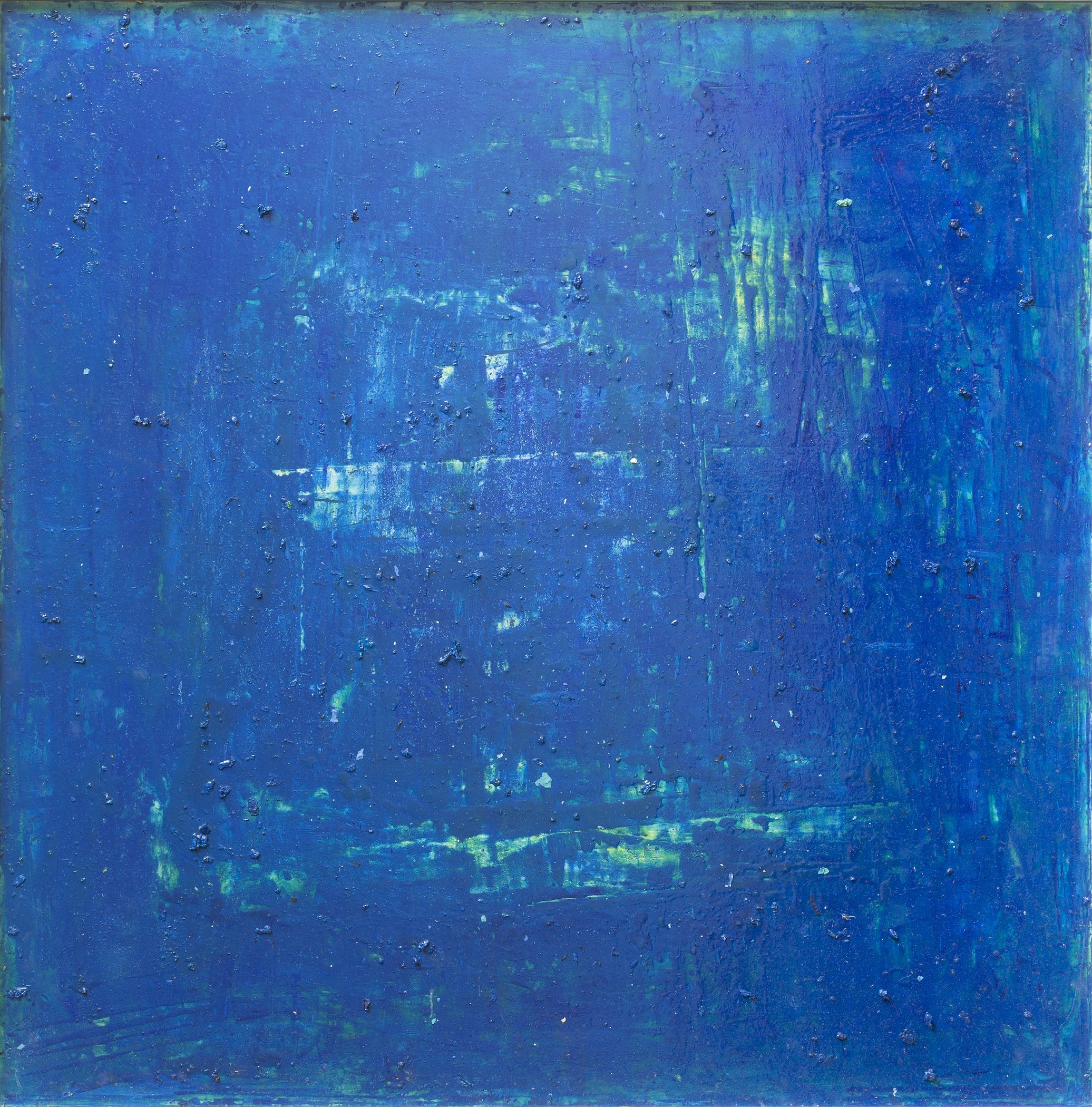


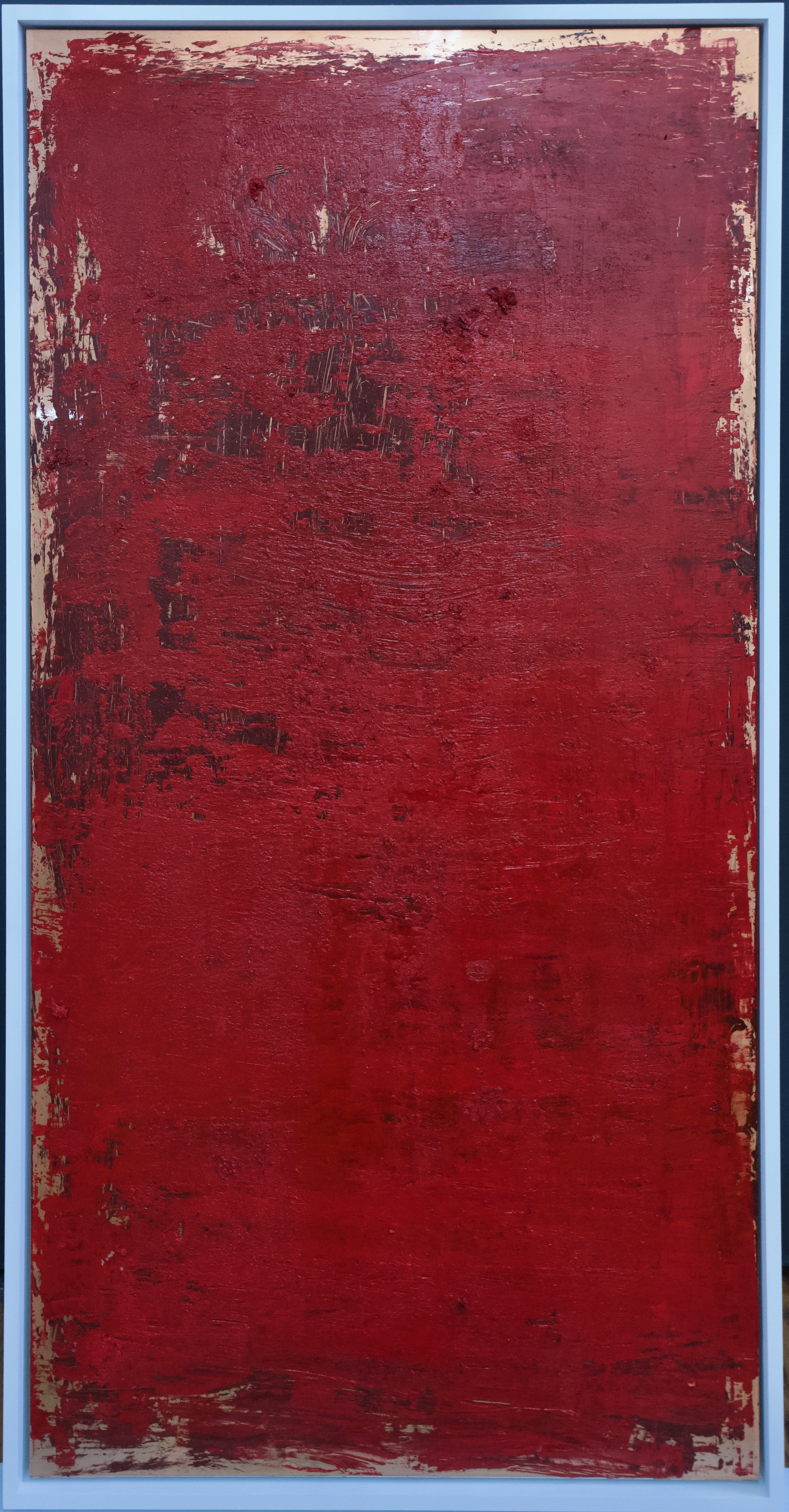
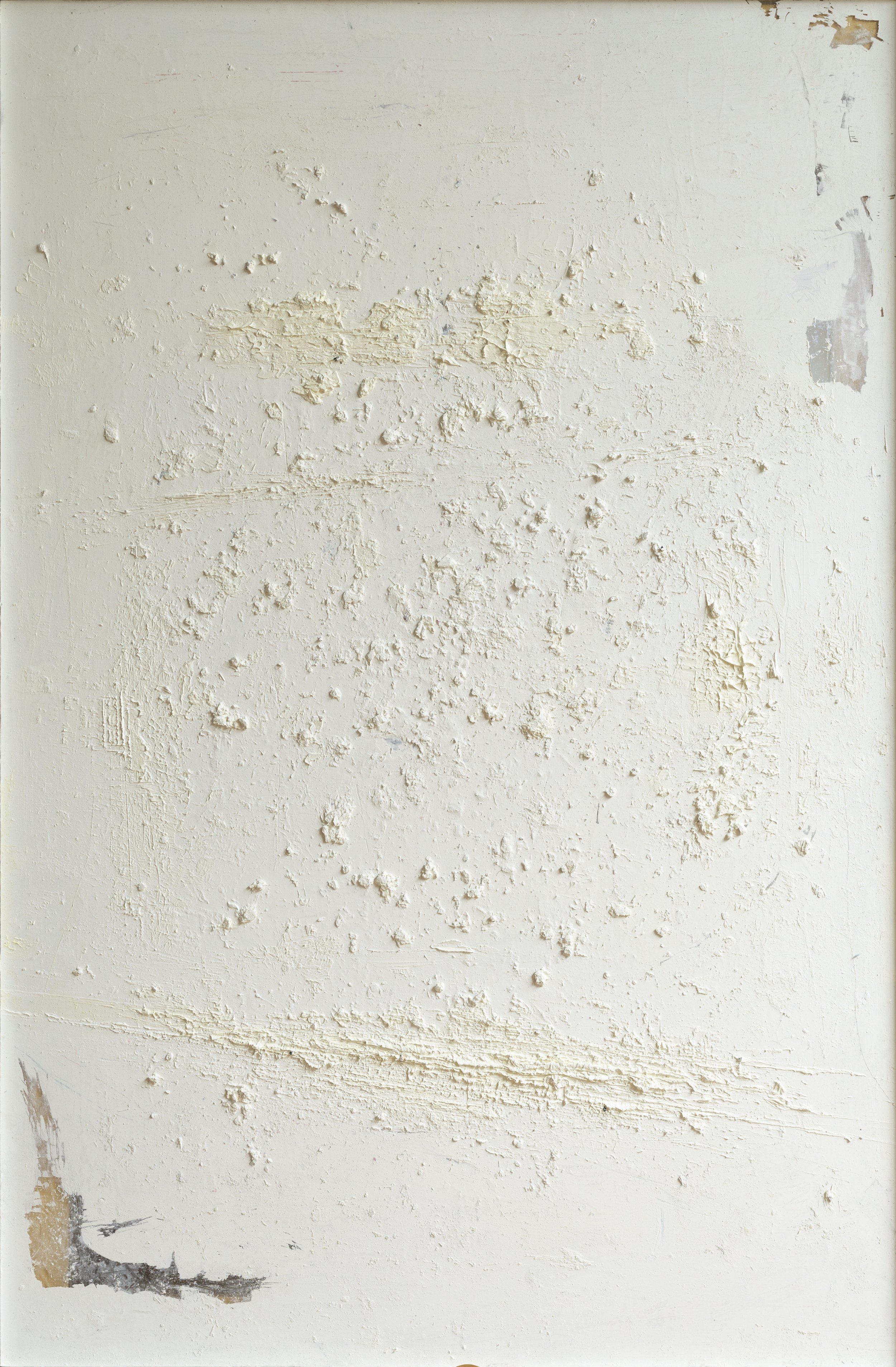


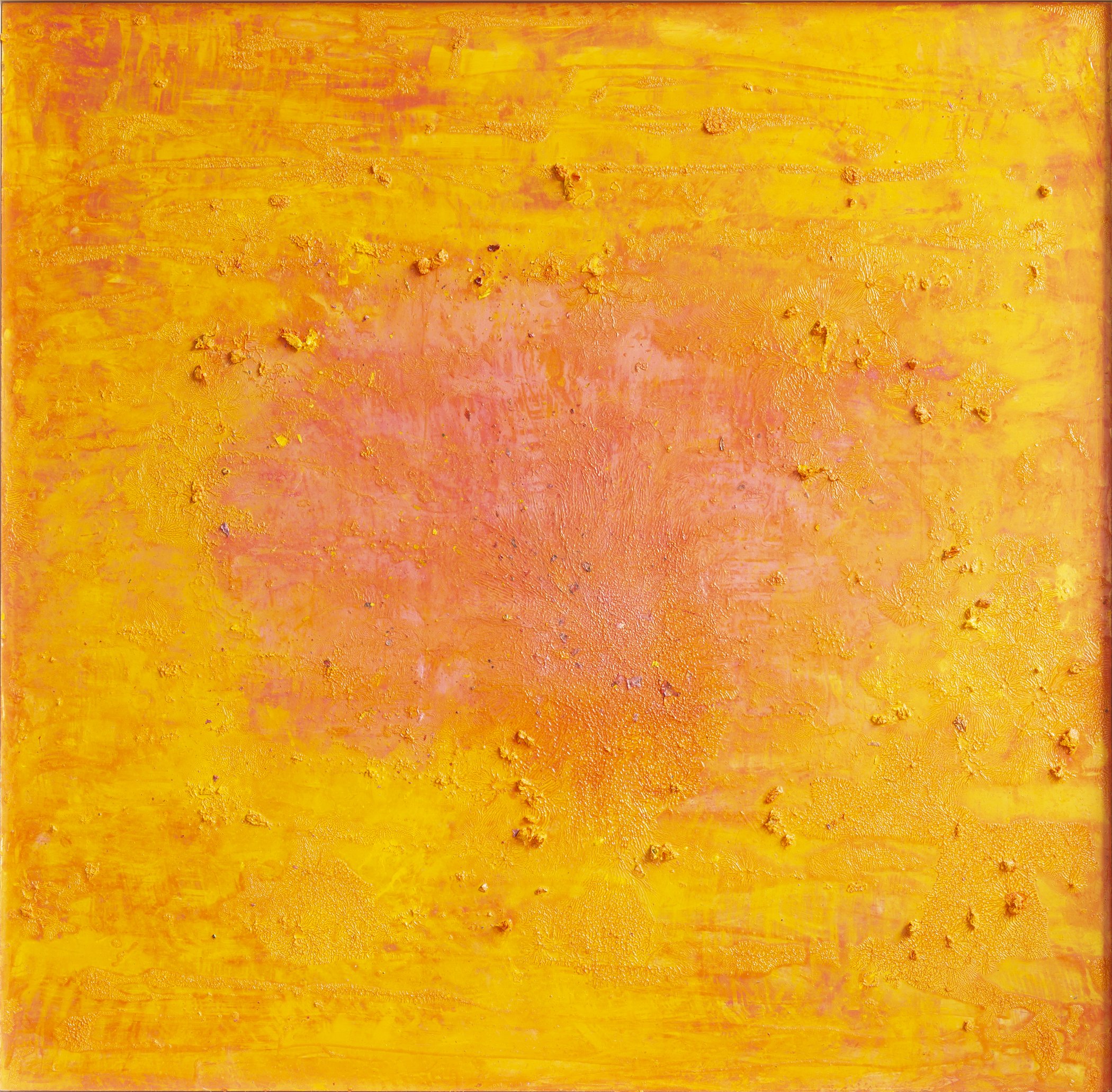
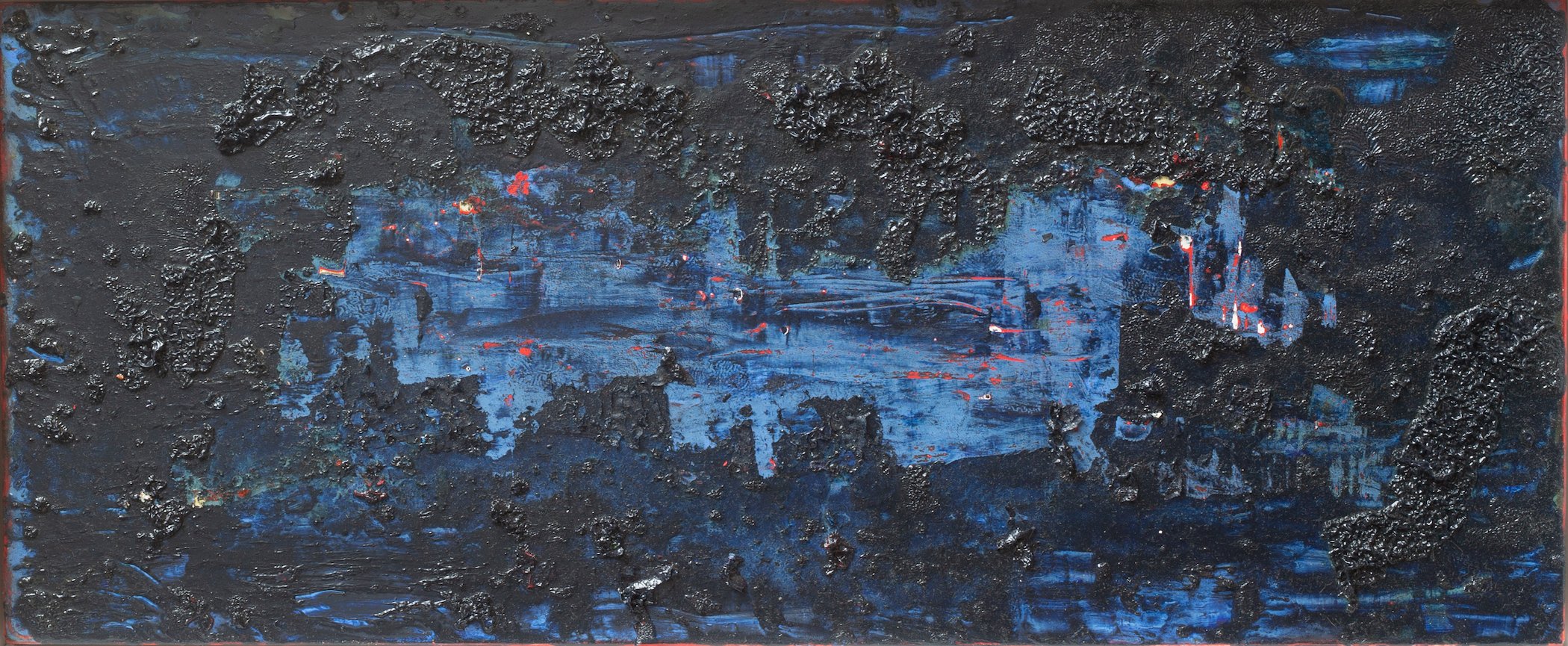
Artist’s Talk on Zoom
Learn More and Follow
August 2023: Chris Coffey
We are thrilled to have Chris Coffey as our Featured Artist for August 2023. Chris is an artist living in New South Wales, Australia and was a student and apprentice of Leo Marchutz’s in the 1970s, having first come to Aix-en-Provence in 1972. Read on to learn more about Chris, his work, painting practice, and experience with Leo Marchutz, and to see a selection of his artwork. And be sure to follow Chris on Instagram and check out his website and blog.
Text from the Artist
Léo
I was unusually fortunate to meet my teacher Léo Marchutz when I arrived in Aix-en-Provence, France during my third year of University in 1972. This was an event that changed my life.
Léo was teaching painting to students at the American Institute once or twice a week. I began attending it and soon enough it became a kind of apprenticeship, more 19th, than 20th-century style than what I had been used to at art school. After my first year in Aix, I made the decision not to return to finish my art degree in America but to stay and study with Léo.
After all the contempt I felt for art school, which I eventually fled after two years in order to get to France, here in front of me was an artist who was guiding me into painting through the history of art. I was young with a whole life in front of me and like all great events in one's life, they arrive as improbable surprises. I took a small apartment in the Châteaunoir, and then France became my home.
By this time I was seeing Léo every day. I would arrive for tea with Barbara, his wife, and then Léo would usher me into his studio where he showed me what he was working on. Sometimes I showed him what I had been doing but mostly I asked questions and he responded, this became the model for our relationship. This amazing chapter of my life lasted until his death in 1976.
Though I cannot imagine that Léo would like some of my work today, I owe him everything. I only speak for myself, but I think one’s teacher, like one’s parent, needs to be left behind, loved and never forgotten, but no longer in the studio. One has learned everything one needs to learn and one must cut one’s own way into the world of painting. Unlike so many teachers, it was never all about him, he simply pointed his students back to the masters. Léo was the beacon, not the statue.
I am a fan of the Léo Marchutz School in whatever iteration. I went to the first one [in 1972] when Billy [Weyman], Sam [Bjorklund] and Leo had decided to make a go of it away from the American Institute. Amos Booth and François de Asis were also instrumental but they remained behind the scenes. I met John [Gasparach] in 1974 and sometime later Alan [Roberts] turned up. Remarkably, through all its forms, the Marchutz experience has survived. This is almost completely due to John and Alan who have ridden out so many storms over the past few decades to keep it going sometimes against great odds. They slowly transformed the early, somewhat improvised format which Billy, Sam, and Léo had begun, tweaking it a little here and there, to satisfy a shift to the university system that demanded a coherent academic curriculum. But they are not the only ones; there is a whole crew who has come and gone over the years and I imagine they are also still as much a part of this family as I have been.
Some Improvised Notes on my Studio Work and ‘Evening Prayers’
Today, I live in Australia where I came about ten years ago to the North Coast of New South Wales. It’s a sleepy town full of surfers, hippies, new agers, and the odd film star.
For the past six years, I have been making studies at the beach at dusk. They represent a visual diary of my evening sessions entitled 'Evening Prayers Brunswick Heads.’
Many years ago I had seen the photographs of Hiroshi Sugimoto who spent years travelling around the world making large black and white studies of the horizon line almost cutting the image in half. He used an 8 X 10 camera often with long exposures during all kinds of weather and in all seasons. I was deeply moved by these things.
And although prior to seeing his series, I had never been fond of black and white photography, in his case, I was taken aback by these painterly nuances in black, white, and a multitude of greys.
Though his images were the inspiration for my own series, I wished only to explore this horizon line in colour using oil paints. Painting at dusk provided me with the colour I desired. While his photos were created using a long exposure, my pictures are made with lightning speed.
I call it a series now, but when I began, I had no idea that it would become such a project. I simply wanted to get back outdoors again to have some fun and mix colours in the sunlight. I had been working in the studio for many years where the creative process is different. But I needed to change things up so I began going out to the beach towards dusk and making these small studies. Today, I now practice two Painting forms simultaneously, one complementing the other, one in the studio, the other, in front of the motif outdoors. They both bring great satisfaction to me and speak to different corners of my curiosity.
Although in this exploration at the beach I had not initially foreseen it to be a 'site specific’ series, one which generally means that the artist alters the site in question, but in the end, it turned into one through repetition. And unlike most artistic 'site' projects, in this case, the work preceded the idea, not the other way around. And though I haven’t altered the site, it is I who has been altered by it.
Throughout this time my work process has varied considerably. At certain moments I appear to be more concerned with the graphic unity of the surface while at others I am simply seduced by the sensual nature of the oil paint. But always, I am looking at colour’s ability to simultaneously push and pull the drawing of the image both forward and backwards into the surface of the picture plane but never am I interested in technique for its own sake. Because the motif is so inherently abstract, being just the sea and sky (for I never use the beach as a traditional means to illustrate a classic foreground), I use colour as the principal vehicle with which to push the foreground backwards into the painting while at the same time bringing the background forward up to the surface. This is for me one of the greatest lessons from Cezanne, who in the 19th century, single-handily ushered us into the era of truly Modern Painting by demolishing perspective and breaking down distance, for better and alas, worse. Matisse whose work I love, went even further.
During these years I’ve made lots of studies, and after much failure, I’ve learned a great deal too while also growing into the ‘motif.’ I’m always looking for the pictorial resolution for them because each picture has its own illusive logic. I’m always interested in the unity of the whole surface, the formal integrity of each painting — the drawing and colour being at its essence. But consequently, these studies might appear scruffy, sloppy, and unfinished because I'm certainly more Expressionist than Impressionist. But personally, I like all these spontaneous and accidental elements in my own work, and in others’ too. It’s a matter of taste.
As each picture can be so different from one day to the next, I too, am quite different. Somedays I'm joyful, sometimes not, maybe tired and a little grumpy, with a mind full of problems, real or imagined, but because I go out there as a habit to work, Nature has always opened up to me regardless of my state of mind, and as a result, I am always changed by the painting process. I am always transformed by it, and this is why I still go out there. As my friend, François de Asis, has always assured me, “When one paints, one lives better.”
I realised that I needed to work on a small scale in order to capture so much change, so quickly at this twilight hour. So thus, I settled on two small convenient board sizes. Working small, as all landscape painters know, keeps the process simple and within reach. There is also a certain beauty in a very small oil painting.
These studies opened me up again to exploring the expansive myriad of grey tones that cycle through the colour wheel while lighting up a whole variety of nuances at the dusk hour. And what surprises me when I take a few steps backwards to view the whole ensemble is that most of the paintings, though they obviously share my fingerprints, also can manifestly look so vastly different in every way. But weather dictates a lot of this too.
I have enclosed a selection of work that will hopefully reveal who I am as a painter starting with a few early things, the beach paintings (in chronological order), then some of the large non-objection paintings done in the studio. These latter things perhaps deserve an explanation but I would need much more space here than has been allotted to me.
I’ve never been crazy about American Expressionism though for many years I’ve earnestly tried hard to be. But because I'm a romantic, I've always dreamt of a way I could possibly marry Expressionism to Nature. I wish I could re-phrase this by saying that I desired to reunite them back together again, but the truth is that American Expressionism was never attached to Nature to begin with.
Somehow, the American Expressionists missed the boat when they lost sight of the light. Not all, some of the time, but many of them, all the time. A shame, it’s a shame because in their quixotic crusade to make something completely new in American painting, the essence of Chiaroscuro was lost. (And anyway, their ‘abstraction’ couldn’t hold a candle to Turner’s late watercolours).
They broke down painting without possessing the means to rebuild it. Maybe this is some kind of American 'thing' because we seem to do this all over the place, all of the time. Who knows, but again, it's a shame because by trying to paint quickly and spontaneously, they were really onto something important. And breaking things down can be a good thing too if one knows how to replace them with something better, however different.
Many of my Evening Prayers have been moving towards a flat and graphic disposition. I like that. When I compress the motif down to just a few horizontal stripes of subtle colour that feel true to Nature, that's when a small bell rings inside me. This is weird, but good of course. Personally, it's where my compass always wants to point.
I bring all this back to my own desire to see the motif as if for the very first time, each time, day after day. This means approaching the motif quickly, seizing it, and subduing it with experience and craft. By working this way I’m able to avoid a sentimental view of Nature, something I deplore in painting. This isn’t a recipe for everyone, it is a way I discovered for myself because I am an anxious person, and in this series, I need a colourful frenzy at the end of the day to find peace.
But again, it was Léo, who found a way into the motif through his own very abstract means of drawing and who subsequently passed it on to us. In this, Léo was also a signpost.
In summary, I thought this project was about colour but to my surprise, I discovered it was really about light, without which, there can be no real colour. And because the drawing is fairly easy, without complications, I could really focus on colour. So now, when I get out there to paint it feels a little like I’m getting into a Google self-driving car because I have so few concerns about anything else except to enjoy the ride. After all, I'm just seeing, and mixing colour.
Chris Coffey, August 2023
Selected Works
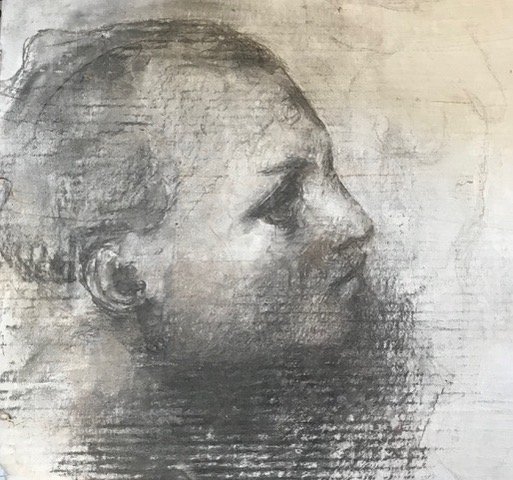
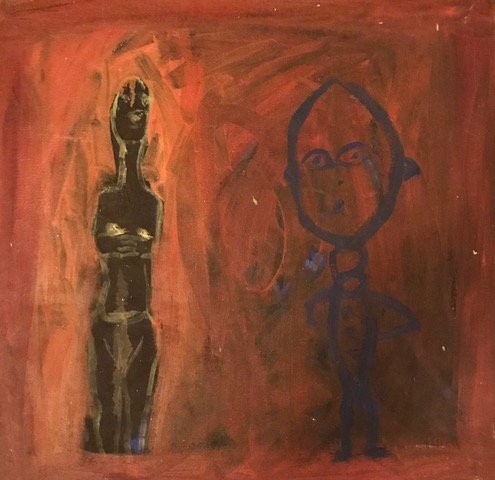


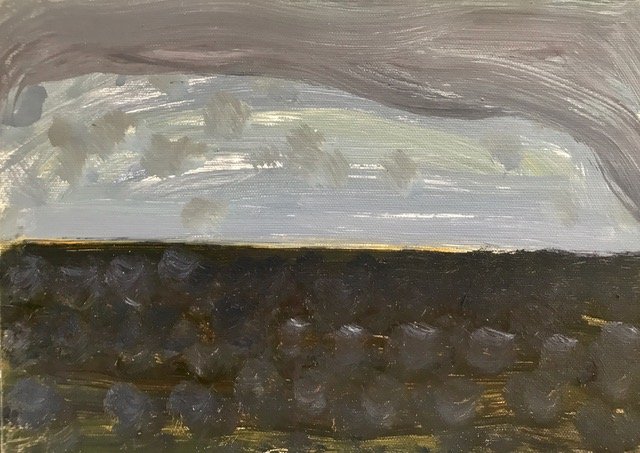
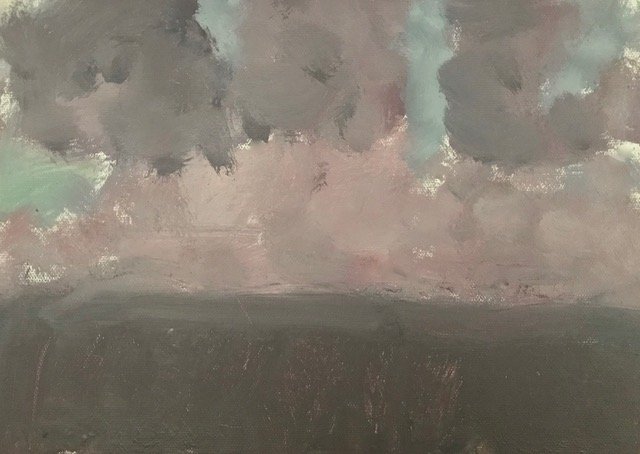
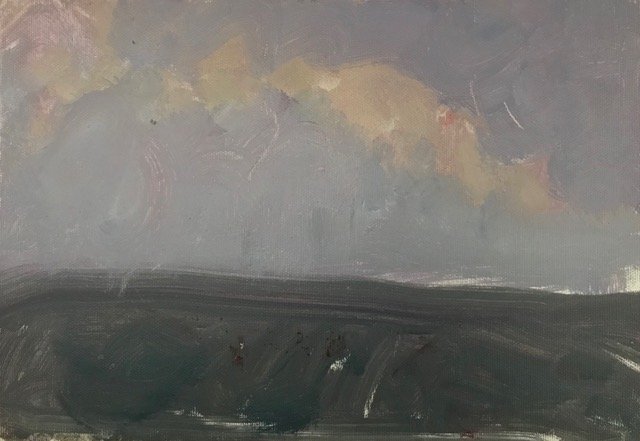
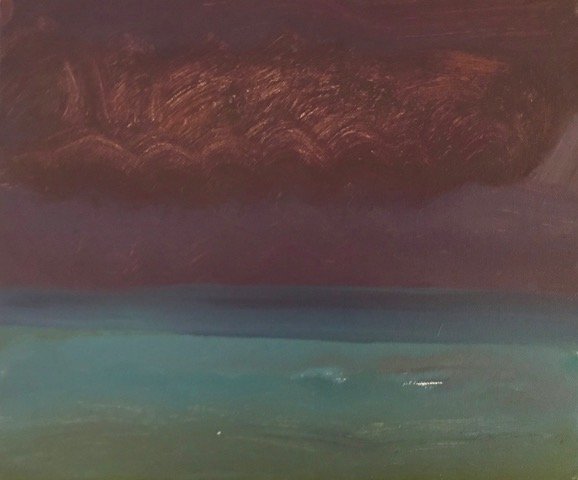
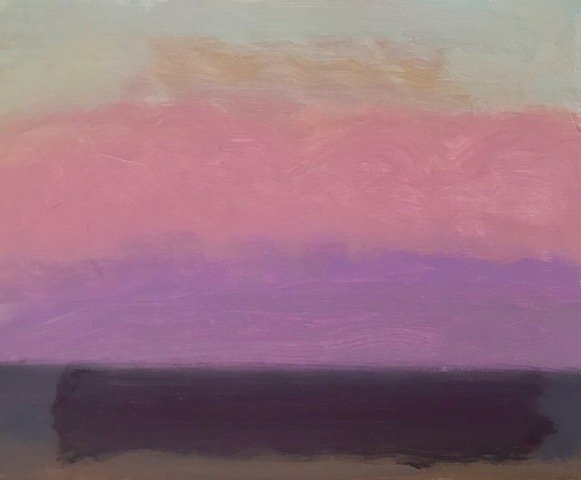
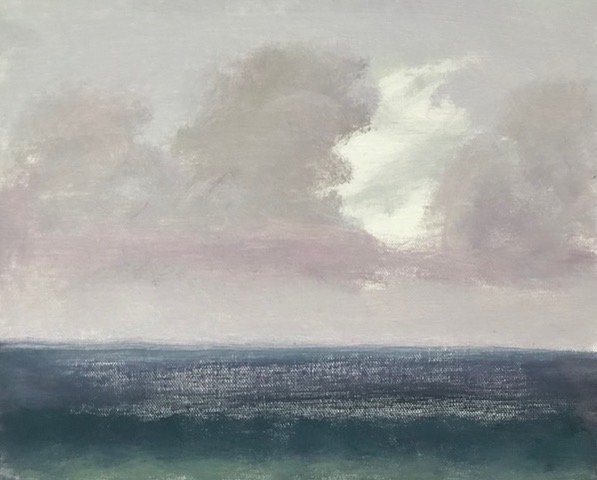
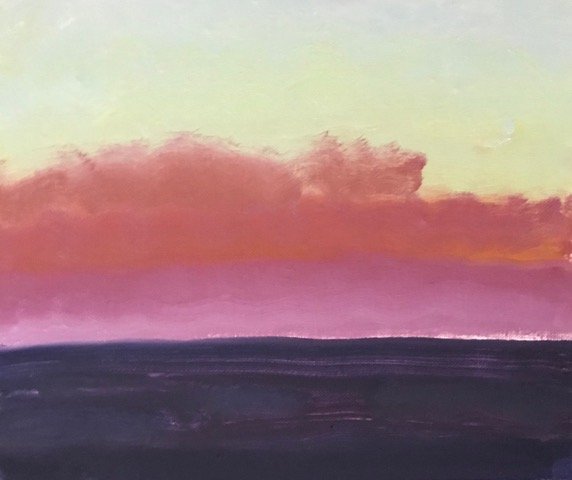
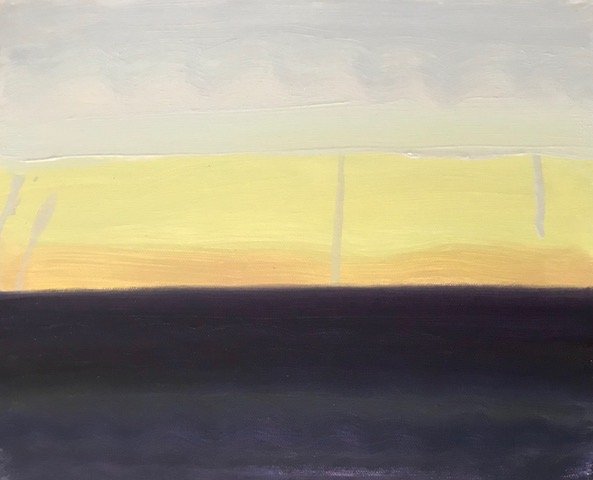
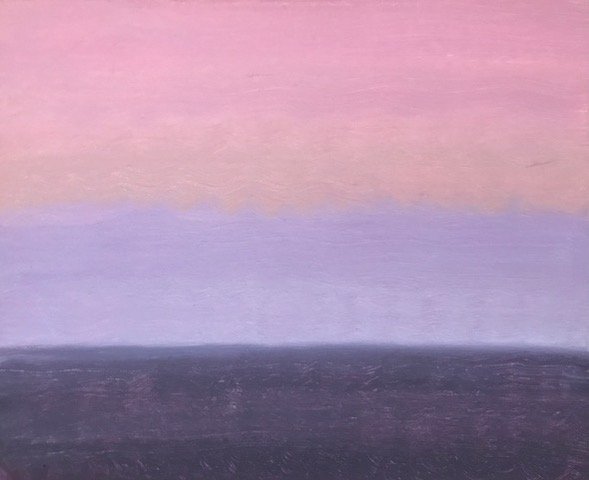
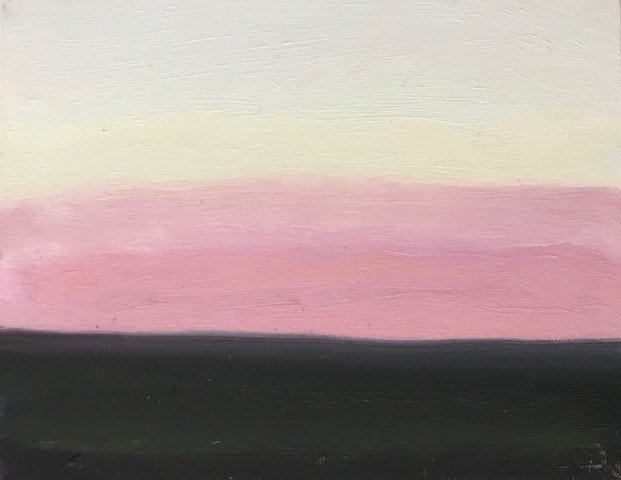
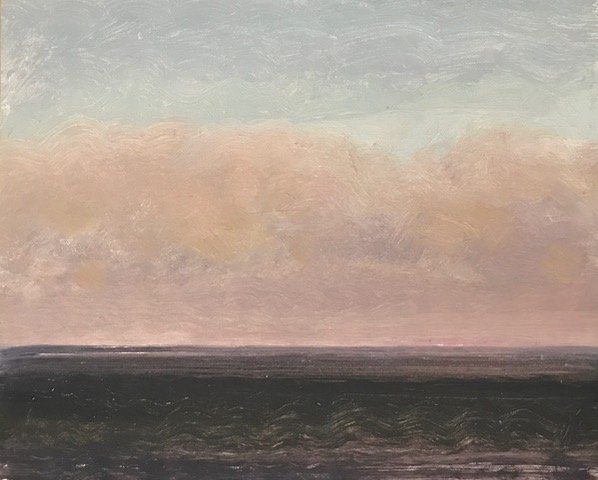
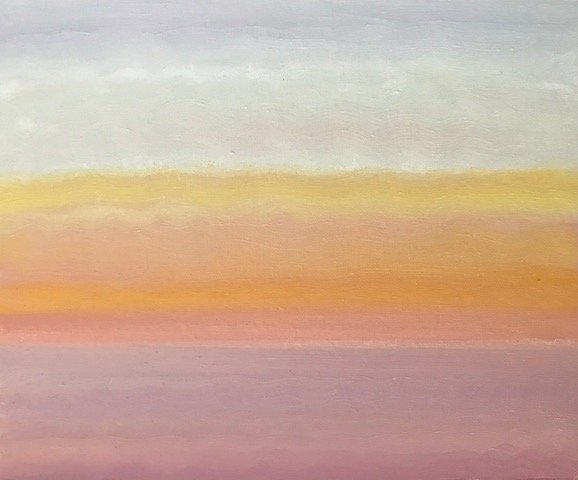
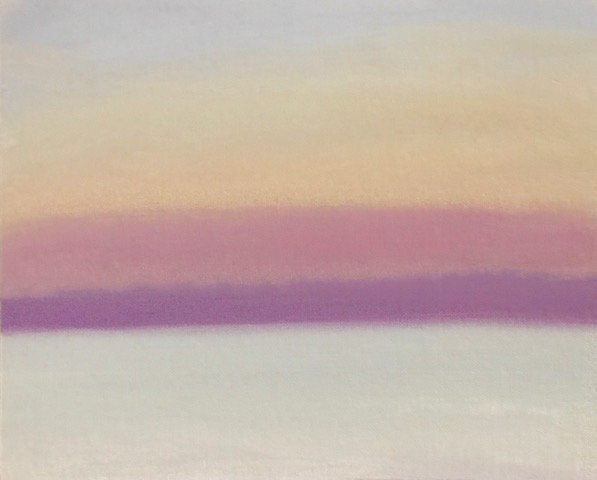

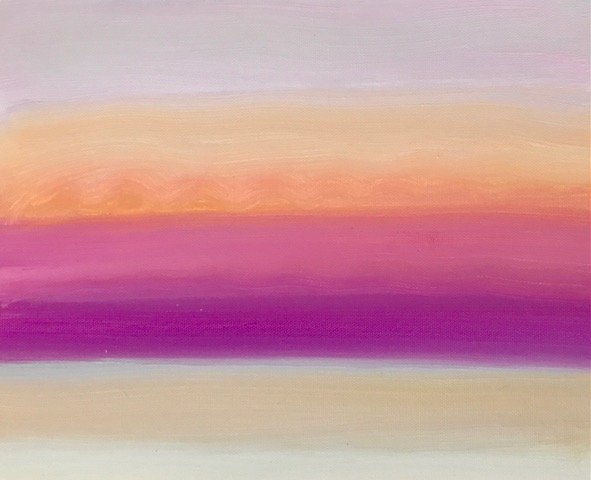
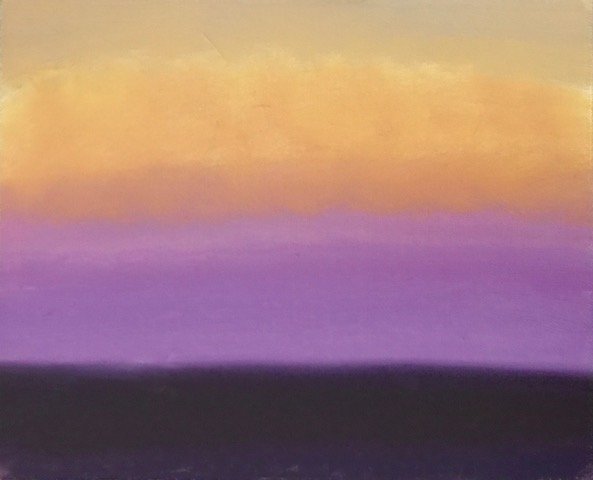
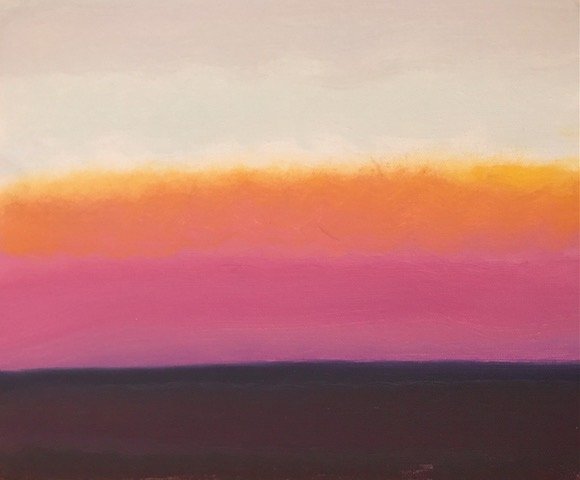
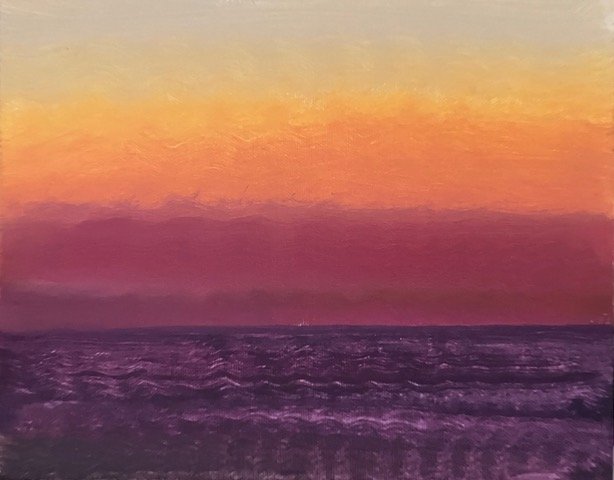
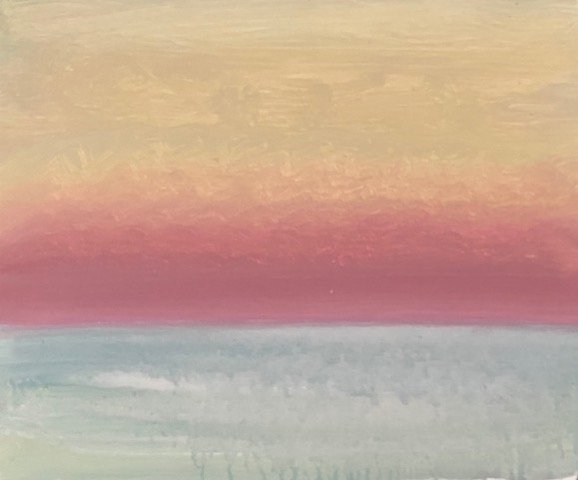
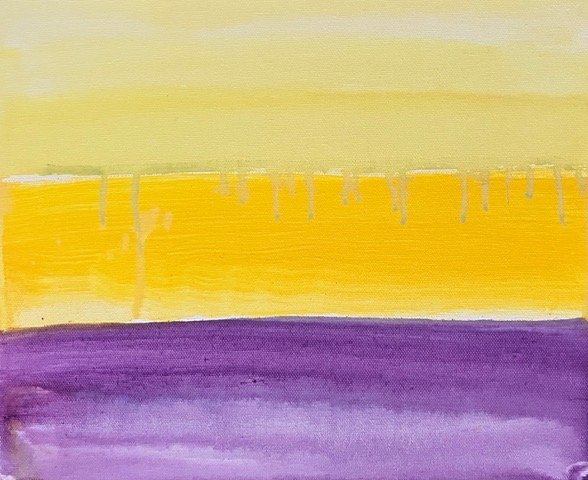

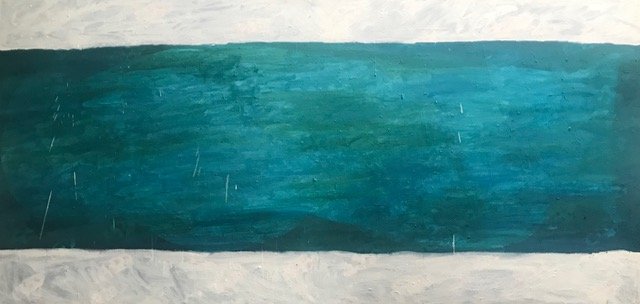
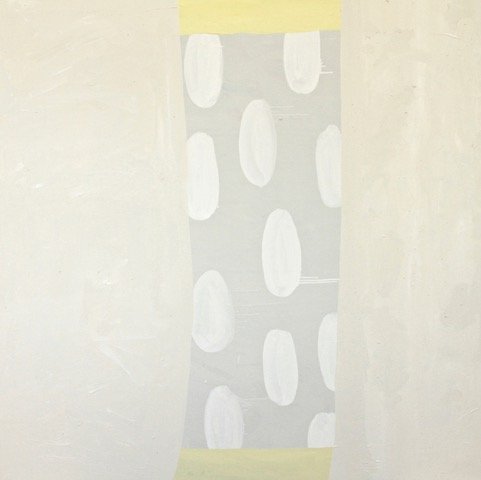
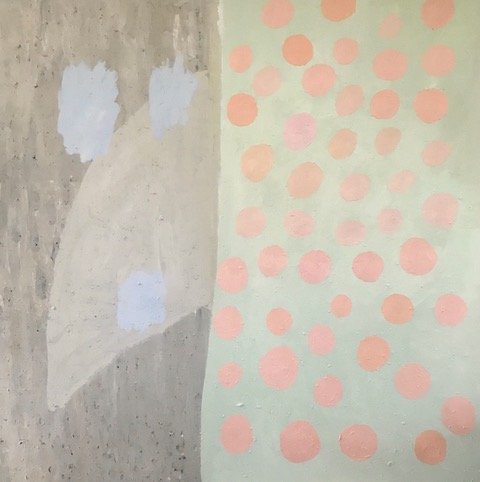
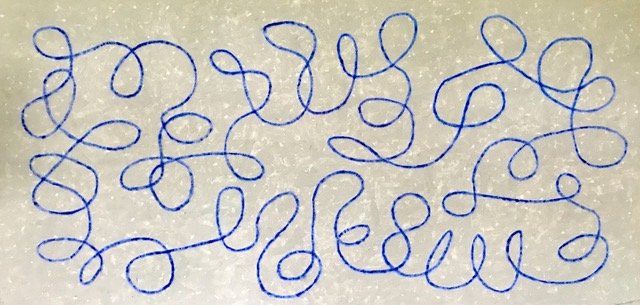
July 2023: Jim Toub
We are delighted to introduce Jim Toub as our Featured Artist for July 2023. Jim is a longtime friend of the Leo Marchutz School, first coming to Aix-en-Provence in 1977 as a student and then continuing his relationship with the school as both Interim Director and then as a lecturer in Art History and Studio Art in subsequent years. Jim is currently an artist and Professor of Art in the Art Department at Appalachian State University in North Carolina, where he has worked for 31 years. We are thrilled to feature Jim and his work this month!
Read on to learn more about Jim and his experience with the Leo Marchutz School and to see a selection of his current works. And be sure to follow Jim on Instagram and watch the recording of Jim’s Artist’s Talk that took place on Zoom on Monday, July 31st at 1:00 PM Eastern Time.
Personal Statement
The Leo Marchutz School has had a deep and enduring impact on my life since I first encountered it in 1977. My nearly 10 years at the school, first as a student, then as Interim Director in 1984-85, and finally as a lecturer in Art History and Studio Art from 1985 to 1991 have been both formative and foundational in all aspects of my professional life. My very long career as a teacher, scholar, practicing artist, and administrator has been informed by and rooted to what I learned from my time at the school. My undergraduate studies at Hampshire College in art theory and criticism and my graduate work at Boston University on Oskar Kokoschka's teaching, as well as my subsequent research on the influence of Cezanne's work on Cubism and other strands of modernism; Christopher Alexander's pattern language theories as they relate to the emergent field of Biophilic Design; and my most recent work on the history of doodling as a vital form of creative expression, have been informed by and made possible from what I learned at the Leo Marchutz School. My recent creative practice, though shaped by ideas and practices I encountered years after leaving the school, is still, in my view, rooted to principles of creative expression at the very core of what the school teaches. I am forever grateful to the school's founders, Billy Weyman and Sam Byorklund, for articulating a coherent and compelling vision of art that has deeply influenced my own artistic development over a very long period of time.
Since leaving the Leo Marchutz School, I have served for 31 years as Professor of Art in the Art Department at Appalachian State University where I also served as Department Chair from 2019 to 2022. As the largest undergraduate Art Department in the state of North Carolina, I have, over the years, encountered on a daily basis the many complicated, challenging, and often confusing forms of contemporary creative practice dominating the art world today. I have, nonetheless, in the 33 courses I have taught, the 10 international studies programs I have led, and the many administrative roles I have held, been able to effectively apply some of what I learned at the school to entirely new and wholly different educational environments. My experience at the Leo Marchutz School has provided me a unique and invaluable perspective as I have navigated my own path through an incredibly complex and vexing thicket of ideas and practices typical of contemporary pedagogy and creative practice in the visual arts.
Artist Statement
My recent work is about mapping imaginary cities. It is inspired by a number of sources including the exotic urban environments vividly described in Italo Calvino’s novel Invisible Cities; maps of Spanish-held territories in Mexico commissioned in the 1570s by the king of Spain; Mediterranean hill towns of Provence; and the elaborate patterns adorning medieval basilicas such as St. Marks in Venice. Although I am inspired by many natural and man-made environments, I work spontaneously without any conscious awareness of what the finished work will look like. What begins as seemingly random and purposeless doodles intuitively rendered without premeditation, eventually evolves into intricate patterns and recognizable objects. Although all maps depict imaginary worlds in that they abstract from and conceptualize the territory they represent, mine are fragmented memories tracing the patterns of places I have been and others that don’t exist.
Jim Toub, July 2023
Selected Works


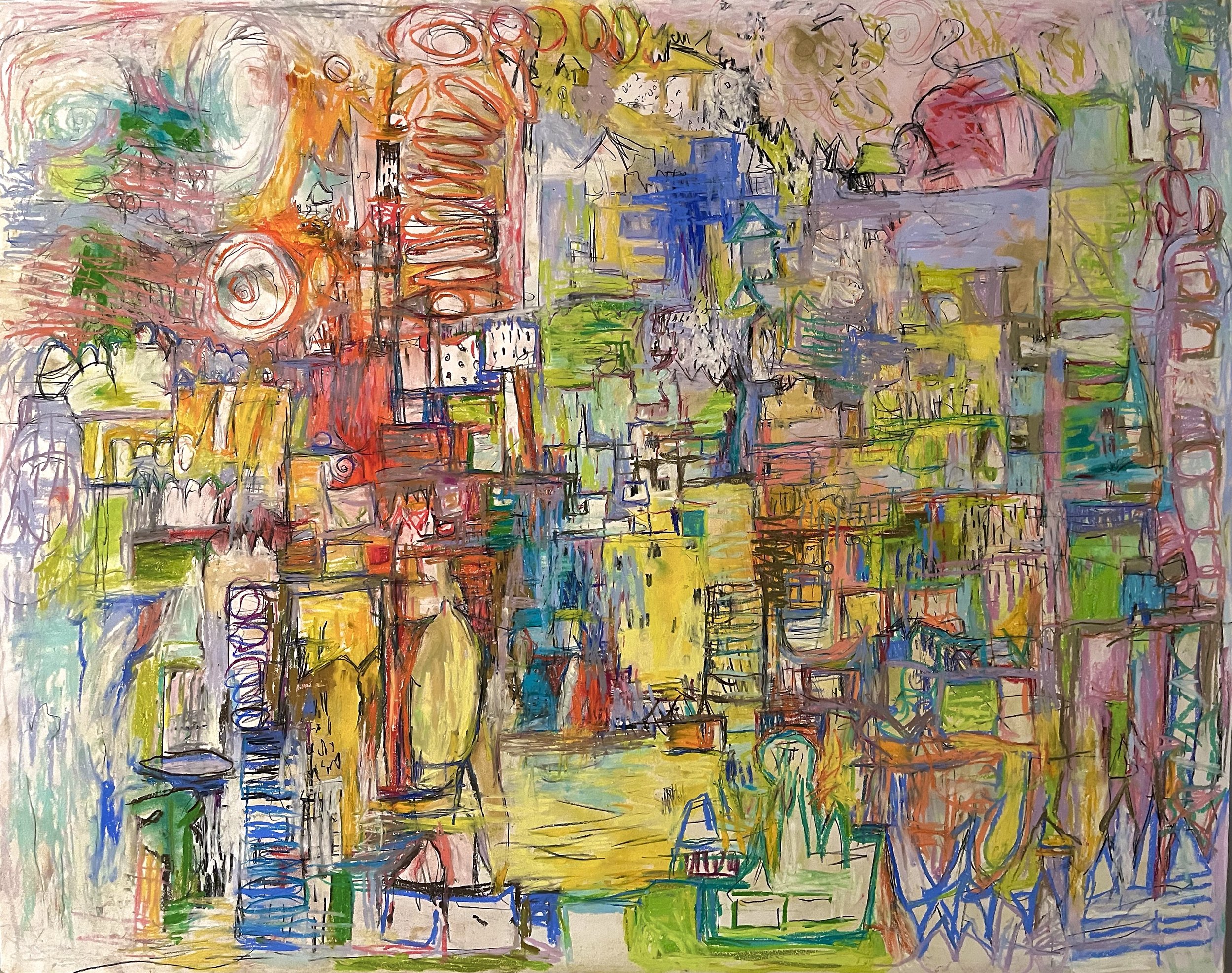
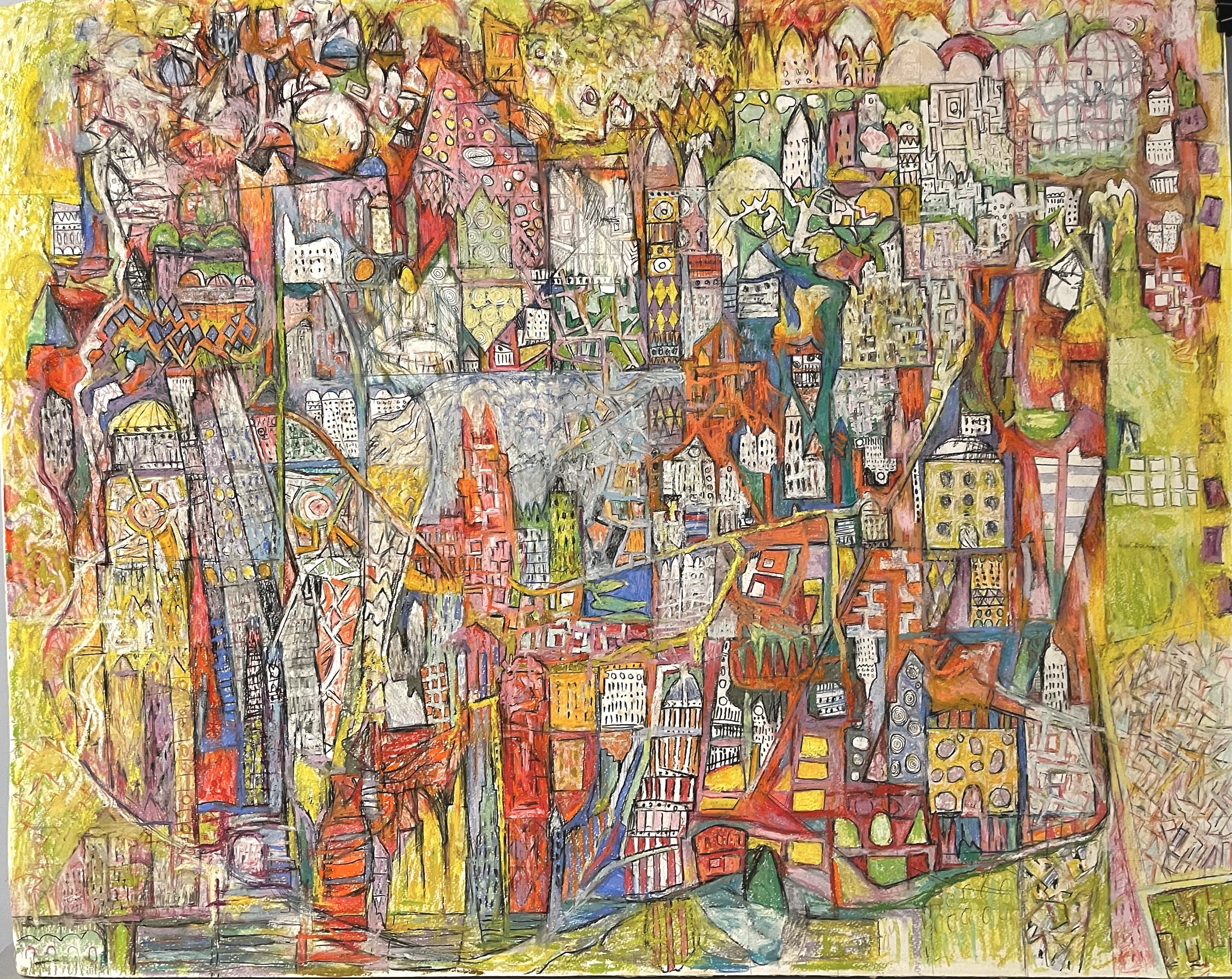
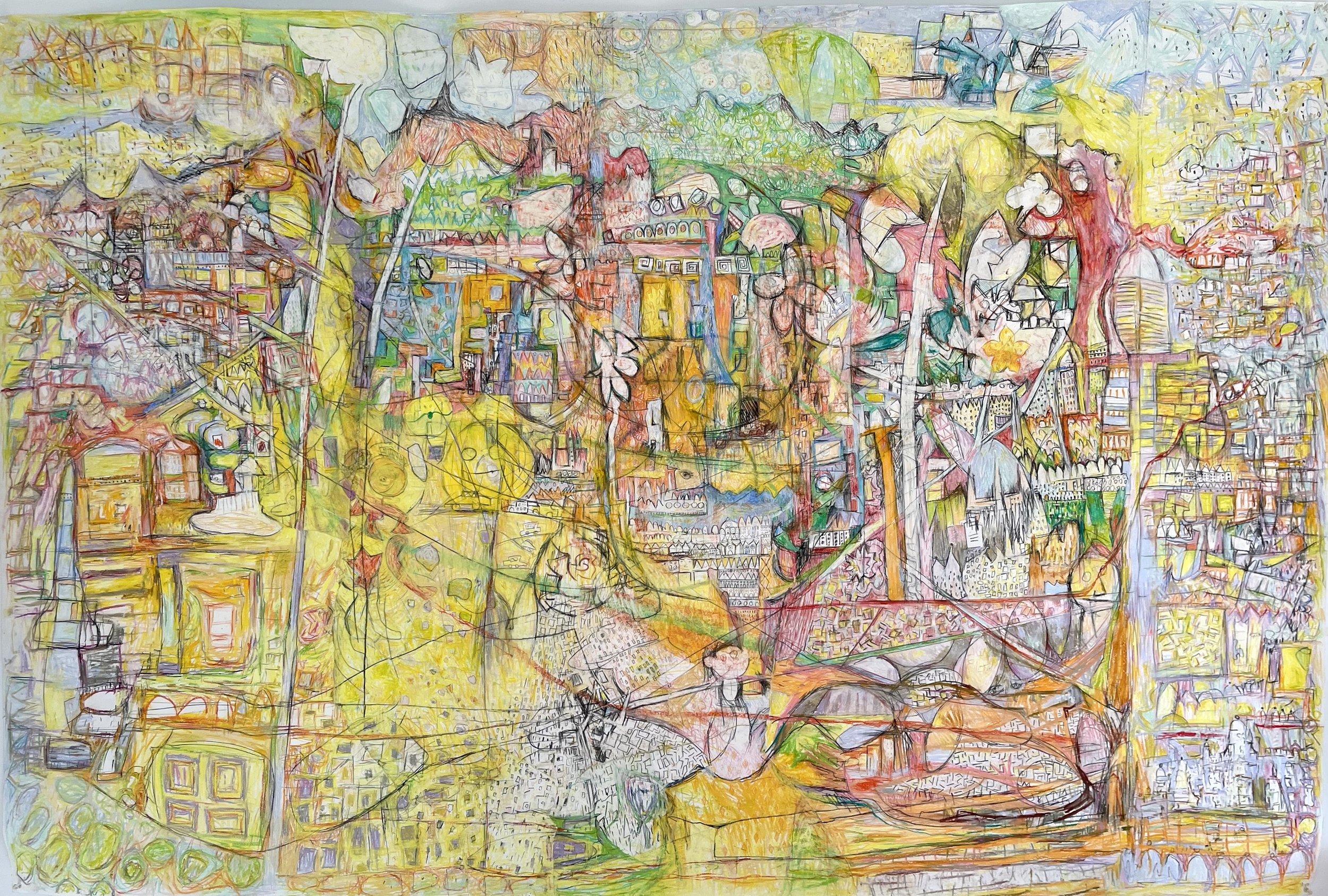
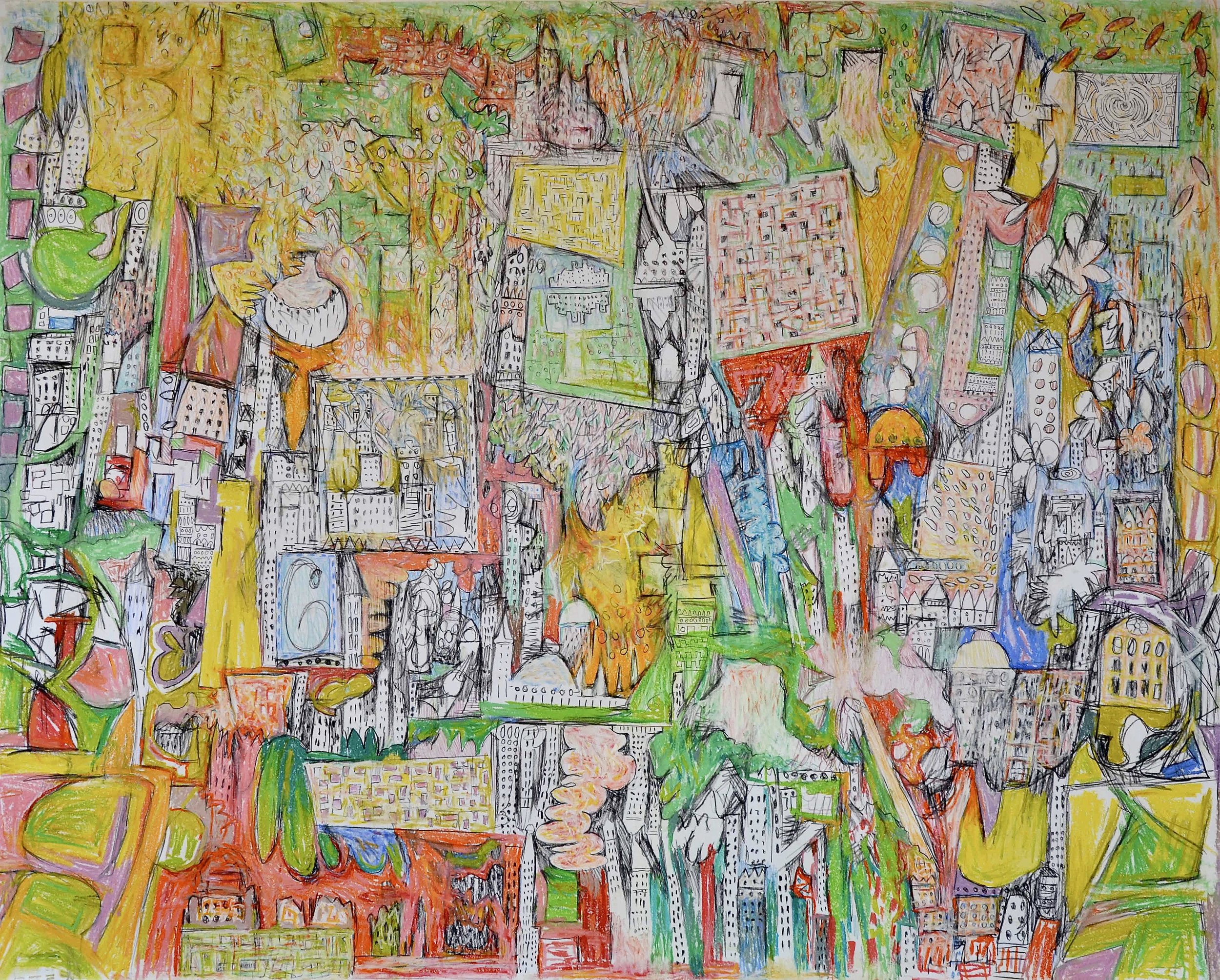
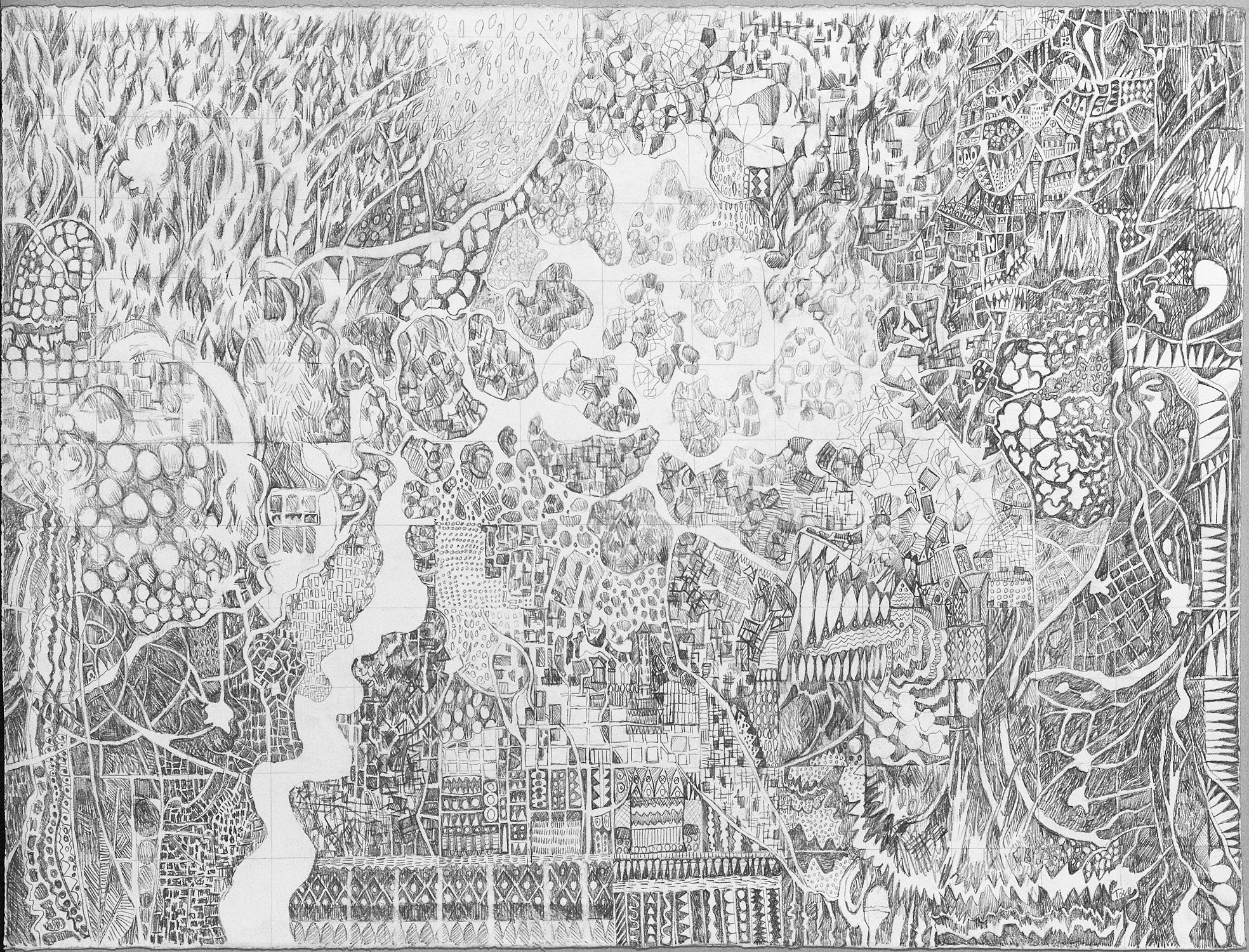
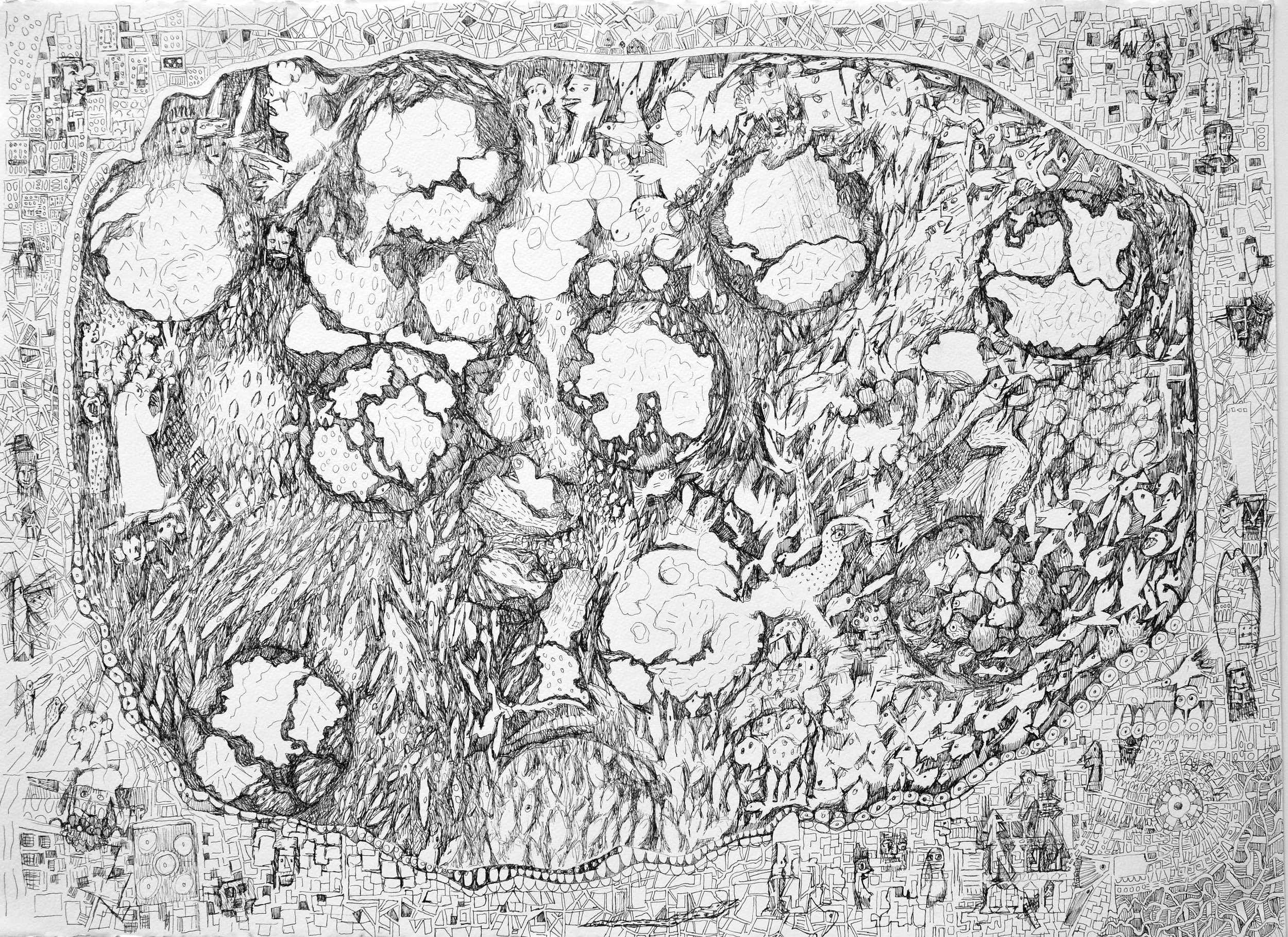
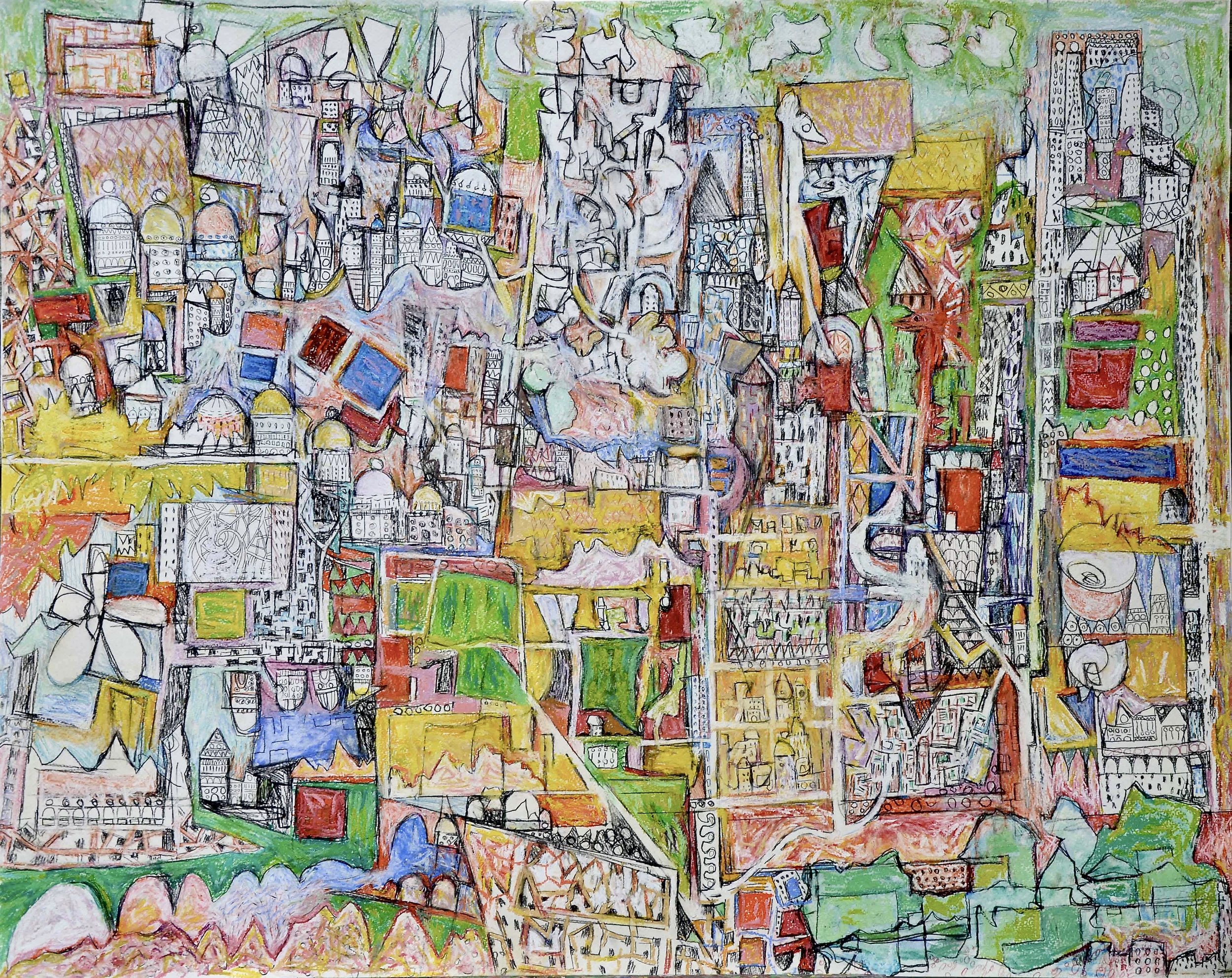
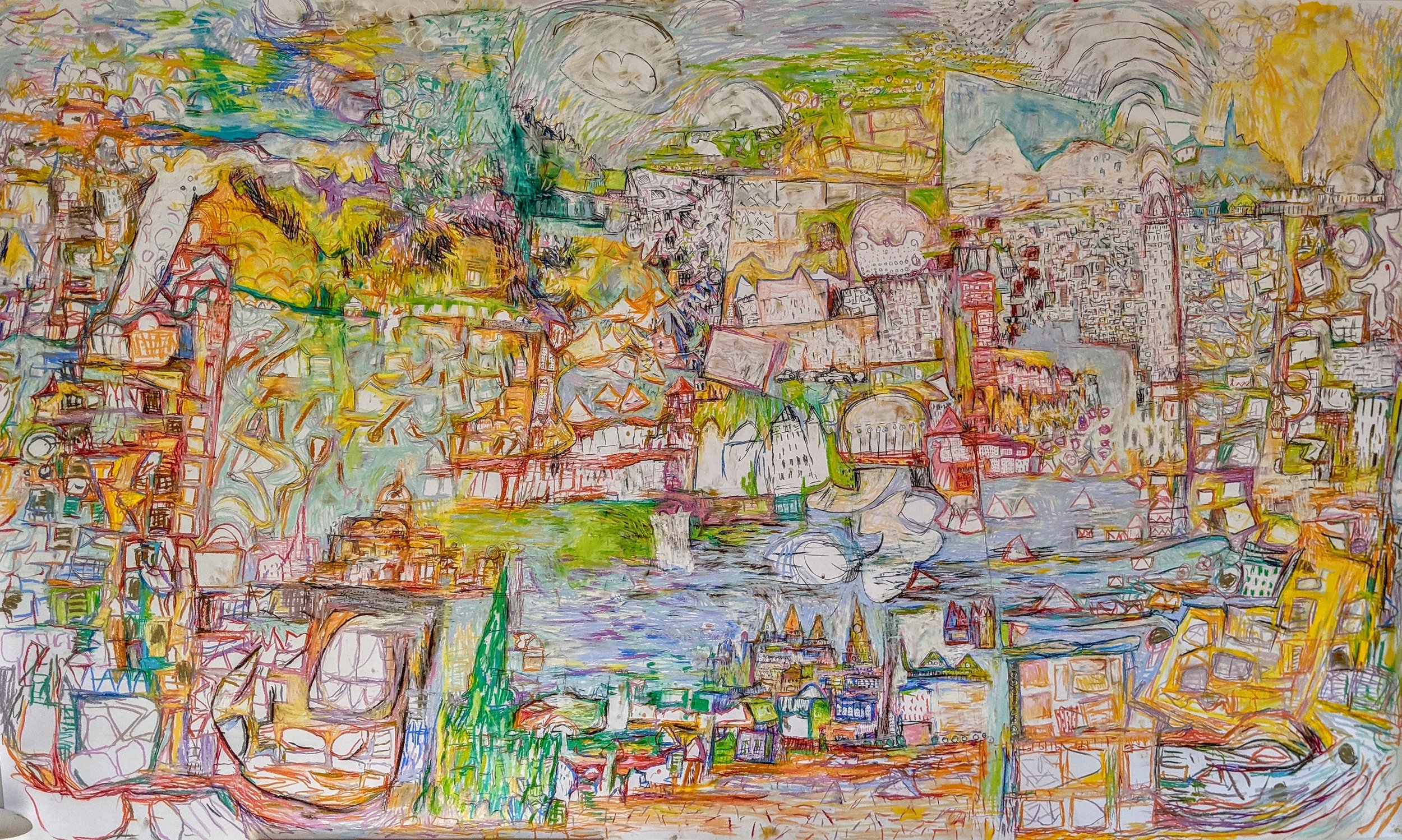
Artist’s Talk on Zoom
Learn More and Follow
June 2023: Jennifer Neel
We are so happy to introduce Jennifer Neel as our Featured Artist for June 2023. Jennifer currently resides in her home state of Indiana and paints landscapes, still-lifes, and portraits primarily from life. Jennifer graduated from Covenant College with a BA in Fine Arts. She spent time learning from Alan Roberts, John Gasparach, and the Leo Marchutz School of Painting & Drawing community in Aix-en-Provence, France in different capacities between 2014 and 2018. Her studies have taken her to Giverny, France and Venice, Italy where she painted plein-air landscapes. We are delighted to feature Jennifer and her work this month!
Read on to learn more about Jennifer and her experience with the Leo Marchutz School and to see a selection of her works. And be sure to follow Jennifer on Instagram, check out her website, and watch the recording of Jennifer’s Zoom artist’s talk on our YouTube channel.
Artist’s Statement
“Jennifer, this could be something that influences you your whole life,” I recall my dad telling me in a moment of indecision. A family crisis had left me with a difficult choice the summer before my junior year of college: continue with plans to study abroad at the program of my dreams or spend the summer at my college in the U.S. in order to spend more time with my family. Ultimately I ended up spending the semester closer to home and delayed attending Marchutz for the foreseeable future. And Dad’s words still ring true almost 10 years later.
I had the pleasure of being in Aix-en-Provence and learning from Alan Roberts, John Gaparach, and the Leo Marchutz School community during the fall of 2014 as an undergraduate and then returning to study at the master’s level from 2016 to 2018. My time with the Leo Marchutz School has left a lasting legacy in the way I understand and evaluate the world around me. I carry the influence in the way I see architecture as I consider its unity with its surrounding nature or lack thereof, the way I look at art and contemplate the artist’s vision of the world expressed through the work, the way I look out at the world and constantly think about how I would paint a particular scene to create a unified whole, and so many more small details throughout my day.
In a world increasingly torn apart by differences, Marchutz offers a way to speak to that which is most intimate and universal to us through the visual language of painting. Similar to how the Marchutz School emphasizes the various parts creating a whole in painting, the school also sees each person in the group as a necessary part to the whole discussion at hand — each has something to offer and to learn from one another. Marchutz has shown me that art has the ability to speak to what is deepest and closest to us — our fears, our fleeting time on earth, our longing for something more whole than ourselves, more than just what the world offers. Ultimately, Marchutz has given me confidence that expressing truth in art is a worthwhile endeavor.
Jennifer Neel, June 2023
Selected Works
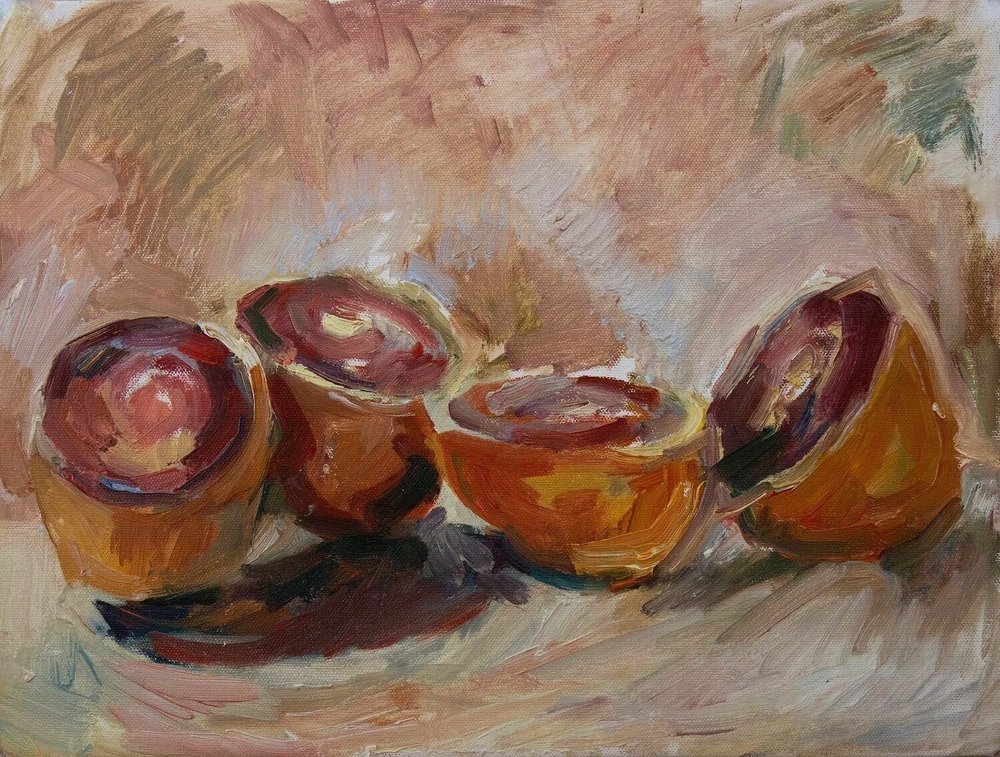
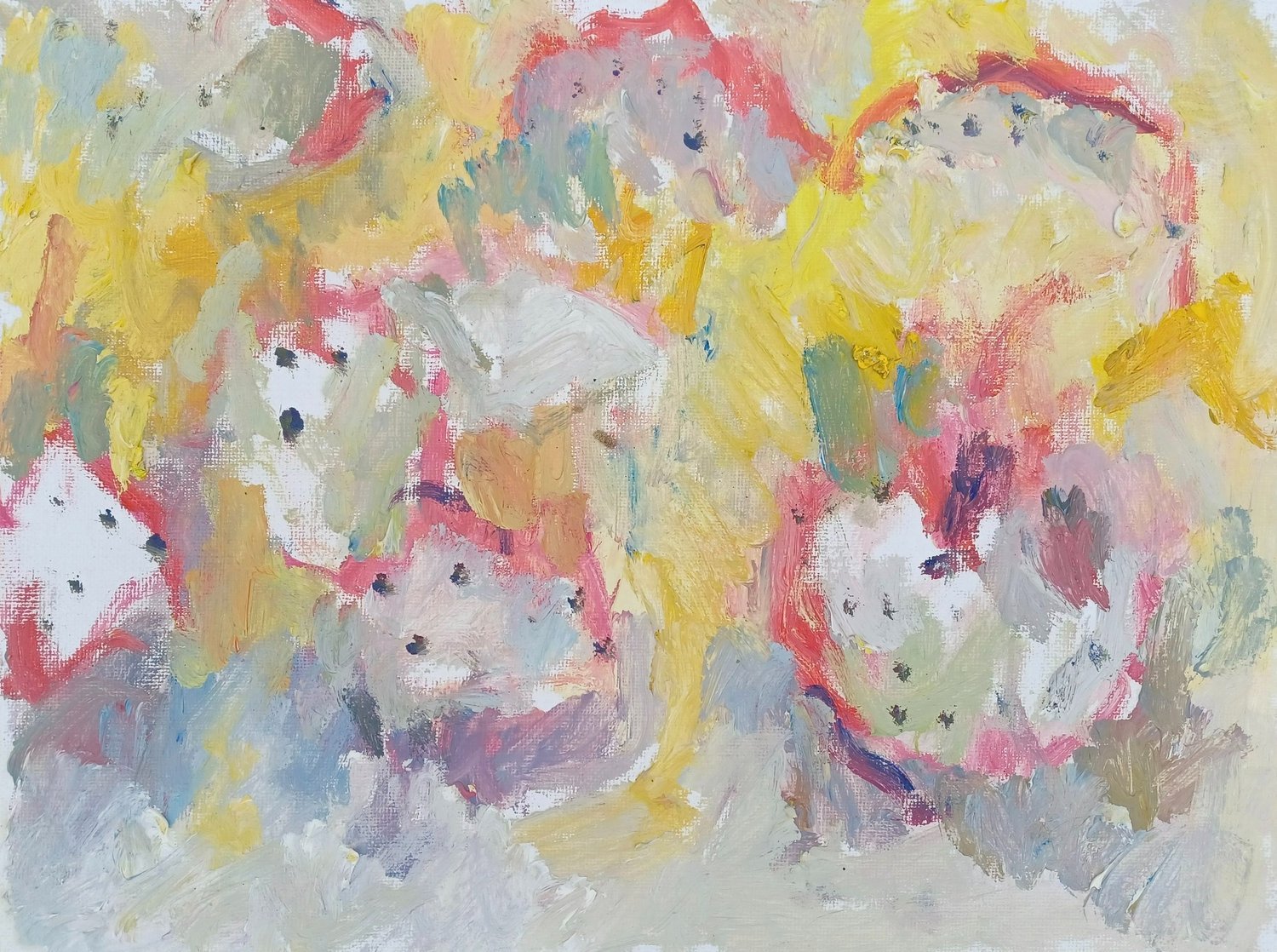

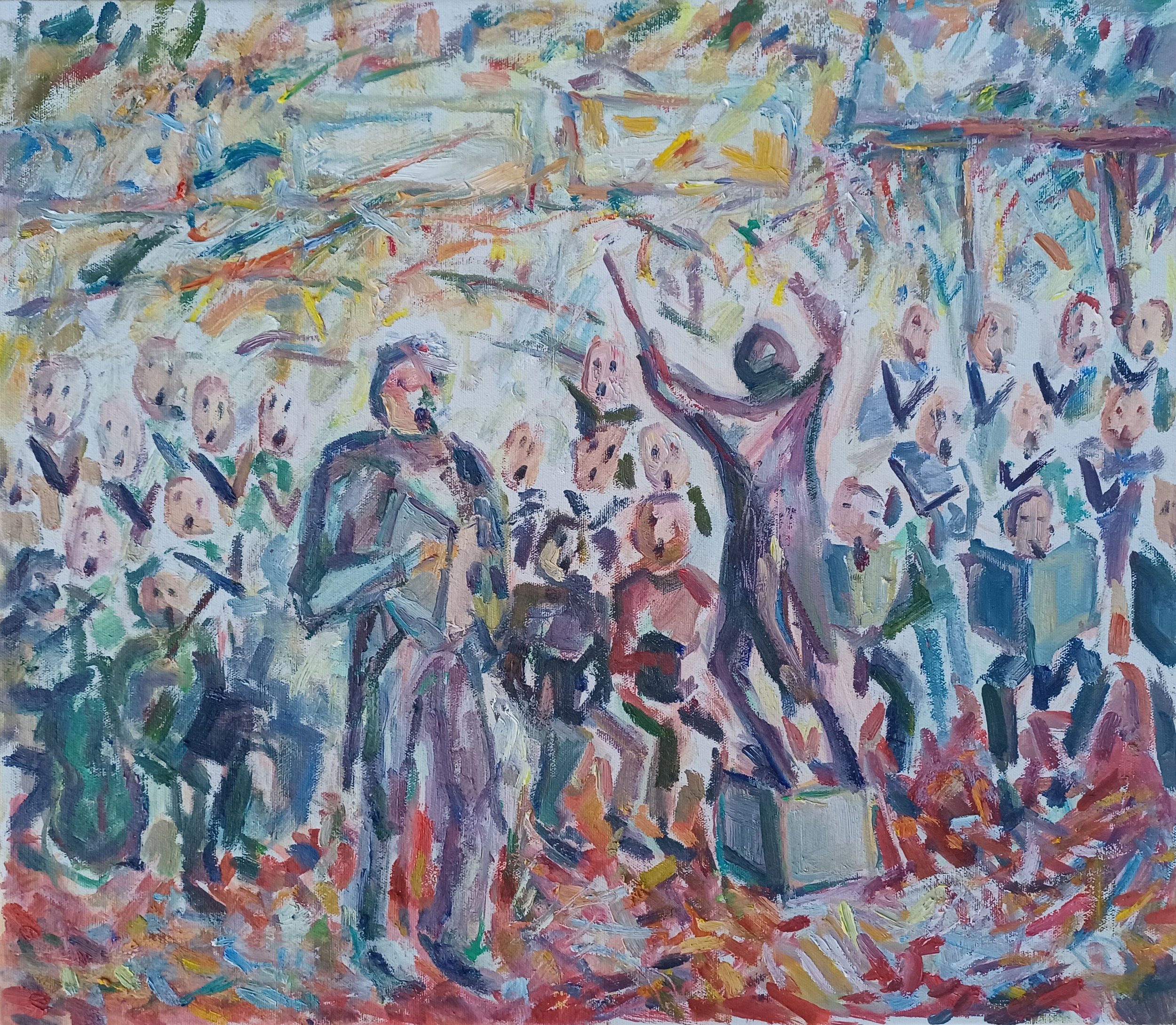

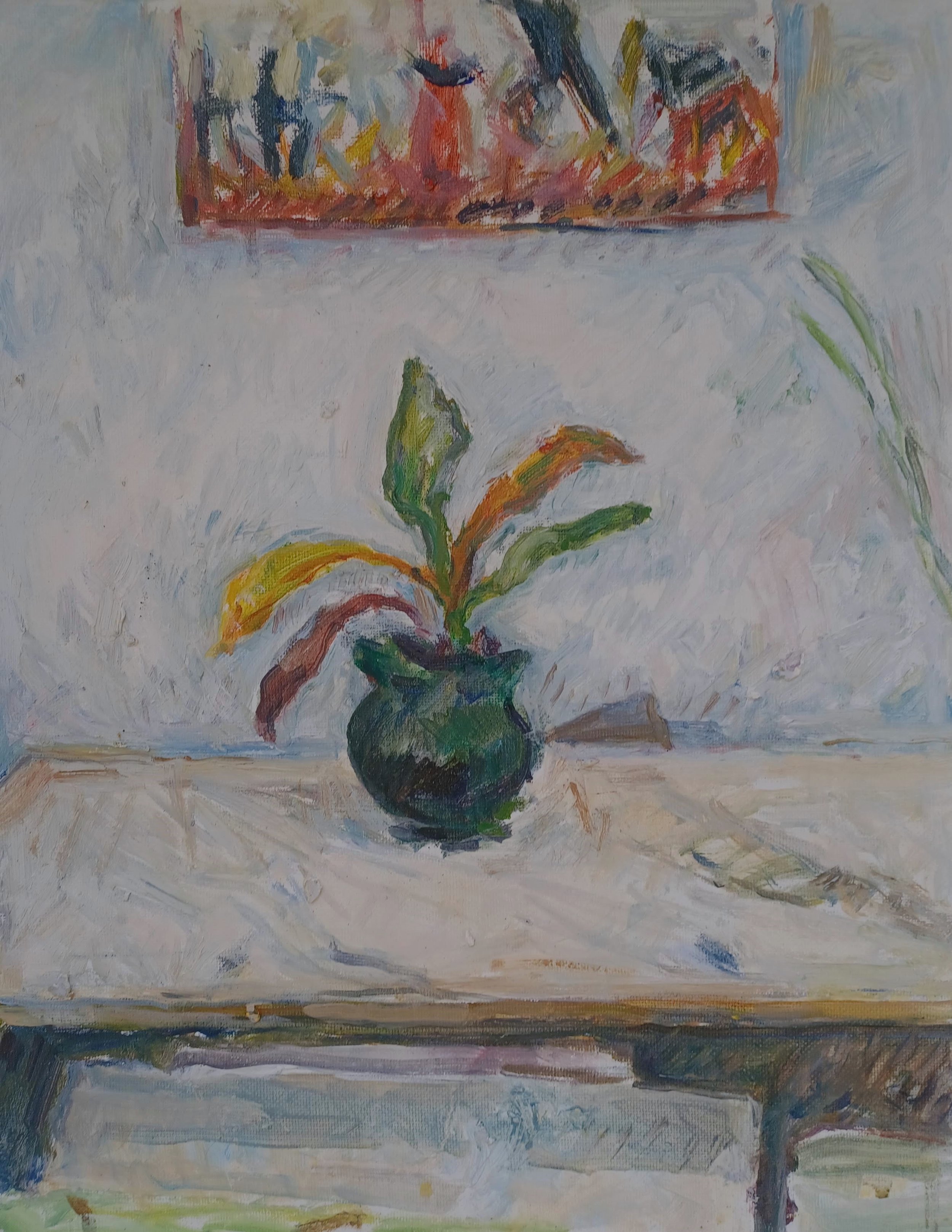




Artist’s Talk on Zoom
Thank you to all who joined us for an artist’s talk on Zoom with Jennifer Neel on Thursday, June 29th at 1:00 PM Eastern. Click here to watch the recording of her talk on YouTube.
Learn More and Follow
May 2023: Jan Brogan
We are delighted to have Jan Brogan as our Featured Artist for May 2023. Jan is an award-winning author and journalist whose latest book, The Combat Zone: Murder, Race and Boston’s Struggle for Justice, was nominated for both an Agatha and an Anthony award for best non-fiction in 2021. Jan is a longtime friend of the Leo Marchutz School of Painting & Drawing and often spends time in Aix-en-Provence, France. We are just thrilled to feature Jan and her work this month!
Read on to learn more about Jan and read a synopsis, reviews, and excerpts of her latest book. And be sure to follow Jan on Instagram, check out her website, and watch the recording of Jan’s artist’s talk that took place on Zoom on Wednesday, May 17th at 1:00 PM Eastern.
About the Artist
Jan Brogan is the author of The Combat Zone: Murder, Race and Boston’s Struggle for Justice, nominated for both an Agatha and an Anthony award for best non-fiction in 2021.
Her fascination with crime and corruption began one summer waitressing at a mob-frequented beach club in New Jersey. It only grew working as a reporter in Providence, R.I.
She’s an award-winning author of four murder mysteries and sold her Providence-based Hallie Ahern mystery series to Transactional Pictures for development.
She frequently returns to Aix-en-Provence, where she’s found much of her inspiration. As a travel-abroad college student, she wrote one of her first short stories there. Forty years later, she completed the finished manuscript of The Combat Zone in Aix.
Today, she works as a freelance journalist, writes poetry, obsesses over finishing touches on a historical novel, and is doing research for a potential Aix-based novel. She teaches at Boston University’s Summer Journalism Academy. She will also be teaching memoir writing next September at a five-day retreat at La Belugue in Pertuis, Provence.
About The Combat Zone: Murder, Race and Boston’s Struggle for Justice
The Combat Zone: Murder, Race and Boston’s Struggle for Justice (Bright Leaf Press/UMass) by Jan Brogan is about the 1976 murder of a Harvard football player in Boston’s old red light district, the two trials that followed, with nearly opposite verdicts, and the impact on the city and on criminal justice.
This reexamination of what was the most highly publicized murder in Boston in the 1970s deals with issues that are even more relevant today: race, police corruption, victim’s rights, and flaws in the criminal justice system. It’s a story, not just about the murder, but about a city trying to deal with its own injustices.
The Combat Zone explores survivor grief and the fine line between justice and revenge. It was short-listed for both an Anthony and an Agatha award for best non-fiction of 2021.
Jan Brogan has been a journalist for more than thirty years, working as a correspondent for the Boston Globe, a staff writer for the Worcester Telegram and the Providence Journal, where she won the Gerald Loeb award for distinguished business writing. She is the award-winning author of four mysteries, Final Copy, Confidential Source, Yesterday’s Fatal, and Teaser. Transactional Pictures, (Steven Soderbergh and Philip Fleishman) purchased the rights to A Confidential Source for development.
Reviews:
“Brogan's work brings us into heart-wrenching, jaw-dropping contact with the reality of the crime and its times. It's the best form of narrative nonfiction, in that it covers race, class, busing, criminal justice reform and courtroom drama, but never strays far from the emotional reality of the case for both victims and defendants.” Craig Sandler, Statehouse News
“Brogan’s background as a journalist shows in her careful reporting and historical context…The grim history of racism in Boston, the crime and corruption of the Combat Zone, and the legal permutations of the case take up the bulk of the book. But its heart lies in a character who wasn’t even in the Combat Zone that fateful night – the victim’s brother, Danny Puopolo.” Andy Smith: Special to the Providence Journal, USA TODAY NETWORK.
“A great strength of Brogan’s book is the broad context that she provides—one of overlapping divisions of race, class, and geography—to make sense of how the legal proceedings unfolded… Brogan writes with empathy for all involved in the events she so capably explores surrounding Puopolo’s death. In doing so, she considers matters of trauma and justice as well as the rights of victims and those of the accused.” Joseph Nevins, Dig Boston
“In her new book The Combat Zone, author Jan Brogan handles the knotty details of this saga — including its unexpectedly far-reaching consequences — with the expertise and acuity of a veteran journalist and author of four mystery novels. Her first nonfiction book is more than simply a captivating exposition of the legal proceedings and adjacent matters. It is an incisive, vivid, jarring, and meticulous account of — as the subtitle says — ‘murder, race, and Boston’s struggle for justice.’” Blake Maddux, The Arts Fuse
Excerpt
Excerpt from:
Chapter Six: Loyalty and Revenge
The Combat Zone: Murder, Race and Boston’s Struggle for Justice by Jan Brogan
***
The funeral was held at St. Leonard’s, a late nineteenth-century Romanesque Catholic church that was built to serve a one-time parish of twenty thousand Italian immigrants. The church held four hundred and was jammed, the Herald reported. People clogged the aisles and the entry, spilled out into the sidewalks and streets, stopping traffic.
Outside, mourners who couldn’t get in made the sign of the cross as the coffin was wheeled back into the hearse. A procession of more than one hundred cars traveled out of the city to Holy Cross Cemetery in Malden, where Andy would be buried next to his two grandfathers. Danny estimated the crowd at more than one thousand.
Malcolm DeCamp, one of the students who had been in the van the night of the stabbing, was one of many Harvard students who delayed going home so they could attend the funeral. He was from rural Kentucky and had no familiarity with an urban ethnic community. He said he expected the funeral to be swamped with the Harvard students, professors, football coaches, and deans who filled the pews, but he hadn’t anticipated the entire neighborhood—or what looked like the entire city—waiting outside the church during the service. He saw the crush of people still outside the church and lining the sidewalks, many of them crying, and was overwhelmed by the magnitude of it all.
Before the funeral, when family members had their last private moment with Andy before the casket was closed, Danny was the last to go. He remembered kneeling at the coffin to get a last look at Andy, at the hands that withered during the month-long coma, at the face that no longer looked anything like his brother. He promised Andy that he would take care of things. That he would get justice.
Artist’s Talk on Zoom
Thank you to everyone who joined Jan’s artist’s talk on Zoom on Wednesday, May 17th at 1:00 PM Eastern. Watch the recording here.
Learn More and Follow
April 2023: Sophia Hall
We are overjoyed to have Sophia Hall as our Featured Artist for April 2023. Sophia is a high school senior and an accomplished poet and artist who lives in Washington, D.C. She is also the Washington, D.C. Youth Poet Laureate for 2023. She attended the Leo Marchutz School of Painting & Drawing in the Summer of 2022 for our Painting in Provence high school program in Aix-en-Provence. Sophia will be co-leading our half-day workshop, entitled A Bend in the Road: A Poetry & Art Workshop, at the National Gallery of Art in Washington, D.C. on Sunday, April 30th (learn more and sign up here). Sophia has decided to attend the University of Pennsylvania next year, where she plans to pursue creative writing. We are just thrilled to feature Sophia and her work this month, especially since April is National Poetry Month!
Read on to learn more about Sophia, read some of her poetry and essay work, and see a selection of her paintings done as part of her Leo Marchutz School program. And be sure to follow Sophia on Instagram, take a look at her website, and watch the recording of her Zoom artist’s talk and poetry reading that took place on Tuesday, April 25th at 1:30 PM Eastern.
ABOUT THE ARTIST
Sophia Hall lives a double life: 17-year-old poet by day, secret agent by night. This U.S. Presidential Scholar nominee can be found wearing a frog bucket hat and Van Gogh socks. Her writing has been recognized by the Scholastic Art & Writing Awards, the Library of Congress, and several other organizations. Her poem “Multiple Choice,” won grand prize in the Sixteen River Press’s Youth Poetry Contest and was subsequently nominated for the Pushcart Prize. In 2022, she won the Smith College Poetry Prize for High School Girls, selected by Leila Chatti. Sophia is also the Art and Social Justice Fellow at Strathmore Arts Center and Woolly Mammoth Theater Company. Her haiku, selected from 2900-plus submissions from 71 countries, have been displayed in prominent locations in the Washington, D.C. Business District. She posts her writing and artwork on her Instagram account @estelleuphoria, reaching an audience of over 100k users. She will be attending the University of Pennsylvania in the fall, where she was recruited for creative writing.
Sophia Hall, April 2023
ARTIST’S TALK ON ZOOM
Thank you to everyone who joined us for a virtual artist’s talk and poetry reading on Zoom with Sophia Hall on Tuesday, April 25th at 1:30 PM Eastern. Watch the recording here!
SELECTED WORKS BY SOPHIA HALL
The Luminous Effect of the Whole
I am lost in the overwhelming swath of landscape before me: the trees, the rushing volume of the Mont Sainte-Victoire, the aching absence of sky, and the dramatic unity of nature.
Then I see it right ahead of me –– a spark of inspiration, shimmering along the road, its tail flicking back and forth as it trots closer. A cat! Alan tells me her name is Cappucine. She belongs to the farmhouse I later bring up on my canvas with rosy yellow oil paint, the color of afternoon tea, the warmth of notes plucked on a double bass.
Using the oval of my hands, I discover my motif: a narrow paved road leading up into the arching boughs of trees, fractures of the mountain in between branches.
The attention-seeking cat finds a seat on the sketchpad, blocking my pencil from the paper. Even when I move her off, Cappucine remains close by, curled by my feet.
Contours should be drawn, not in a continuing manner, but rather fragment by fragment, with a lightness of hand, that the object be not closed but open to the light, that it may breathe in the enveloping atmosphere.
When I finish a rough sketch, I return back to the canvas. I make a decisive mark. I immediately doubt myself, so I swab a paper towel into turpentine and swipe off the paint. I could not commit to my artwork.
My teacher Alan says, “I don’t feel your usual joy this morning.” He snatches the brush from my hands and strikes the void of white with patches of green, the sharp swoops taking the character of umbrella pines.
“I’ll take ten percent of the royalties,” he jokes, then leaves me alone to produce my own strokes of the motif.
Slowly, concentric forms emerge with my brush: the thrum of newly-hatched cigales, the passing cars that cheer for us artists, the fragments of the mountain. I let yellow leaves bounce off violet rock, red clay run into green boughs, and blue sky crunch up to orange trunks. I break each color with its complement, creating my own symphony in a world paralleling life. The light changes before me, shadows shortening.
The placement of the shadows is very important …. It is the placement of the shadows and their harmonious rapport upon which depends the luminous effect of the whole.
Patches of white canvas remain uncovered in order to let the incandescent light shine through. I revel in each stroke, each concrete commitment to art. I dip my brush into a red-blue-yellow tertiary that contains all the colors of the universe to render Cappucine, who now winds her body around both my legs and the easel’s. I capture my first memory of her on the light-streaked path, a beam of joy with perked ears. With a flourish of my brush, she breathes out of one world and into another.
One must leave the paper the power to act by itself in order to give birth to the light.
The Bathers
Tonight is the buck moon but
we are no longer
worried about the shedding of antlers,
instead we sit on the edge
of a fountain with
our feet rippling in stars
like the hunters of Artemis,
our bodies crescent
and notched
and flung
into the luminous void.
We are Cezánne’s bathers
without the artist’s possession,
no outside gaze inflicted,
our nakedness
entirely our own
to cradle
and hold,
without
apostrophe.
Multiple Choice: What is the National Anthem?
(after “A New National Anthem,” by Ada Limón)
What is the National Anthem?
A) the song / that binds / and stitches / two sides / sewn back / the tuba players / the solo soprano / the audience / that stands / hand over heart / listening / the song that sustains / and softens
B) hesitating / keys in ignition / gas money / dwindling / prices / rising / smoke / lingering / frost / pipes rusting over / it will be a hard winter / mother sighs / bundle up / you notice / bare toe / peeking out / from black sock
C) bang / chanting / no justice / no peace / bang / “there are riots” / says the news / bang / insurrection / Georgetown glass storefronts boarded up / bang / Parkland / nail salons / gay bars / bang / say their names / George / Breonna / Ahmaud / Tamir / bang
D) my grandmother / cooking / in the kitchen / today / every day / there is soup / chicken / simmering / there on the stove / here is a bowl / take a spoonful / potatoes / thick / warming / onion / down the throat / eat more / there is plenty / to share
Braided Abecedarian for Hair
Asymmetrical strands of second-grade hair
clumped underneath a
braided plastic bag, my white scalp
smothered in mayonnaise. Mother
combs through, plucking out lice
one by one with
deft pizzicato, their vibrating bodies crushed
by fingernails, full of blood. Like
earthworms emerging on damp sidewalks
after rain, my split ends hiss with
forked tongues, tiny snakes tempting
the bathroom scissor snips.
Grease threatens to clog the drain
of our teal tiled bathtub, so I
hairpin back my insecurity into
a ballerina’s bunned halo,
inventing a version of myself where hair
falls into place like dominoes,
joking that my fishtail braid looks like the wheat
in the Caucasus Mountains with
knots too tangled to plow through. I can no longer
brush your hair. I am at a
loss. Mother used to make us stand
back to back to
measure our spines and our shoulders,
and you complained,
noticing that my hair gave me
an extra inch.
Oil pools on your head, coconut, from the local
organic grocery store, said to
possess healing properties. Your beautiful hair,
mother mourns in a
quadrangled plane of grief, the bald chemical
cut creates a juxtaposed
reminder of your youth, that you love
Stevie Nicks and singing “Edge of
Seventeen” while teetering on the precipice,
gambling in a game of
tug-of-war with your own body, now
hollowed, holding on with each
undulation of the IV tubing.
You struggle to stay
vertical, each breath like needles,
tendrils sewn into skin.
When mother withers with the news, I feel pulled
back as if by my hair.
X-rays determine the solid mass
of tissue in your
yawning cavity, each hour yearns a year.
Yet, as the illness reaches its
zenith, hair is the item of least significance.
Harriet Tubman Won’t Be On the Twenty Dollar Bill Until 2030
How hard is it to print money, anyway?
Just ink a dumb stone and strike it
against templed skin.
They say, they’ll think about it.
They say, just wait a few years.
They say, she’ll be
put on soon.
Well, I say, while they’re processing
that transaction, why not also
put on Rosa Parks or RuPaul,
or the phenomenon
who was Maya Angelou.
Put on Mary Oliver’s Wild Geese,
I’d like to see those shining ms
gleaming against green paper.
Put on a show.
Put on that record
where Louis Armstrong’s
saxophone dances up
against the silvered silk
of Ella Fitzgerald’s soprano,
I imagine those bills would be
smooth and flexible.
Put on blue mascara
and cry the Pacific jealous,
put on rouge
and those sheer stockings
that make even dinner with friends
scream obscene.
Put on Dorothy’s ruby slippers,
and the shoes that the Wicked Stepmother
tap-danced to death inside of.
Put on Lizzo, who played that crystal flute,
the only thing Dolly Madison rescued
from the 1814 fire besides that distressing portrait
of George Washington, the famous
frown that is already plastered on the one dollar.
Put on the Star of David,
or the pink triangle turned upside down,
or the zip ties that car thieves mark targets with.
Put on the Navajo Nation of Blanding, Utah.
They are already used to being passed around
from sweating fingers, a transaction, a bargain,
just another scrawled note in the ledger.
Rich white folks lounge in green lawns and dive
into backyard swimming pools,
while across the ravine,
they are unable to turn on the tap
and fill up a glass of drinking water.
Their community is reduced
to a stack of paper circulating
bureaucratic offices, shuffled
poorly, hearts, diamonds, clubs,
and spades, spades digging
in the dry dirt.
Wherever your umbilical cord is buried
is where you reside.
Here, I am buried.
They won’t split the check
between us twenty high schoolers,
so I am stuck with a bill,
and I count up the bills
with shaky hands and slide
a hidden twenty from out of my shoe,
and cringe at its sticky sadness,
but then you were there, a stranger
with a backwards baseball cap
kind enough to say,
don’t worry,
put it on me.
Tooth Ghazal
When my grandfather died, I lost my first tooth,
and we placed him inside a dark box, like a tooth
under my linen pillowcase, swapped in sleep
for a twenty dollar bill. Now the tooth
is valued at an average of four hundred
and seventy one cents. He fought nail and tooth
as the tumor in his stomach grew roots
and the food at his table no longer needed teeth.
That morning my mother let me sleep, but then I woke and saw
crowded in her wet mouth, dozens of teeth,
like the ones found in sediment that was once shallow ocean
two hundred sixty million years ago, unburied shark teeth
that survived mass extinction even when the bodies could not.
My brother, his namesake, was still teething
and latched onto my mother at the funeral.
I stayed home and played ivory keys, once the teeth
of a great tusked animal. My mother photographs memories
on sepia film and tells me show your teeth,
but exposing my pearls sparks fear, so in the bathroom glass
I practice eating myself with my own teeth
like a baleen whale swallowing krill, filtering
joy from brine. I forgot to brush my teeth,
so now my gold-crowned mouth makes me royalty,
The novocaine numbs not just my tooth
but my entire meaning. Sophia means wisdom like a pearl but
that quality was removed along with those teeth.
I wonder if my mother regrets the reminder
of all that I am not, our words bite with sharp teeth
like those of the dress that does not quite zip
over her hips. The cat holds a bird in its teeth
as an apology, forgiveness is wise enough,
I tell her when pink lipstick stains her white teeth
and she wipes the fault away with her finger, blame on both sides,
so we hold on to this fragile world by the skin of our teeth.
SELECTED WORKS FROM SUMMER 2022, AIX-EN-PROVENCE (oil on canvas)
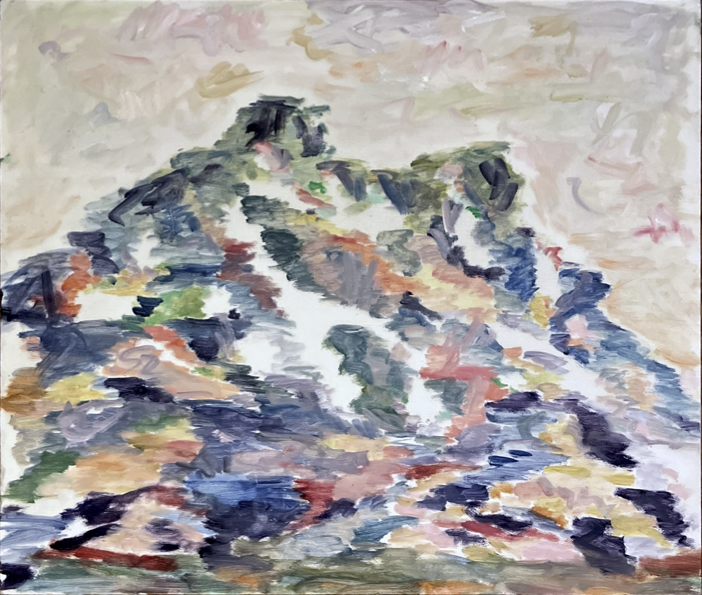

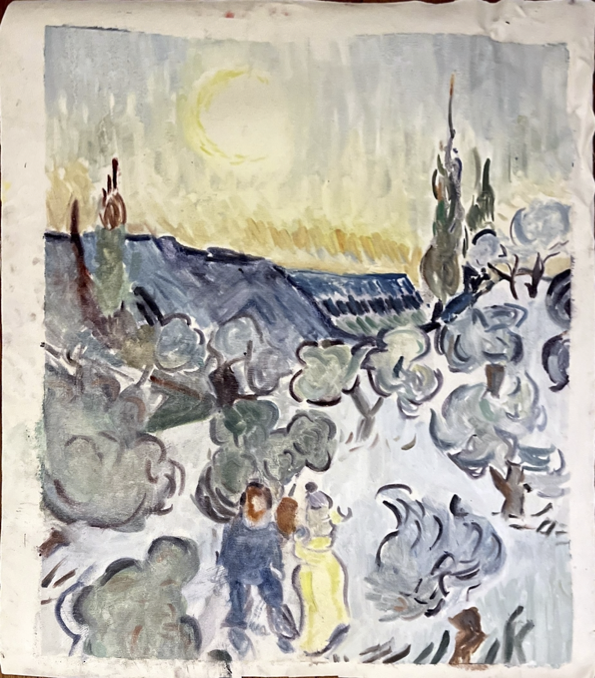

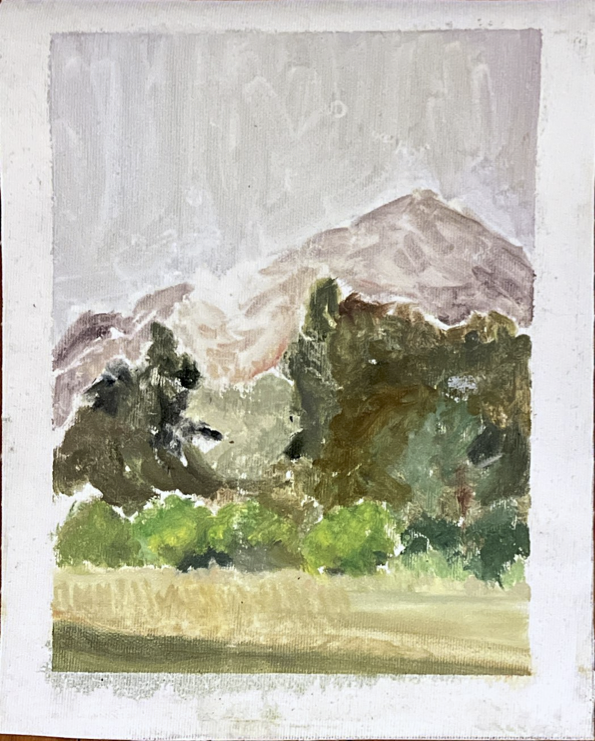
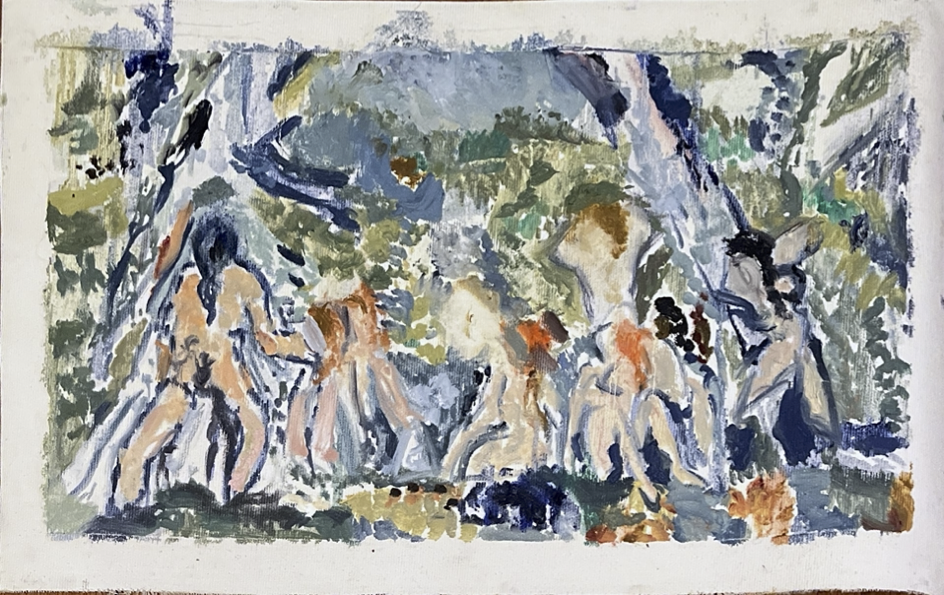
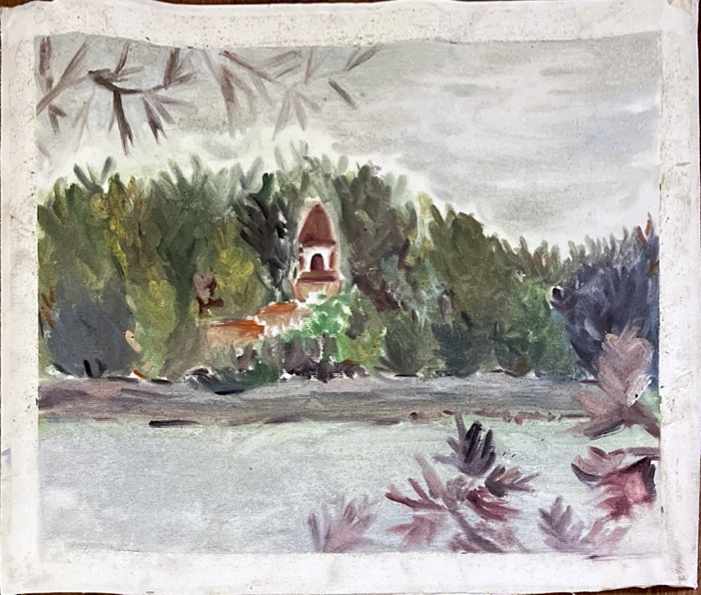
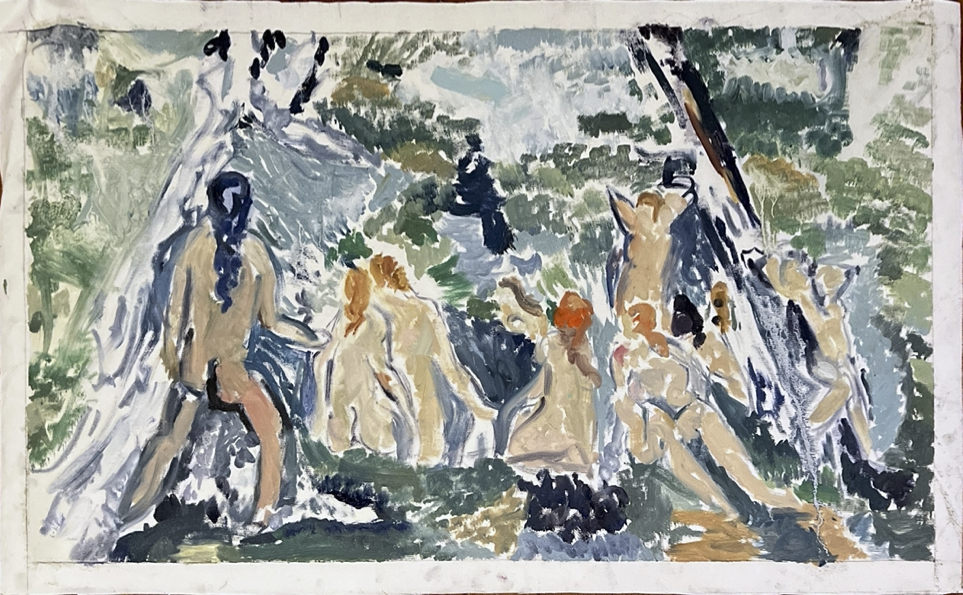
March 2023: Lucy Clare Spooner
We are thrilled to have Lucy “Clare” Spooner as our Featured Artist for March 2023. Clare is an artist, primarily painting in watercolor and oil, and she lives and works in New York City. A graduate of the University of Virginia, Clare first encountered John Gasparach, Alan Roberts, and the Leo Marchutz School community when she visited Aix for an extended study period in the fall of 2016. She has been closely connected to the Marchutz community ever since, most recently joining our New York City museum study seminar program this past February. We are so glad to feature Clare and her work this month!
Read on to learn more about Clare’s background, art practice, and what she is up to now. And be sure to follow Clare on Instagram, check out her website, and watch the recording of Clare’s Zoom artist’s talk on YouTube.
About the Artist
Lucy "Clare" Spooner is an artist, primarily painting in watercolor and oil, and she lives and works in New York City. A formative childhood spent in the Middle East, and consequently many long flights between Arabia and the US, meant drawing for self-entertainment on planes and in restaurants from a young age, as well as seeing many beautiful European museums on layovers. Her parents encouraged a love of the arts, and a particularly moving drawing class at the University of Virginia pushed her to continue drawing upon moving to NYC after graduation.
After a couple of years working in the interior design field, Clare was ready for a change and wanted to see what would happen if she devoted herself completely to making art. She left her job, subletted her apartment, and moved to the south of France to paint with Alan Roberts, John Gasparach, and the Leo Marchutz School community for a few months, where a new world opened up to her. After that life-changing trip of constant painting and studying, Clare returned to NYC and the interior design field and started making and selling paintings at night and on the weekends until it made sense to leave a salaried job altogether and paint full-time. Four years later, she's still at it!
Clare pulls inspiration from the natural world and looks to the masters to inform many of her decisions, heavily influenced by the Leo Marchutz School’s way of looking again and again (and again). She paints en plein air — around NYC, in the mountains and woods of Virginia, and in various spots in Europe — as well as in her downtown Manhattan studio. Continuing to study the arts is important to her practice, so she visits museums and seeks out new performances and experiences as much as she possibly can. If you find yourself in NYC, give her a shout — she'd love to give you a studio tour!
Most recently, Clare joined the Leo Marchutz School on our New York City Museum Study Seminar in February 2023.
Artist’s Talk on Zoom
Selected Works


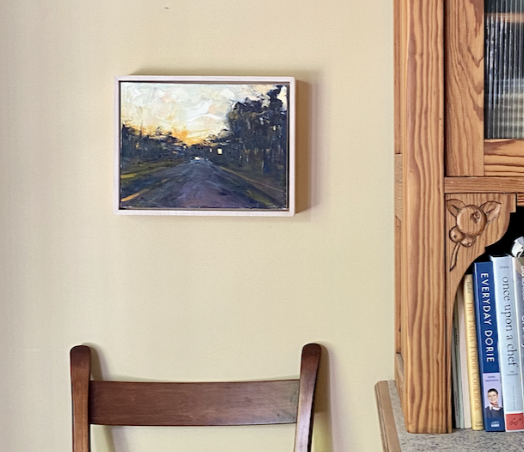
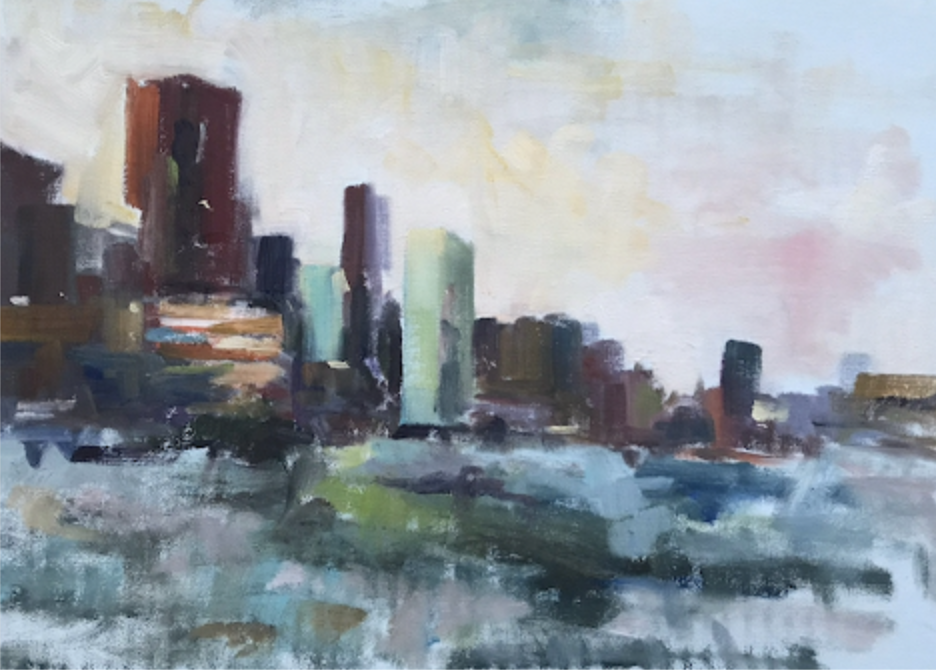
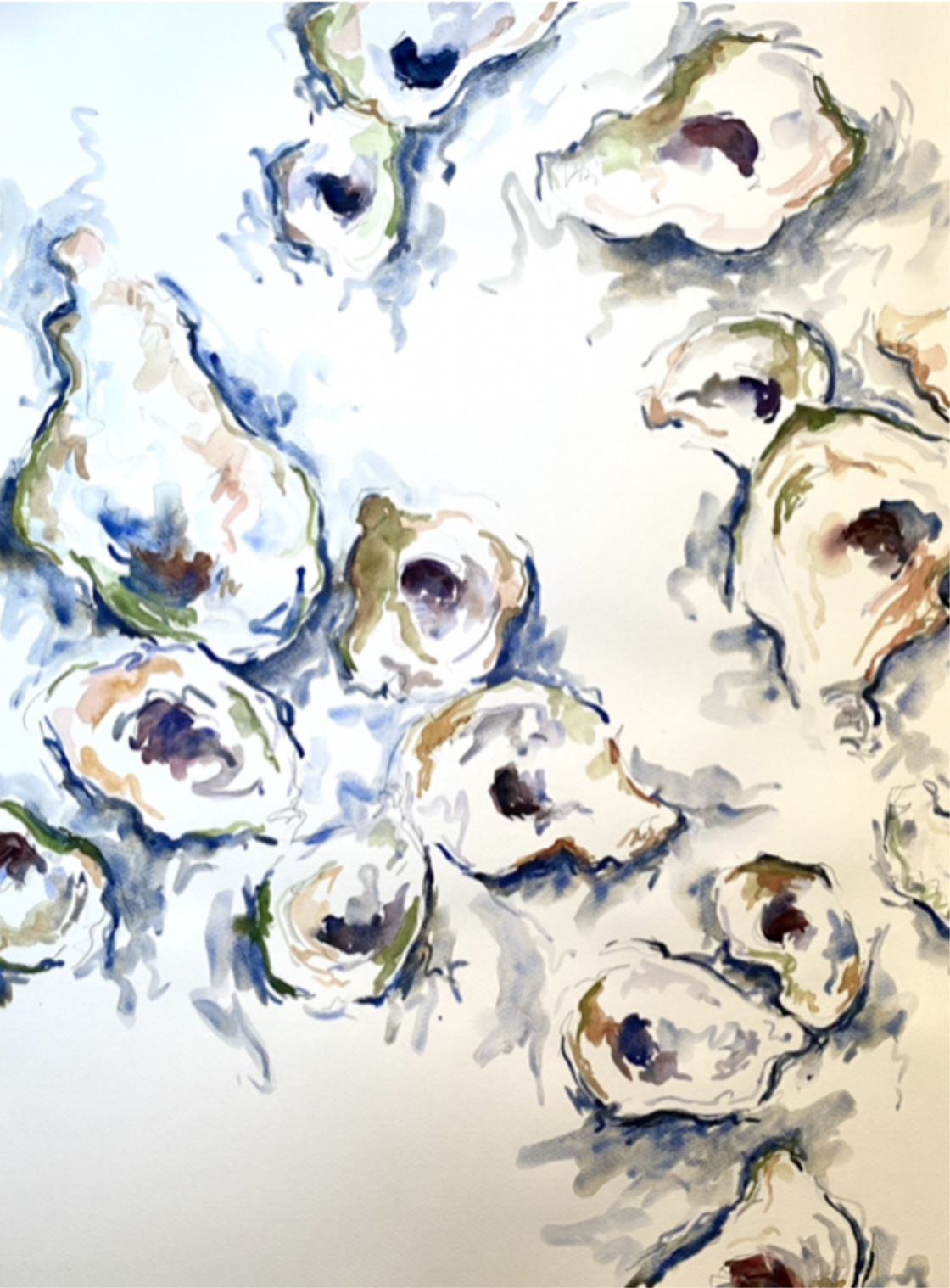

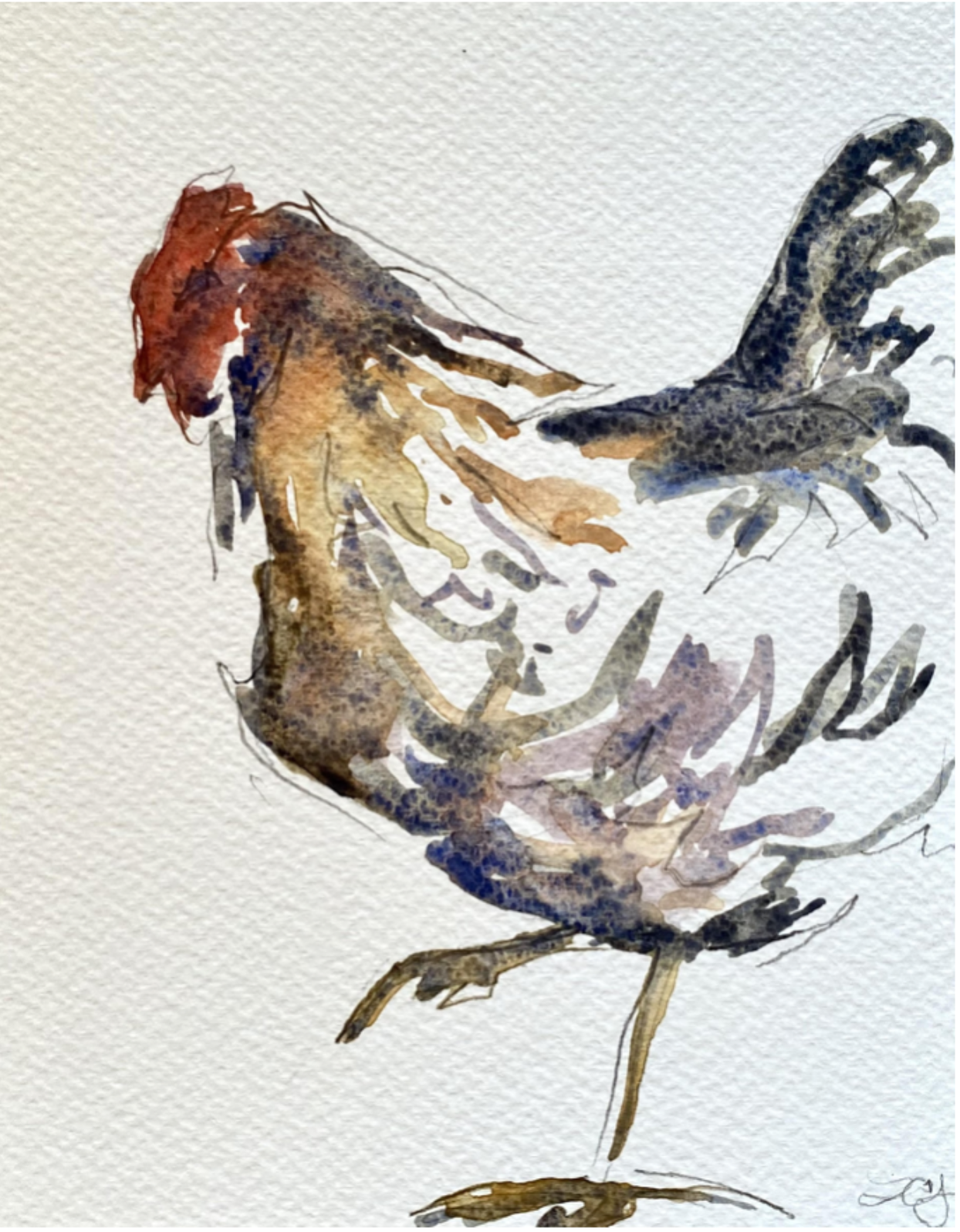
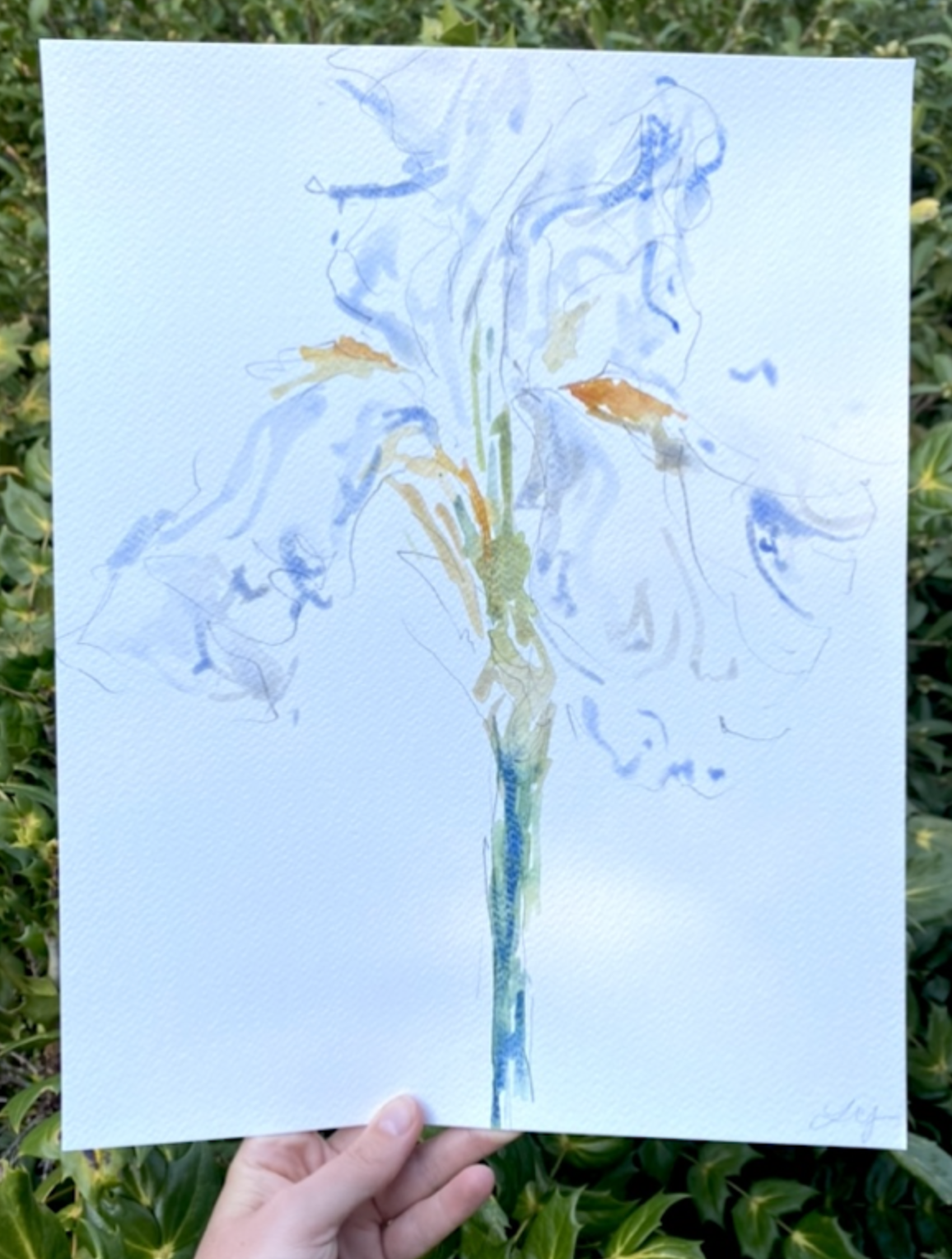
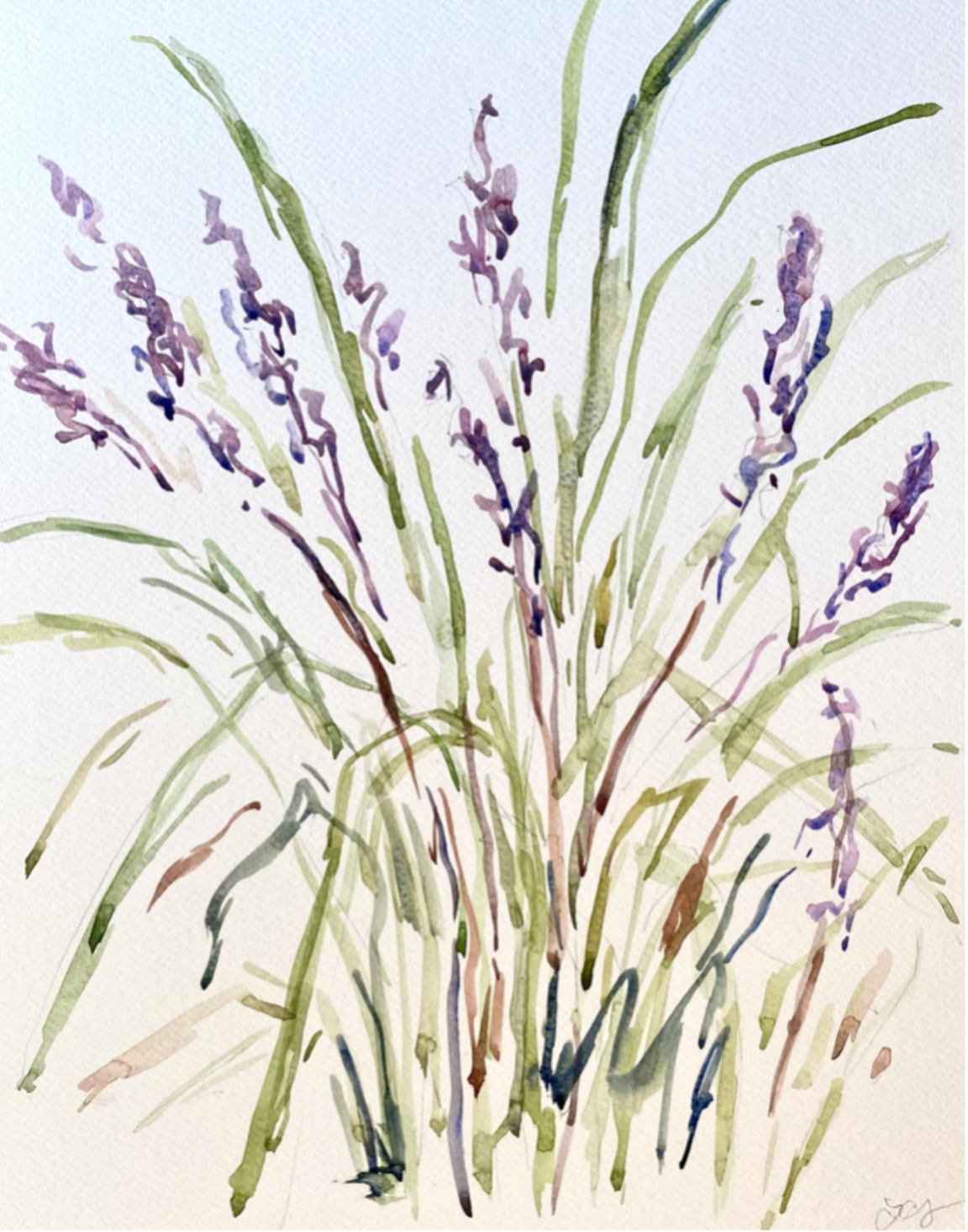
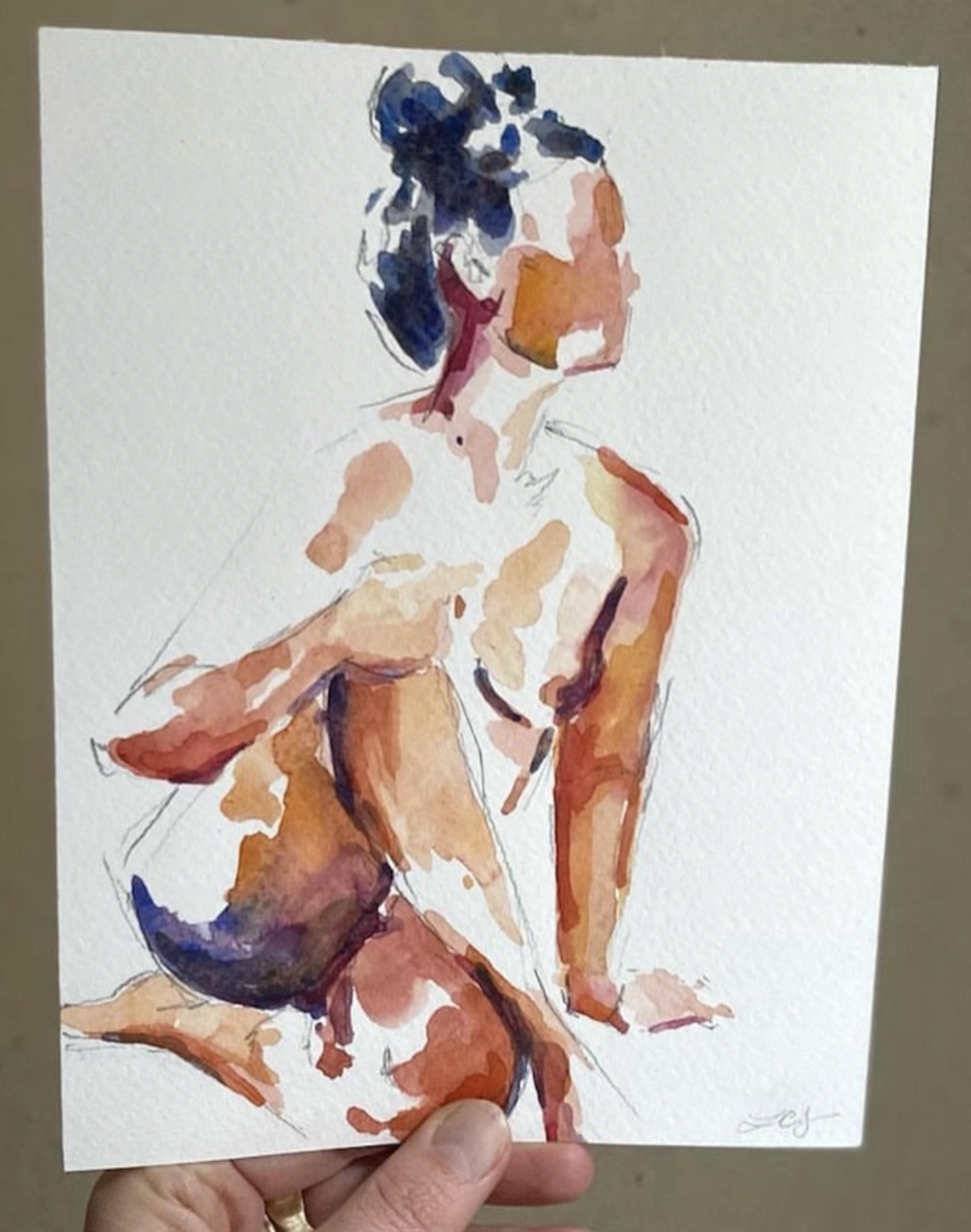
February 2023: Samantha Van Heest
We are happy to introduce Samantha Van Heest as our Featured Artist for February 2023. Samantha is an artist and art educator currently residing in the greater Washington, D.C. area. She has exhibited her work across the United States and in France, and her debut solo exhibition, DEEP/CLEAN, opens this month (February 2023) at HOMME Gallery in Washington, D.C.. A graduate of Mary Washington University, Samantha first encountered John Gasparach, Alan Roberts, and the Leo Marchutz School in the summer of 2018 and has been connected to the Marchutz community ever since. We are thrilled to feature Samantha and her work this month!
Read on to learn more about Samantha’s background, art practice, and what she is up to now. And be sure to follow Samantha on Instagram, check out her website, and watch her recorded artist’s talk on YouTube.
If you are in the D.C. area, join Samantha at Homme Gallery (52 O Street NW, Washington, D.C. 20001) for an opening reception for her solo exhibition, DEEP/CLEAN, on Friday, February 10th, 7 - 9 PM.
About the Artist
Samantha Van Heest (b. 1998) is an artist and art educator currently residing in the greater Washington, D.C. area. She has exhibited her work across the United States and in France. Her debut solo exhibition, DEEP/CLEAN, opens February 2023 at HOMME Gallery in Washington, D.C.. Samantha has been included in various group shows at UMBRELLA Art Fair, Washington DC; Latela Curatorial, Washington DC; McNeese State University, Lake Charles, LA; among others. She was featured in New American Paintings South #148 and has worked for the contemporary painter Amy Sherald. She teaches art in the Greater Washington, D.C. area with a focus on drawing, painting, and portfolio development. Van Heest earned a BA in Studio Art from the University of Mary Washington in 2020.
In Samantha’s words:
“I first came into contact with Alan Roberts, John Gasparach, and the Leo Marchutz School in the summer of 2018. To be perfectly honest, I almost didn’t go – I have had very intense anxiety since I was a child, and that year had been particularly challenging. I ultimately pushed myself forward, because how often do you get the chance to live in the South of France?
“Marchutz was, at the risk of sounding cliché, genuinely life-changing. Prior to that summer, I was unfamiliar with painting landscapes. Aside from the occasional sketch, my work centered around portraiture and still life. Studying with John Gaspsarach and Alan Roberts taught me to observe the world from a new perspective, paying attention to how motifs connected with one another and how colors were more intricate than they initially appeared. While my work currently focuses on still life rather than landscape, I find myself using these techniques I learned consistently in the studio.
“Marchutz has completely shaped the way I chase opportunities, whether it be creative choices, jobs, exhibitions, or more. I am an advocate for my practice, and I am constantly searching for ways to grow and learn. I take on more challenges in spite of feeling anxious because I am able to use this experience as a reminder of my success.
“Being an artist is not an easy path, far from it actually. However, having this community of artists and creatives within the Marchutz School is a reminder that being an artist is something you are and cannot suppress. I am incredibly grateful that Marchutz connected me with some of my closest, lifelong friends who continue to shape me as an artist and individual. The Marchutz network is larger than you think, and it is a great comfort and joy to know that I can always reconnect with a community that views the world in the same delicacy as I do.”
Artist’s Statement
“Time has always been a deeply terrifying thing for me: having too much of it, too little, the desire for permanence and the inevitable grief. I explore the intimacy of impermanence throughout my work, utilizing still life, found objects, and portraiture through minimalist representation. My work acts as a visual catalogue for my memories, a secure physical representation of how I remembered a moment. I romanticize the minutiae of everyday life, and I want to communicate the monumental impact of ephemera by visually referencing select objects that symbolize what it felt to be within the scene.
“What may initially appear as non-sequitur represents my exploration of the limitations of long-term memory and how our mind retains specific details that serve as a reminder for the whole instance. Minimal backgrounds speak to our brain’s selective focus, and serve as a visual example of how I remember. Through this examination of memory, I’m also exploring my identity as a multiracial woman, my femininity, and my experience processing intense emotions such as grief and trauma. My work is both personal and universal, a representation of self that unfolds to tell a unique and personal story to each viewer. I want to discuss memory, how it defines the self, and how something so crucial to the makeup of our lives walks the line between reality and fiction.”
Samantha Van Heest, February 2023
Artist’s Talk on Zoom
Thank you to everyone who joined us for a virtual artist’s talk on Zoom with Samantha Van Heest on Tuesday, February 28th at 1:00 PM Eastern. Watch the recorded talk at this link.
Selected Works
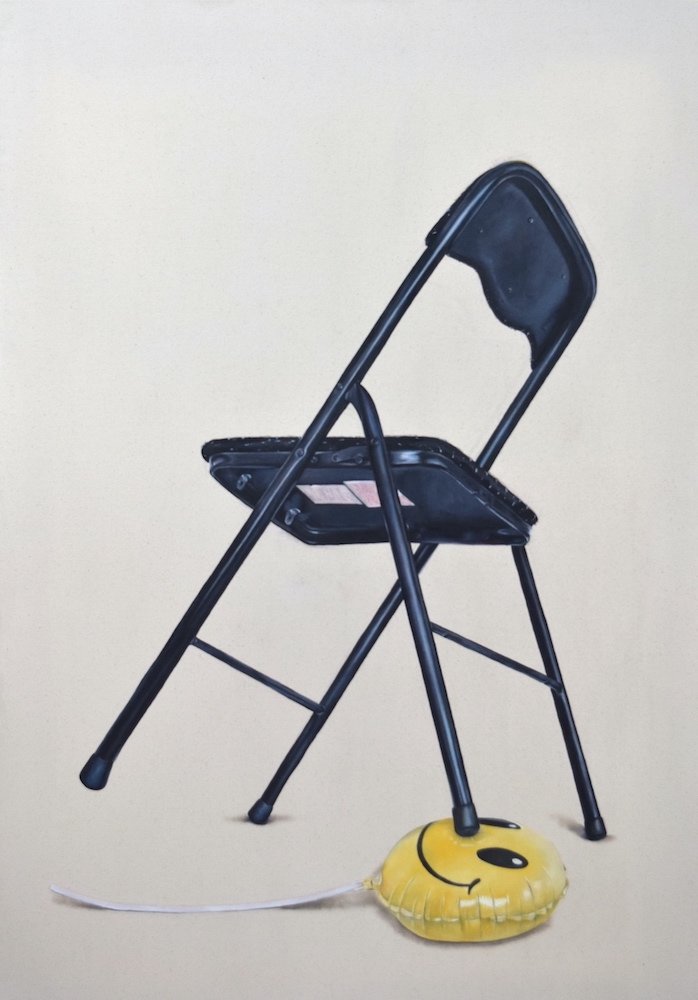


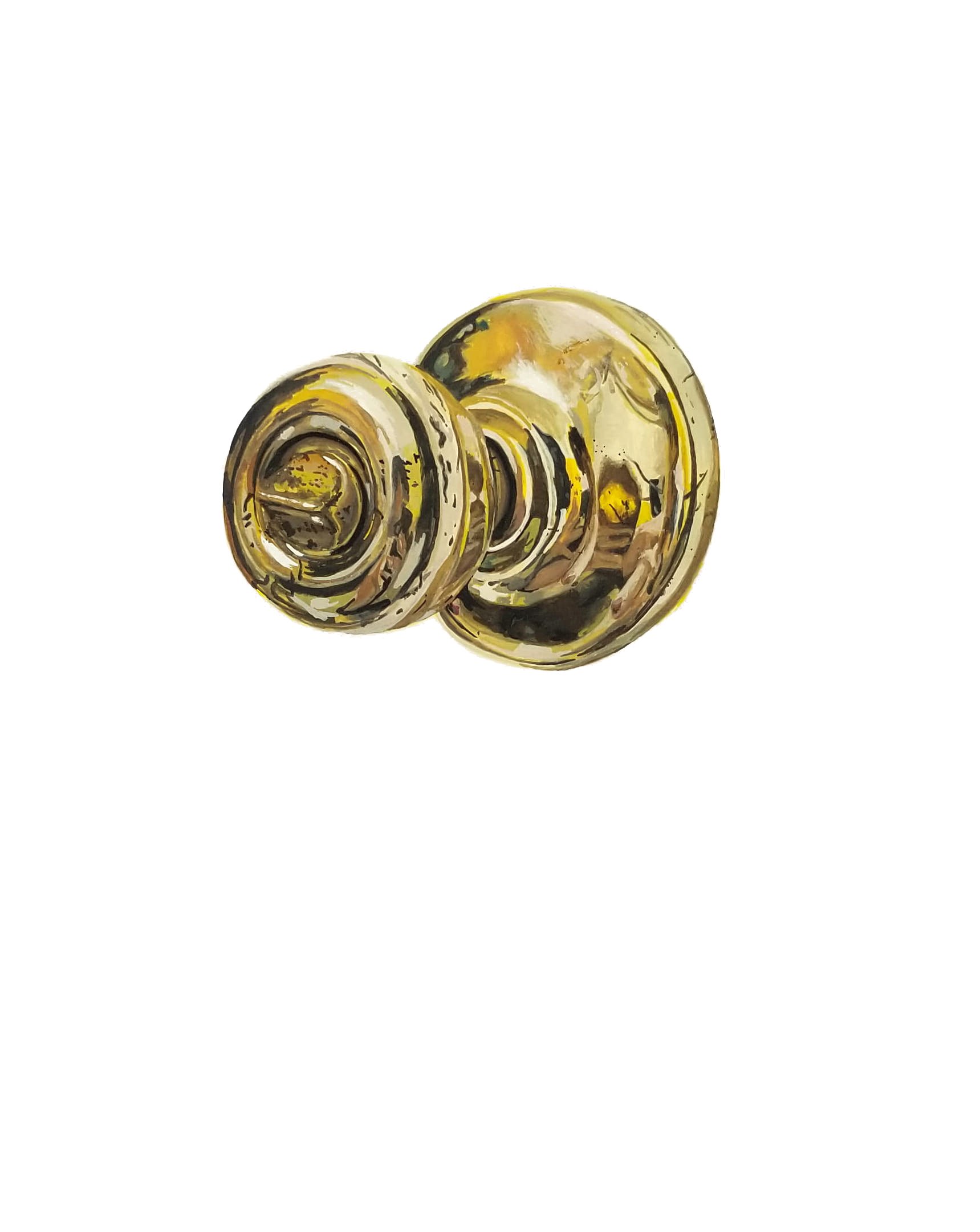
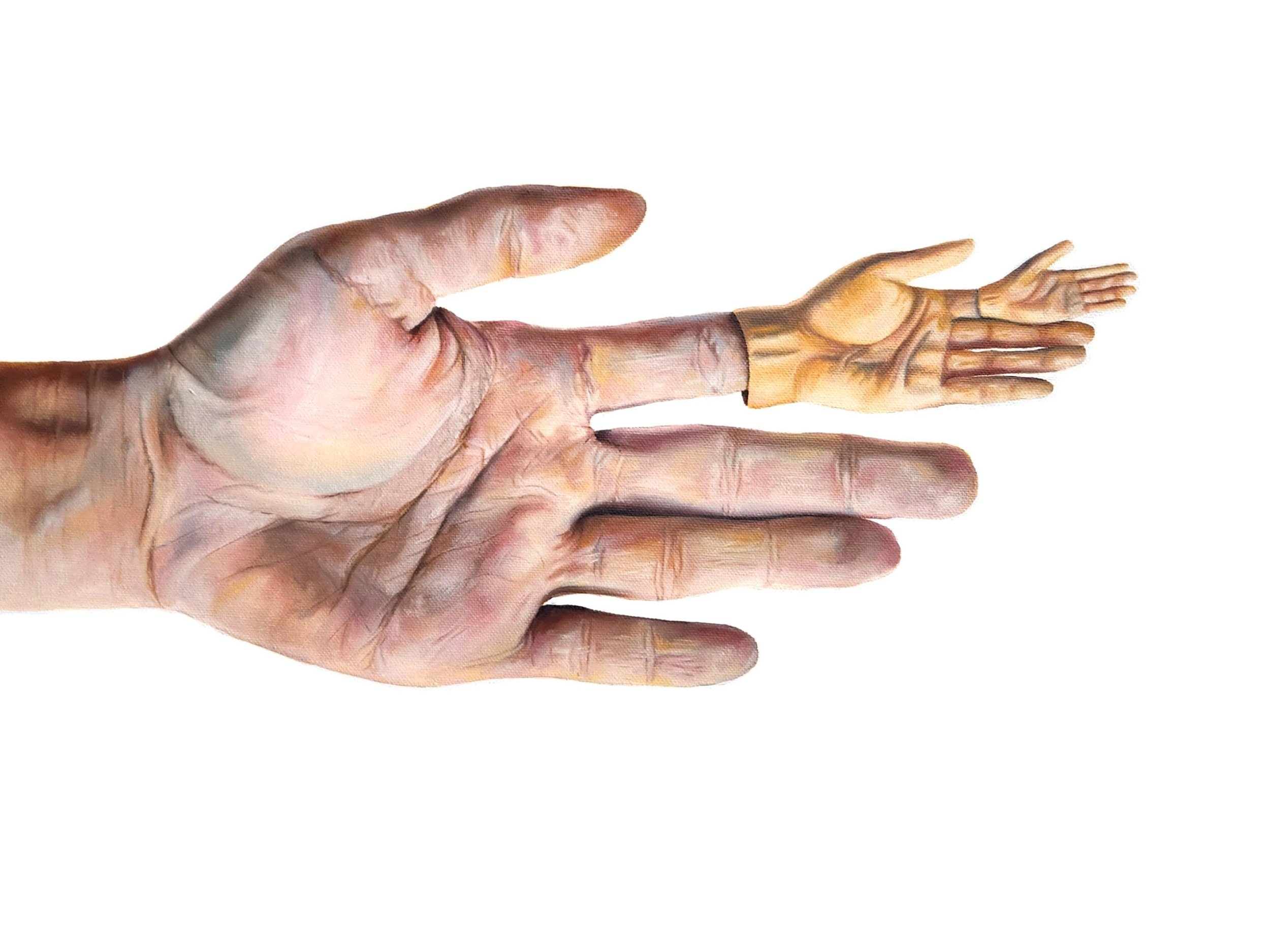
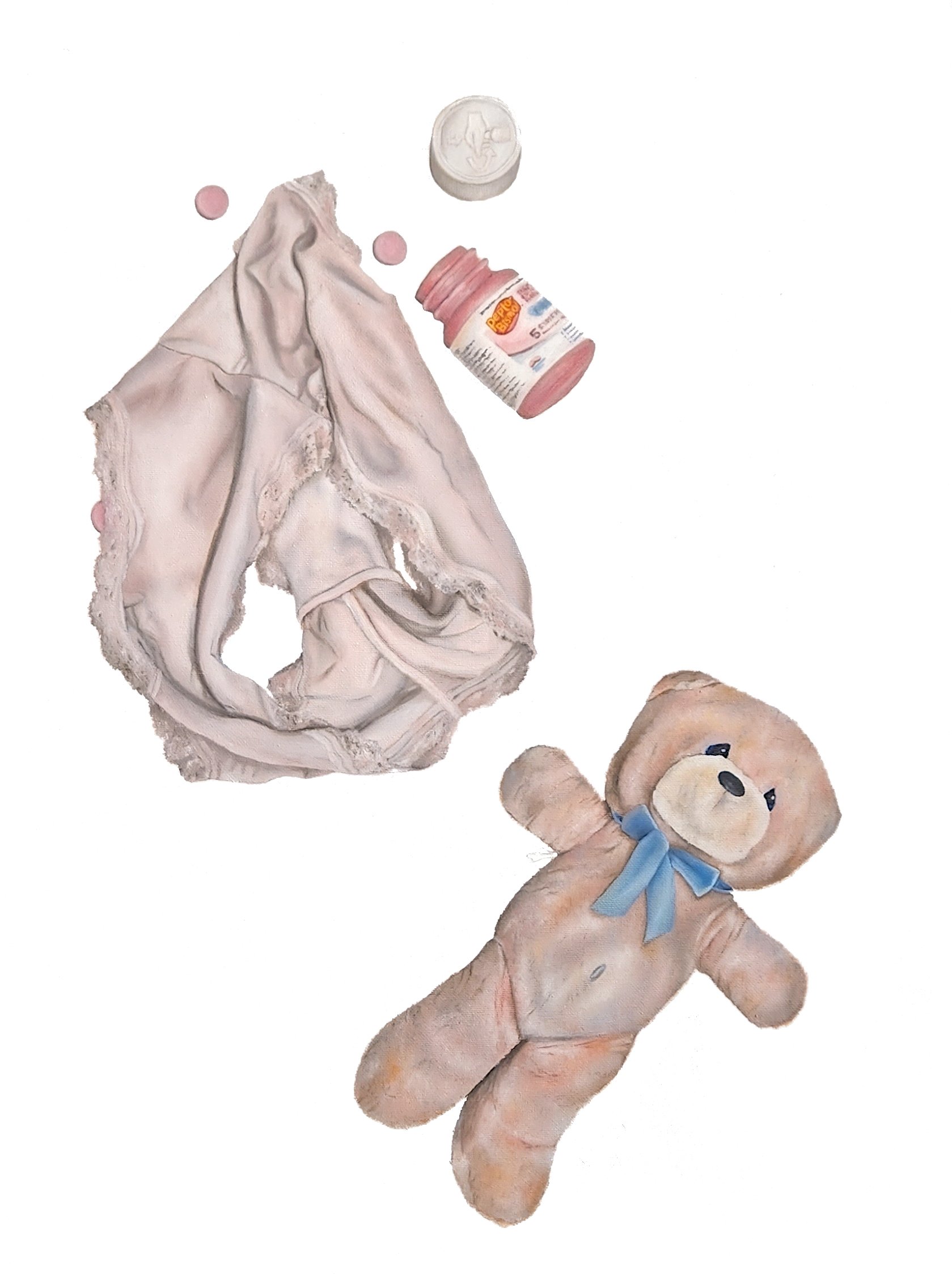
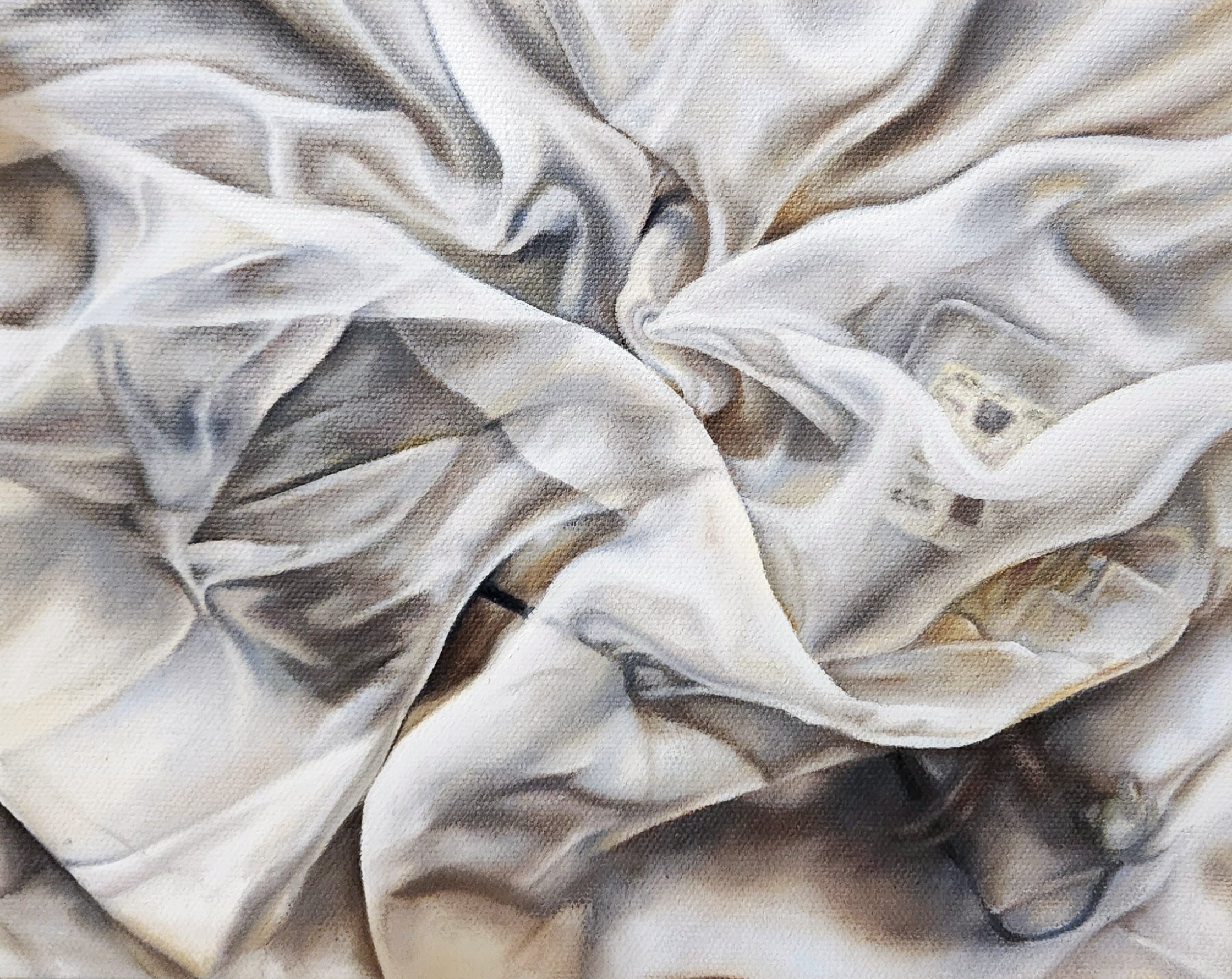
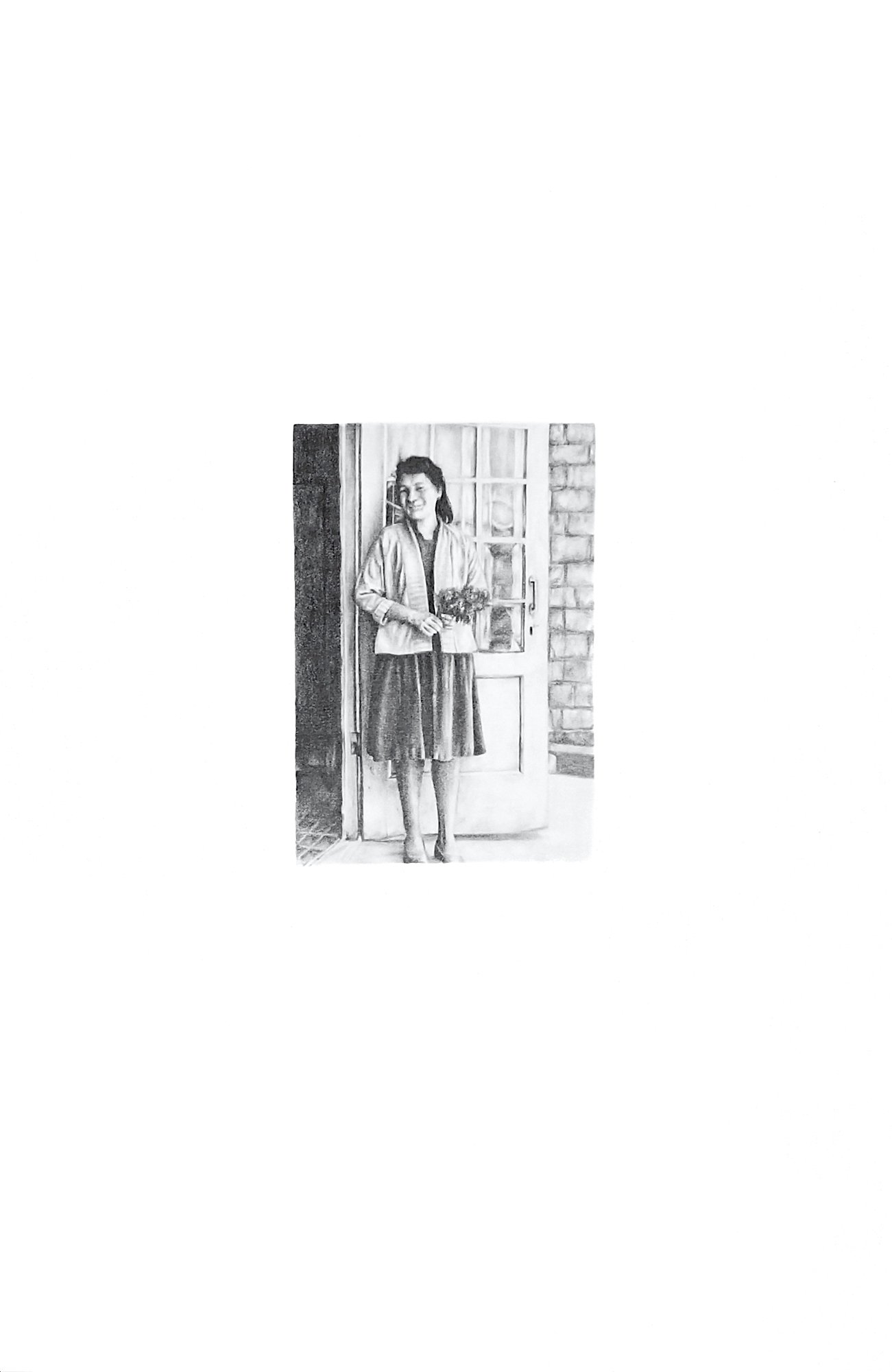

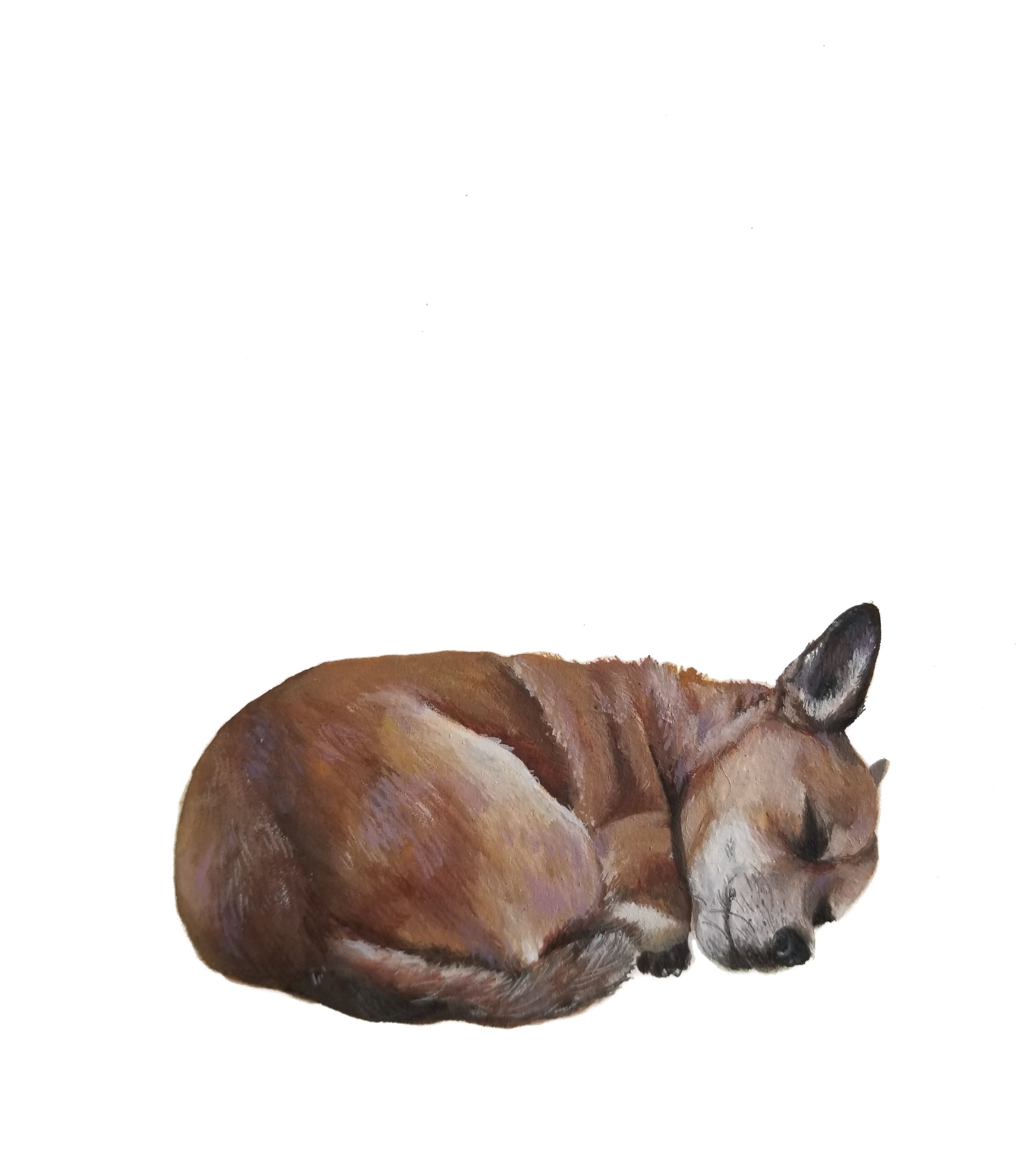
December: Hilary Stein
We are happy to introduce Hilary Stein as our Featured Artist for December 2022. Hilary, a graduate of St. Catherine University in St. Paul, Minnesota, first encountered Aix-en-Provence and the Leo Marchutz School in the Fall of 2012, then returned as an apprentice for the 2014-2015 academic year, and finally spent two years studying at the master’s level from 2017 to 2019. Hilary is a working artist and art teacher in western Colorado. This past September 2022, Hilary helped lead the Leo Marchutz School’s museum seminar program in Washington, D.C.. We are overjoyed to feature Hilary and her work this month!
Read on to learn more about Hilary’s background, painting practice, and what she is up to now.
And be sure to follow Hilary on Instagram, check out her website, and watch her recorded artist’s talk by following this link.
About the Artist
Born and raised in wild western Colorado, Hilary Stein is an artist whose work finds its foundation through a deep connection to the land and through a relentless pursuit of the truth to be found in studying it. She holds a BFA in Fine Arts and French from St. Catherine University in St. Paul, Minnesota, and studied under Alan Roberts and John Gasparach in Aix-en-Provence, France first in the Fall of 2012, then again as an apprentice for the 2014-2015 academic year, and finally to spend two years studying at the master’s level from 2017 to 2019.
In Hilary’s words:
"My education at the Leo Marchutz School has fundamentally and irreparably shaped the way I am in the world, the way I see, the way I teach, and the vigor and intention with which I examine all facets of life and the art which emerges from it. I am indebted to the teachings of this school and to the boundless richness they continue to offer in my life.
“I recently had the privilege of joining the Leo Marchutz School on the Museum Study Seminar in Washington D.C. this past September and was reminded of the unique and critical importance of the art of looking. It is something our modern sensibilities are loath to do — to step back and take the time to really look at a work of art without any preconceived notions or bias, just to look and to be transported. One of the participants described the experience as "a meditation," and I couldn't have agreed more.
“In my first introduction to seminar as a 19-year-old student, I vividly remember John Gasparach saying these words: ‘Art is not a subject that you can hold at arm's length and consider. It is something that goes deep into the core of your being.’ The word ‘transformational’ is often associated with one's experience studying at the Leo Marchutz School and I believe this is precisely why. This exercise in examining and meditating deeply on the nature of what constitutes great art transforms your mind. The experience expands and refines the way you see and the way you think and enables you to become a richer and more adaptive, critical-thinking human.
“I wouldn't be who I am today without having the privilege of studying at this school."
Hilary currently teaches full-time art K-8 in Hotchkiss, Colorado, and continues to devote herself to her painting practice, teaching workshops in her community, and farming at an organic flower farm. It is foundational to her work to draw inspiration from the raw and austere landscape of the high desert and the abundance which springs from it.
Statement from the Artist
“The act of painting for me is a surrender to the process of discovery. It is a continual relinquishing of the ego in order to look more deeply into the relationships that exist within the natural world and their correspondence within the self.
“My work is driven by the fundamental value of looking into the world rather than at it. This kind of looking necessitates a letting go and an openness to how the world reveals itself in constant flux. It involves the discovery of a resolute center within the self which enables the discovery of the center of the thing being seen. In this way, one may draw from the world not just the outer appearance of things but the inner — the place where the center of the perceived and the perceiver meet and interpenetrate.
“‘Nature is inside us,’ said Cézanne.
“It is my hope that the paintings I produce might be a call to contemplate this — that they might be a small step in the direction towards a deeper seeing into the natural world and ultimately towards giving back to it.
“It seems to be that the more wholly one perceives the natural world and lives in reciprocity with it, the more one may understand wholeness operating in a work of art and ultimately, in oneself.”
Hilary Stein, December 2022
Artist’s Talk on Zoom
Thank you to everyone who joined us for a virtual artist’s talk with Hilary on Zoom on Wednesday, December 21st at 12pm Eastern Time. Watch the recorded talk by following this link.
Selected Works

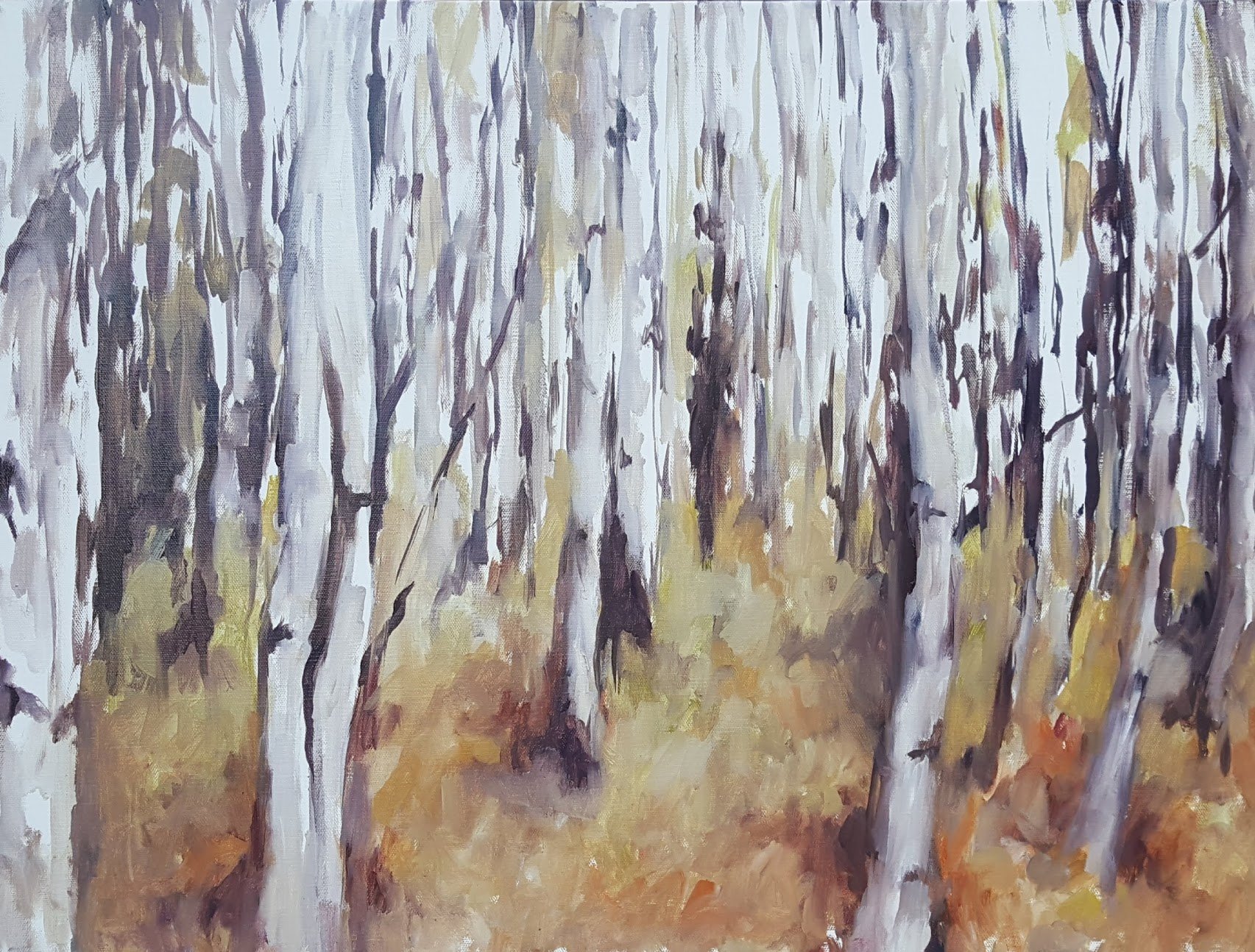

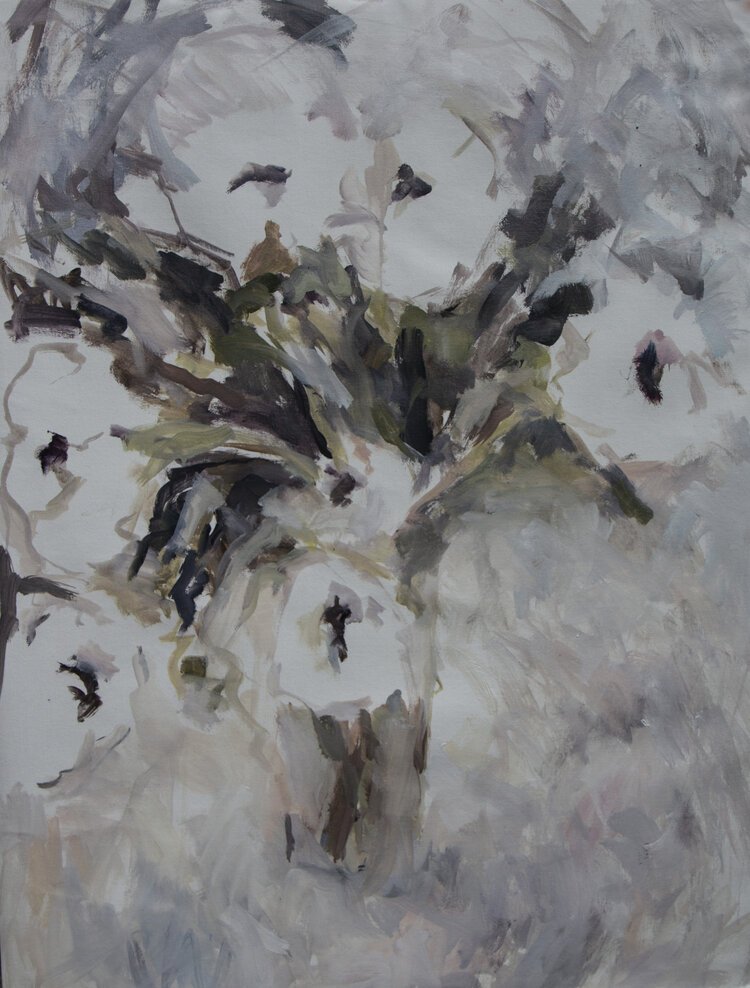

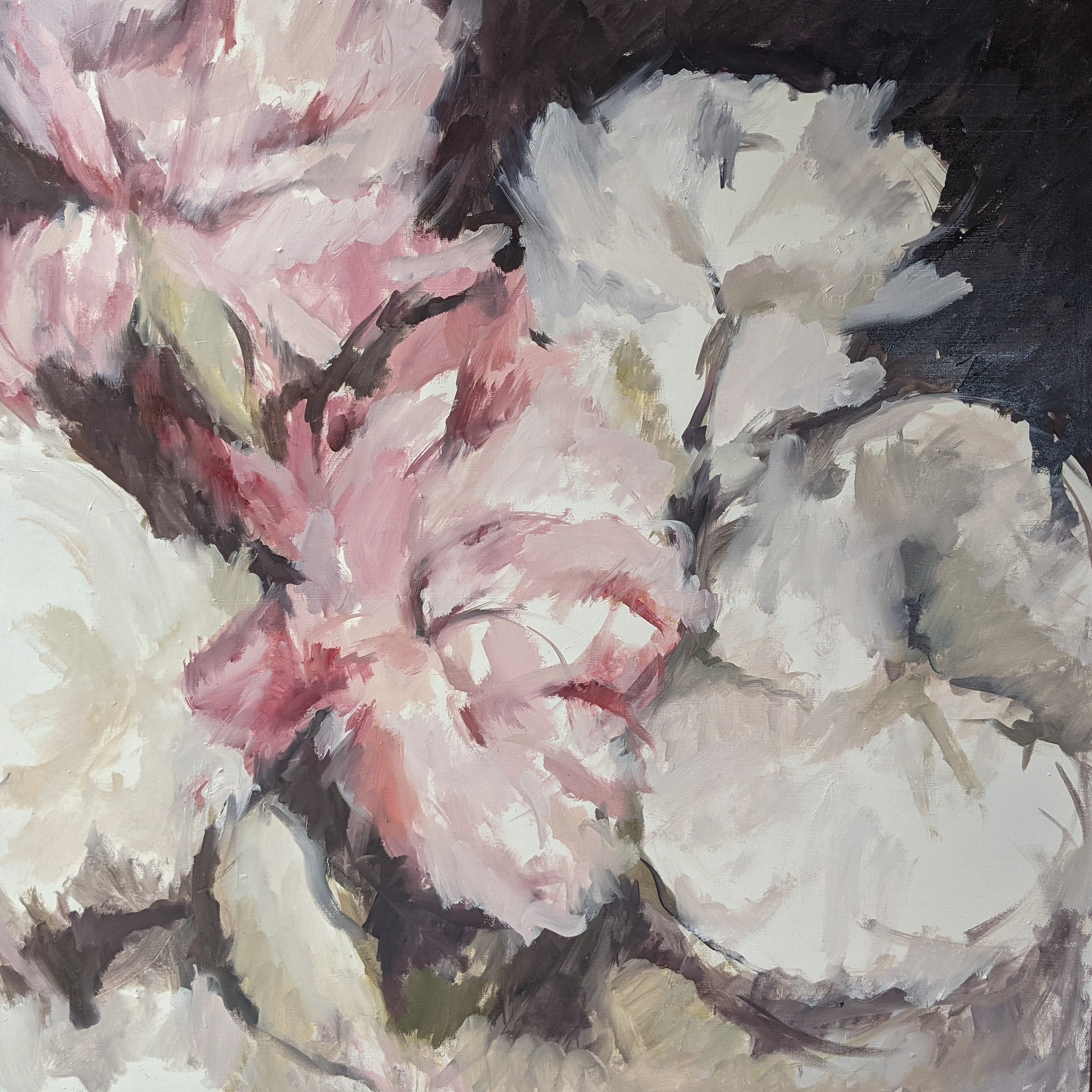
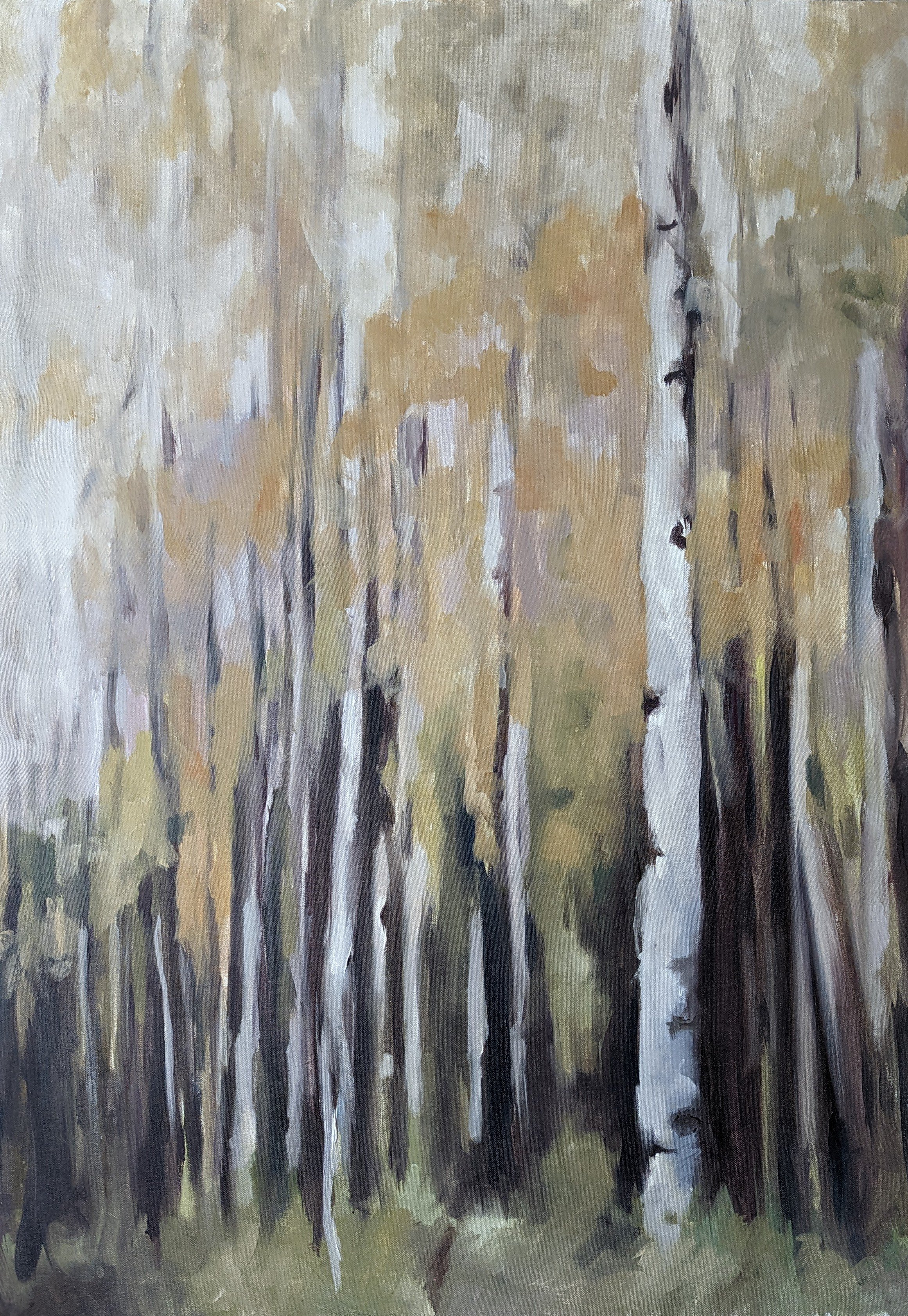
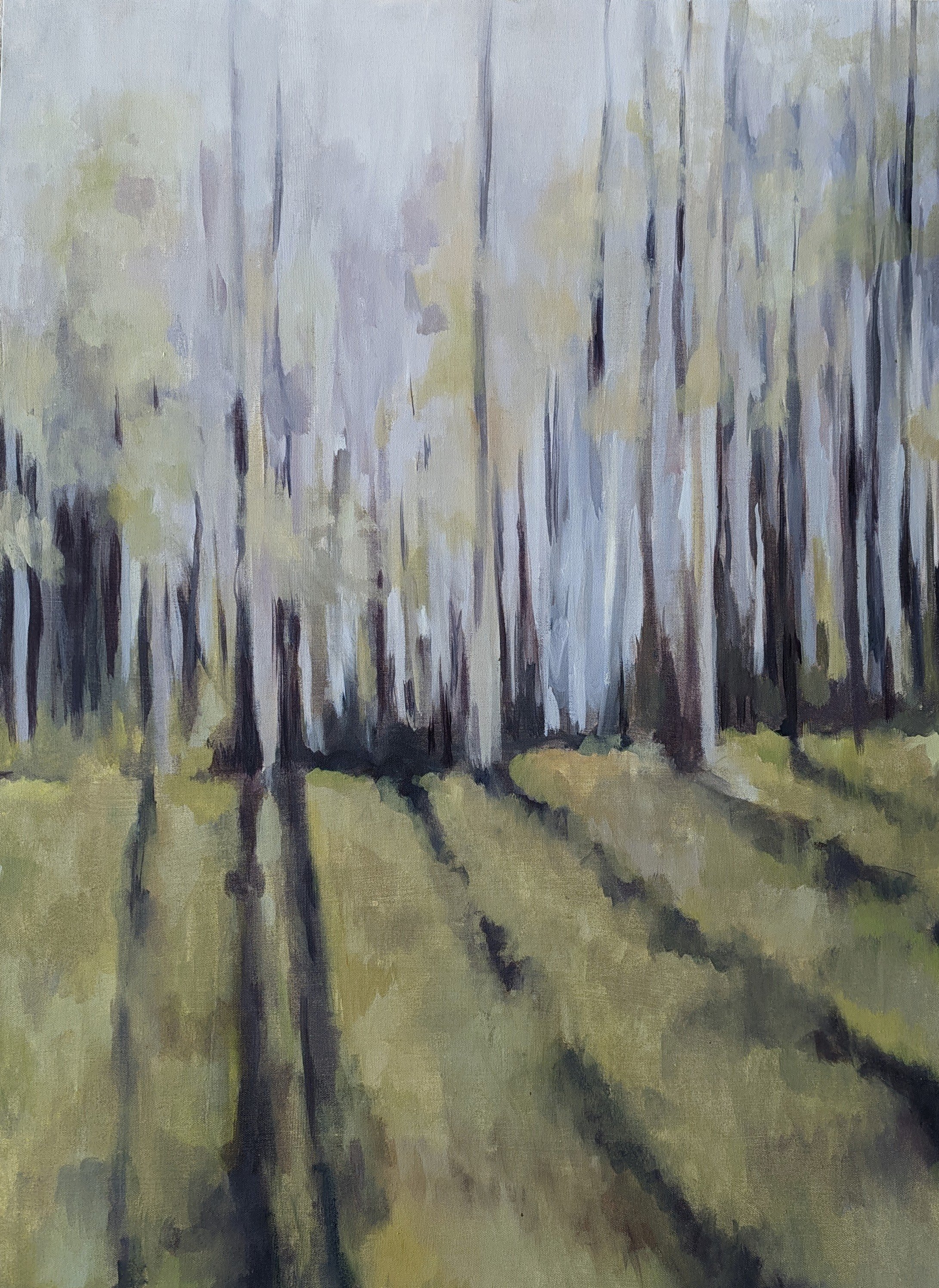
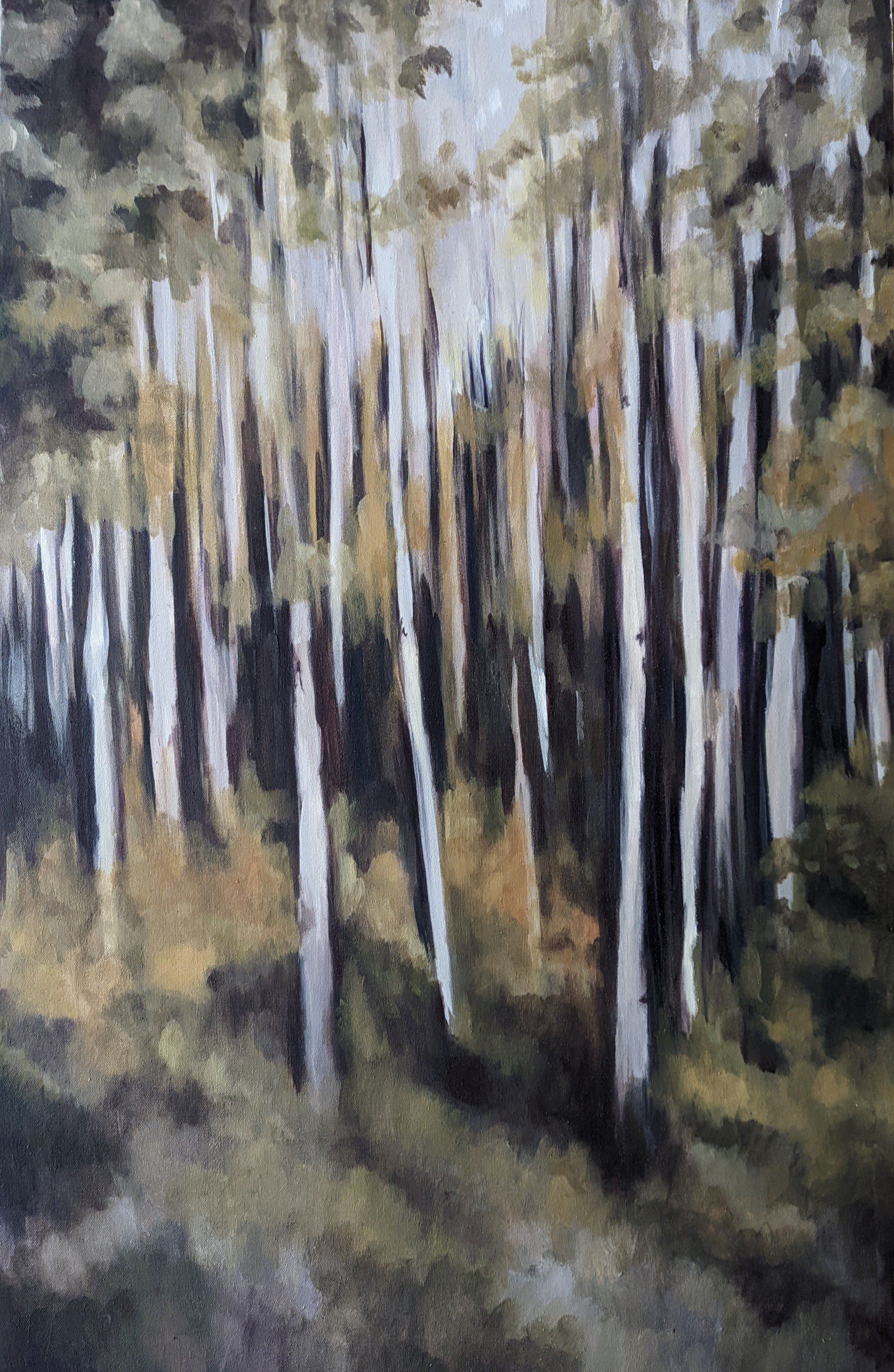

November: Nick Cruz Velleman
We are thrilled to introduce Nick Cruz Velleman as our Featured Artist for November 2022. Nick is a longtime friend, artist, and student of the Leo Marchutz School, first coming into contact with the school in 2009, then returning for a year to apprentice with John Gasparach and Alan Roberts in 2012, and then again living in Aix-en-Provence and being a part of the school from 2018 through 2020. Nick is a working artist in Washington, D.C., his hometown, and teaches online art courses with the Smithsonian and other institutions while simultaneously working on his own artistic practice.
Read on to learn more about Nick’s practice, his influences, and his current works.
And be sure to follow Nick on Instagram, check out both his websites (here and here), and be sure to watch his recorded artist’s talk on Zoom.
About the Artist
Nick’s life so far reflects a deep commitment to the arts and involvement with some of DC’s finest art institutions. Born and raised in Washington, D.C. to Peruvian and Filipino immigrant parents, his passion for music — his first creative love — propelled him to become a manager and director at the 9:30 Club for four years while performing with bands locally and regionally. Now having chosen the artist’s path, Nick spent many years in Aix-en-Provence, France learning from John Gasparach and Alan Roberts, and currently teaches with the Smithsonian Associates and Georgetown Day School while exhibiting original work locally in D.C.. Nick aspires to a career of teaching art, creativity, and the mental health benefits that come with it…while traveling the world and painting, of course.
Statement from the Artist
“I paint and draw what I see in the world — landscapes, skyscapes, architecture, still lives, people — and prioritize process over product. I begin with a mindset that is open to the experience of creating without intention or agenda. I balance my attention on the razor’s edge of where the outside world ends and my inner self begins, the moment when stimulus turns into sensation. The art that results is energetic, raw, immediate, and sometimes chaotic. It is simultaneously a rendering of my subject and a reflection of my inner state which yields greater awareness about myself as an individual and life as a whole. My work comes from this frontier of sight and insight.
“My art draws inspiration from the drama and scale of late 19th-century Romantic-era landscape painters, and the bold, emotive brushwork of an abstract expressionist, as well as my time spent studying painting in the south of France.
“Simply put, I would not be the artist, teacher, person, everything I am without the Marchutz School. Pas. Du. Tout. Studying with the Marchutz School exposed me to the wonders of living abroad, the treasures of France, the masters of art history, how to look into a painting, how to work like an artist, and the life lessons that come with regular creative practice. My ability to observe, listen, articulate, and paint like a madman are skills I developed at Marchutz and use in my professional work today.
“The Marchutz School’s emphasis on vision and use of painting to become aware of how we perceive the world is the premise for my career as an educator. I believe these lessons reach beyond the canvas and I want to make those connections for people. Through in-person/online courses and workshops I apply what I learned at Marchutz to issues such as mental health and mindfulness. This year, I spoke at a TEDx conference and demonstrated how Alan Roberts’ ‘color talk’ can be another way to practice non-judgment and understand our own prejudice. And through my art, I’m celebrating what makes us human — ‘the wealth of our sensations’ as John Gasparach said to me one early morning painting at Marchutz.”
Nick Velleman, November 2022
Artist’s Talk on Zoom
Thank you to everyone who joined us for a virtual artist’s talk with Nick Cruz Velleman on Wednesday, November 30th at 4:00 PM Eastern Time. Be sure to watch the recorded talk using this link.
Selected Works
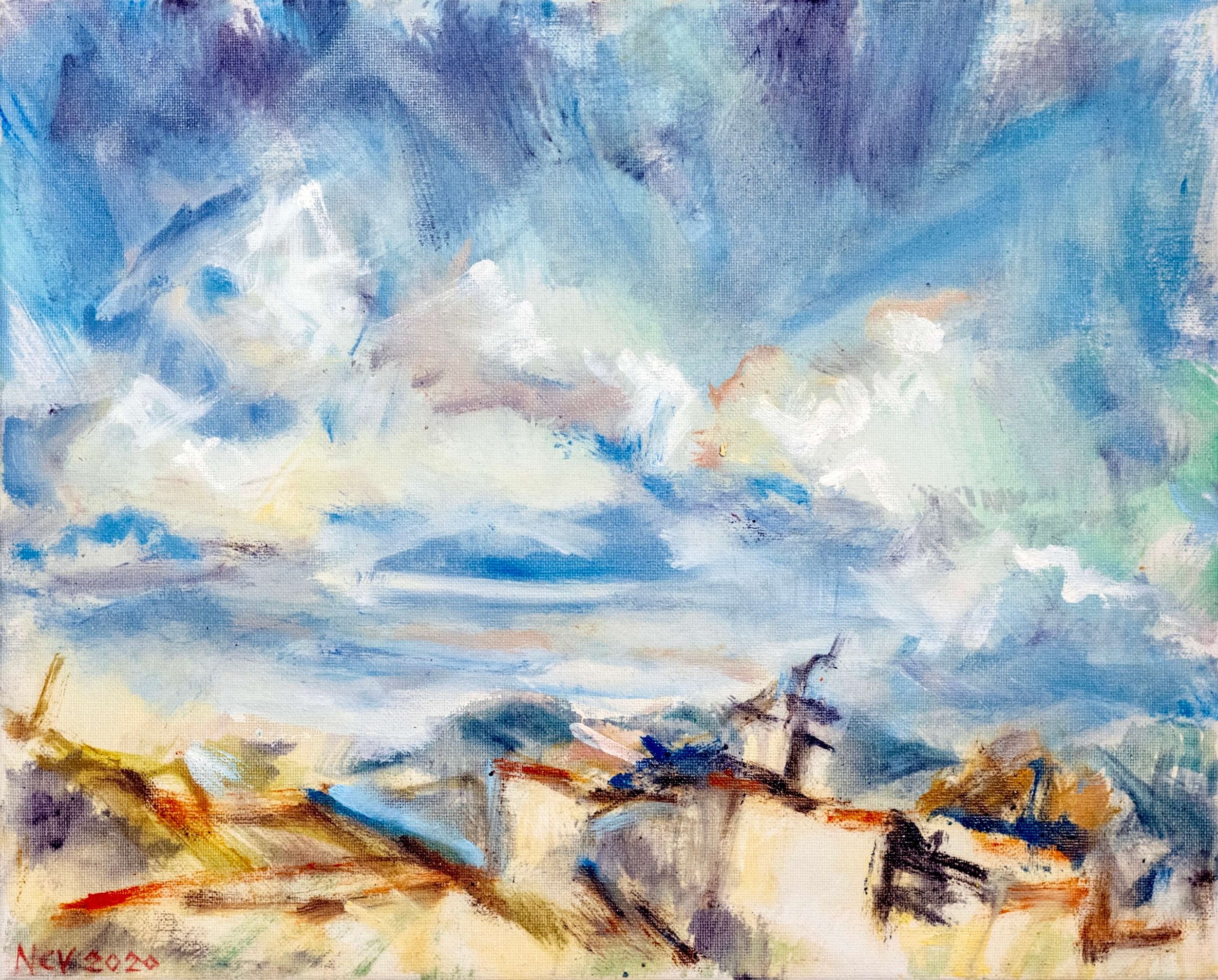
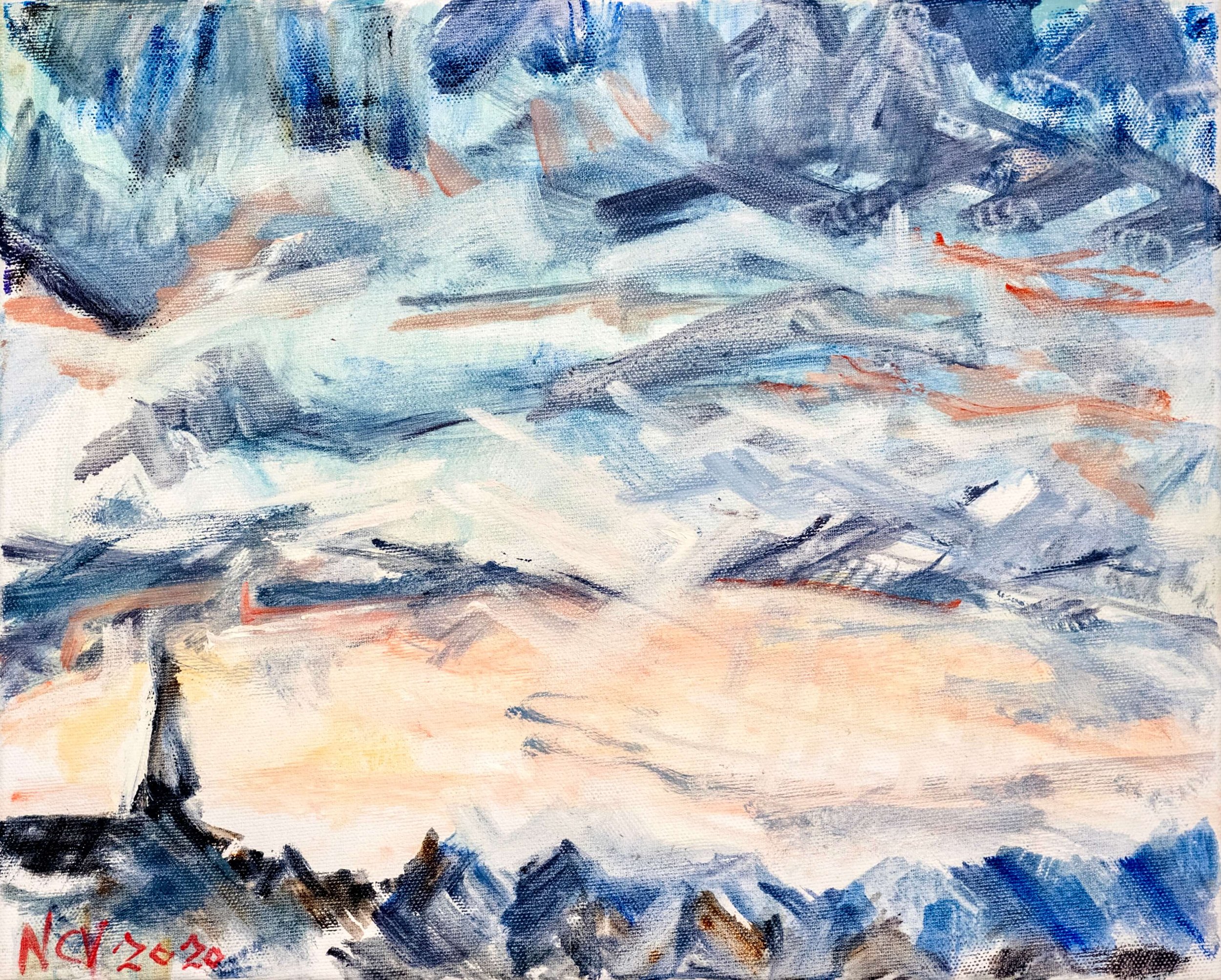
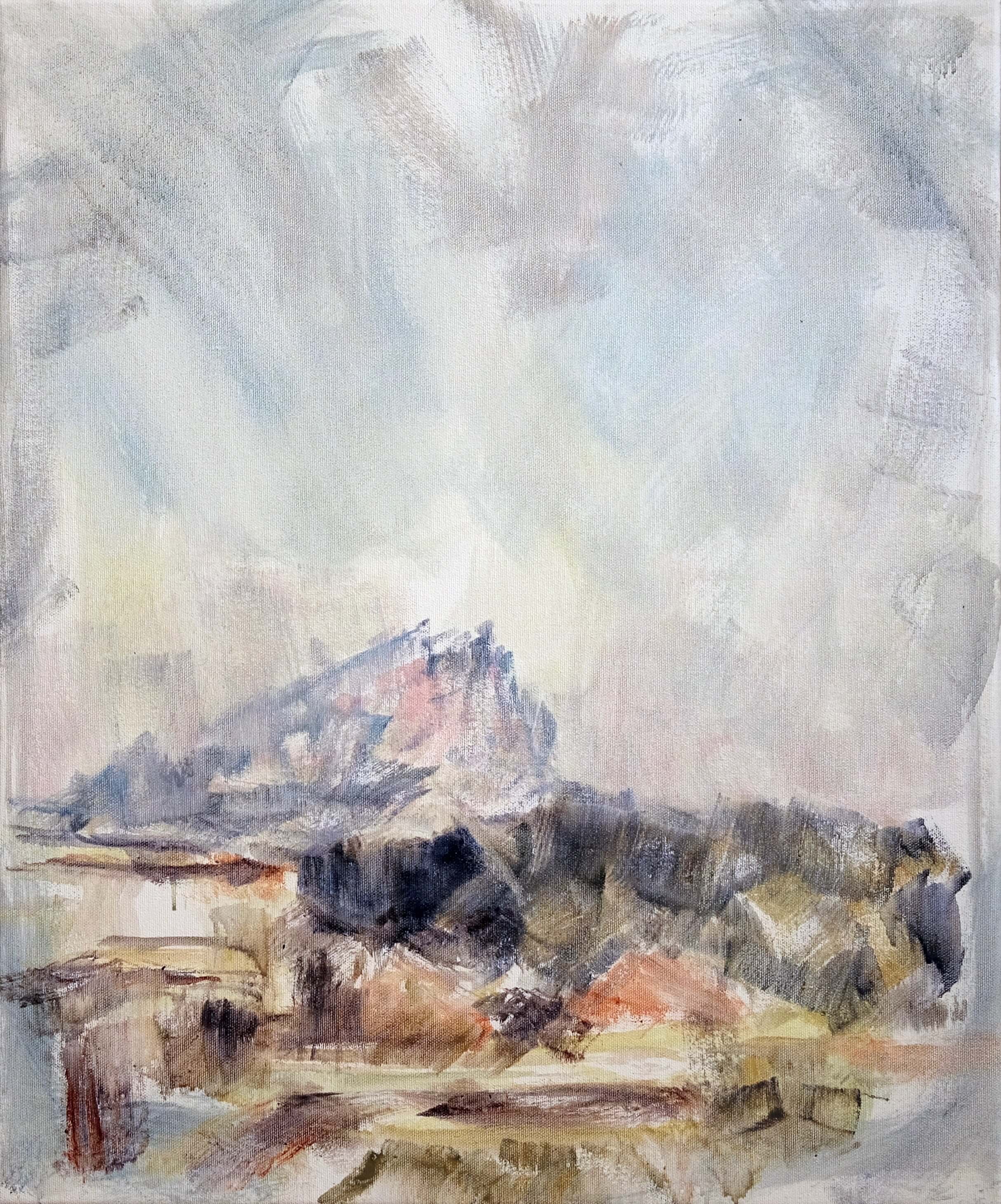
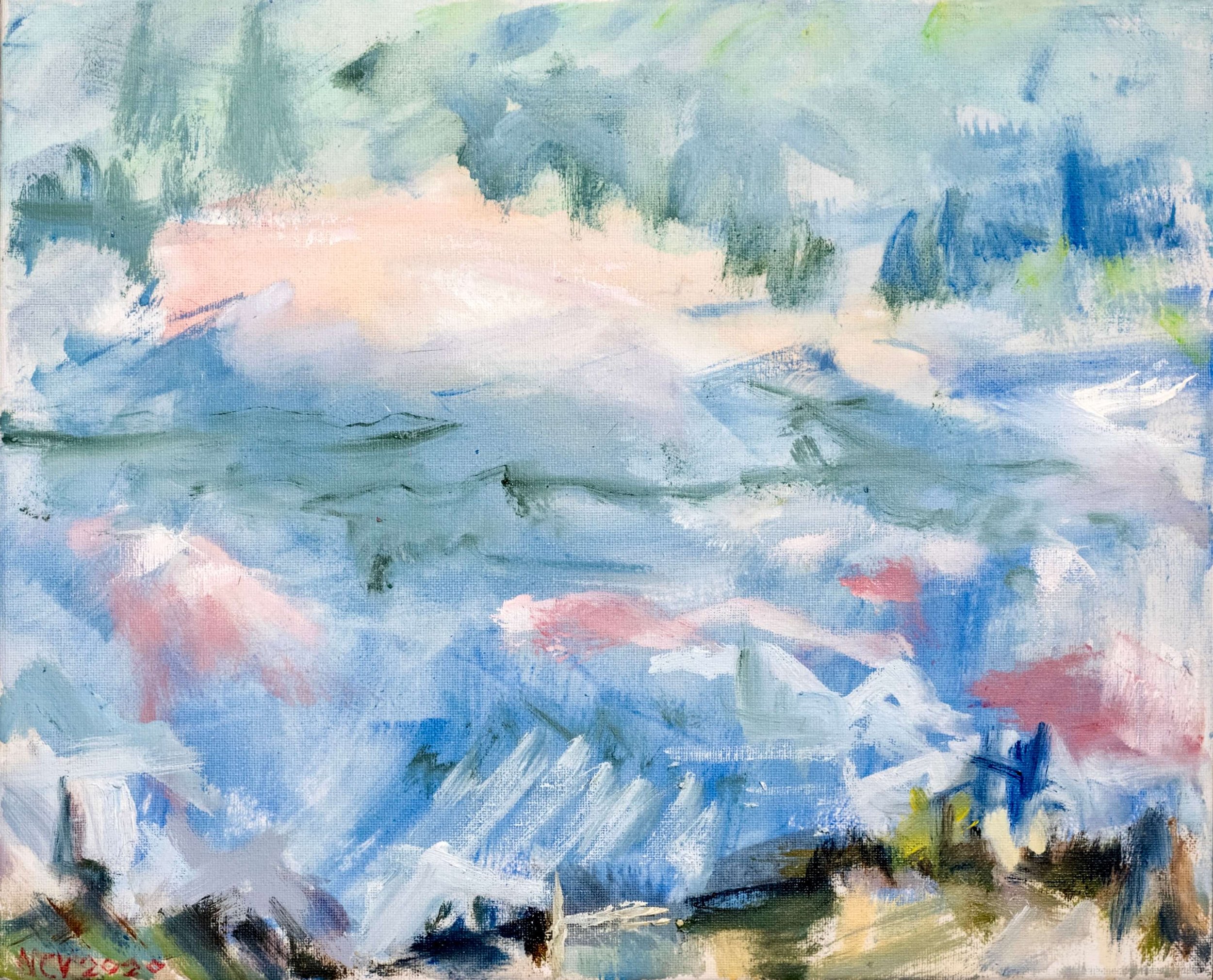
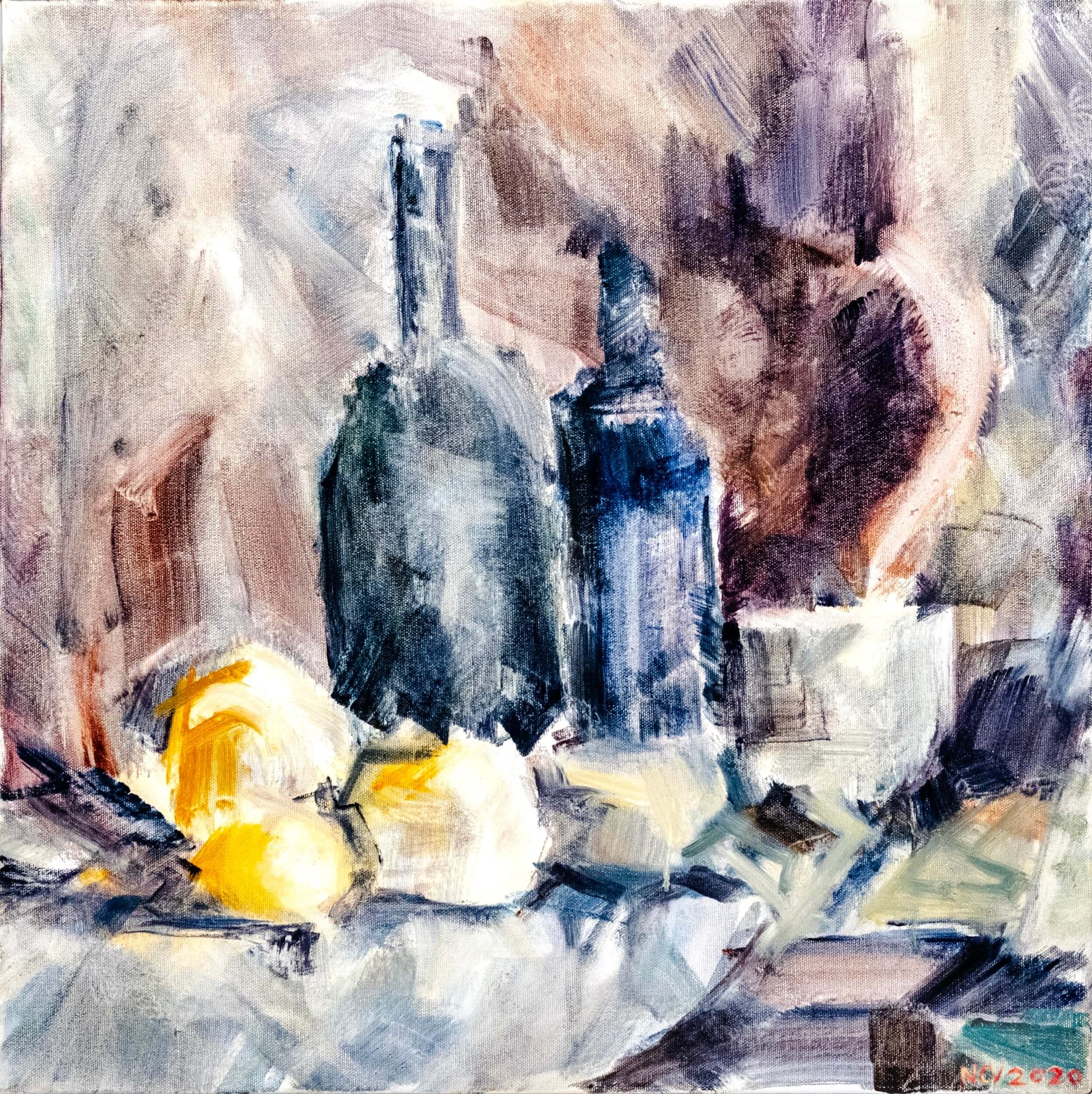

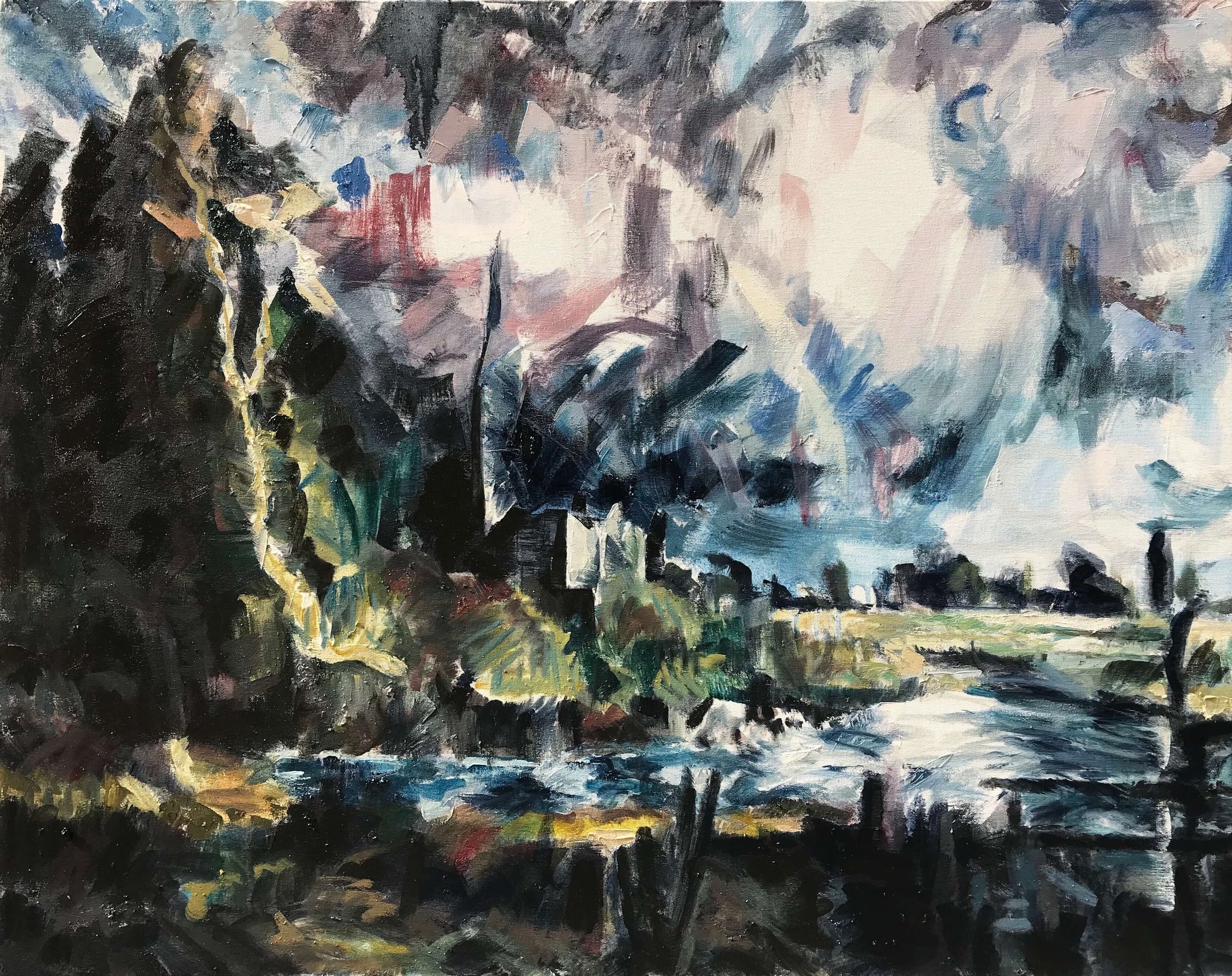
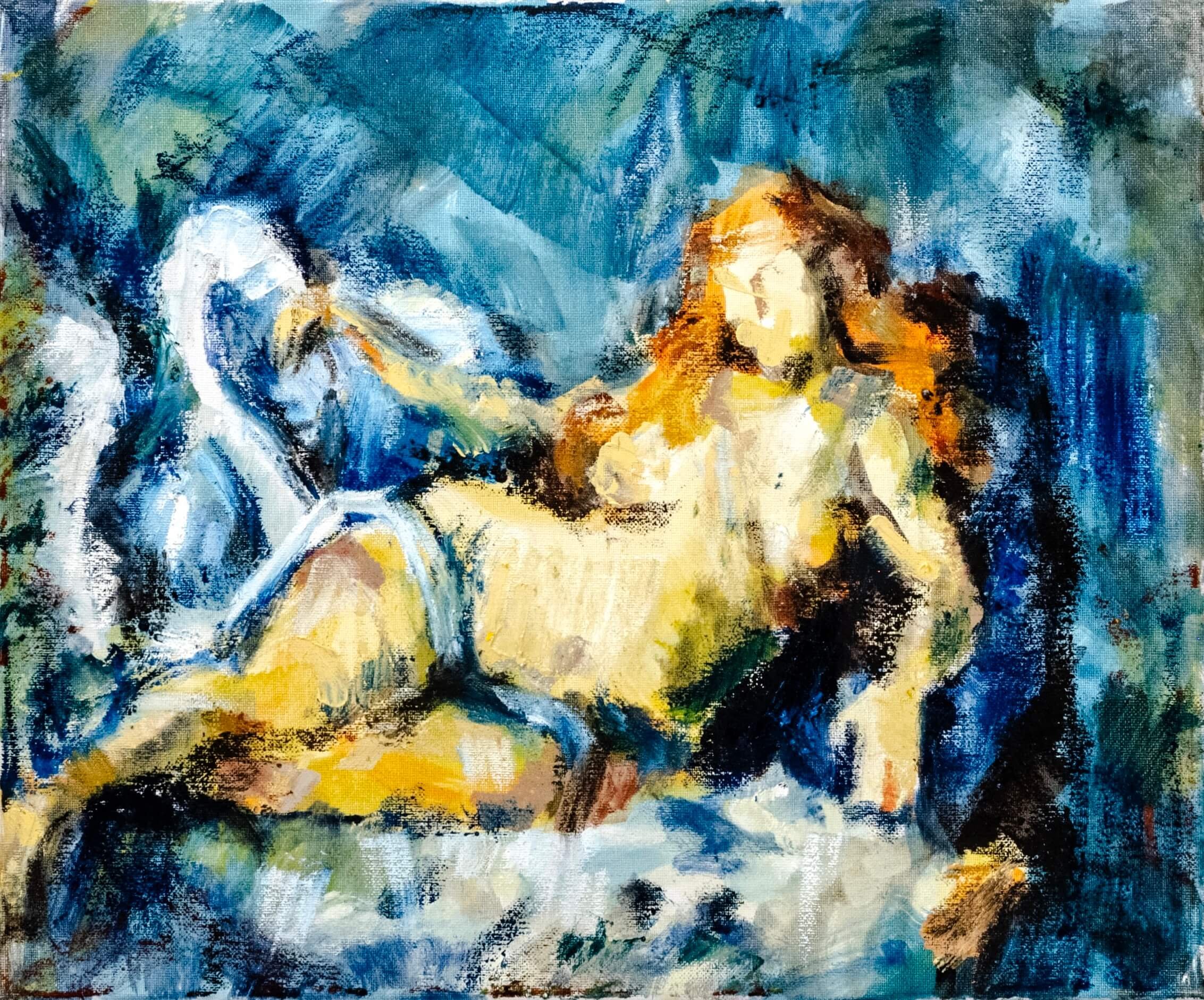
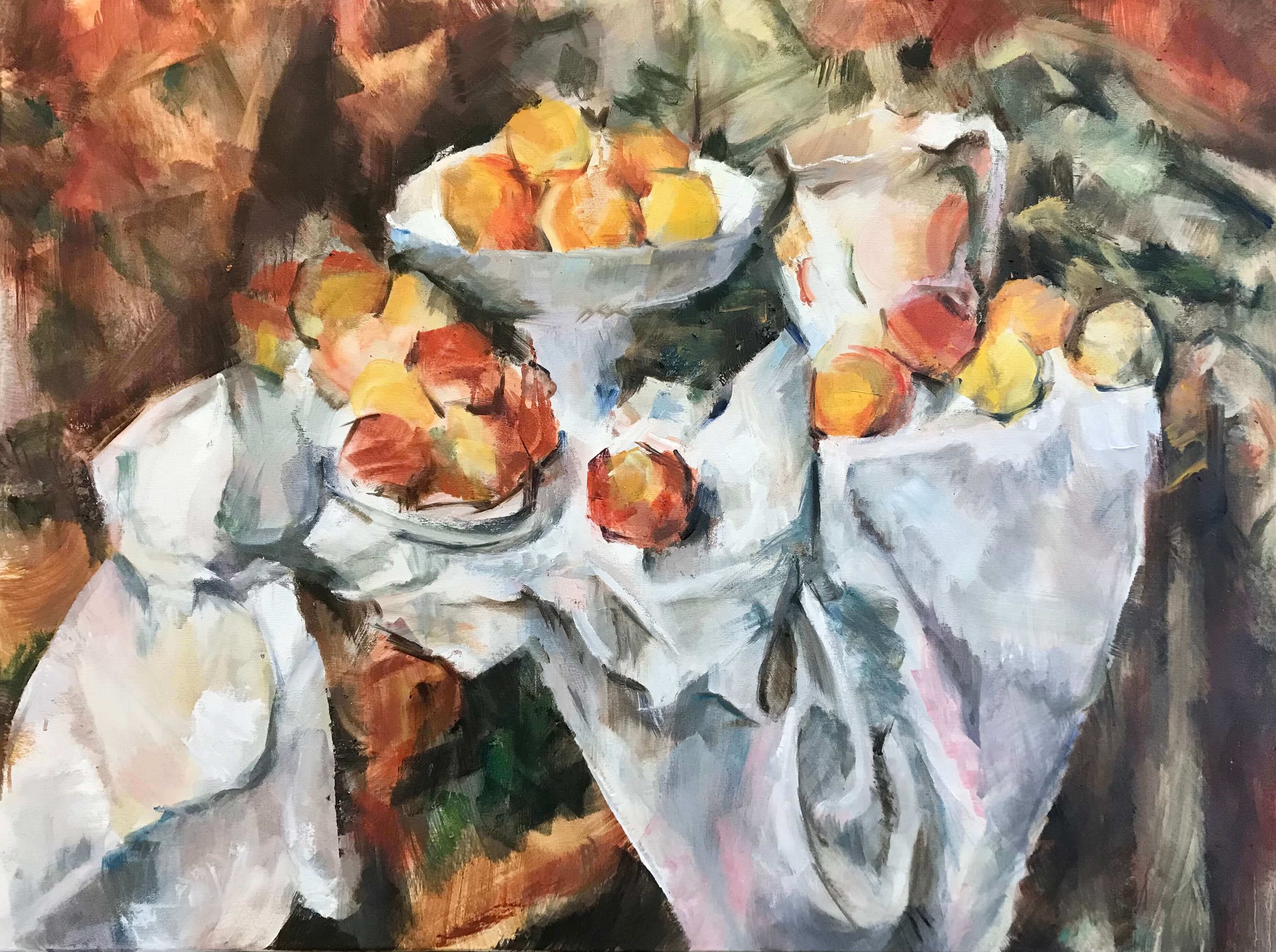
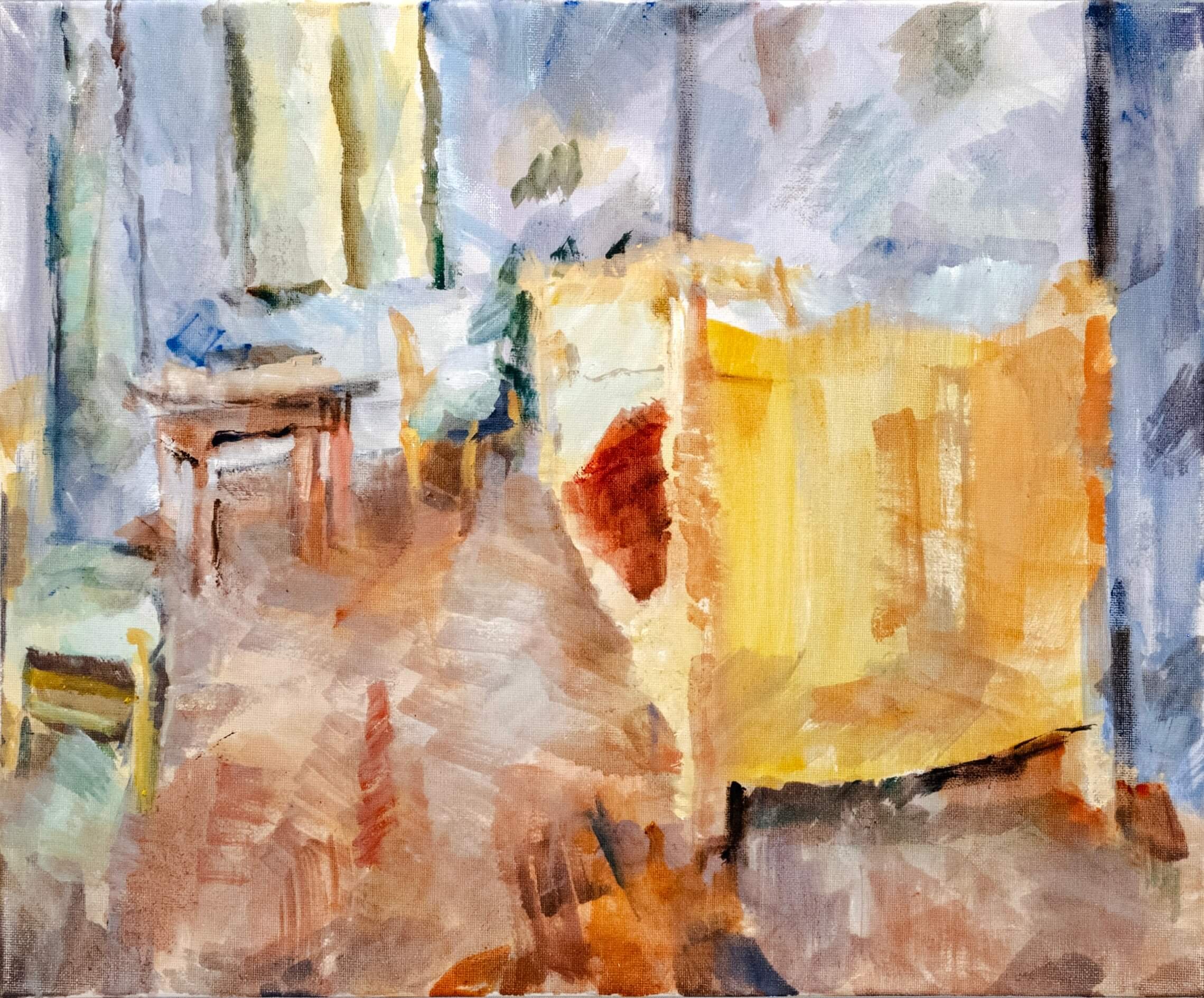
October: Miranda Blas
We are pleased to announce that our Featured Artist for October 2022 is Miranda Blas! Miranda, a graduate of St. John’s College in Santa Fe, New Mexico, first encountered Aix-en-Provence and the Marchutz School in the summer of 2015, after which she stayed on for two more years to learn from and work with Alan Roberts, John Gasparach, and her fellow students. Miranda is a working artist in Philadelphia, focusing mainly on ceramics. This past September 2022, Miranda joined the Leo Marchutz School’s museum seminar program in Washington, D.C.. We are overjoyed to feature Miranda and her work in this format!
Read on to learn more about Miranda’s practice and her influences, and to see a selection of her works.
And be sure to follow Miranda on Instagram, check out her website, and be sure to watch her recorded artist’s talk on Zoom.
Statement from the Artist
“The first time I learned about the Leo Marchutz School of Painting and Drawing philosophy was in the middle of math class at St. John’s College, Santa Fe. My professor mentioned living in southern France, painting in nature at a small and special art school. I immediately stopped the class and demanded more information. The professor spoke of sitting in a field painting a sunflower from life, discussing foundational texts about art and learning how to live like an artist. Two years later, when I finally arrived at Marchutz, it was even more life-changing than the vivid, idyllic picture my professor had painted. My six-week stay turned into a two-year one. Indeed, I learned how to live like an artist.
“While I was born an artist and I have been involved in the arts for my entire life, Marchutz taught me how to establish a robust artistic practice — how to live my art as a practice. At Marchutz, my normal life and my artistic practice united into one. Now inseparable, my practice is my life and everything I do feeds my art work. While in school at Marchutz I didn’t learn how to paint a textbook-style ear or eye. Instead, in the plein air fields, in the studio, in the seminar circle, I learned how to harness my vision, how to open my eyes to the world around me, and how to express the unique and living world I see in my own art.
“Art is alive! It sings to us across centuries, connects us to people and places long passed and enables us to imagine new realities. Great art takes the ephemeral and the particular and turns it into something whole, living and eternal. Regardless of whether I’m painting, sculpting, or throwing, my goal is always the same: to create something alive. I work to bring beauty, magic and light into a world that often feels dark.
“My current artistic practice revolves around atmospheric fired ceramics. I create sculptures and bas-relief covered vases which I then fire in the raku style or in a woodfire noborigama kiln. The volatile confluence of fire, smoke, air, and water that characterizes raku firing is endlessly inspiring, with new surprises coming out of the reduction chamber each time. I aim for harmony between form and surface, between the bright reduction raku colors and the sable dark of carbon trapped in unglazed clay. In the woodfire process I rely on the flames and ash in the kiln to create deep bronzed surfaces.
“I am constantly inspired by nature, my inner landscape, art history, and feminism. In my depiction of women I aim to subvert the legacy of the male gaze by creating artwork of women, by a woman. I battle misogyny sculpture by sculpture, hoping that my work brings self-love and empowerment to the women (or anyone of any gender) who sees it. I also want to work to dismantle the distinction between “fine art” and “craft,” a misconception which is deeply rooted in racism and imperial colonialism. I create works which could be called both “fine art” and “craft.” Just as art can bloom in a math class, fine art and craft can coexist in the same work of art, and in one life.”
Miranda Blas, October 2022
Artist’s Talk on Zoom
Thank you to everyone who joined us for a virtual artist’s talk with Miranda Blas on Wednesday, October 26th at 1:00 PM Eastern Time. Be sure to watch the recorded talk using this link.
Selected Works

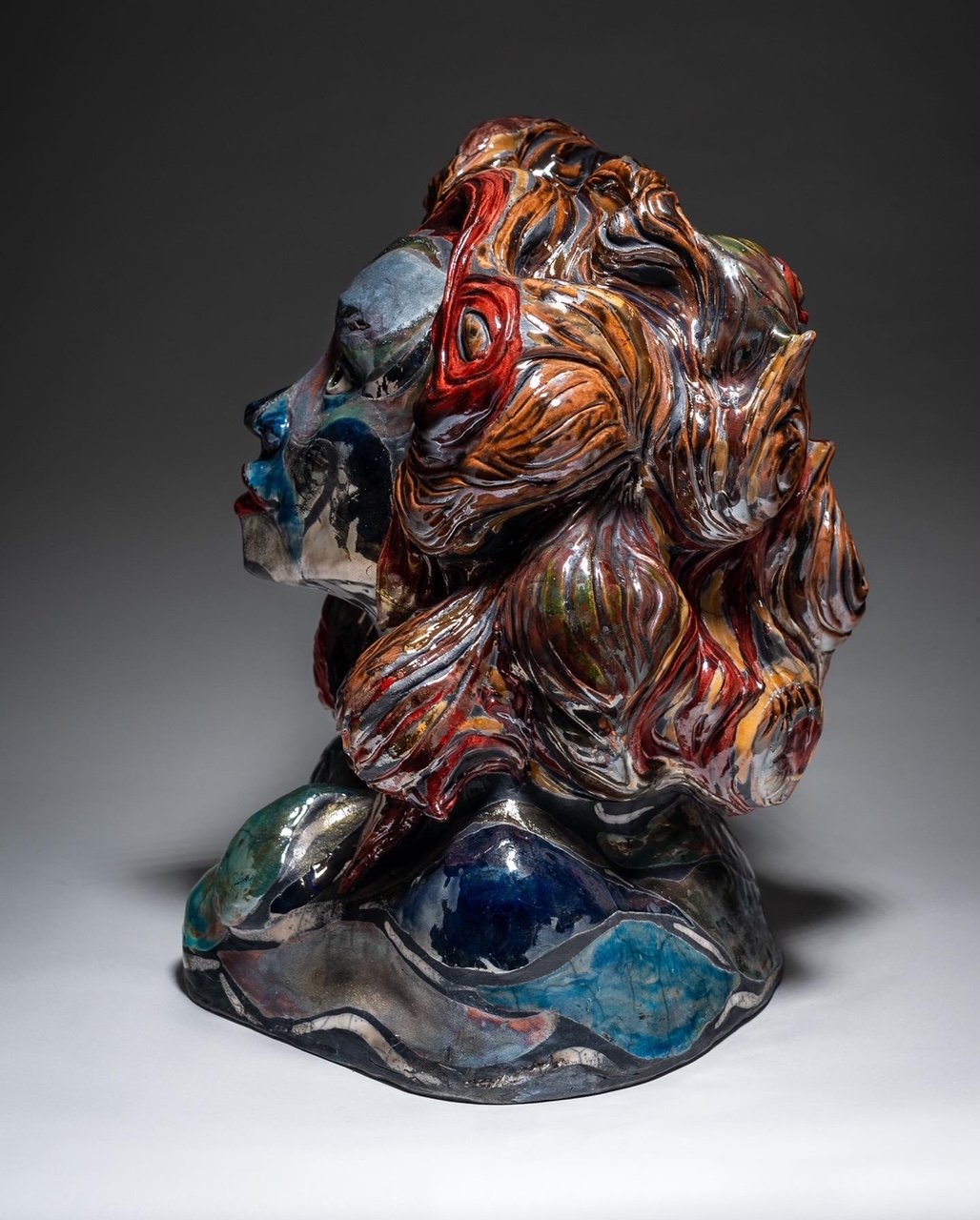




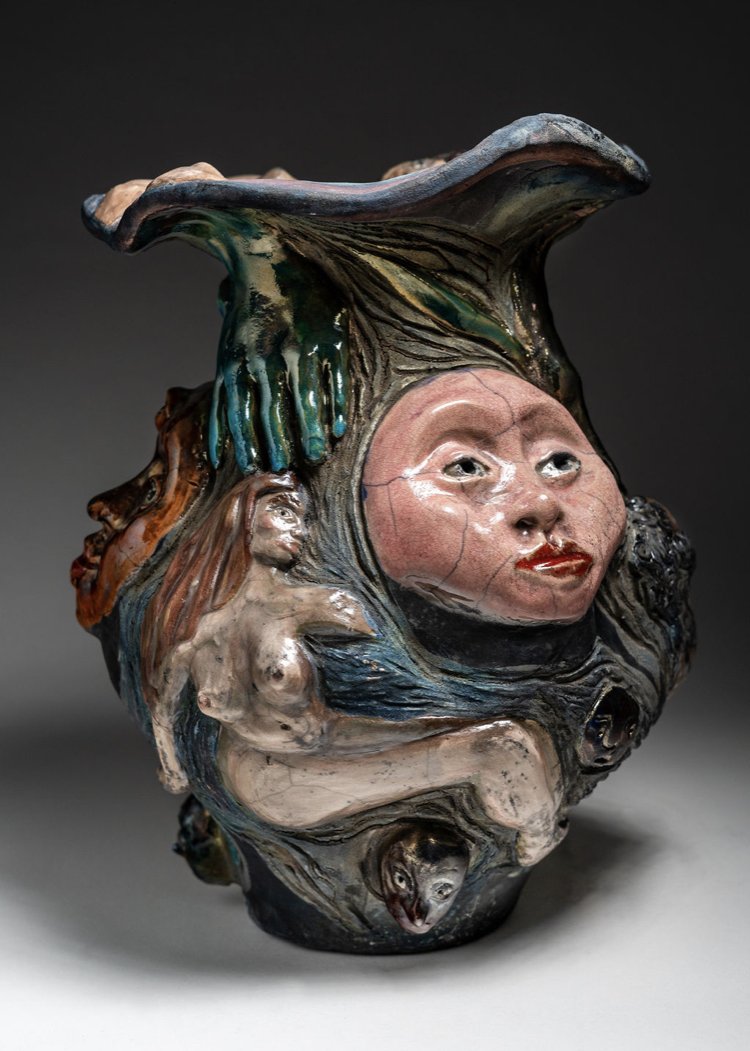
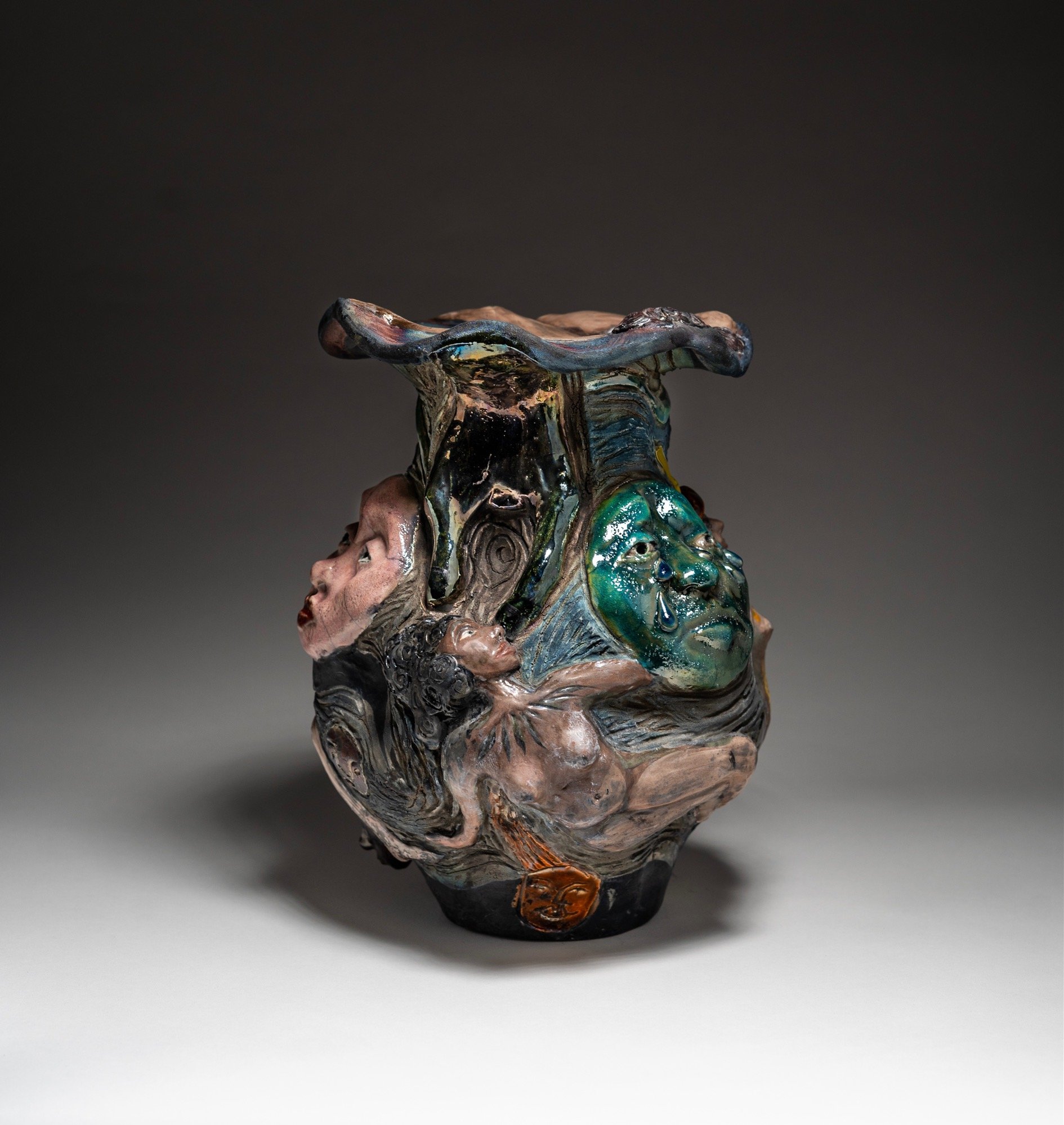



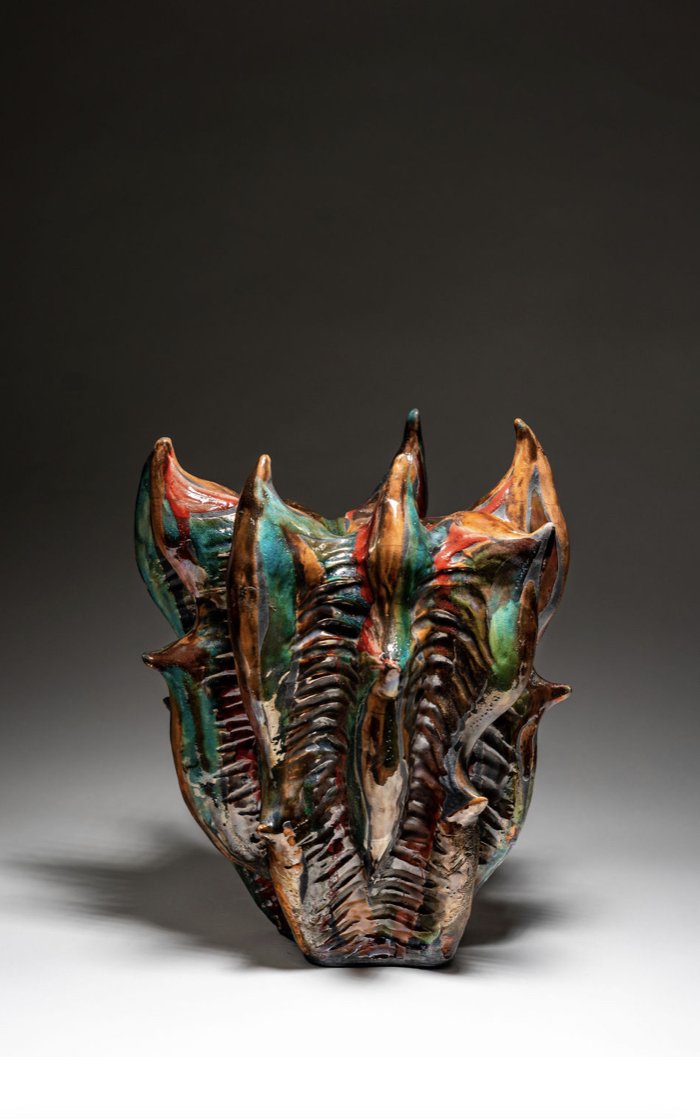
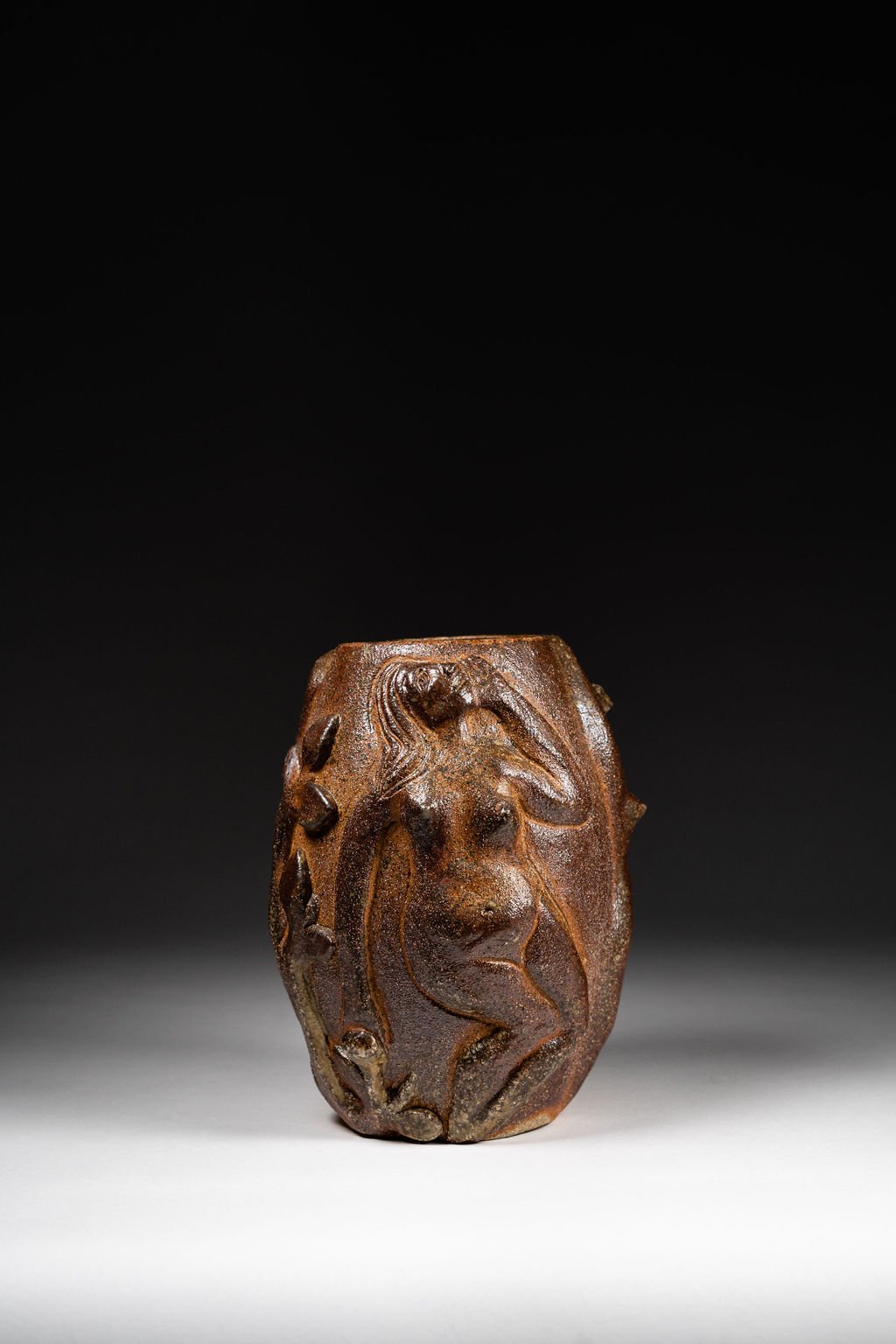

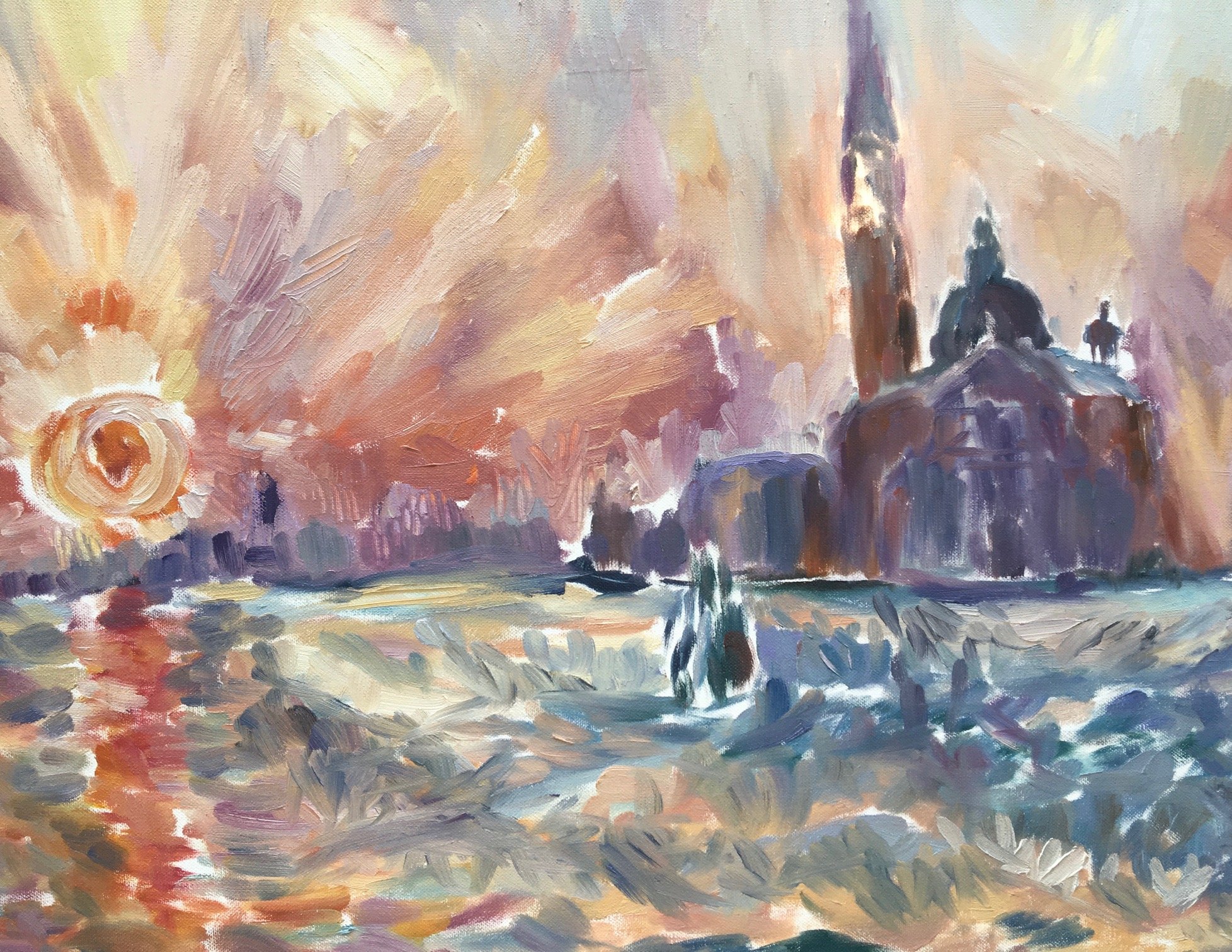

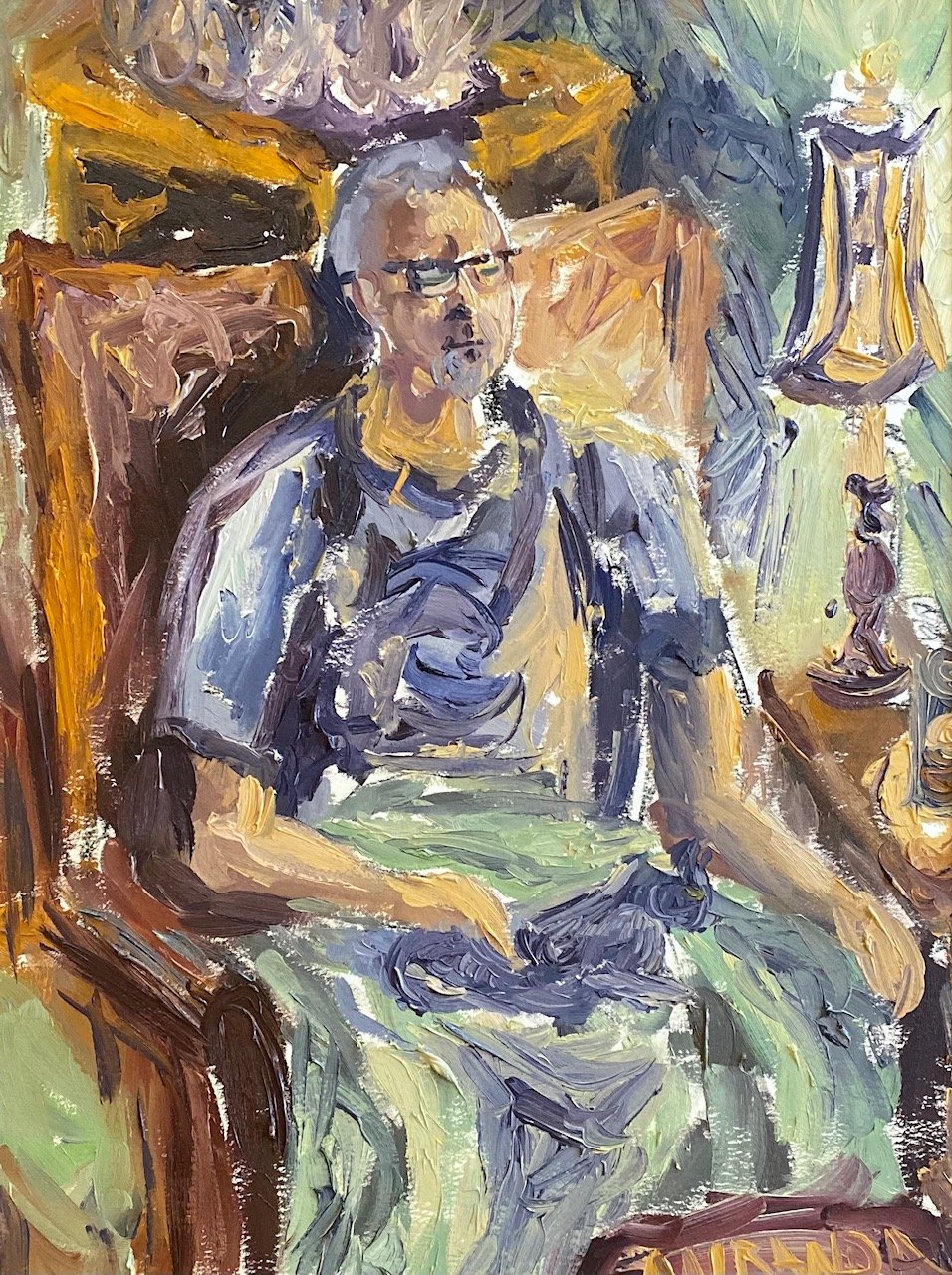
September: Samuel Bjorklund
Click here to watch Samuel Bjorklund’s recorded artist’s talk on Zoom.
Samuel Bjorklund is the co-founder of the Leo Marchutz School of Painting & Drawing. In 1972, Bjorklund, along with William Weyman and Leo Marchutz, founded this school, and 50 years later, he is a valued member of our board and continues to be a working artist in his home state of Florida.
Bjorklund understood the humble—yet acute and profound—work and thoughts of Leo Marchutz. He worked tirelessly, along with William Weyman, François de Asis, and Amos Booth, each in their own way, to create a form, a school, a place, to guide and inspire artists and art students.
In the early days of the Leo Marchutz School, Bjorklund put his faith in his vision, his painting, and his process. His study at Oskar Kokoschka’s School of Vision in 1960, where he won first prize at the end of the session, would inform his process for years to come. Each year Bjorklund would travel to see Kokoschka with his work in tow for a conversation and critique. Bjorklund’s effect on students, his drive to get students to see, to be in the moment, is mythic in our history as a school.
Read on to learn more about Bjorklund’s influences and process and to see a selection of his works. And be sure to watch his recorded artist’s talk on Zoom.
Detail of AVOCADO TREE, oil on canvas, 2021
About Samuel Bjorklund
Text from the Reynolds Gallery in Richmond, Virginia
Samuel Bjorklund paints expressive landscapes and studies which capture the spirit within his surroundings. Bjorklund grew up in California and later travelled around the world, living in Aix-en-Provence, Paris, and the Dominican Republic. His travels instill dimension into his free-flowing, somewhat minimal strokes as he incorporates varied cultures’ colors and themes in his paintings. He draws from Asian influences, as well as “early archaic Egyptian and Christian works, the caves of Lascaux, Romanesque sculpture, [and] the paintings of Pompeii.” The subtle overlapping of these styles build a powerful, poignant experience within Bjorklund’s airy, often floating, forms. He states, “My work has always been based on a visual experience of nature and respect for the common thread running through the centuries of Art, preferring to find the elements from the tradition of art which unify rather than separate.”
Bjorklund was born in Sheridan, Wyoming in 1938 and grew up in southern California, where he received his BA in Comparative Literature and MFA in Graphic Art from the University of Southern California. In 1959, he moved to Aix-en-Provence, where he met master German painter Leo Marchutz and served as his apprentice and associate for 15 years. With Marchutz and artist William Weyman, Bjorklund co-founded the Leo Marchutz School of Painting & Drawing in 1972, where he taught until 1984. He was awarded the Oskar Kokoschka City of Salzburg Prize in 1961 and was honored with Lifetime Achievement in the Arts by the Institute for American Universities in Aix-en-Provence in 2017. He has exhibited across Europe and the U.S at galleries La Muraille in Besancon, France, and Gallery Etienne de Causans, Paris, and at the Grand Prix of Monte Carlo, Biennale Internationale d’Aix-en-Provence. His paintings are included in private and museum collections in Europe and America.
Statement from the Artist
"In the biggest sense of the word, my life began in 1959 when I met Leo Marchutz. I came to Aix for my junior year abroad at the Institute for American Universities from the University of Southern California, where I was majoring in Comparative Literature and had little thought of becoming a painter. I joined Leo’s painting class and from then on continued to work with him in many capacities until his death in 1976. Meanwhile, another returning student, Billy Weyman, also came back to continue working with Leo.
”We started the Leo Marchutz School of Painting & Drawing in 1972 with encouragement from two assistant directors as a way to resolve ongoing tension between our art classes and the administration of the Institute. When Leo passed in 1976, questions arose as to whether the school should or could continue without Leo. There has been enough momentum to carry us to this point, some 50 years later.
“Every day of my 60 plus years as an artist I become more aware of how sound and profound a base I received from Leo, and from Oskar Kokoschka, another teacher of mine. I remain impressed with how well the messages have been received and continued by the succeeding generation.”
Samuel Bjorklund, September 2022
Artist’s Talk on Zoom
Thank you to everyone who joined us for a virtual artist’s talk with Samuel Bjorklund on Monday, September 26th at 3:00 PM Eastern Time. Be sure to watch the recorded talk using this link.
Selected Works


